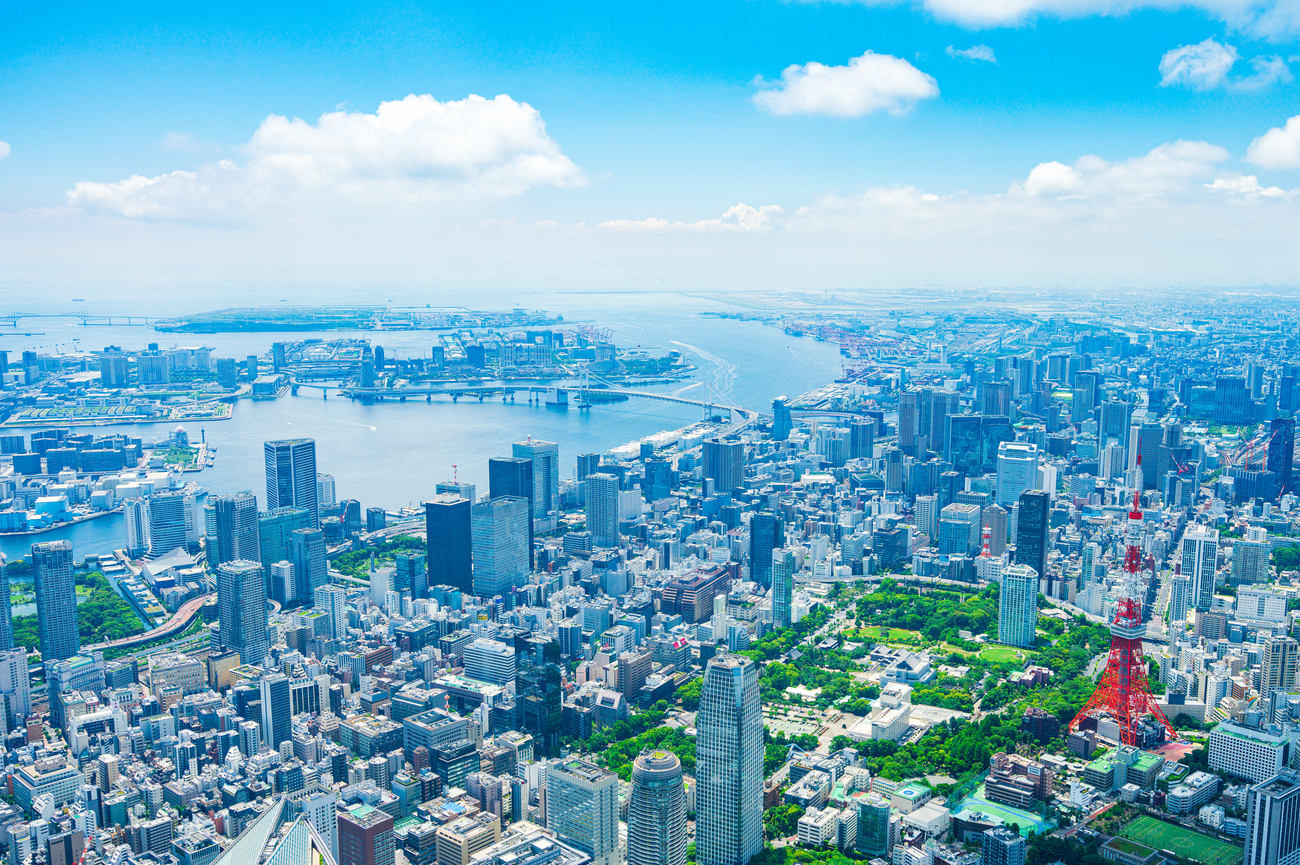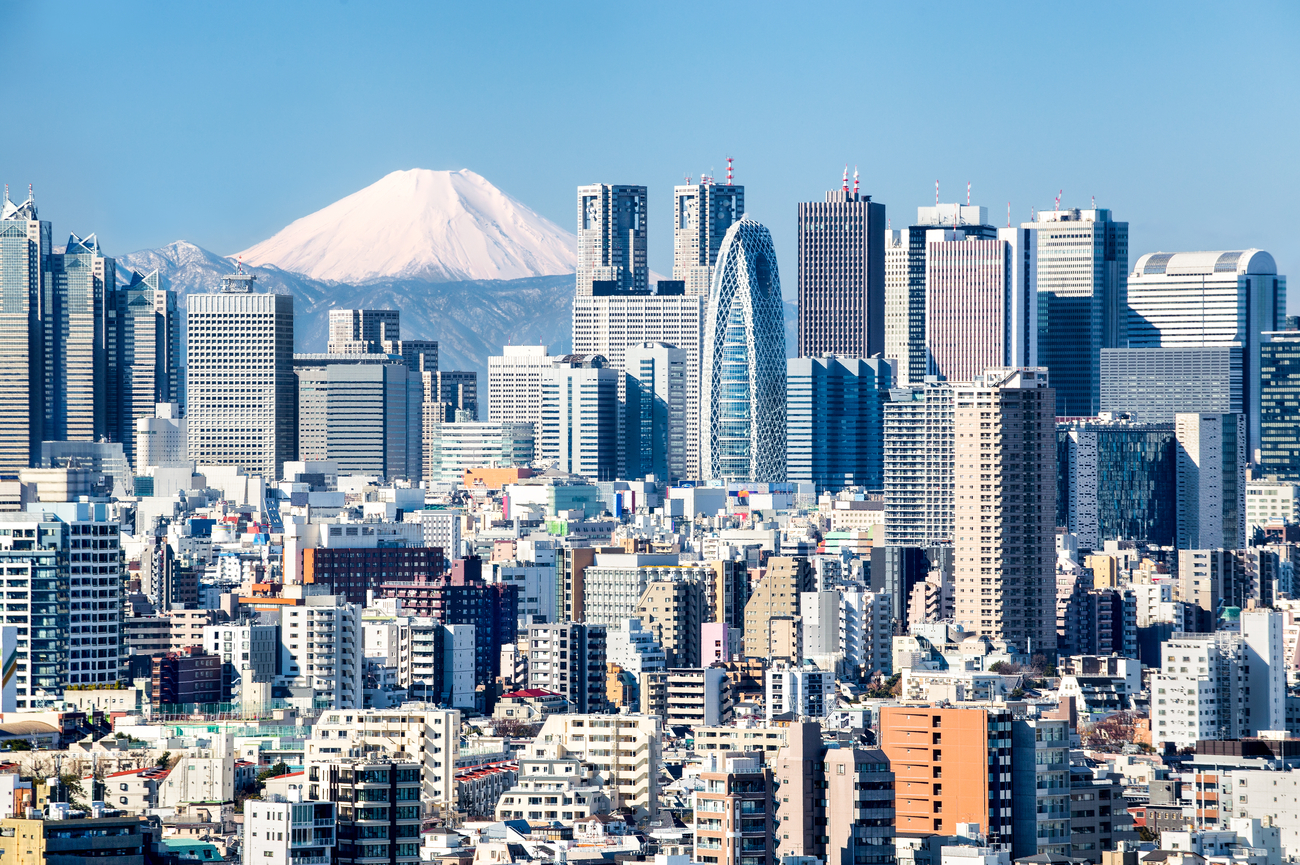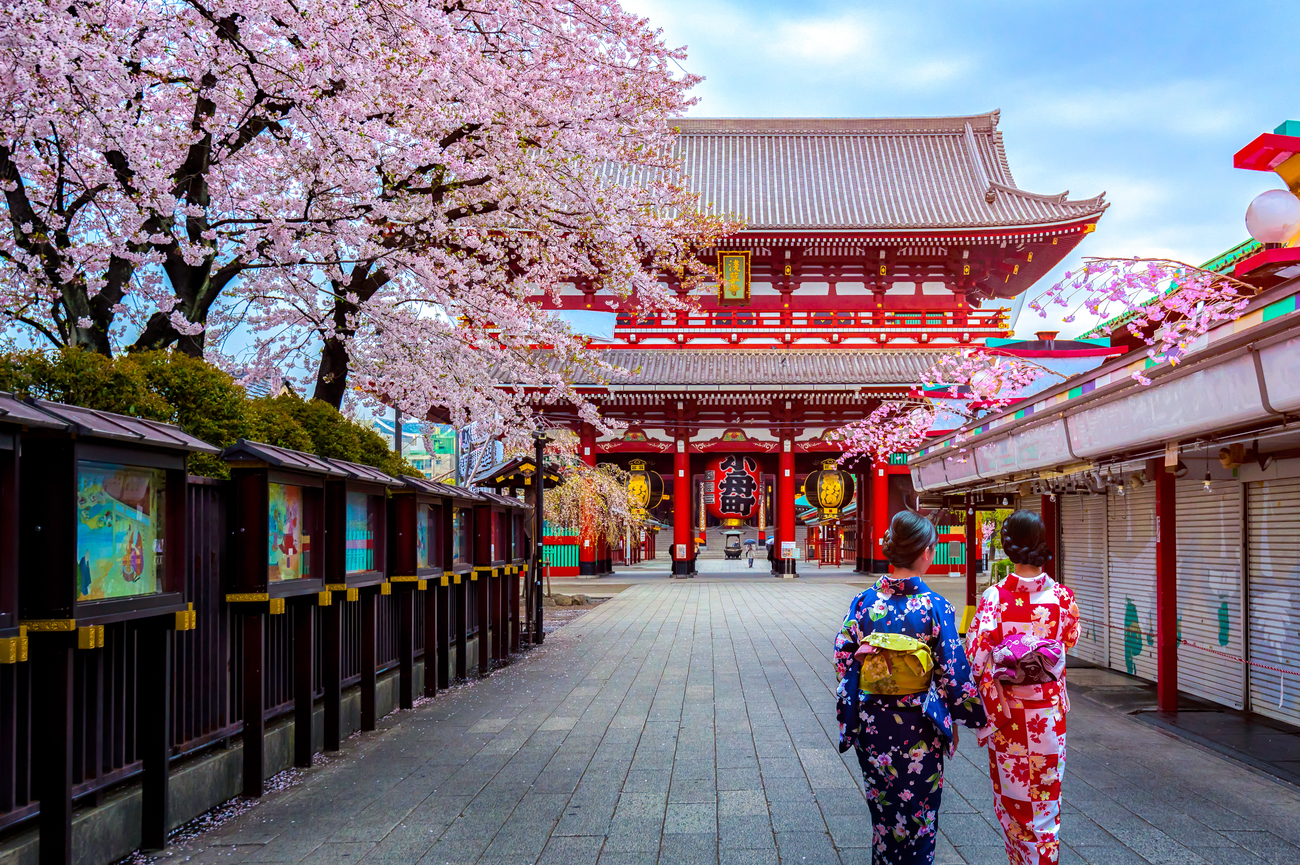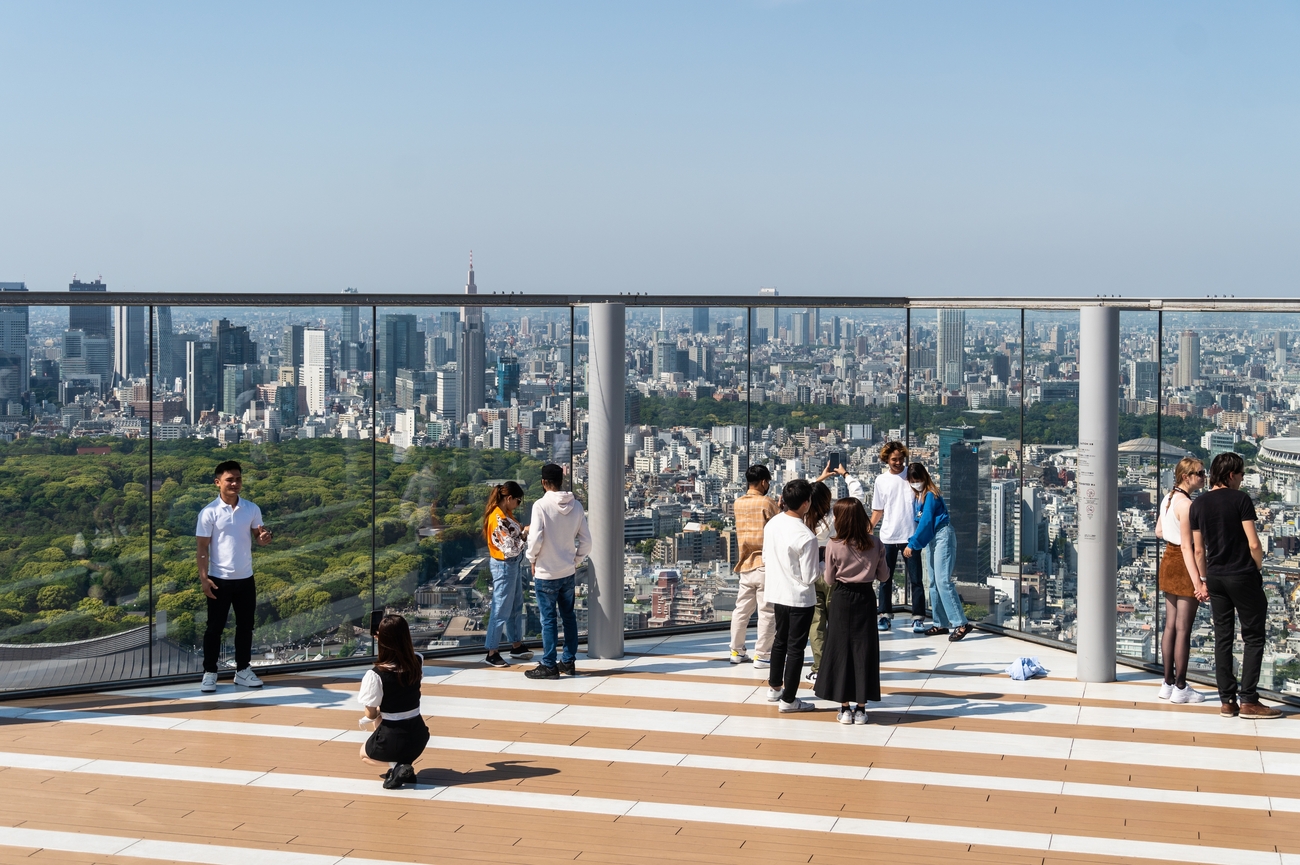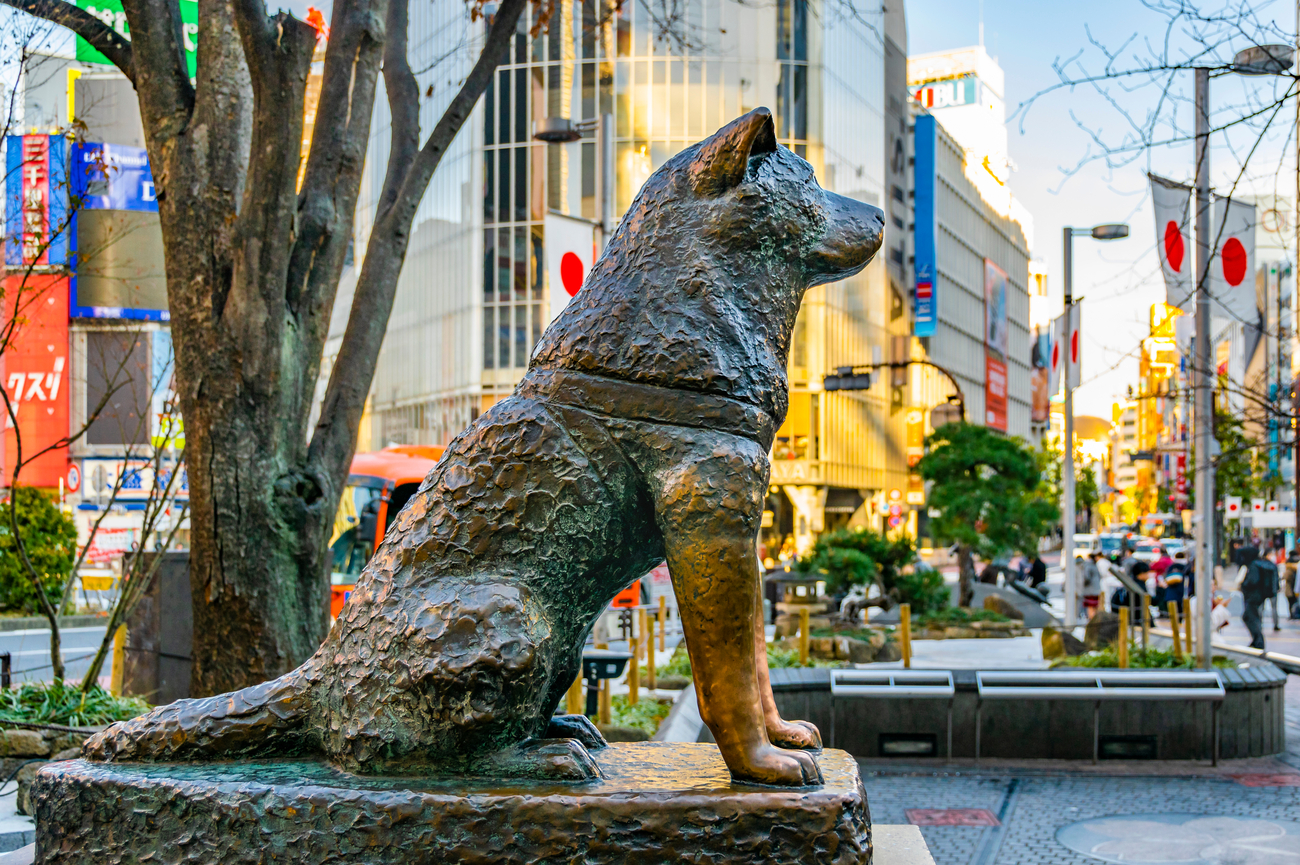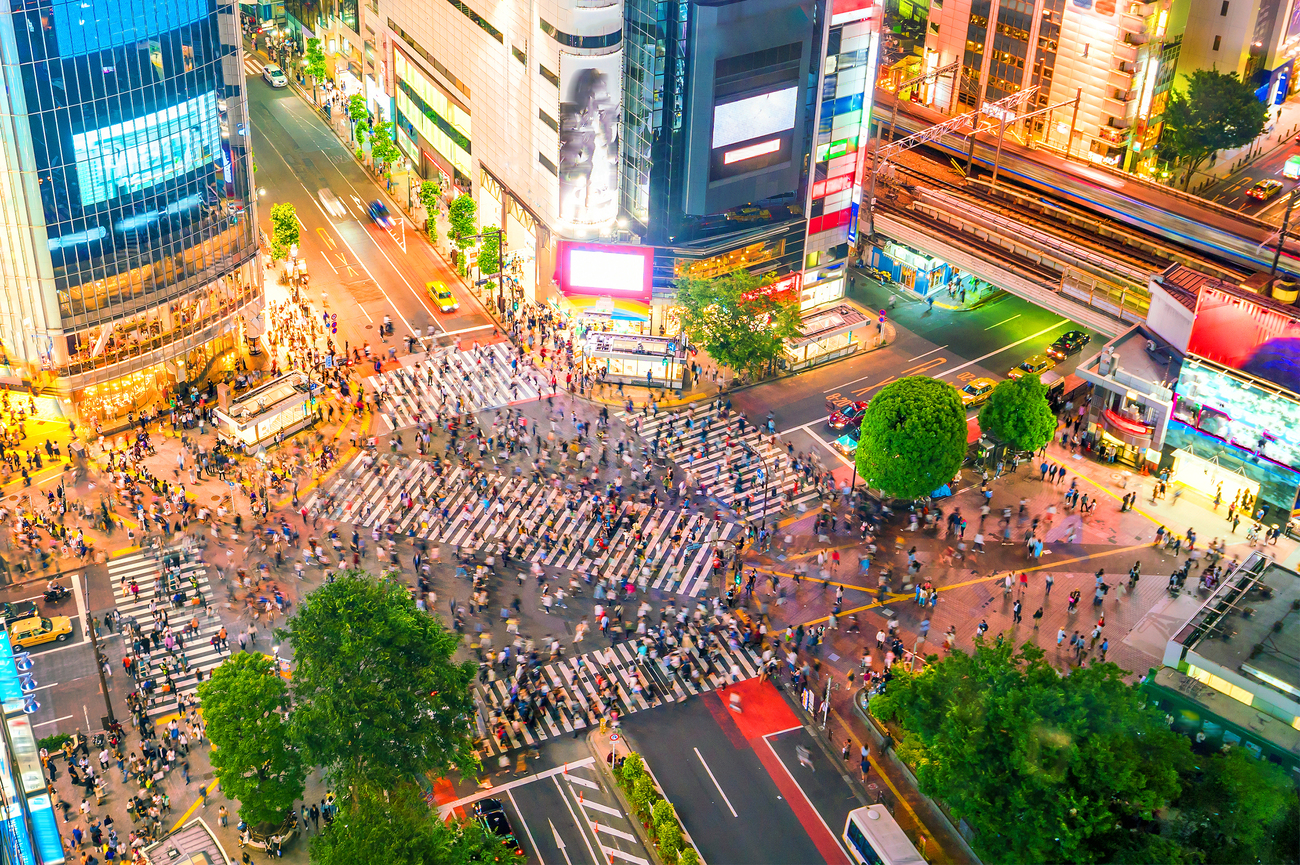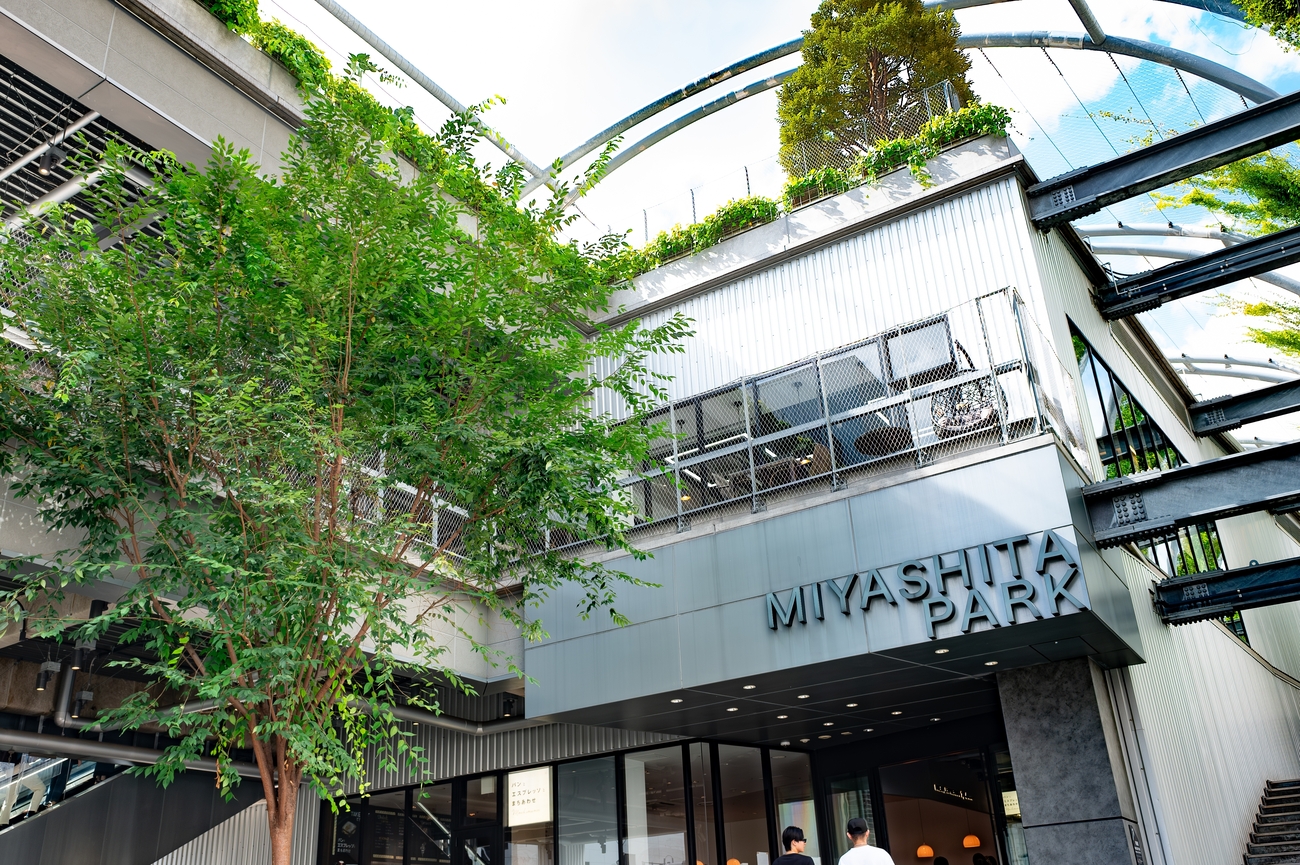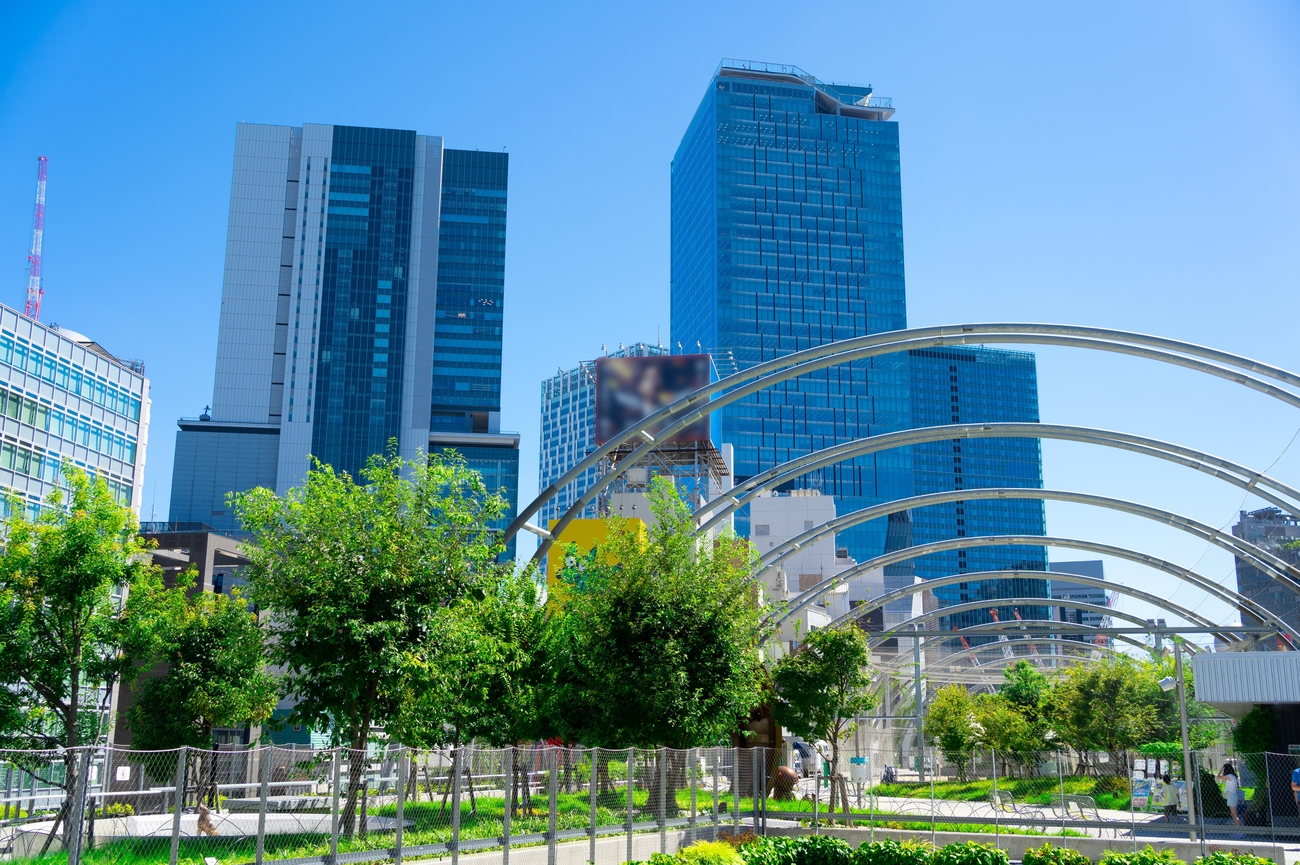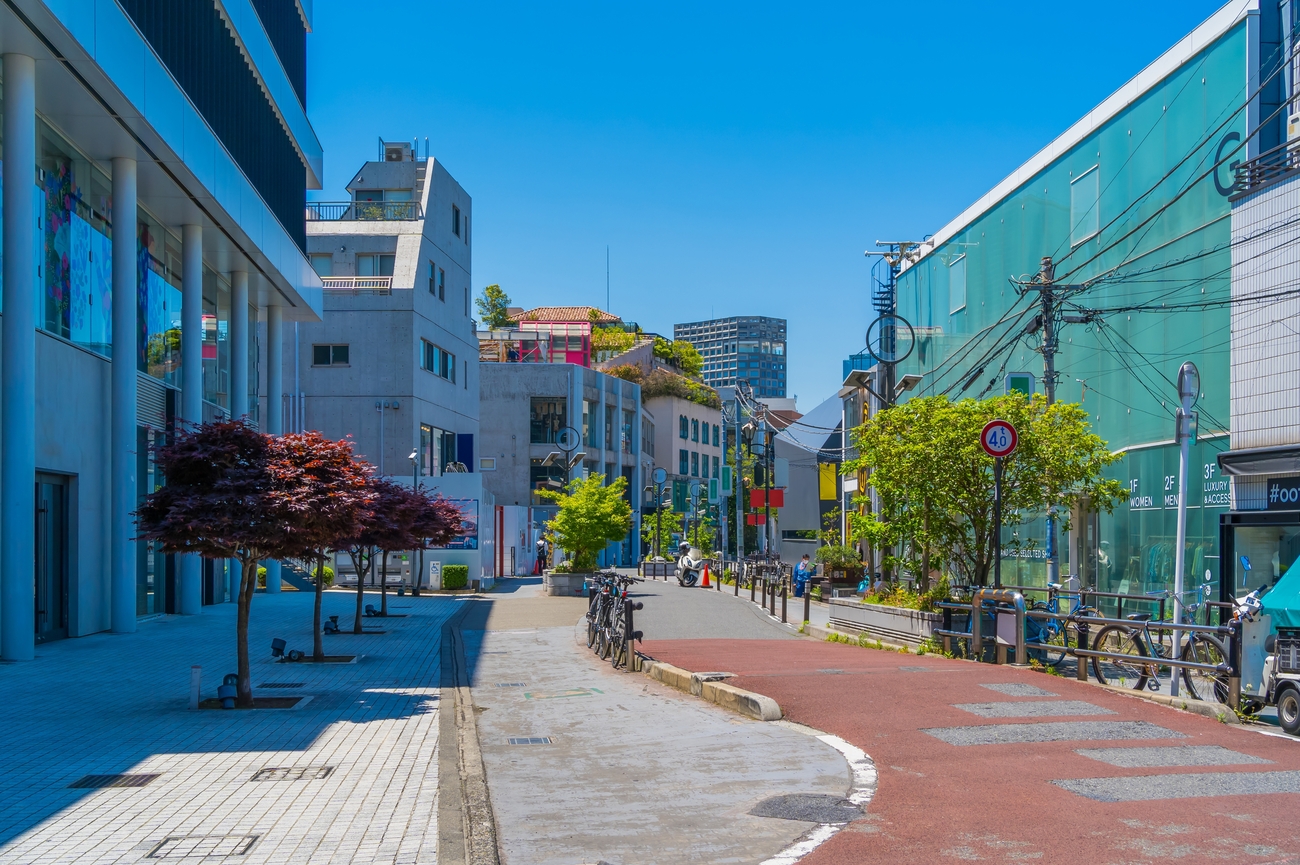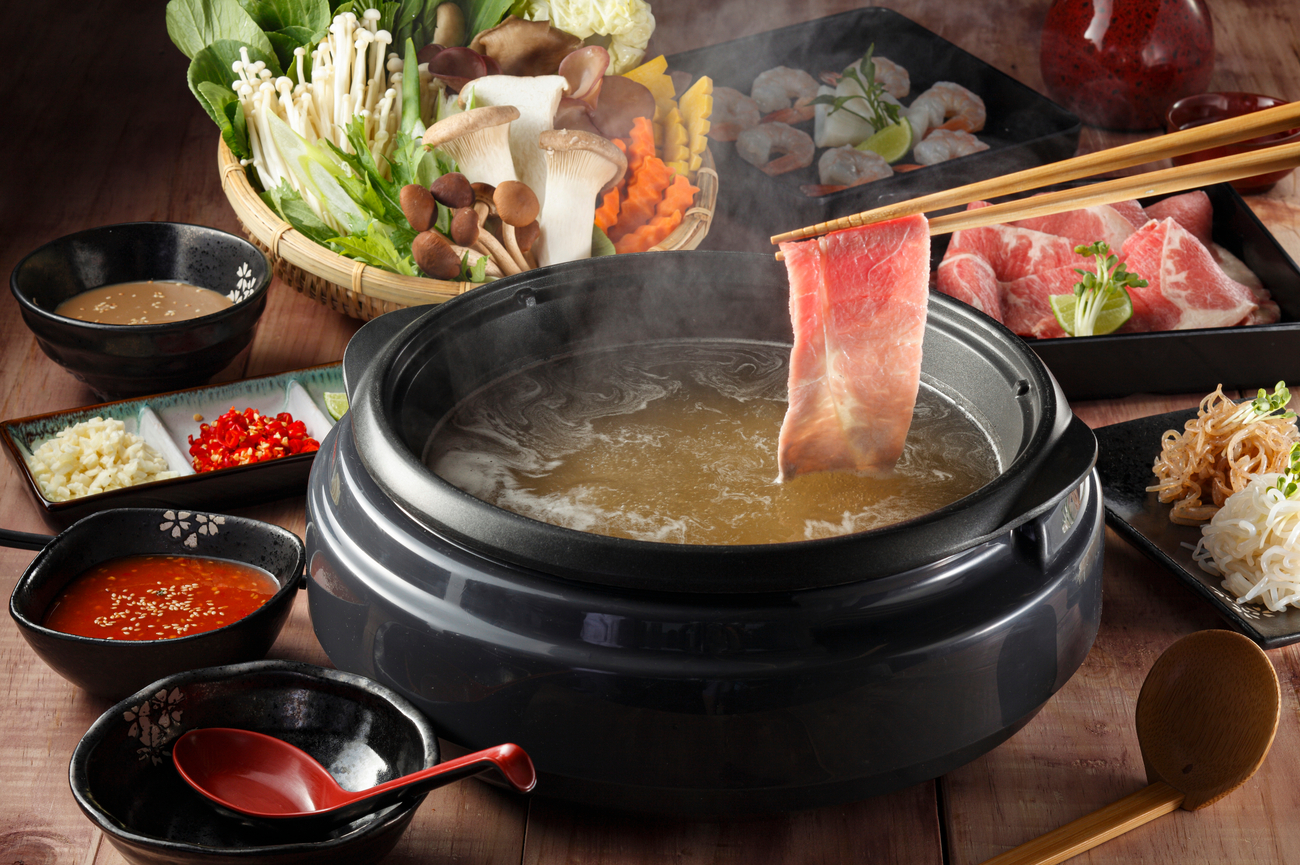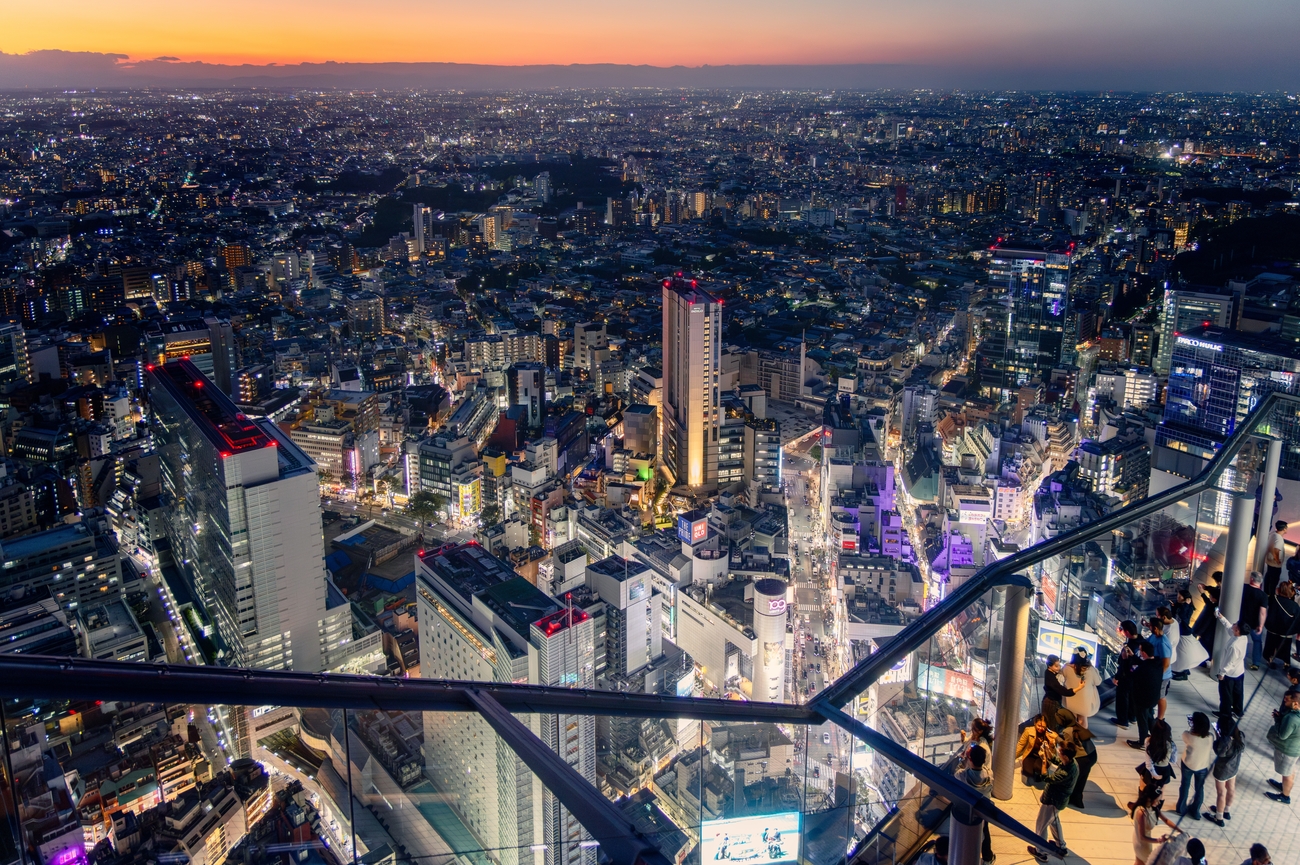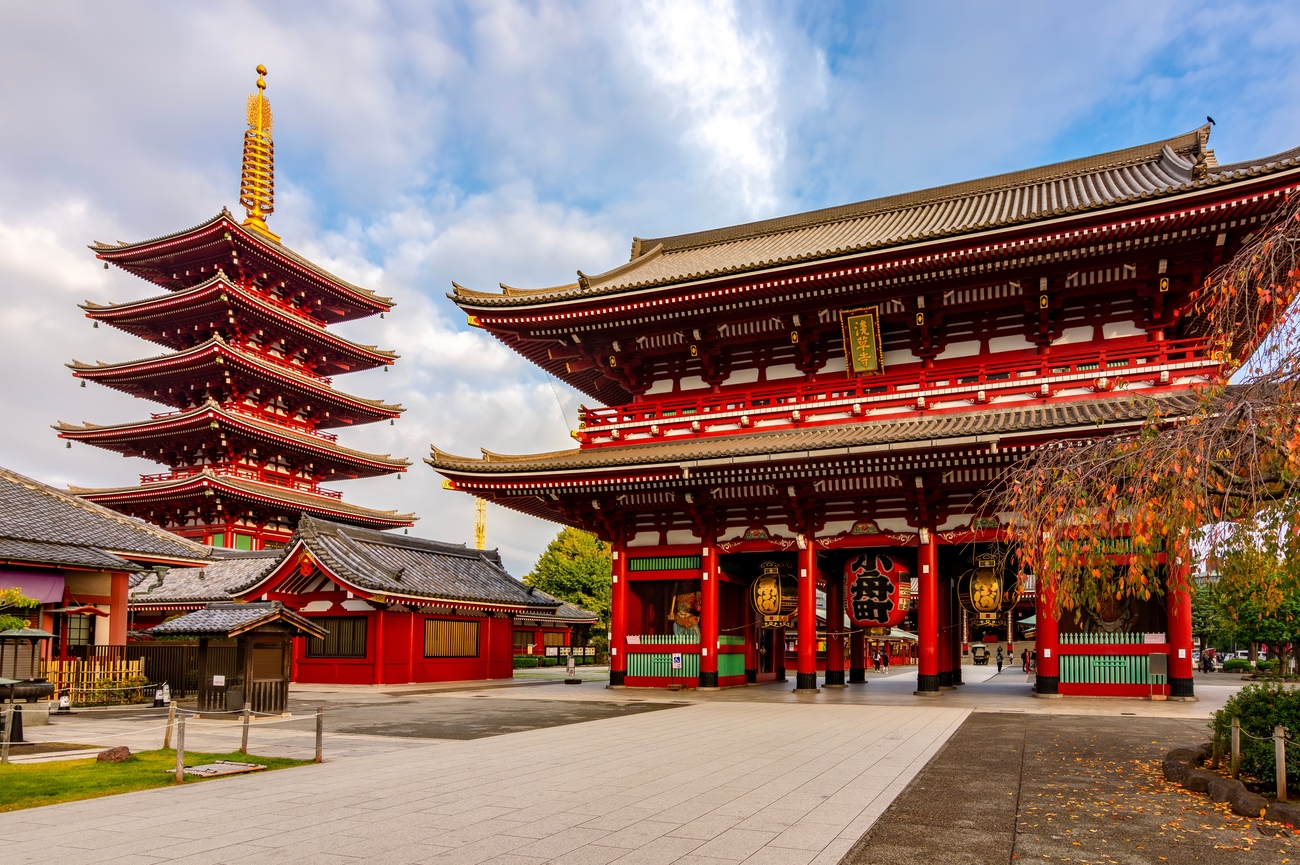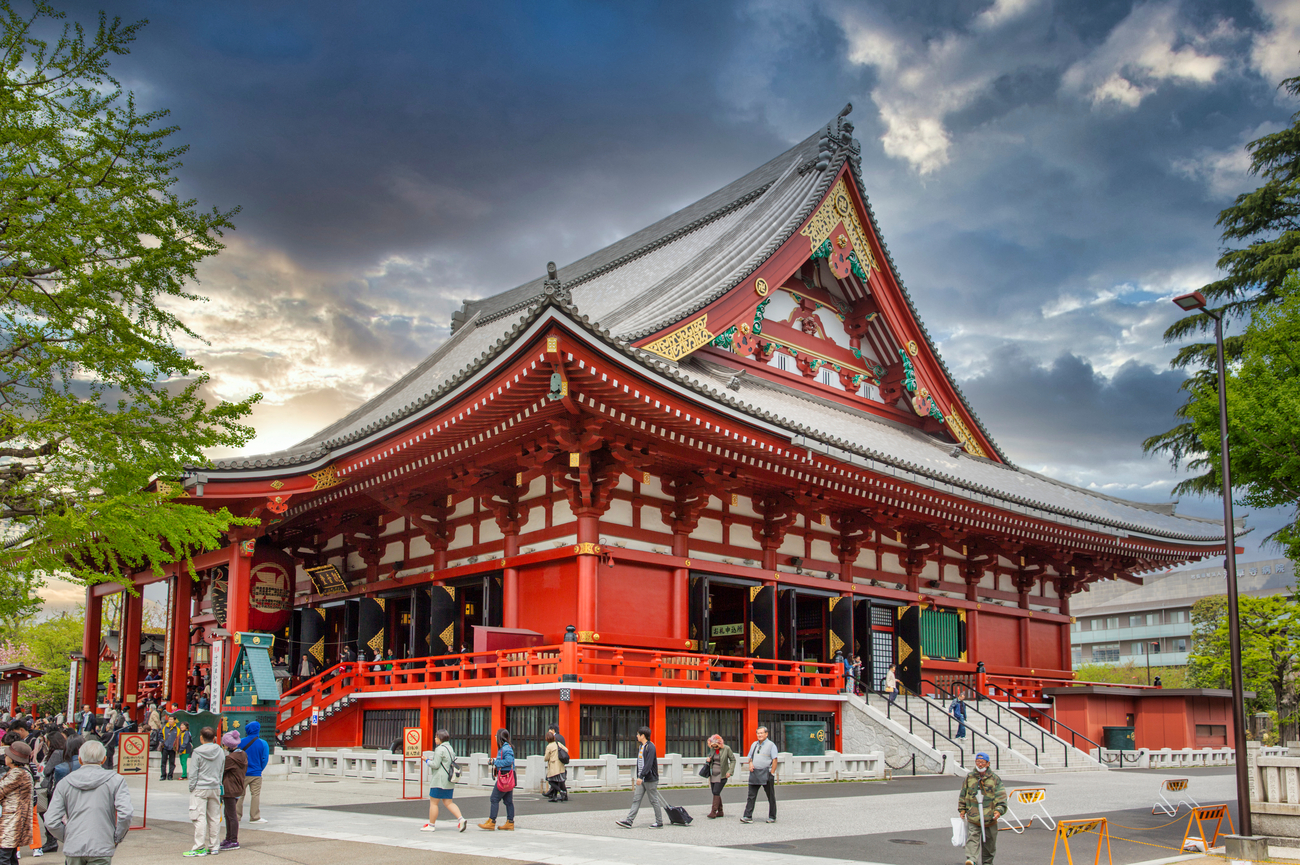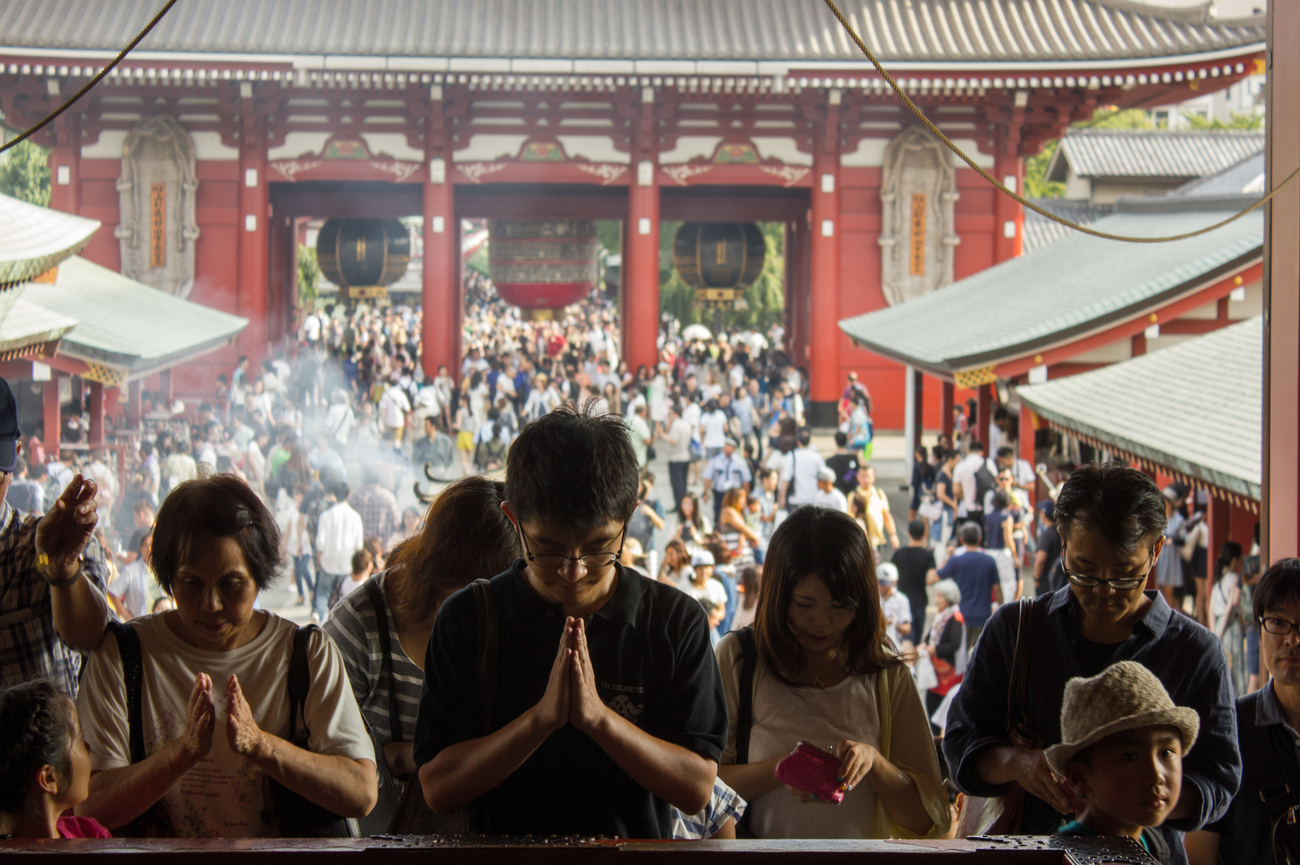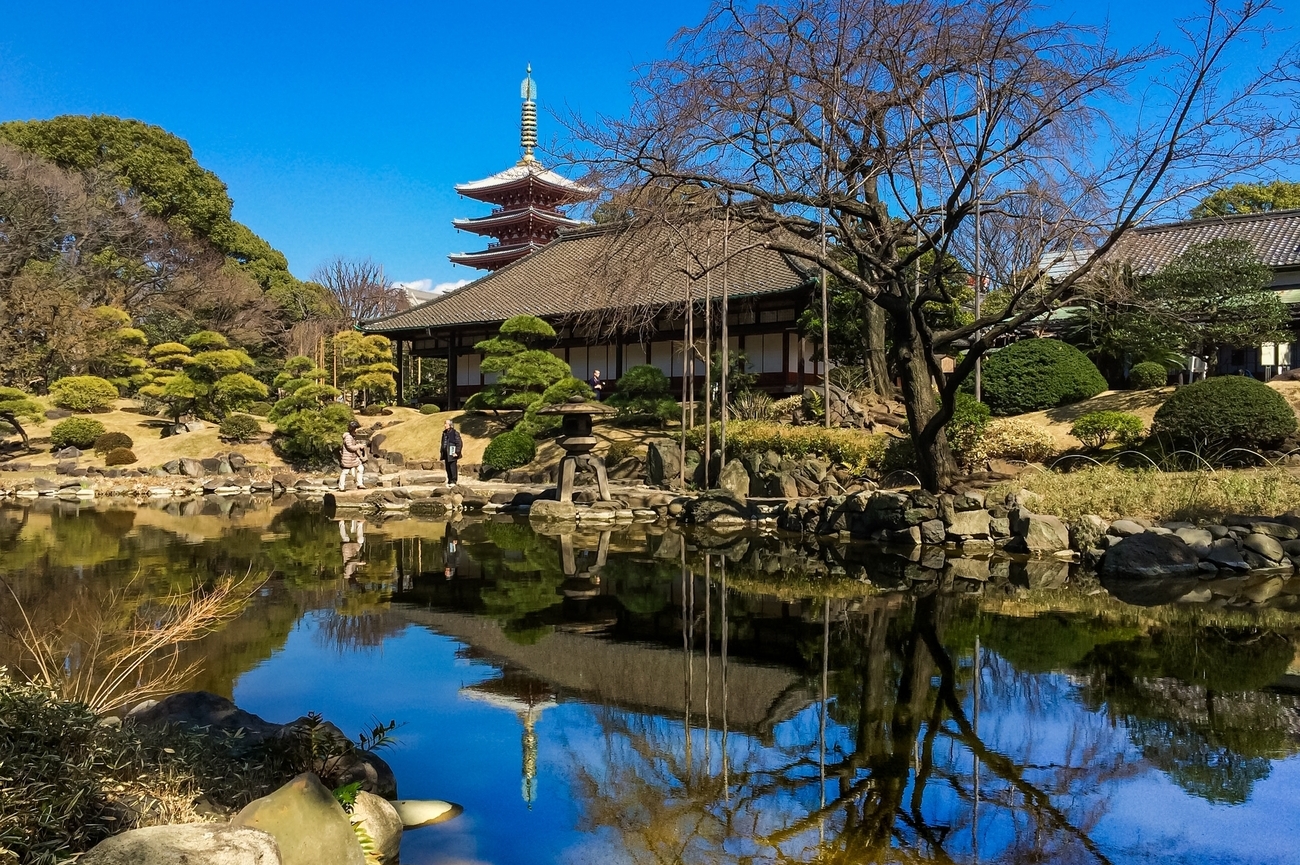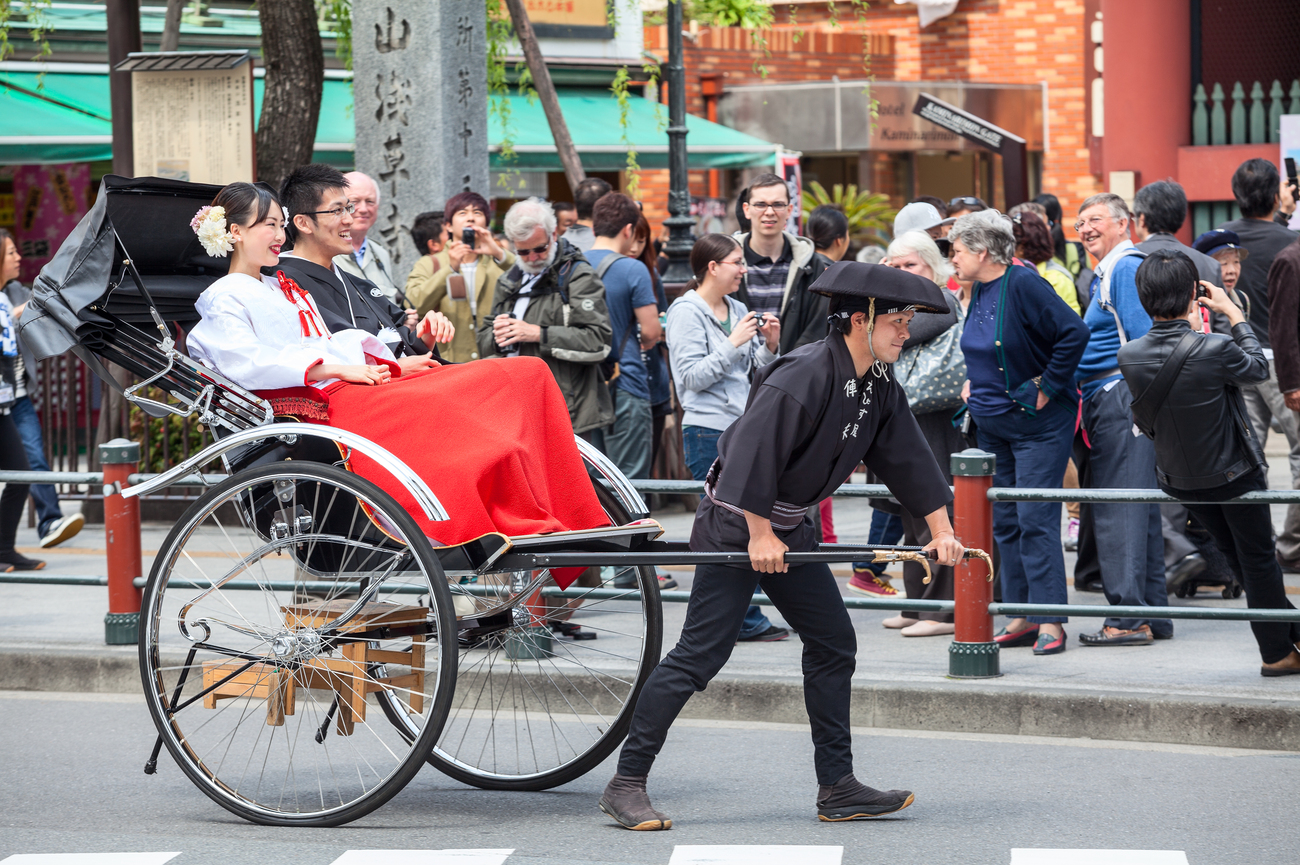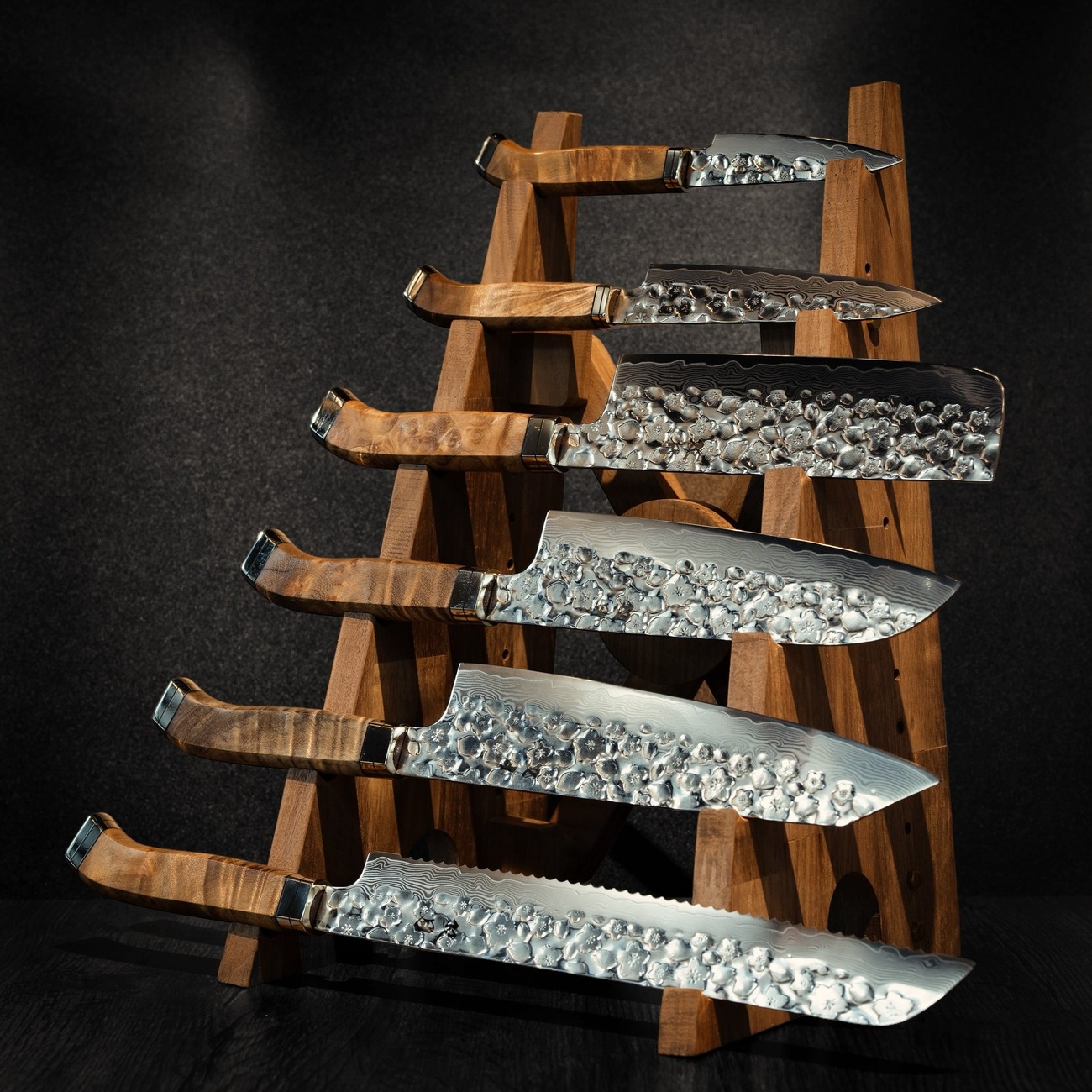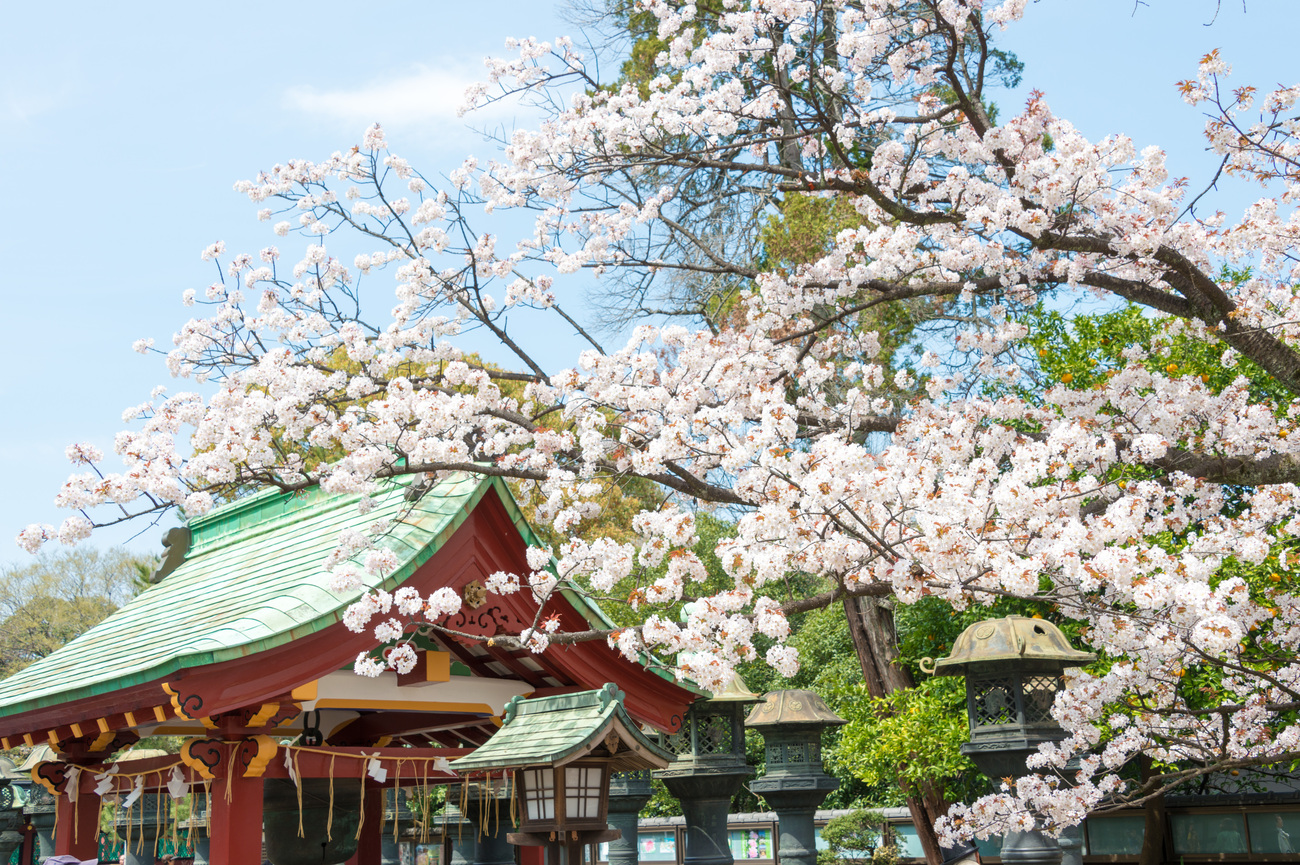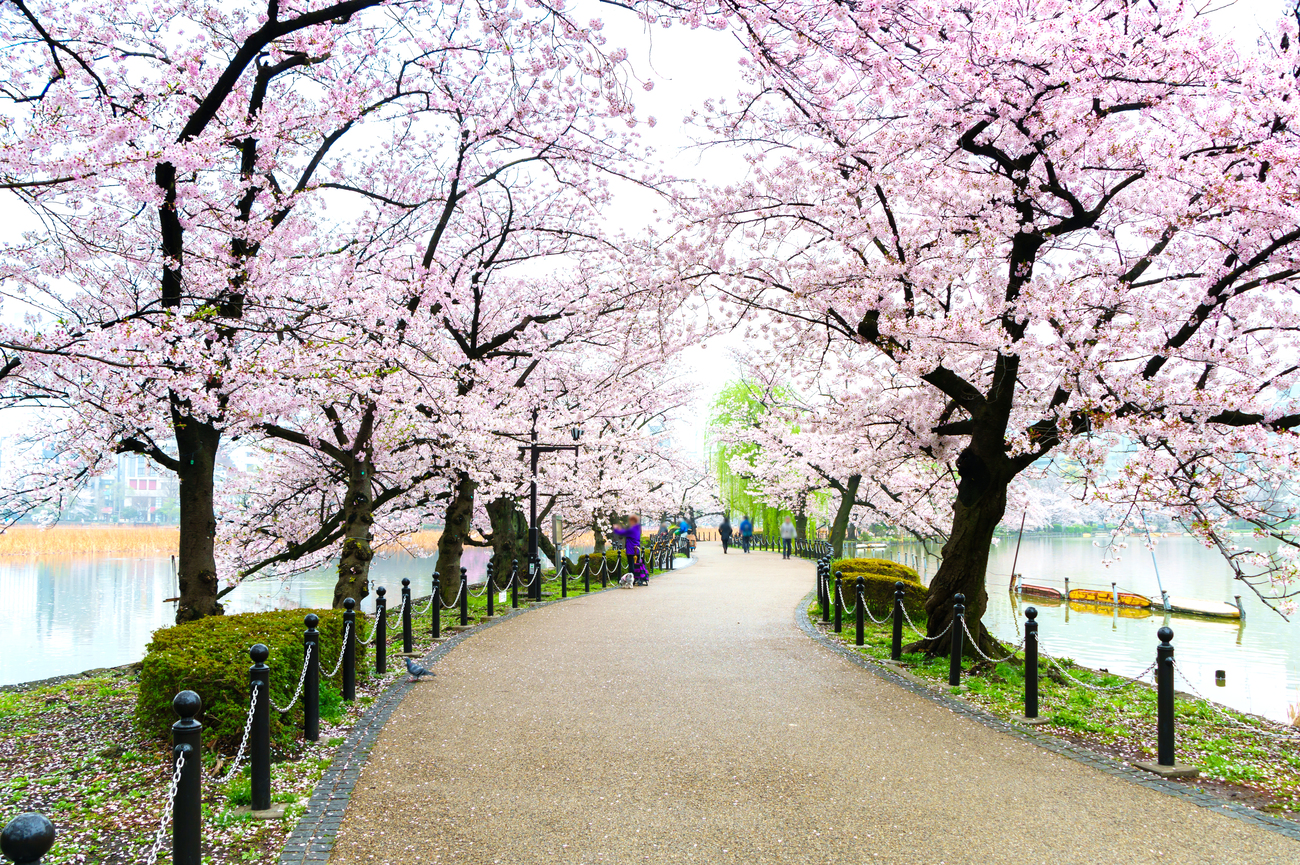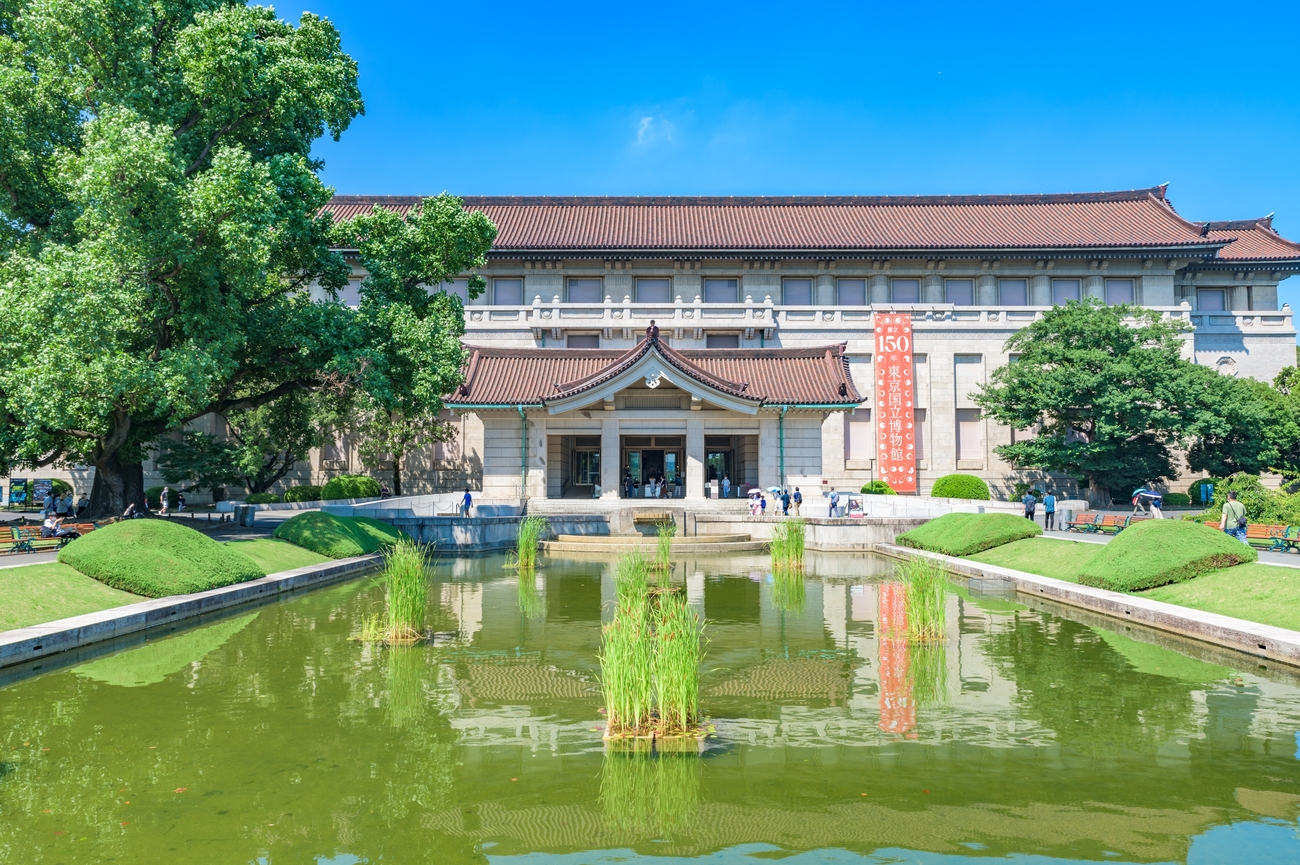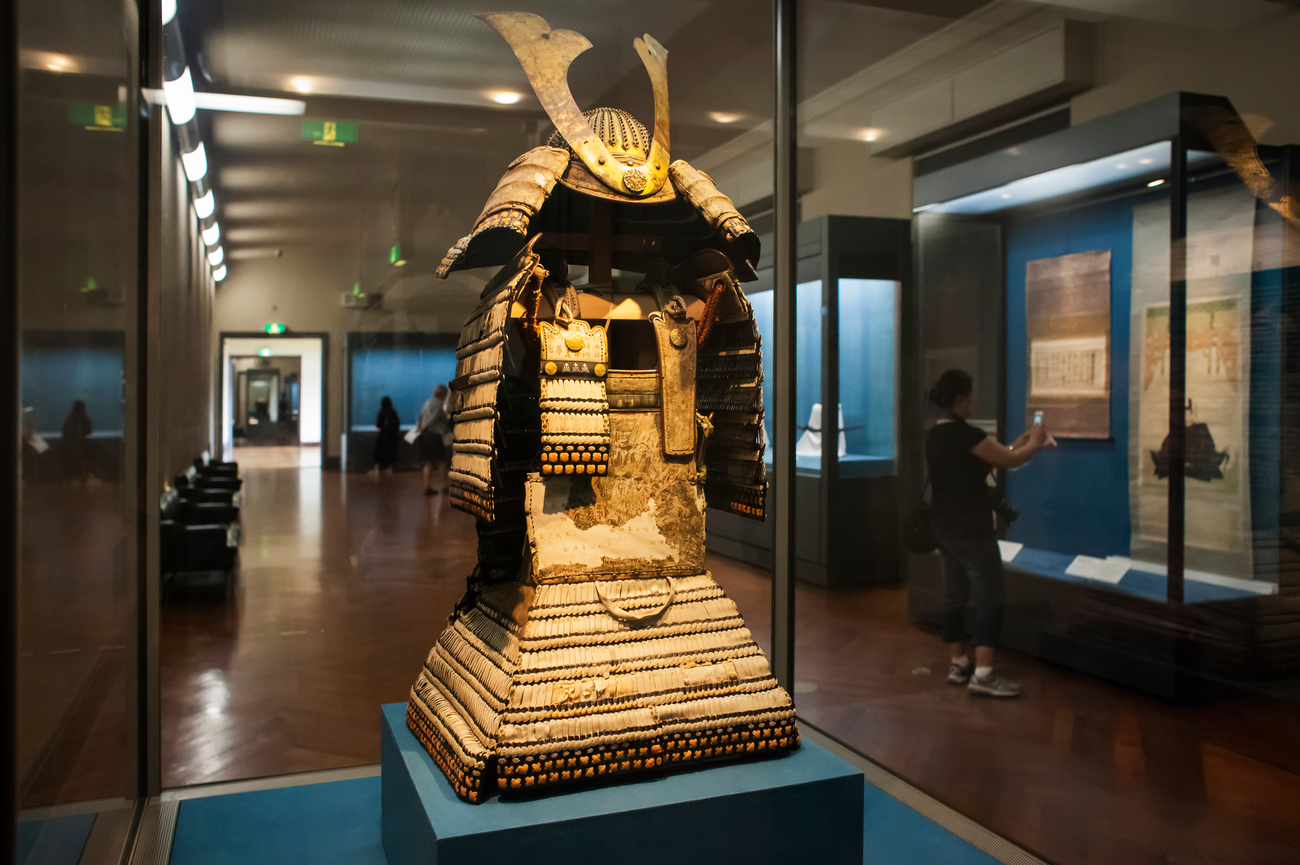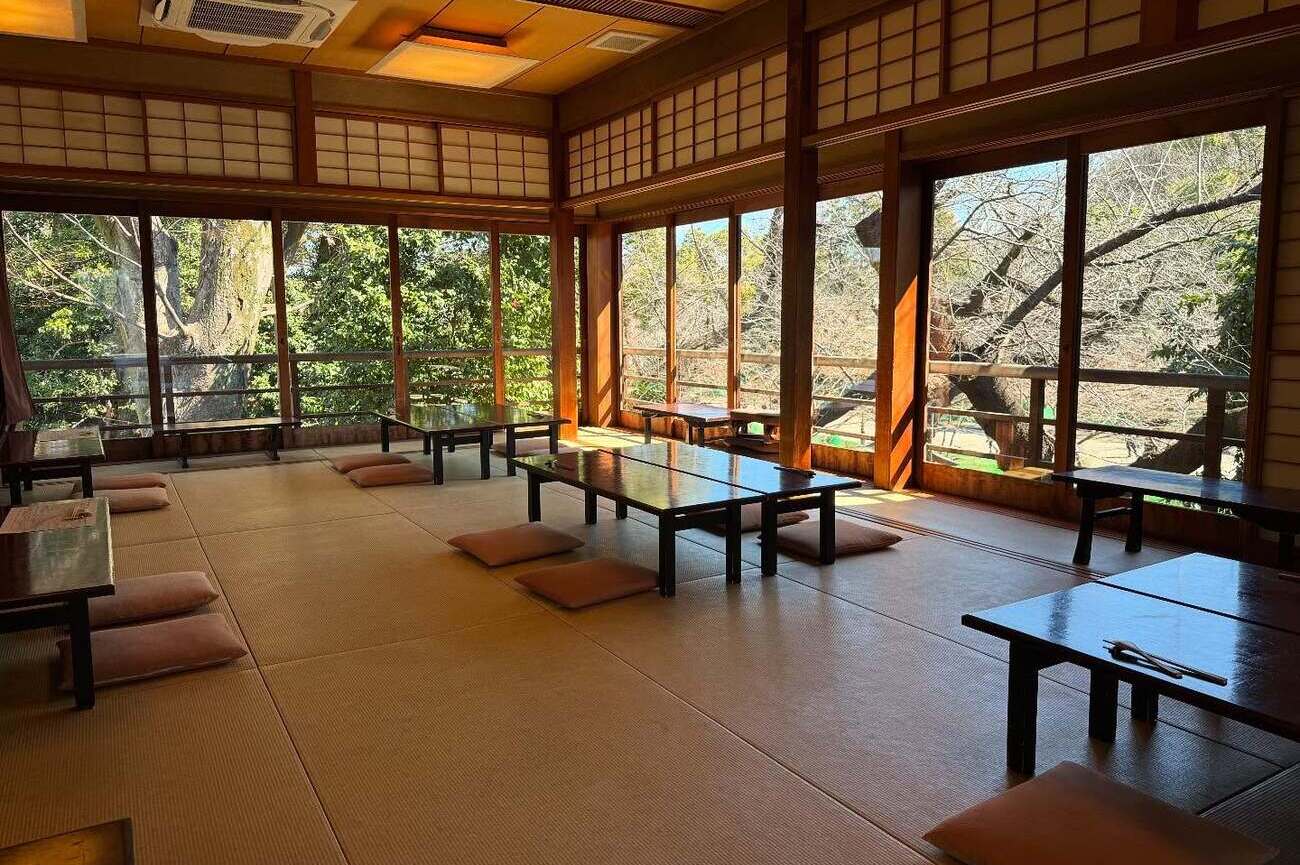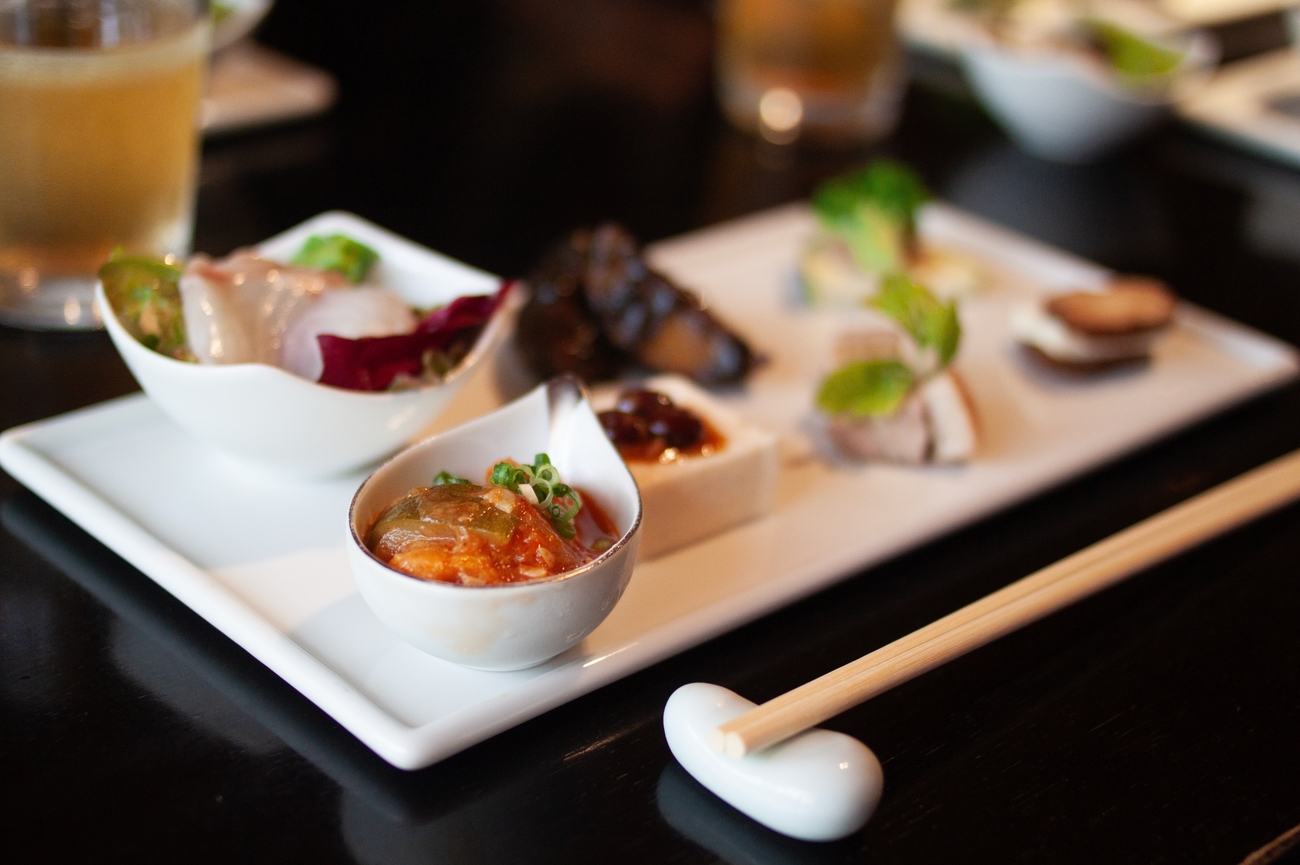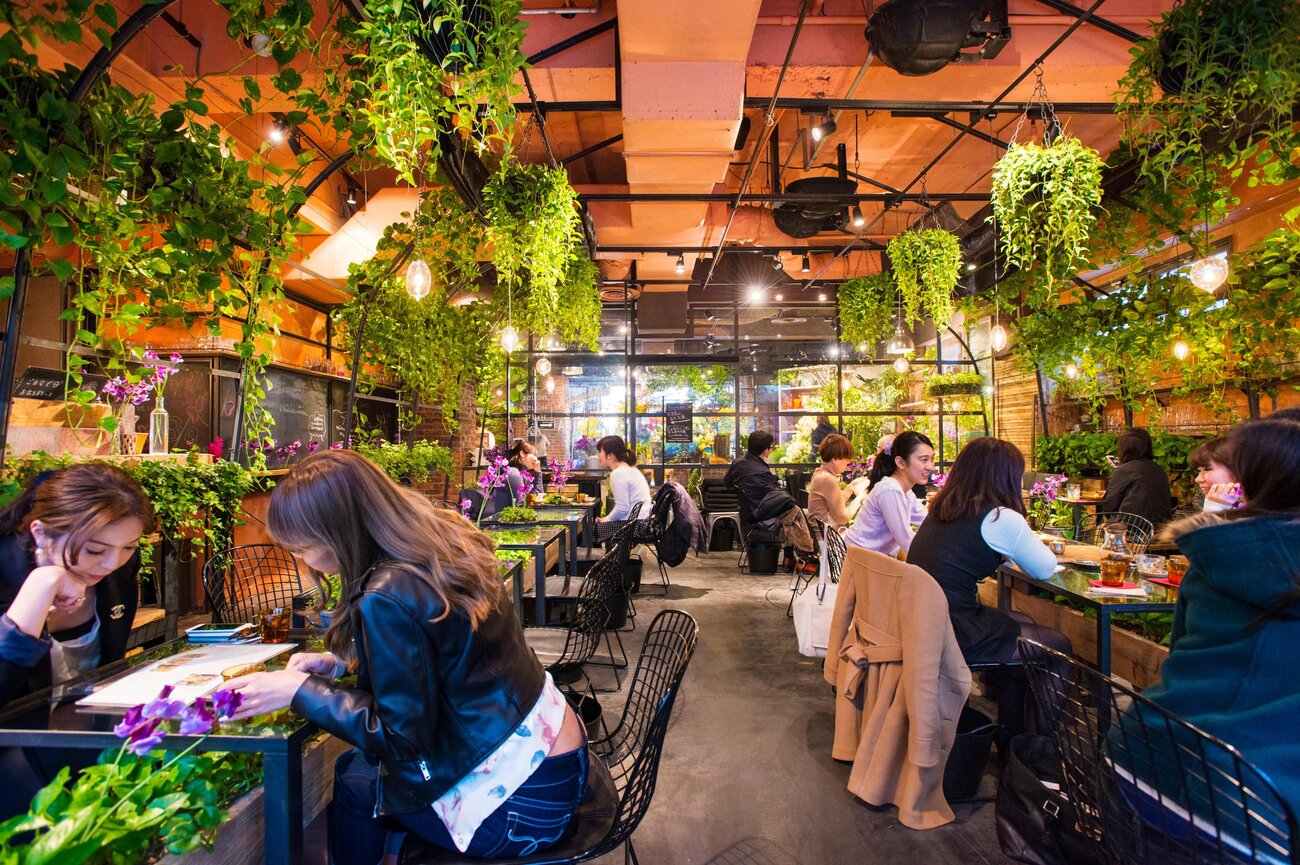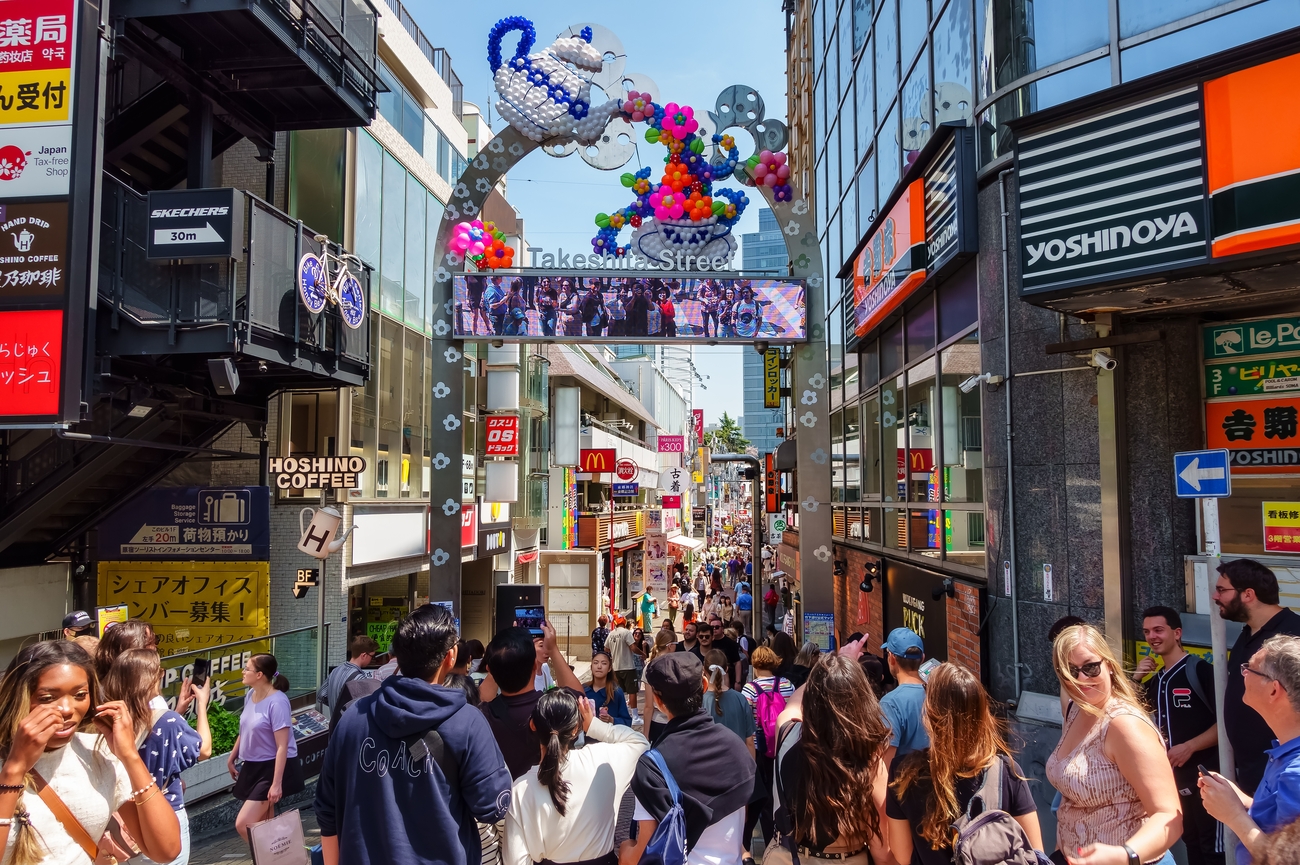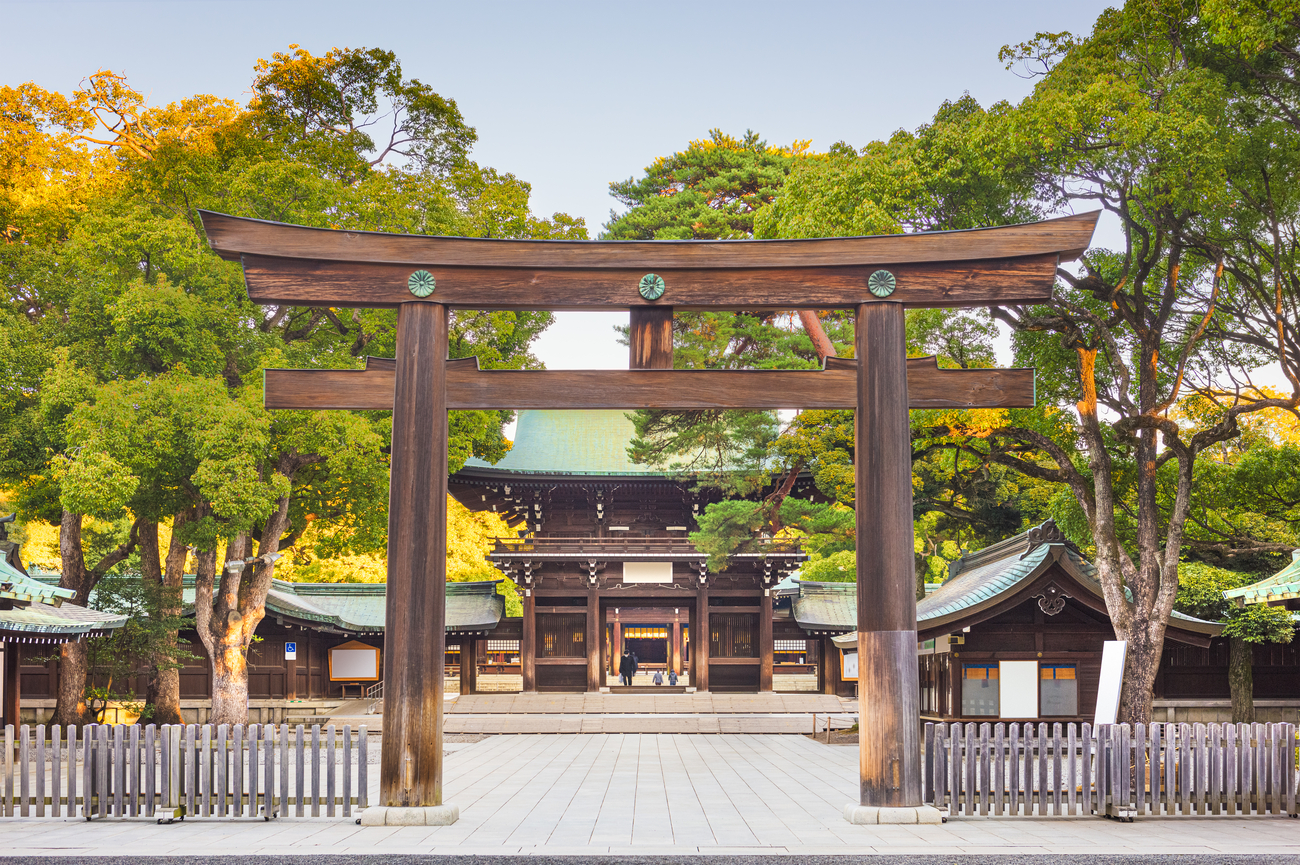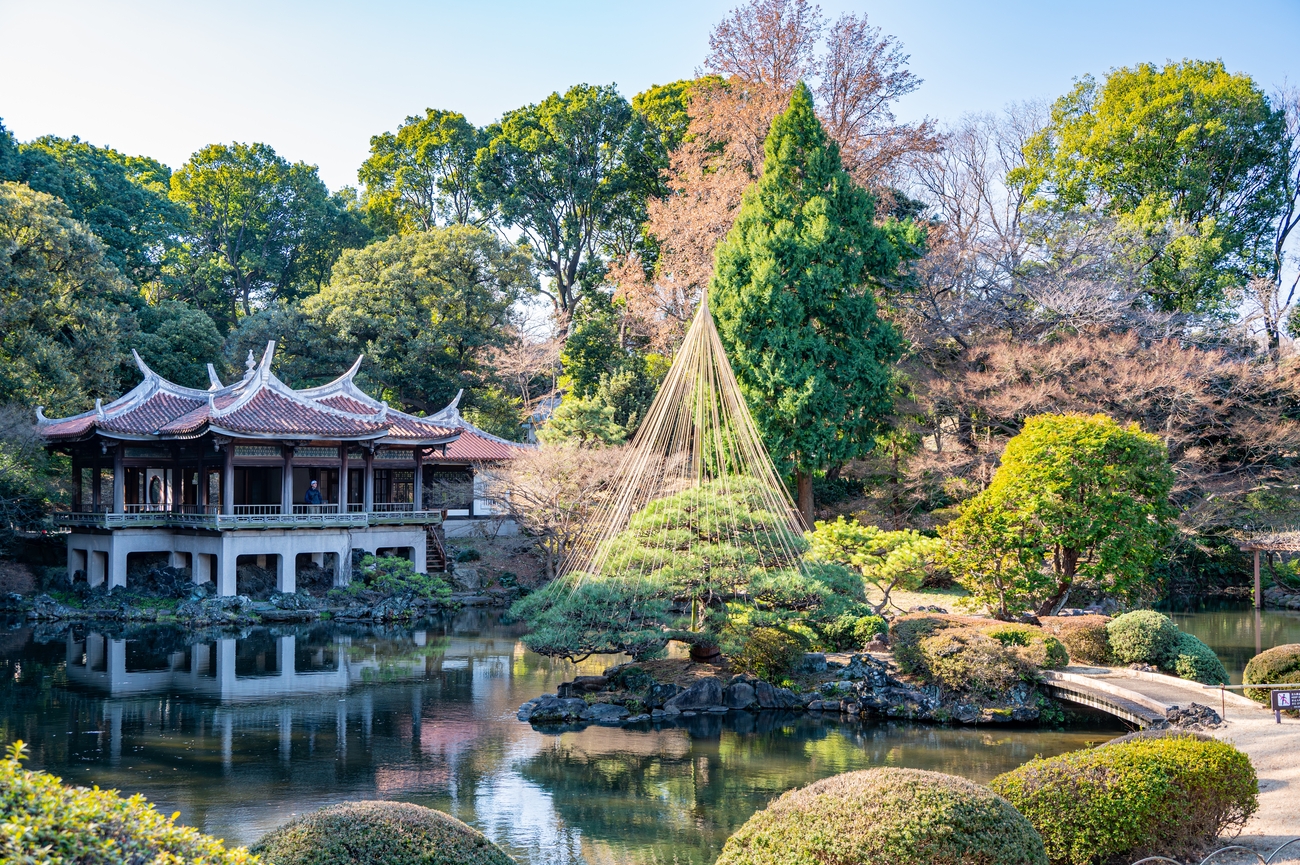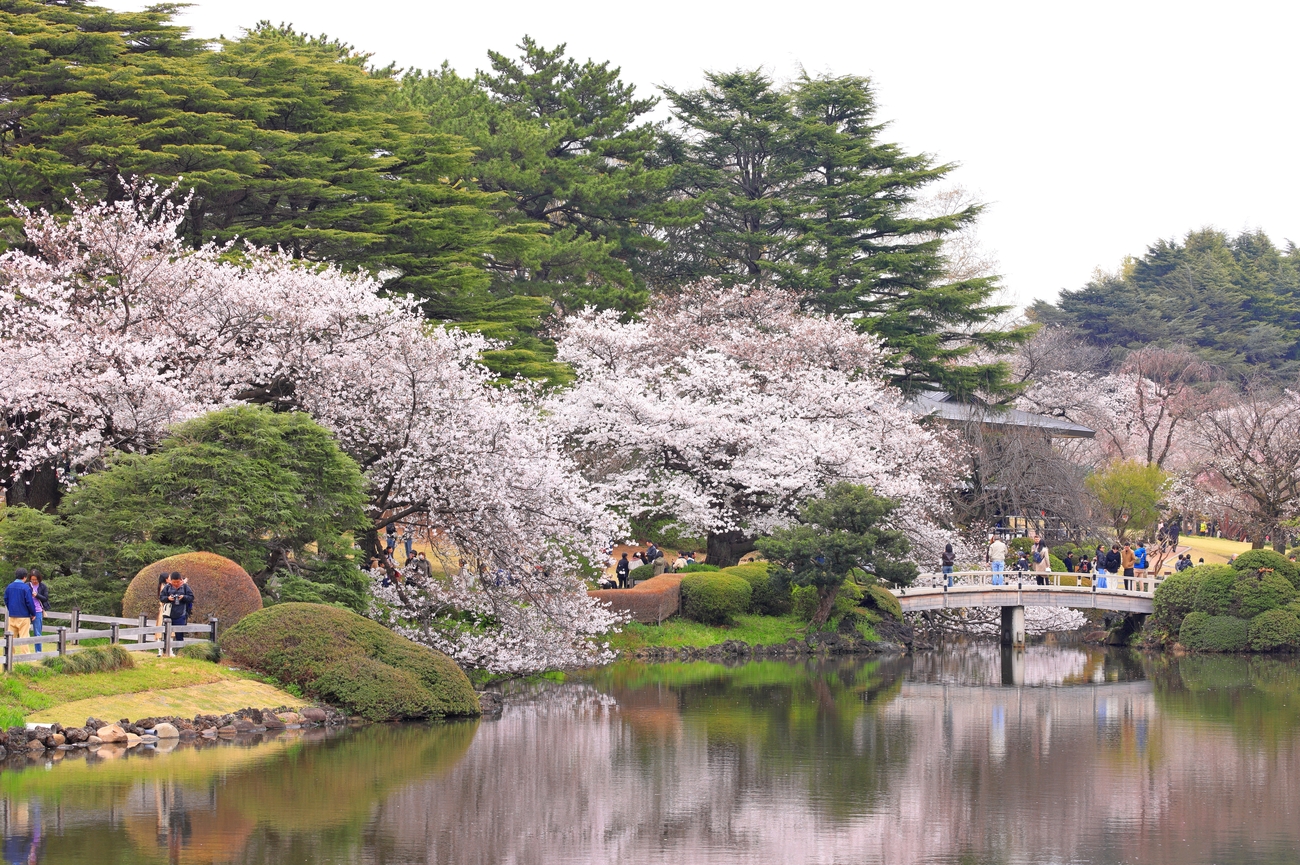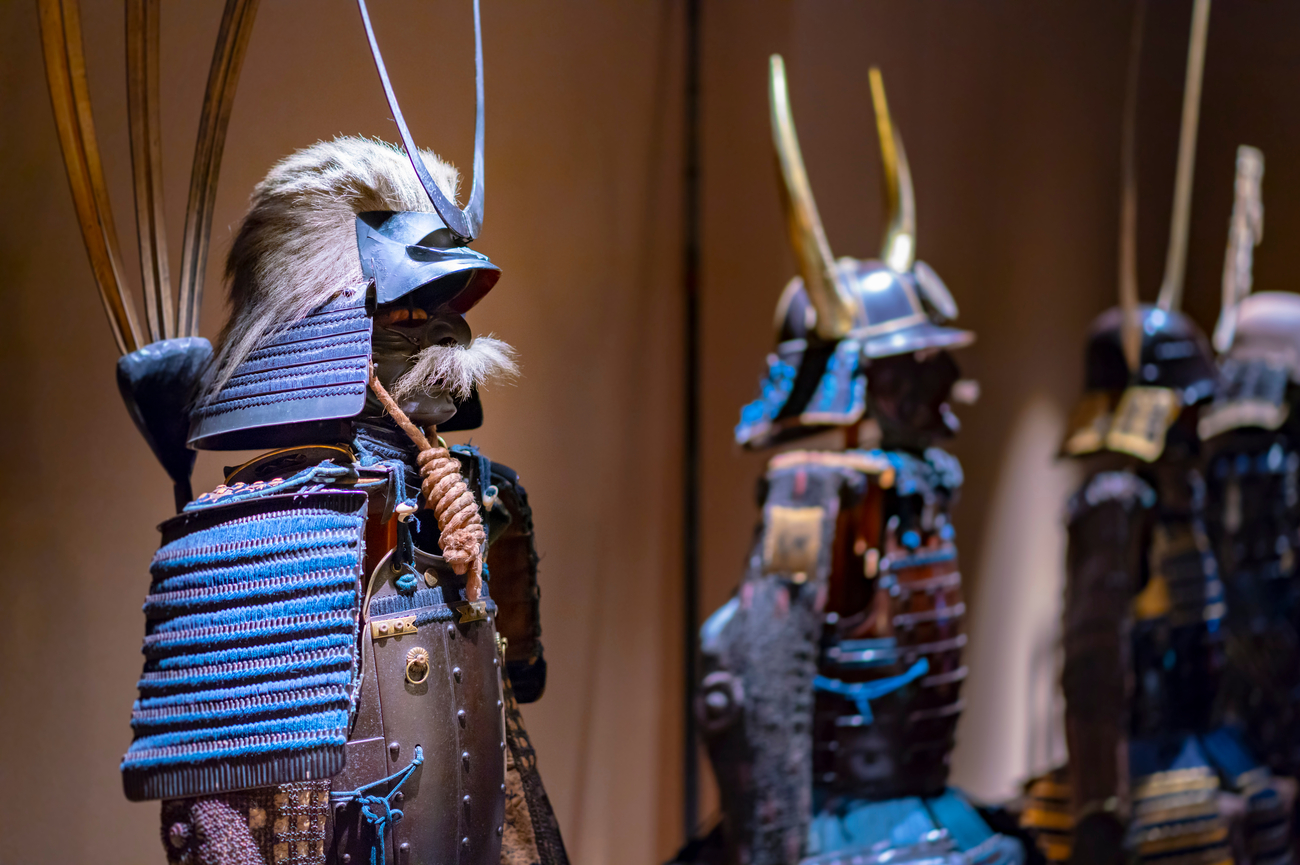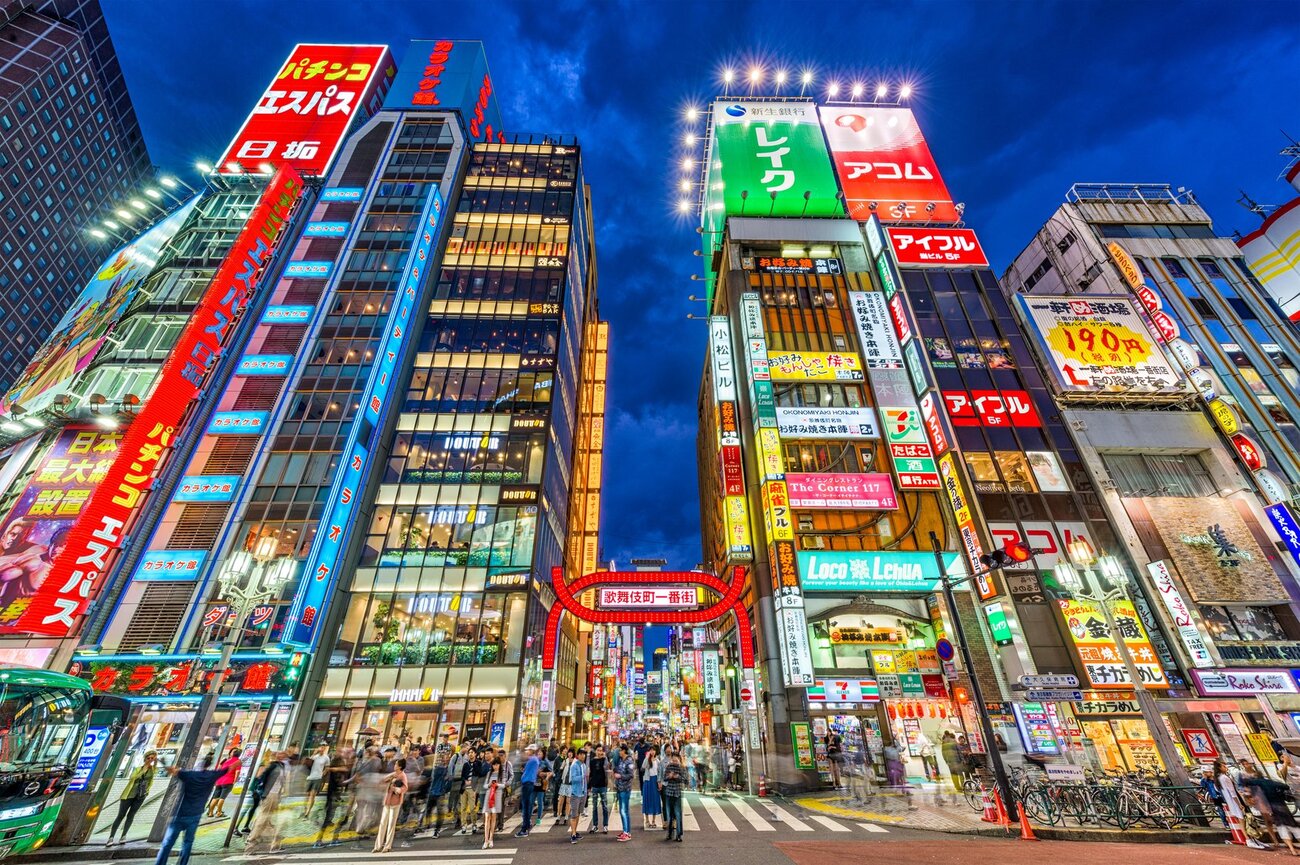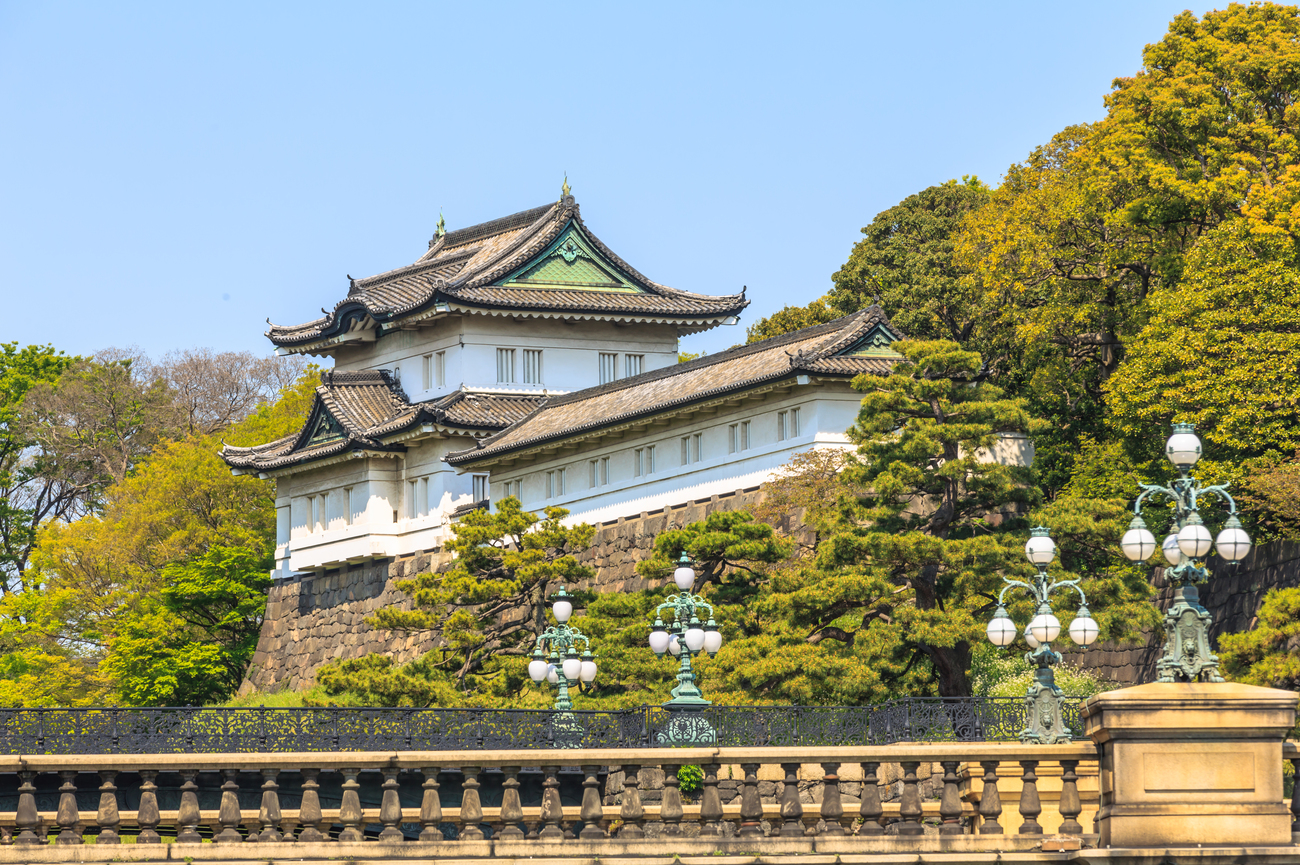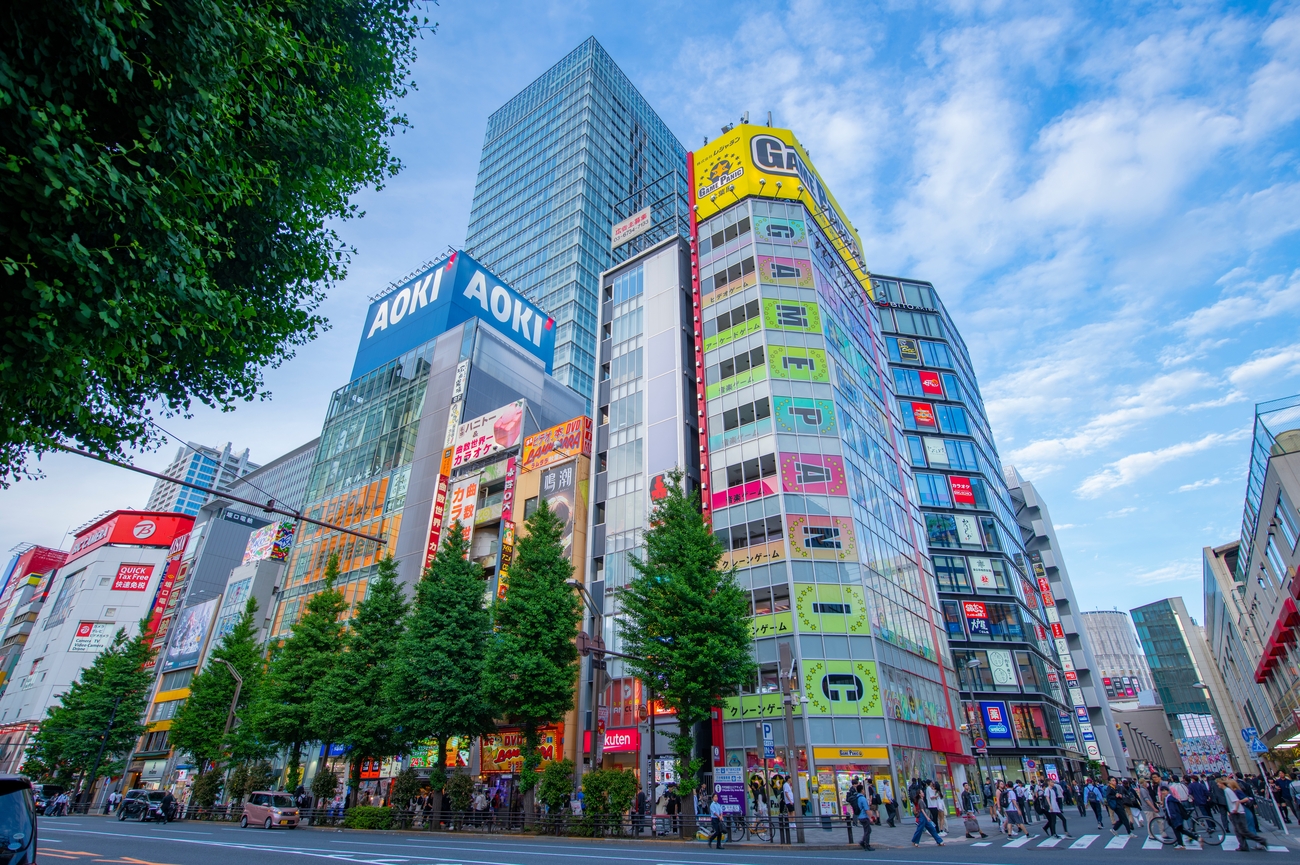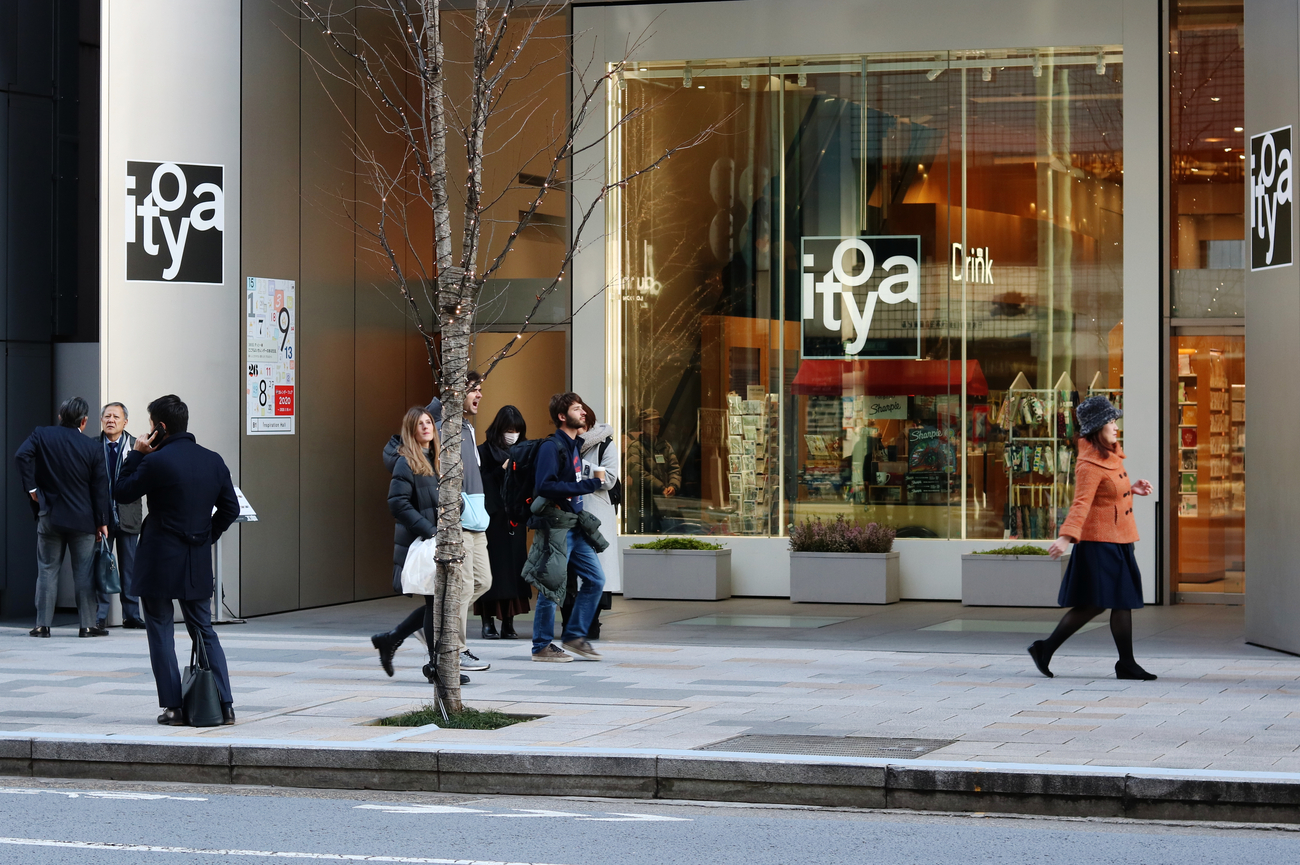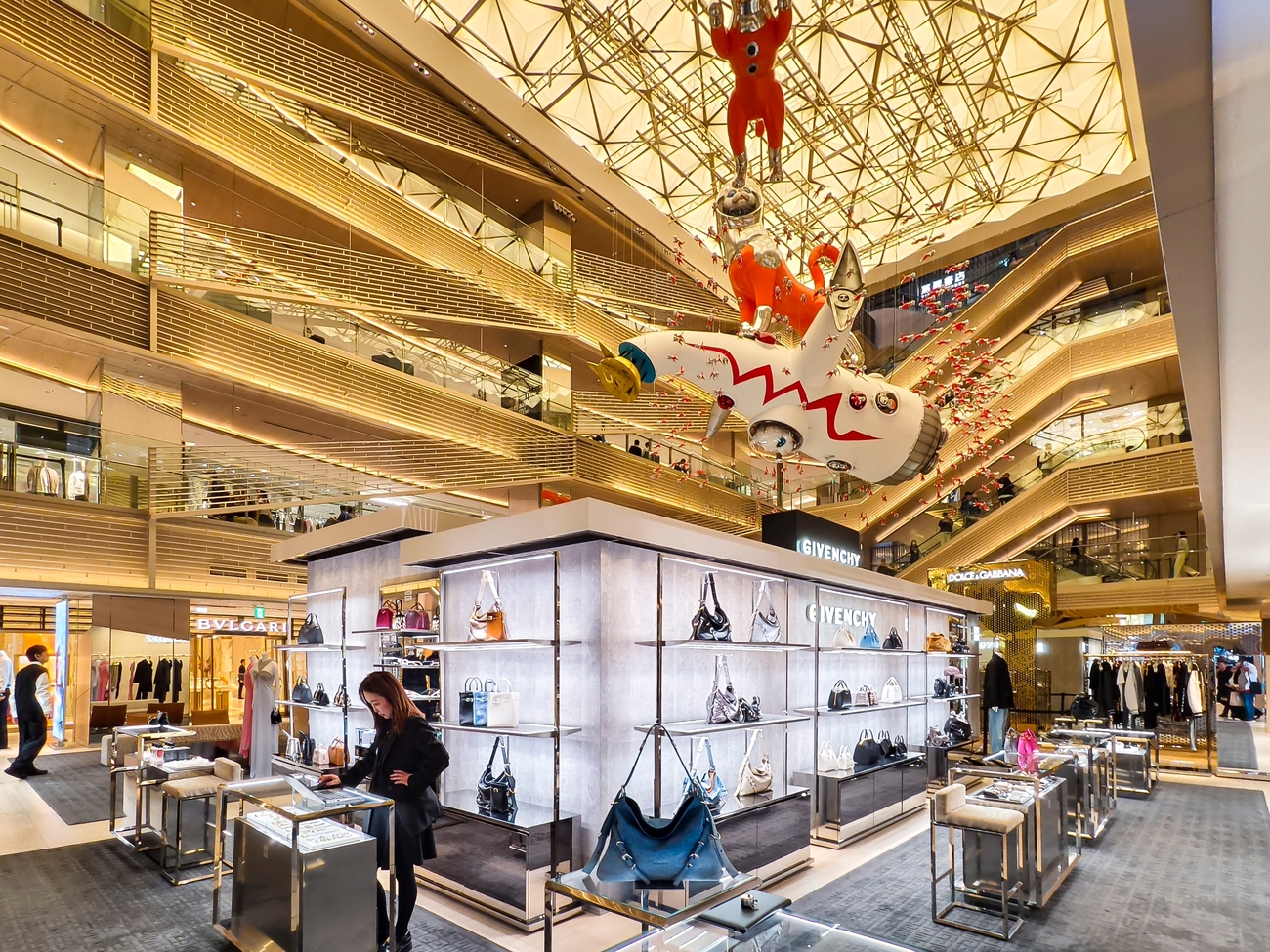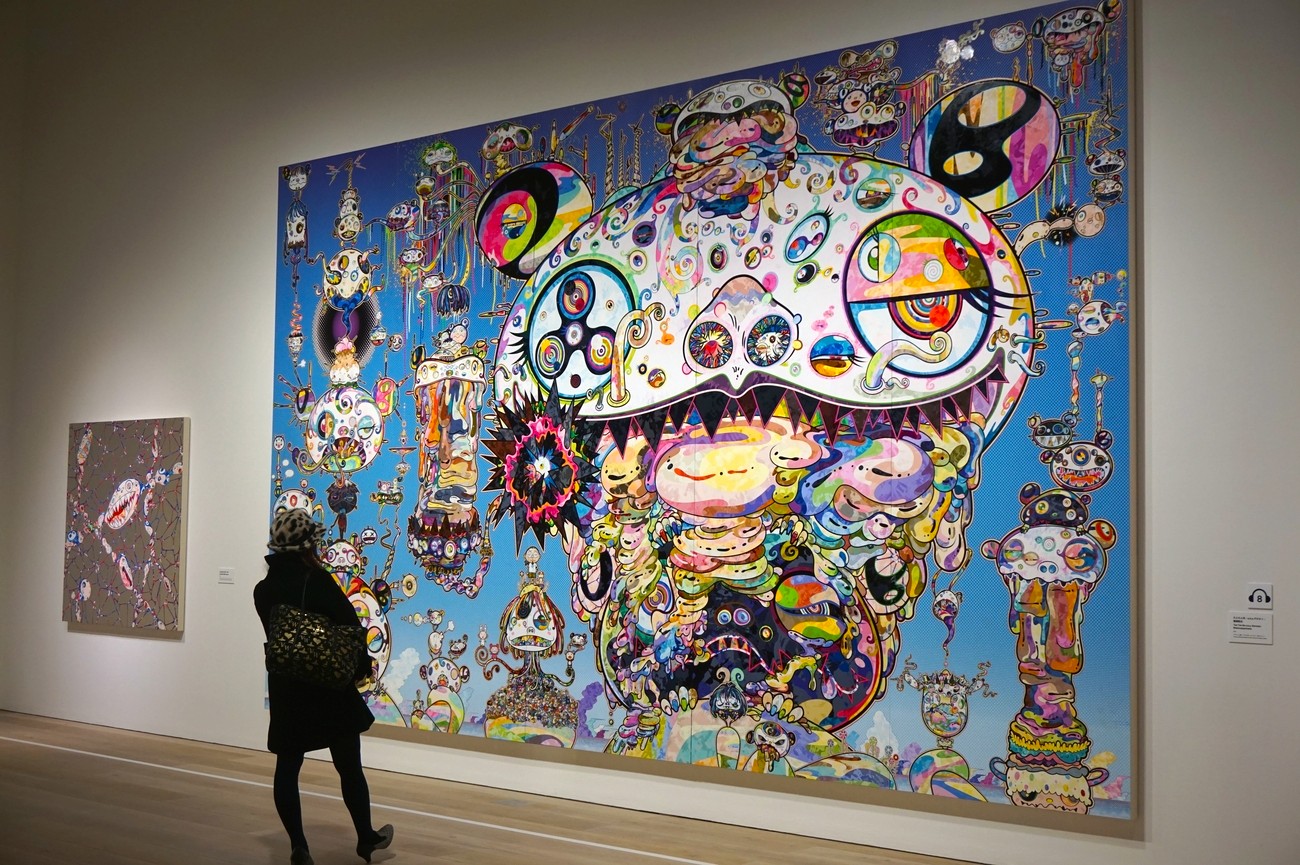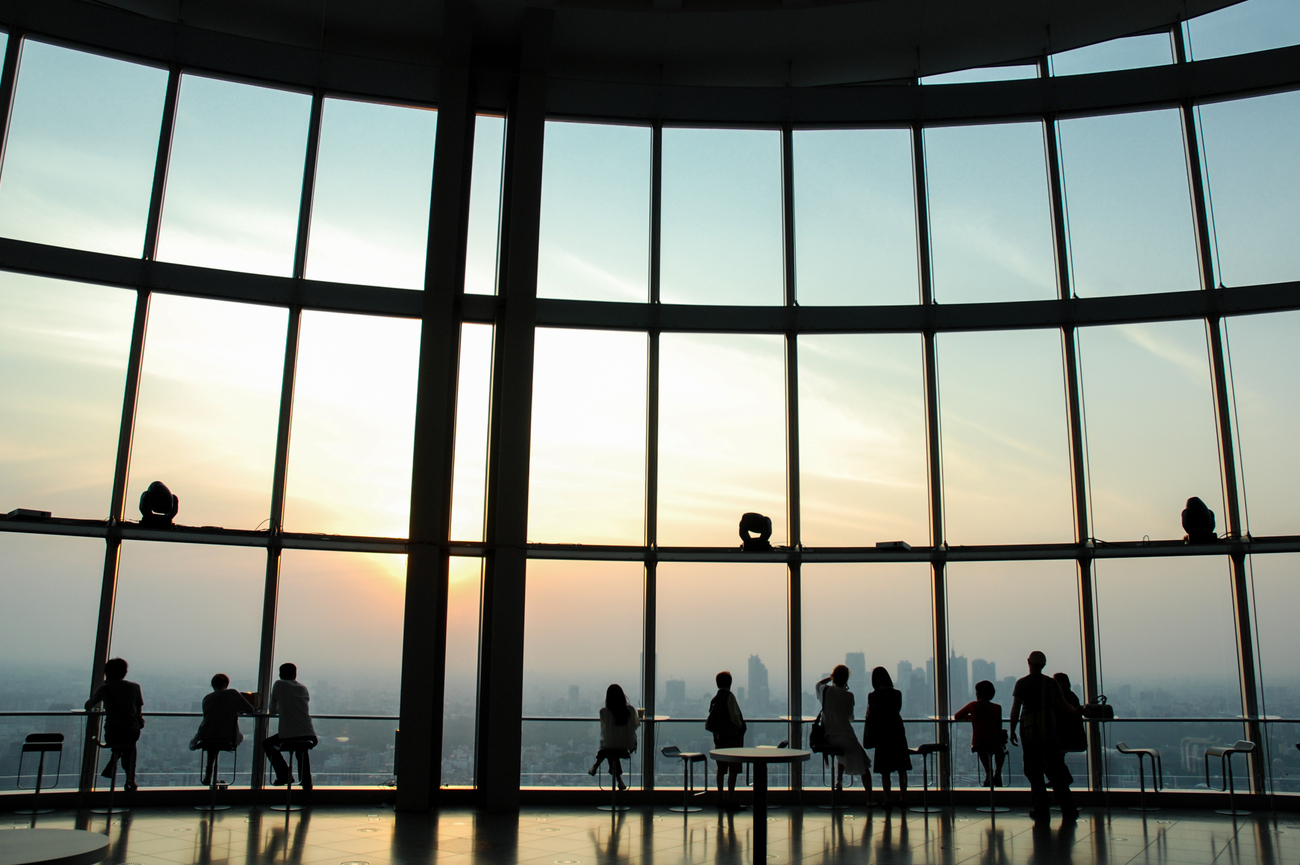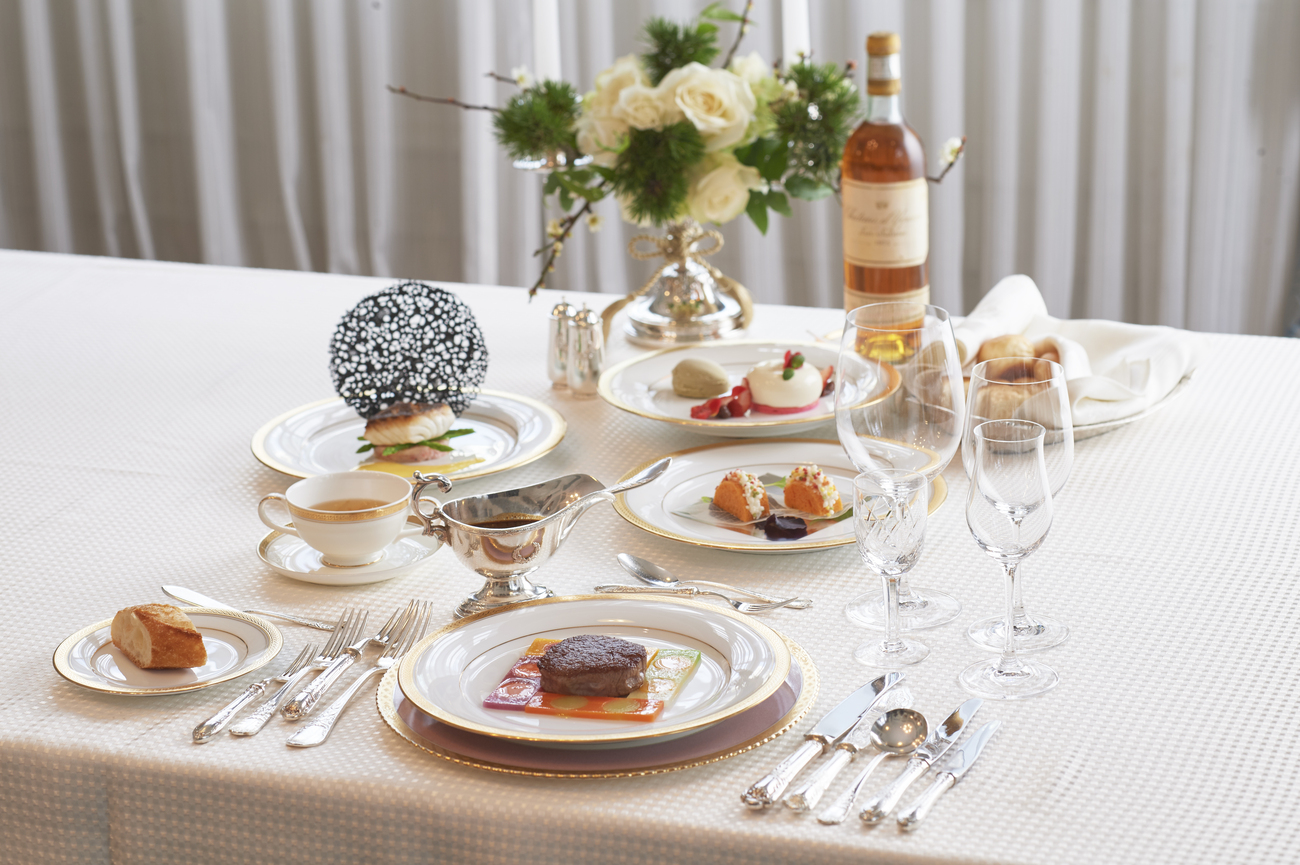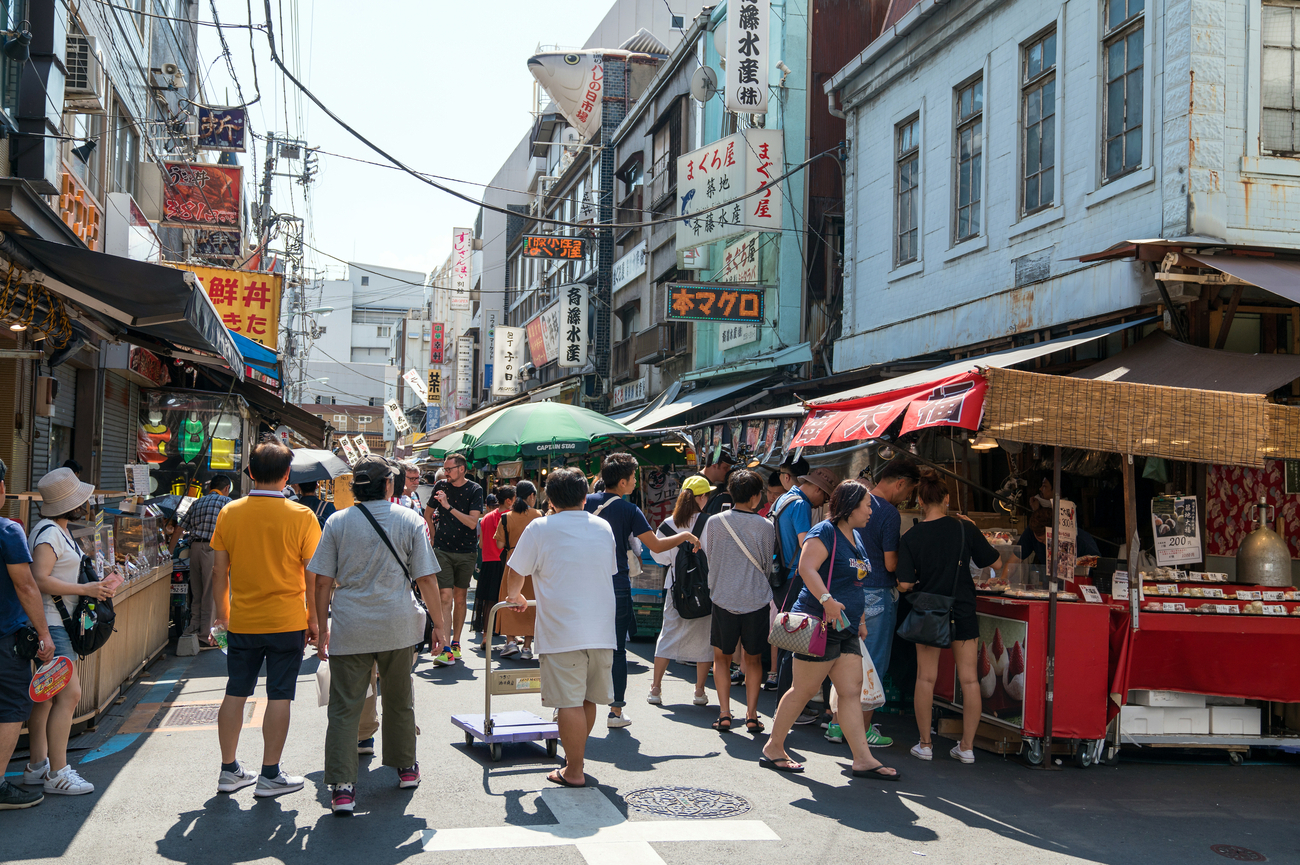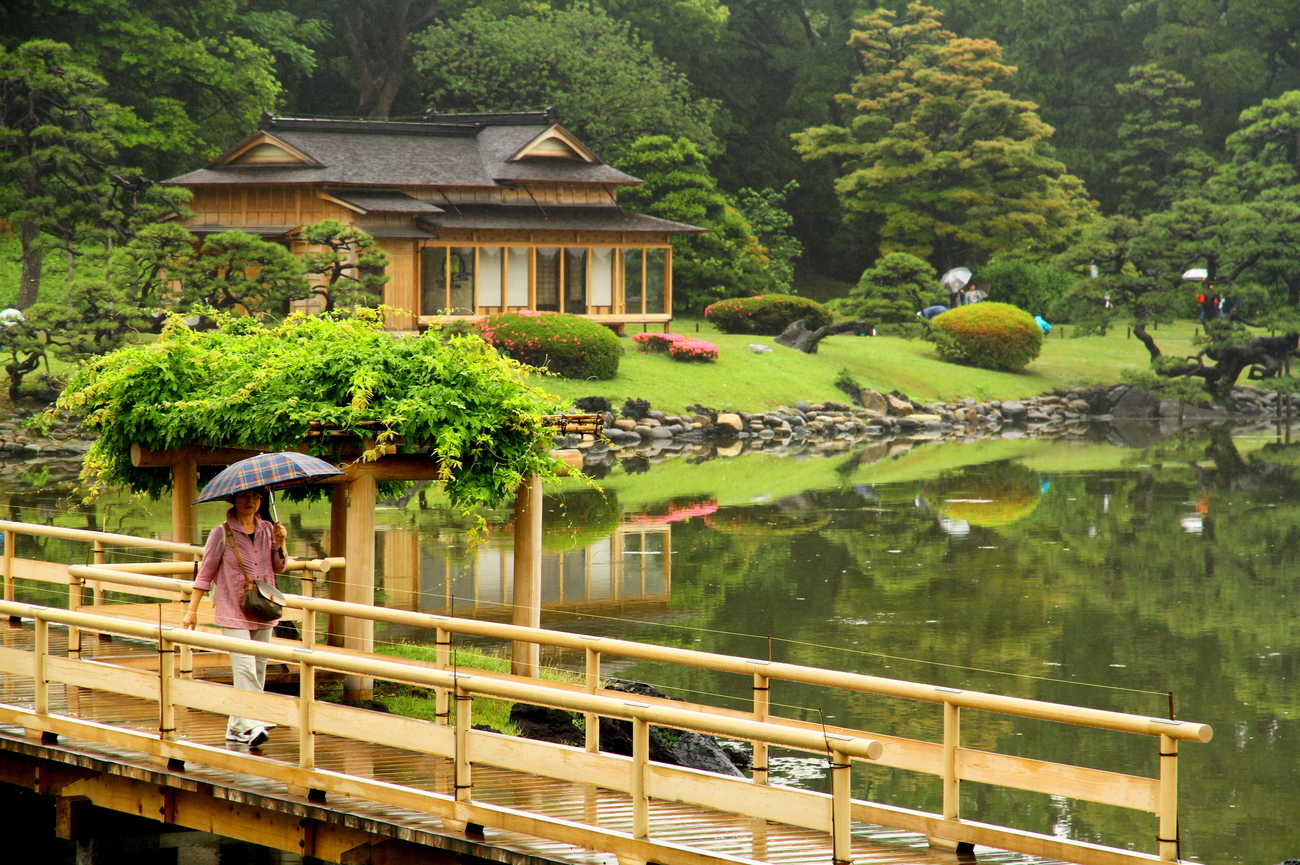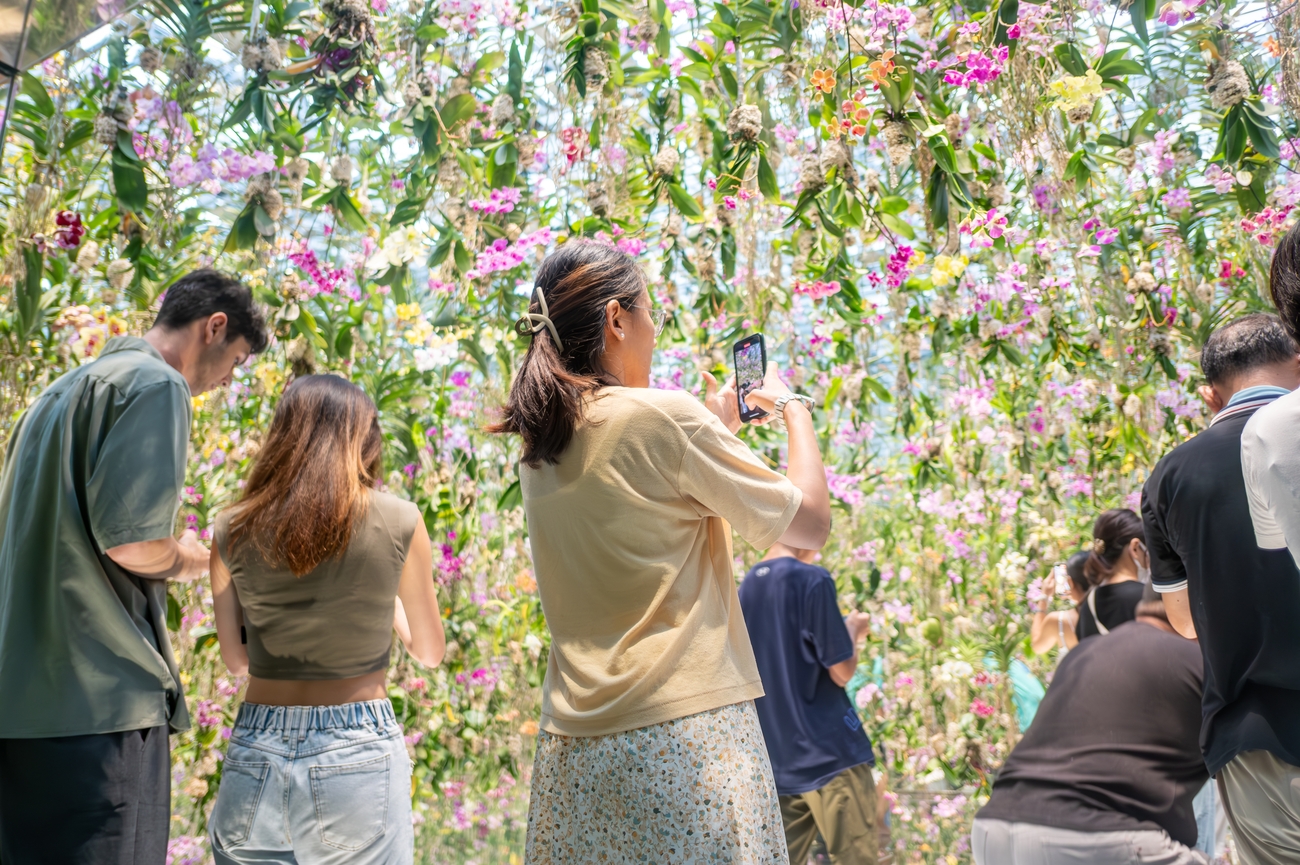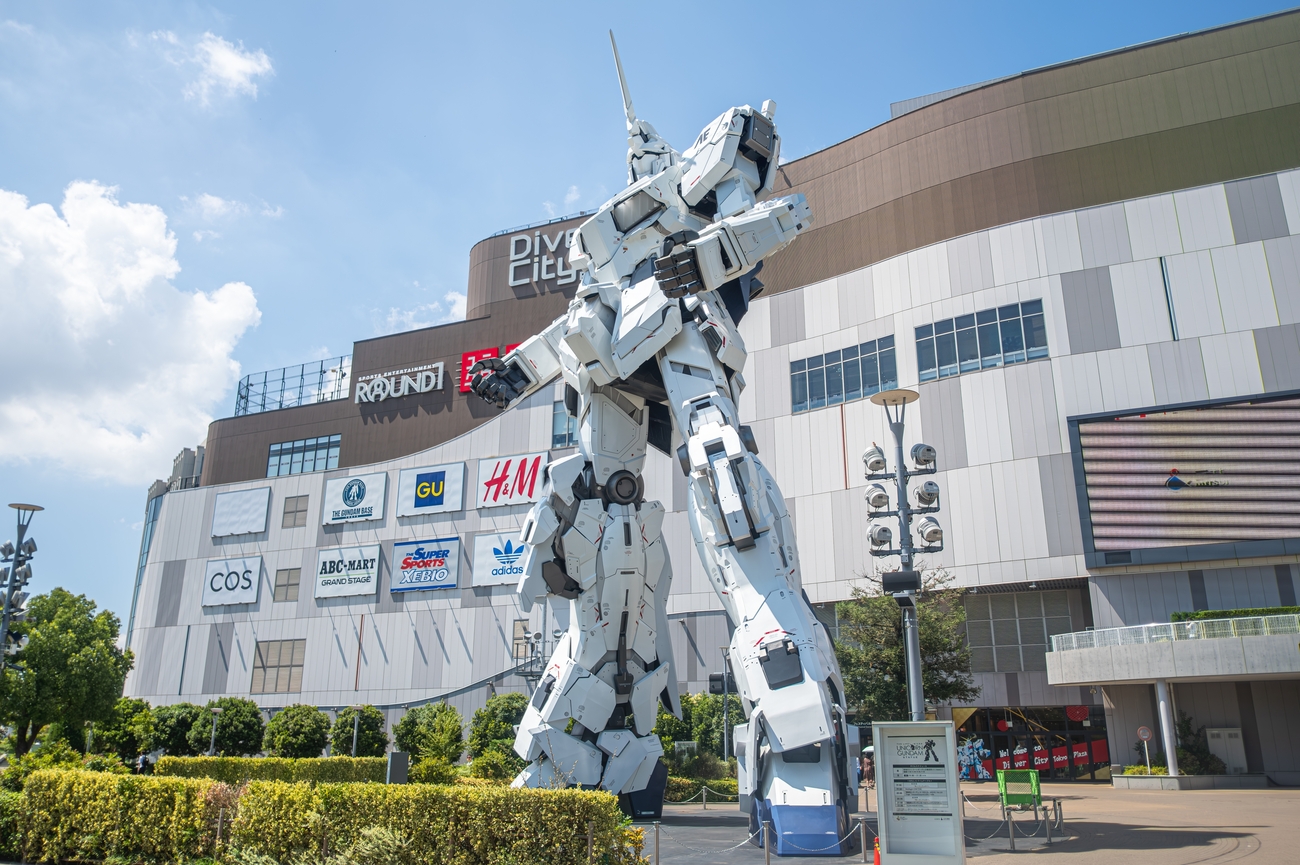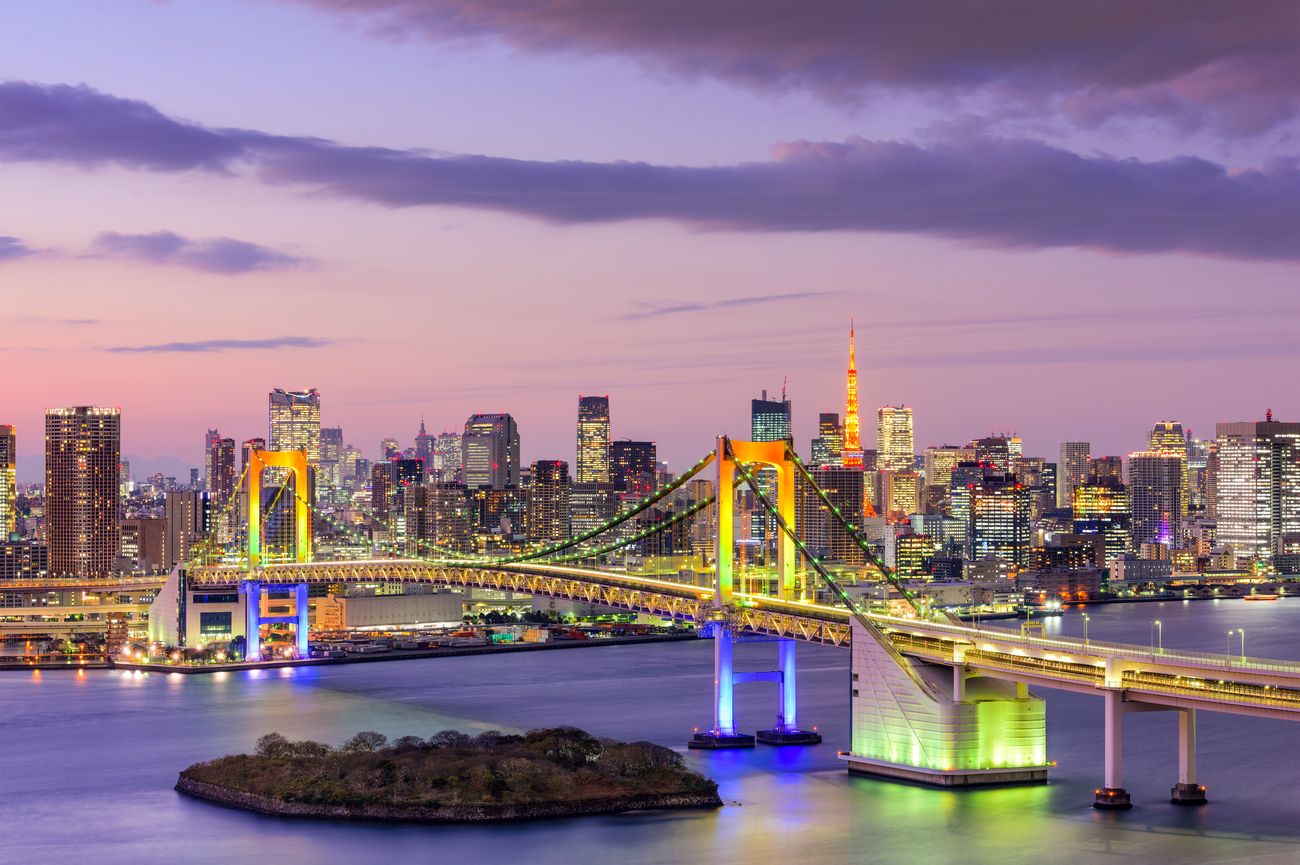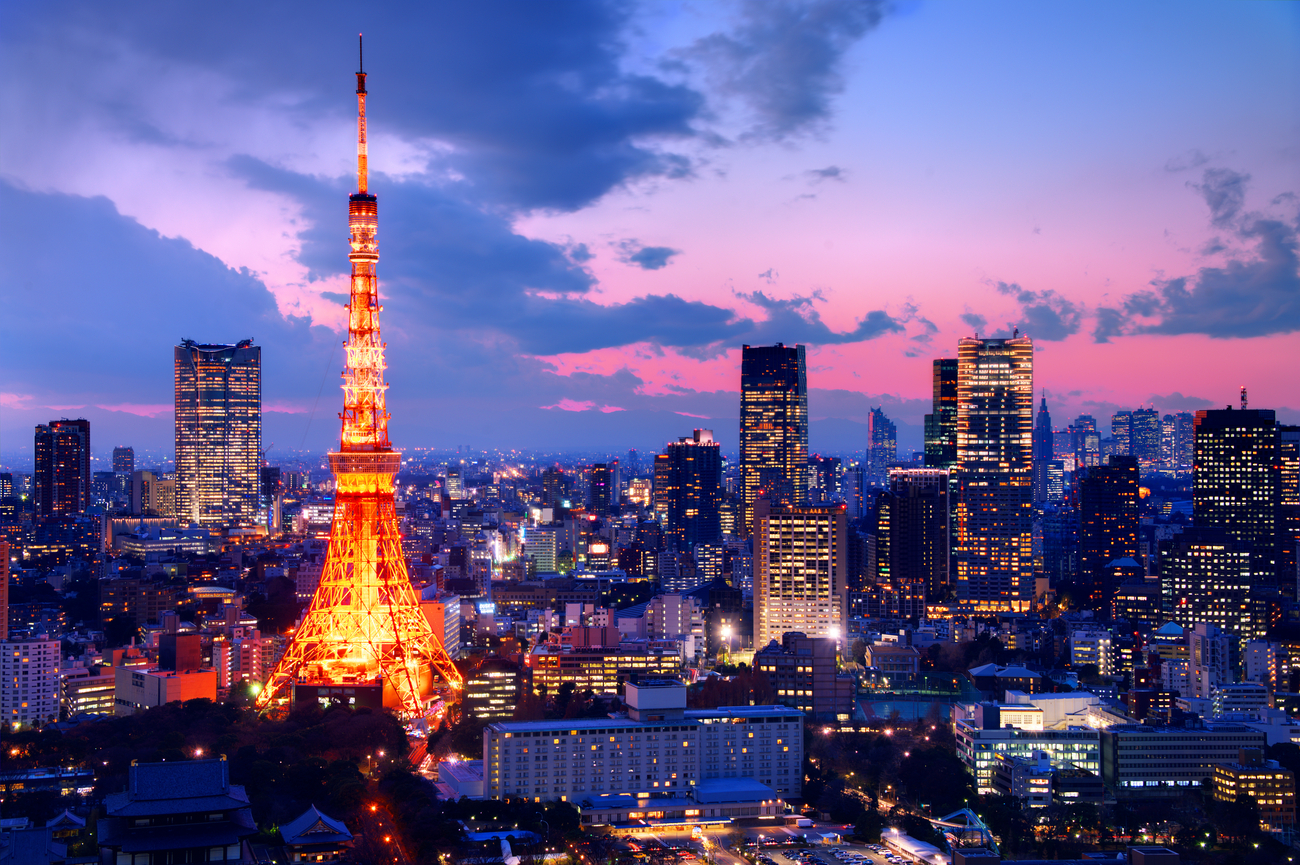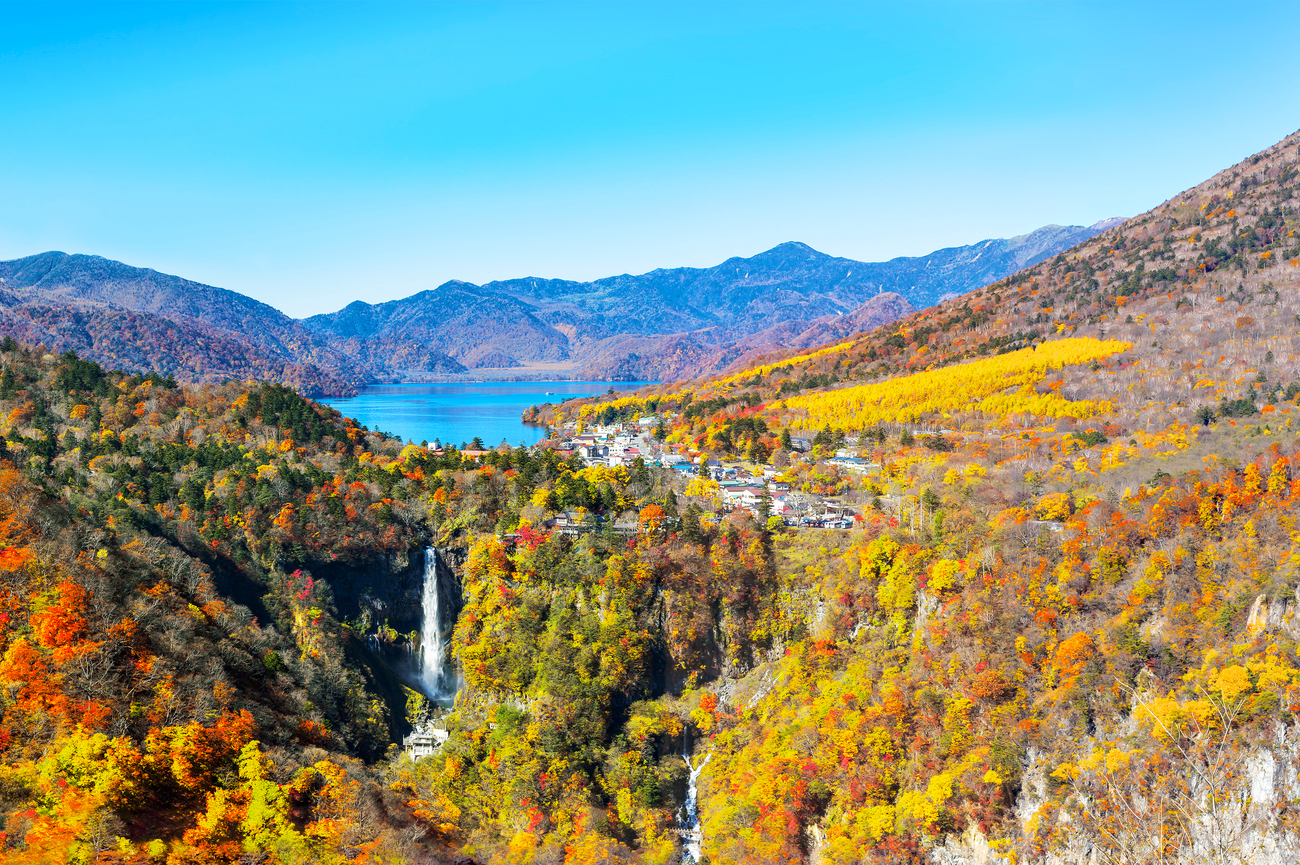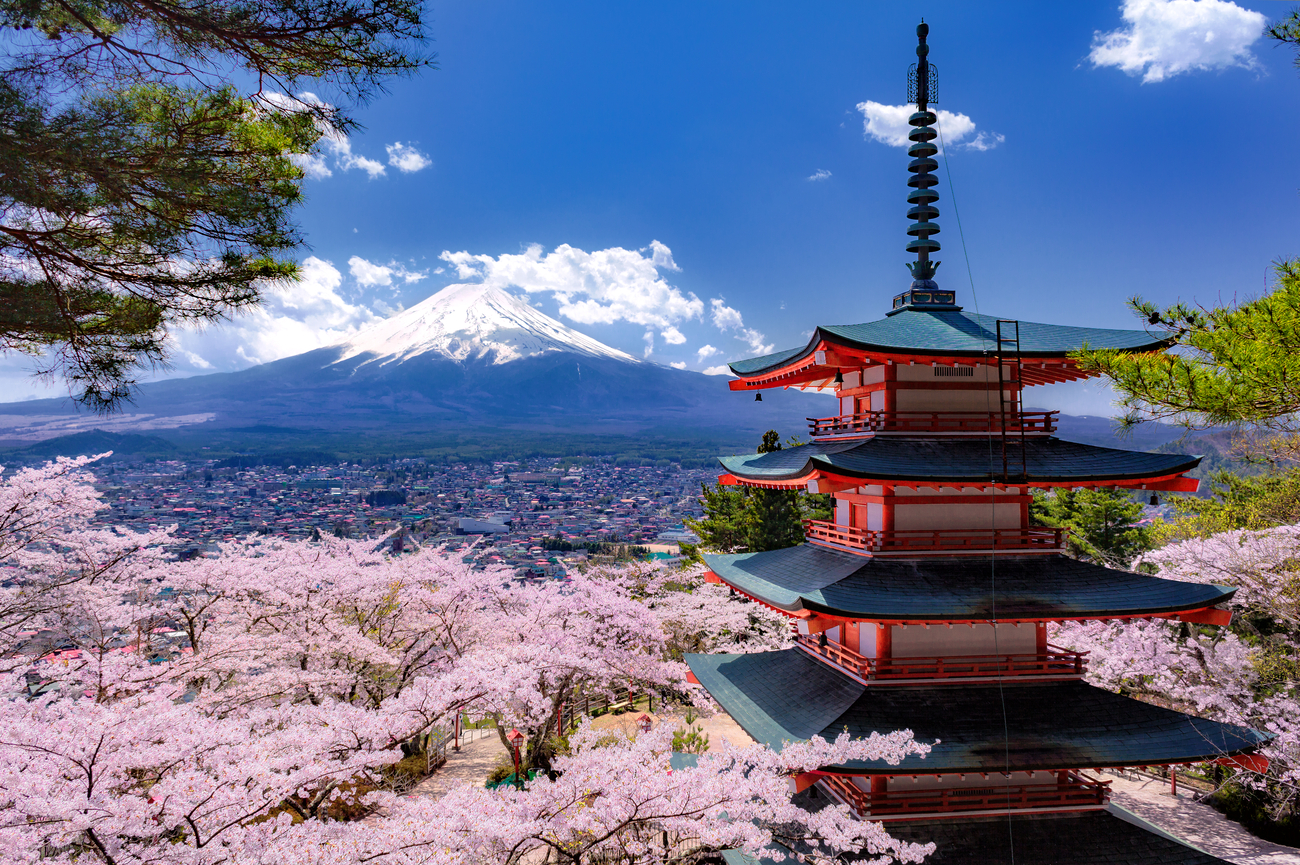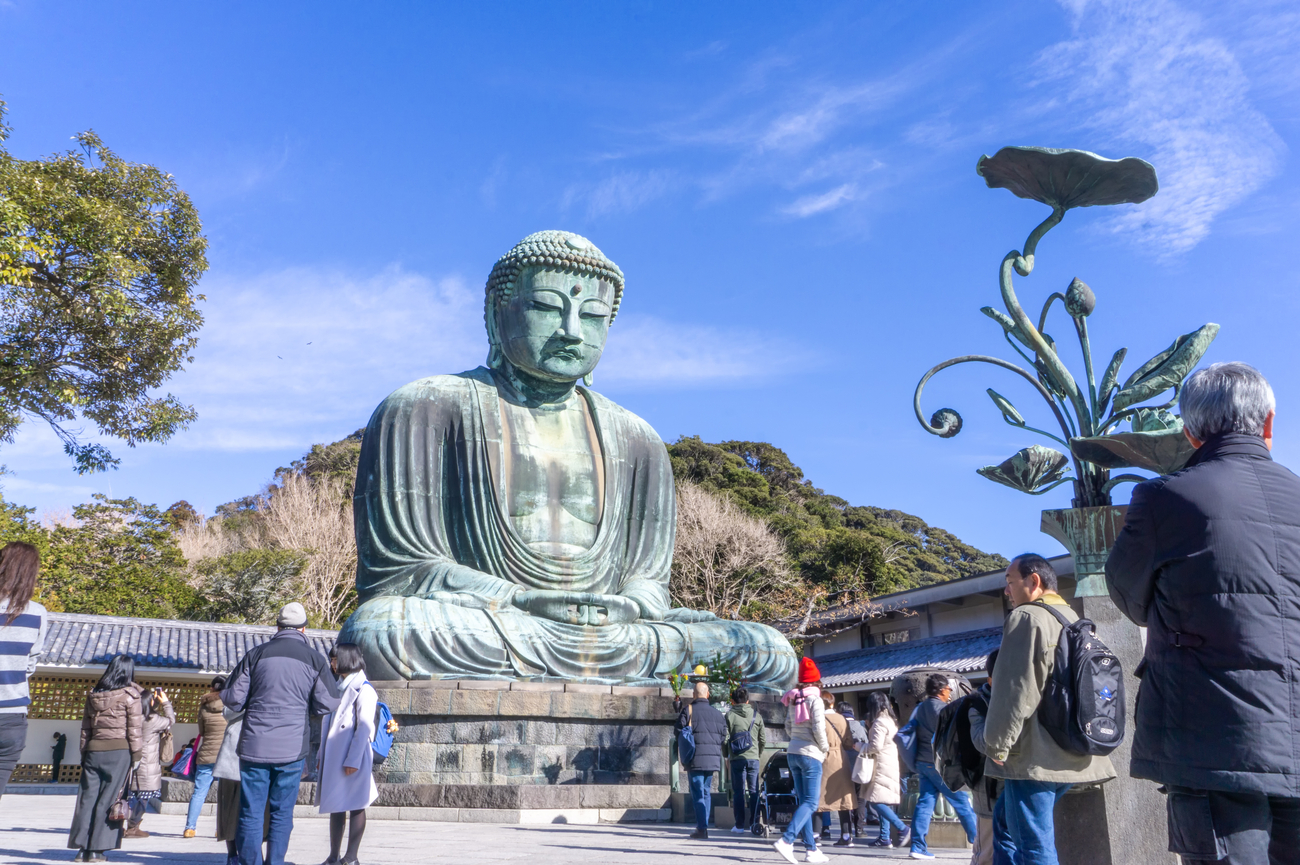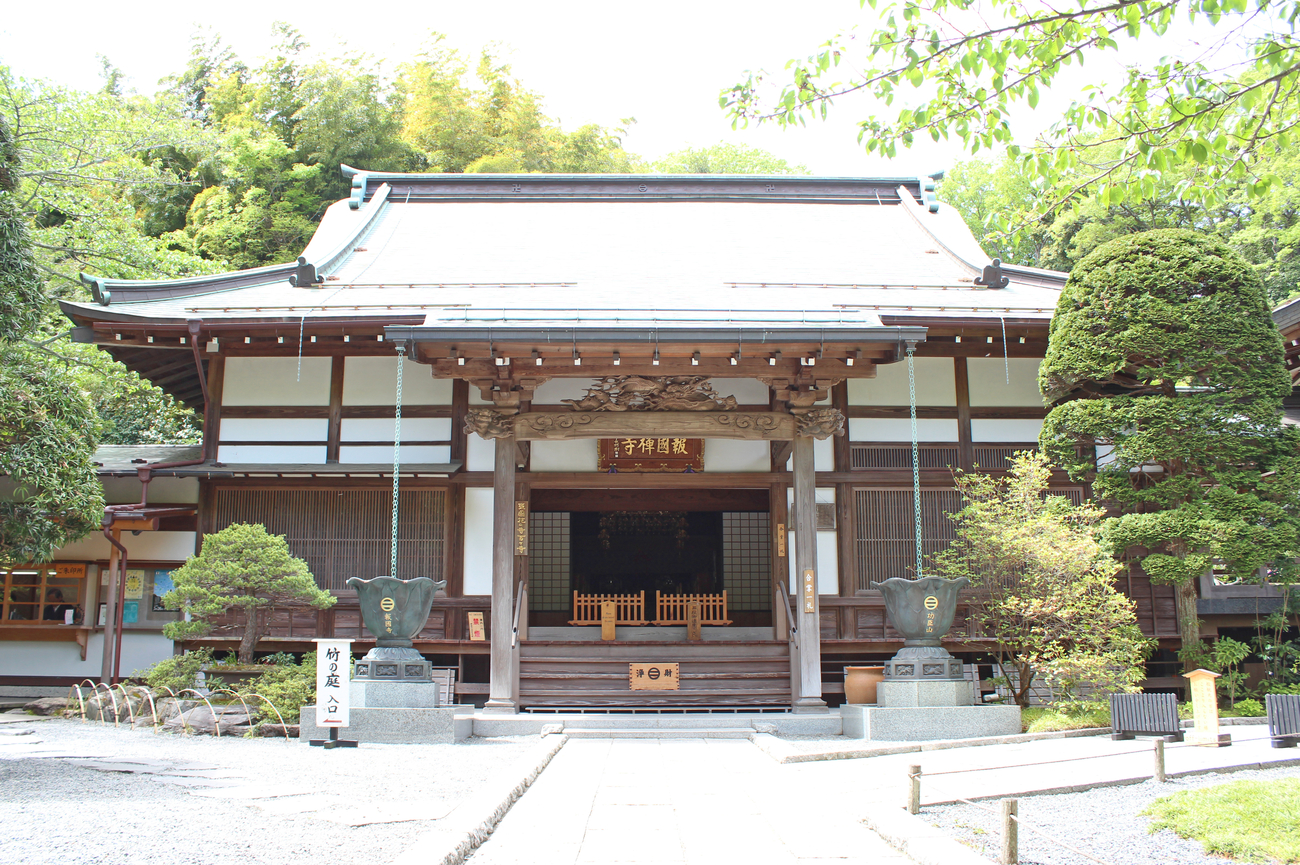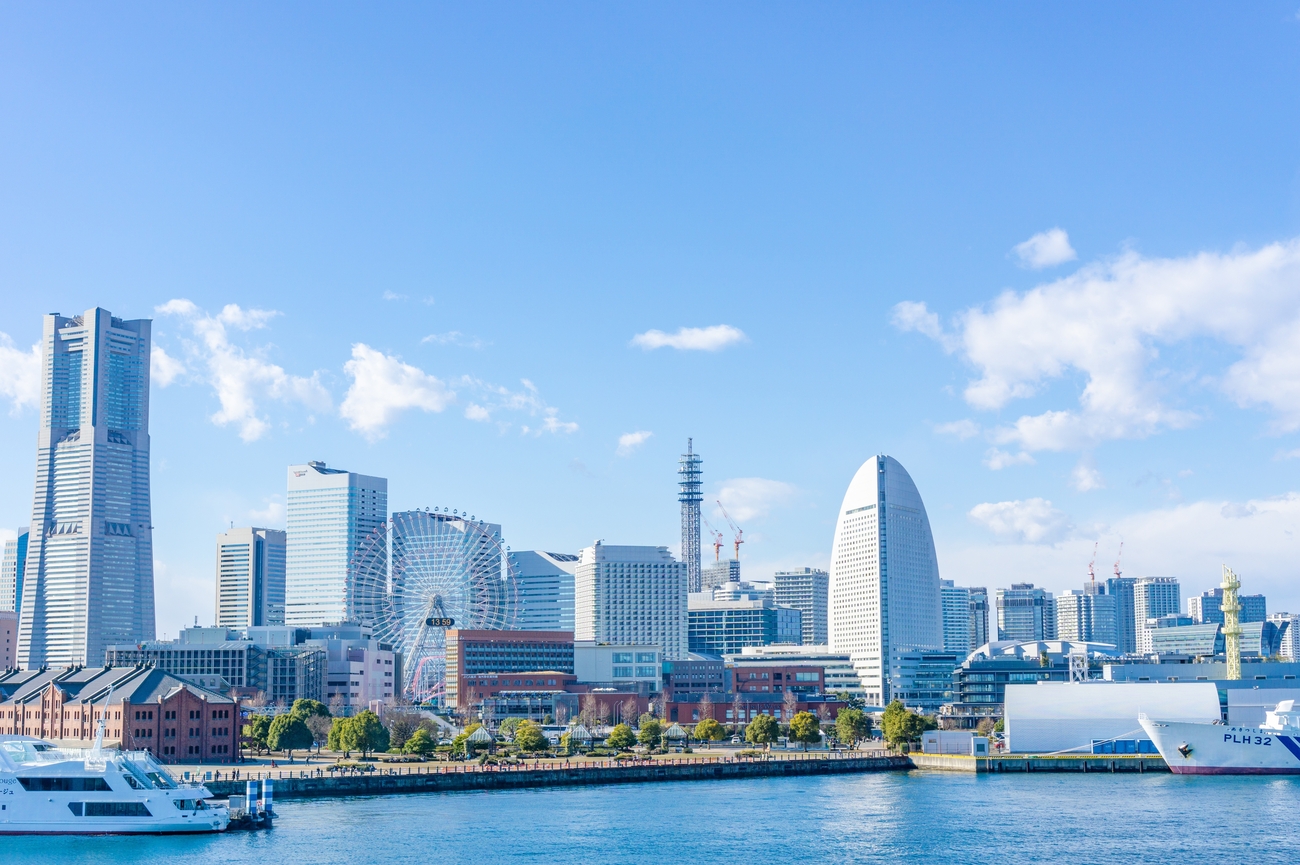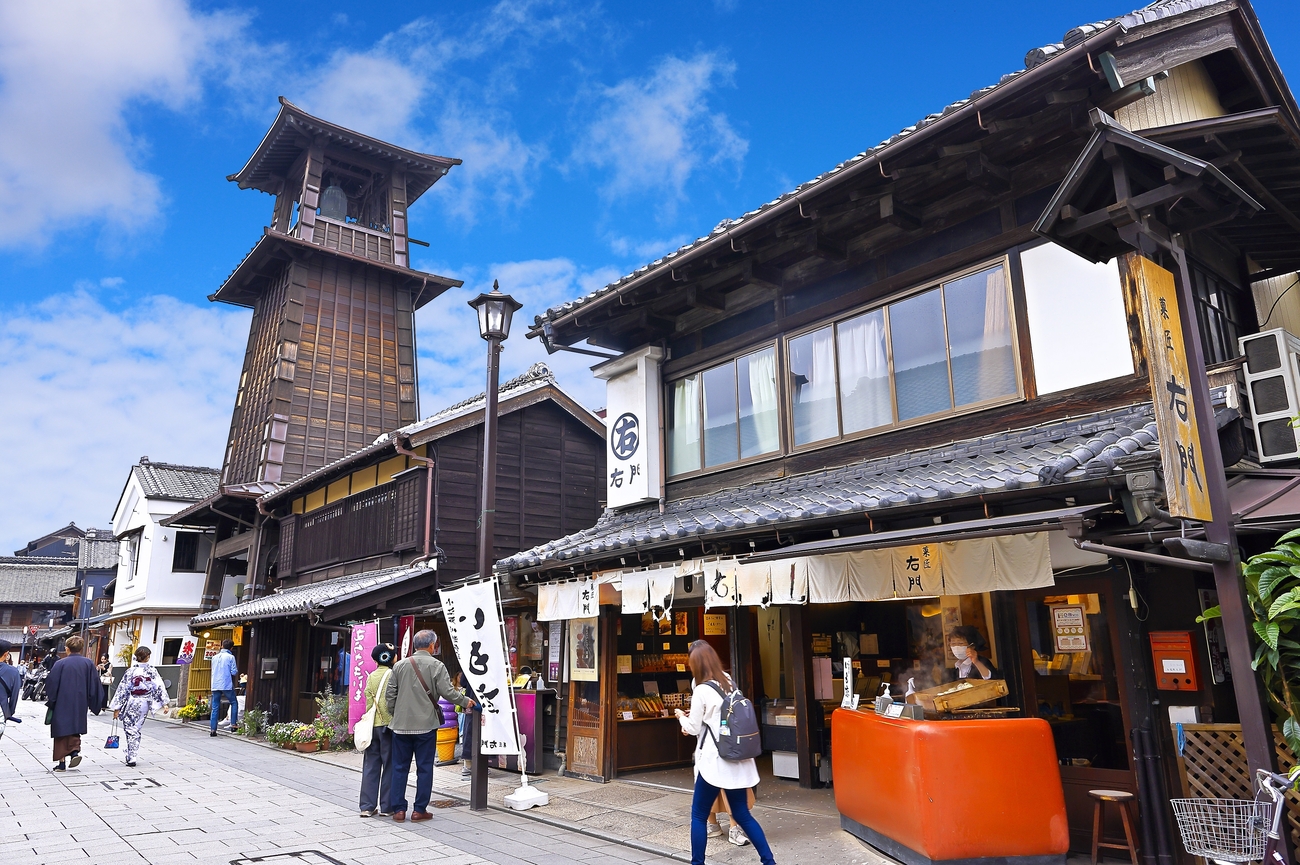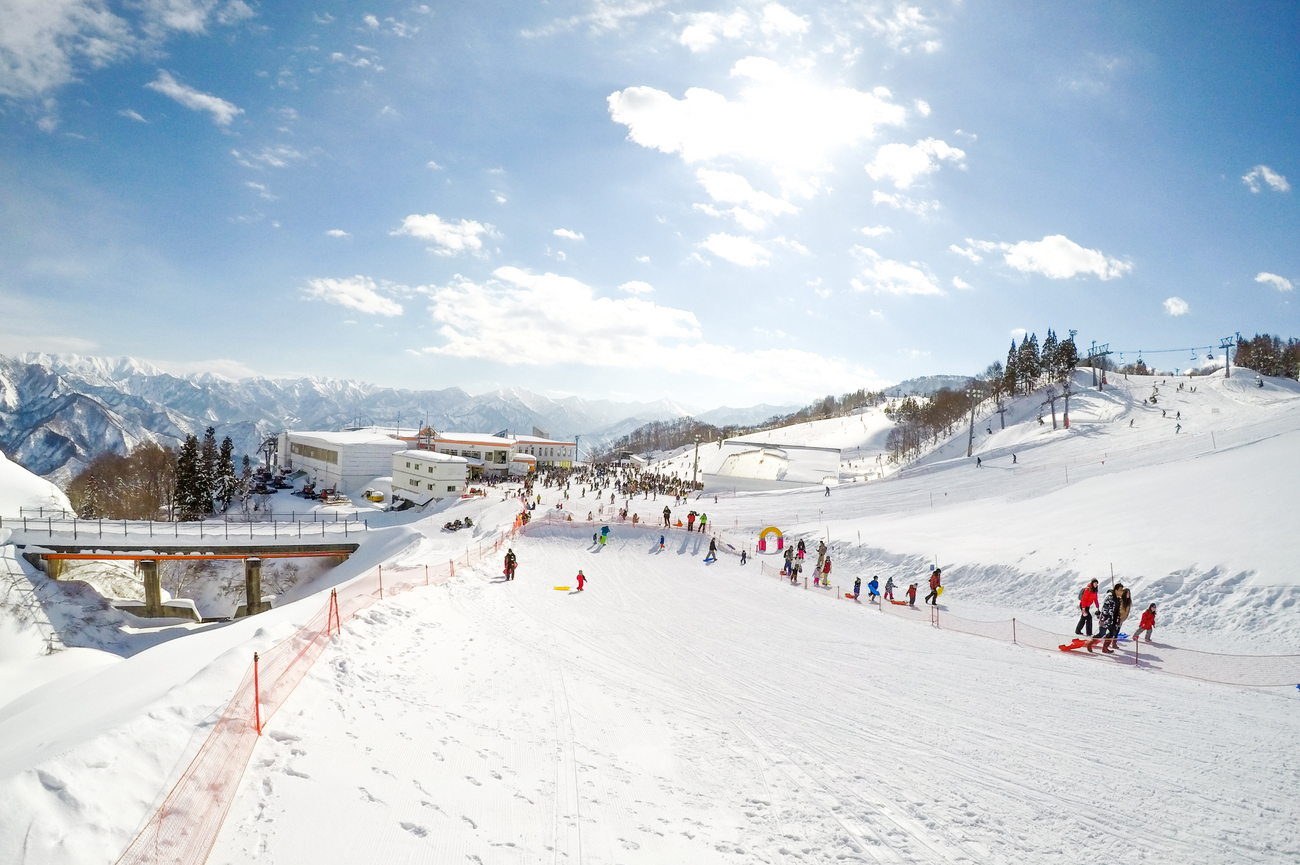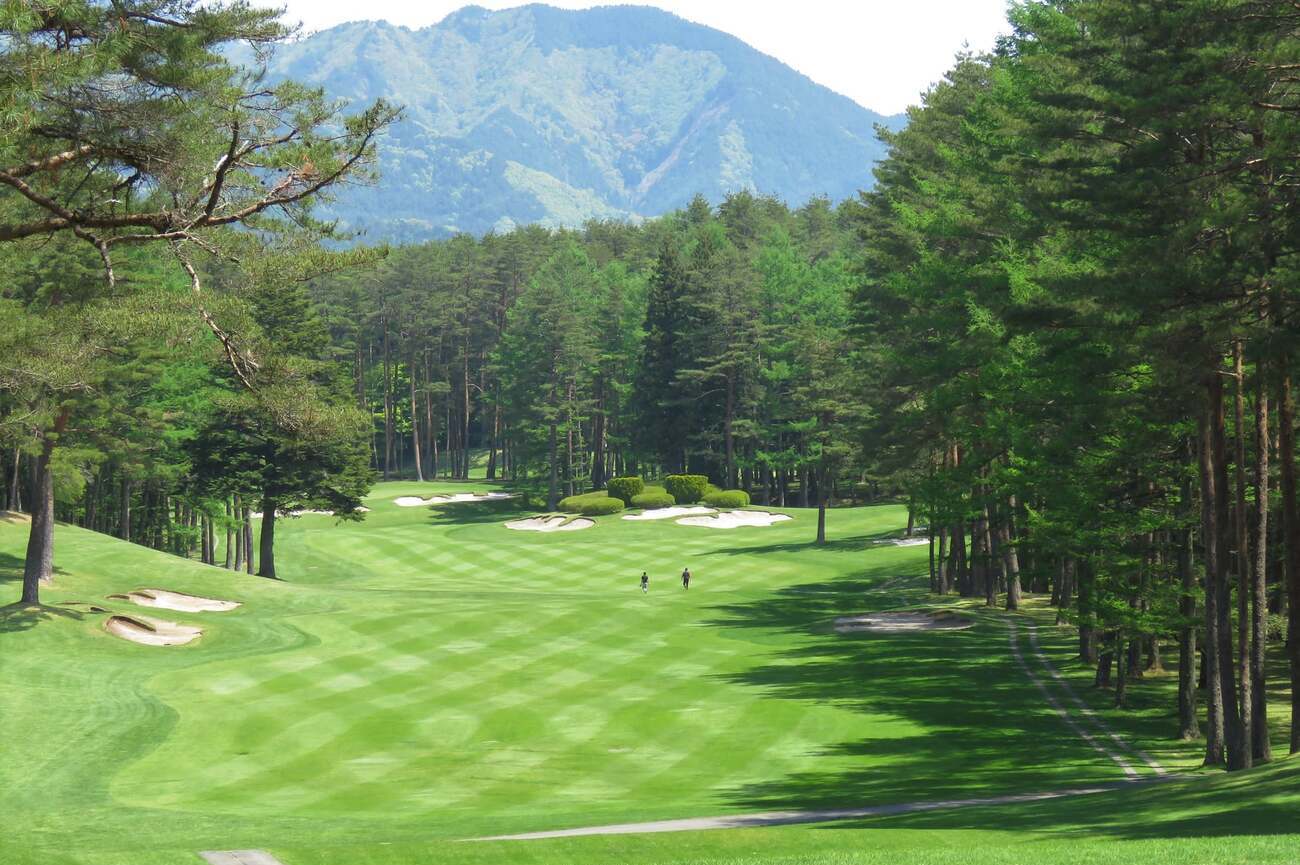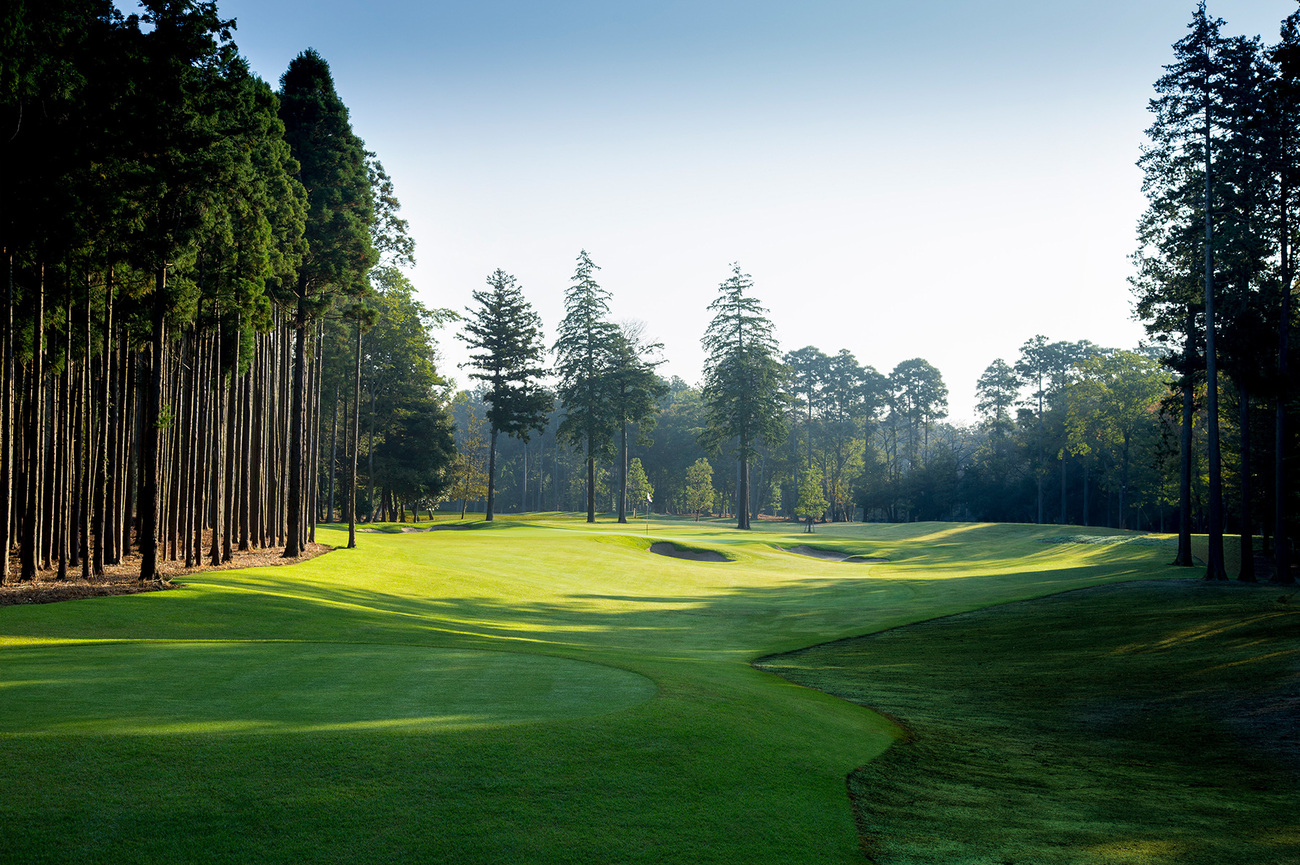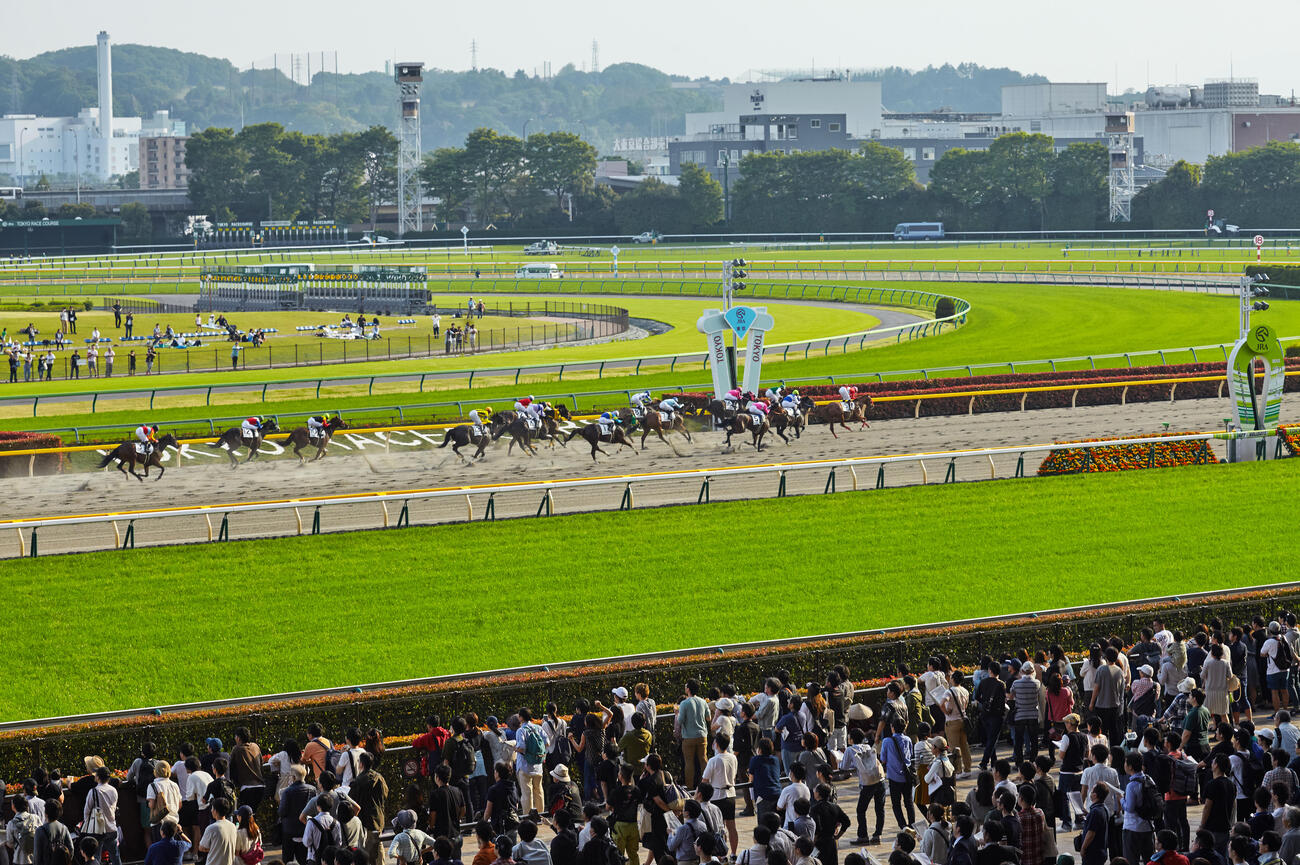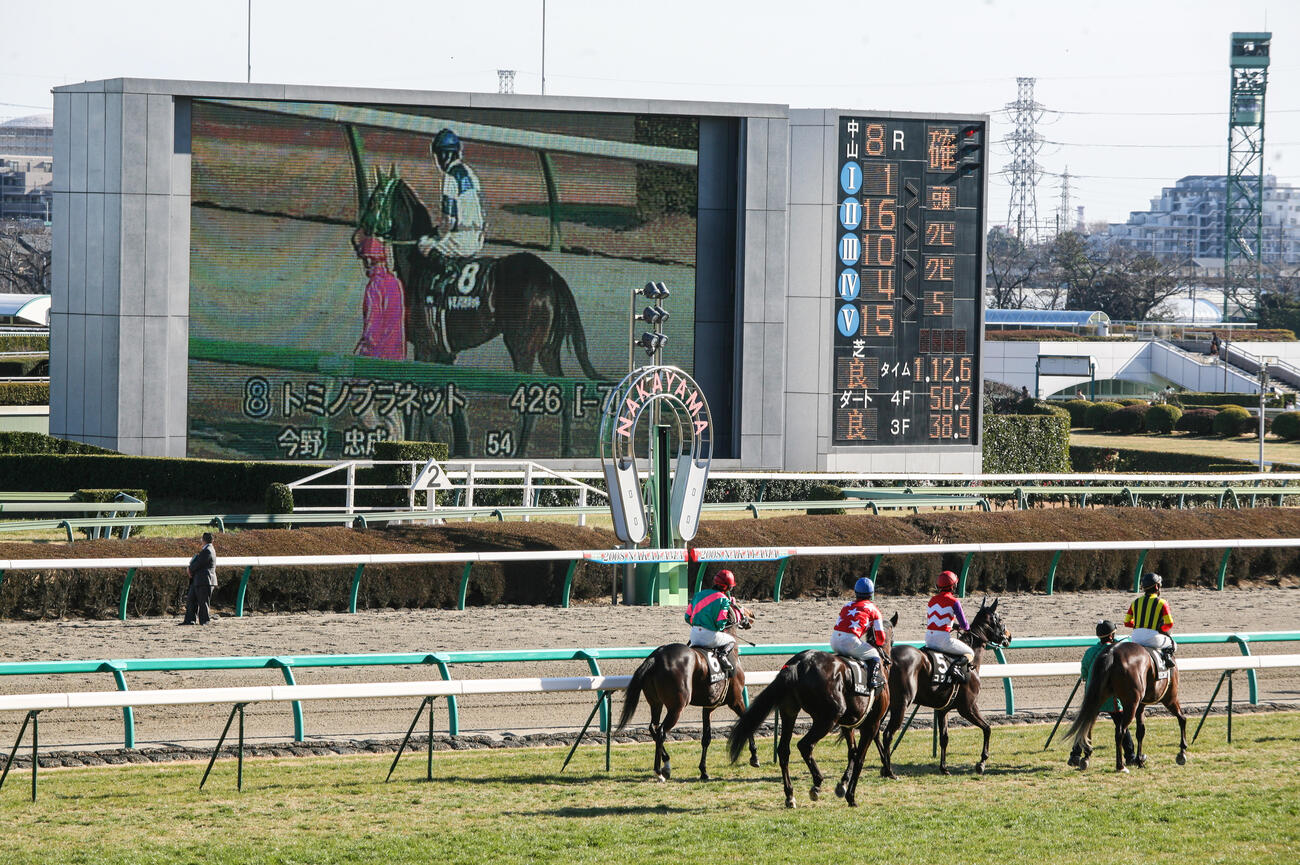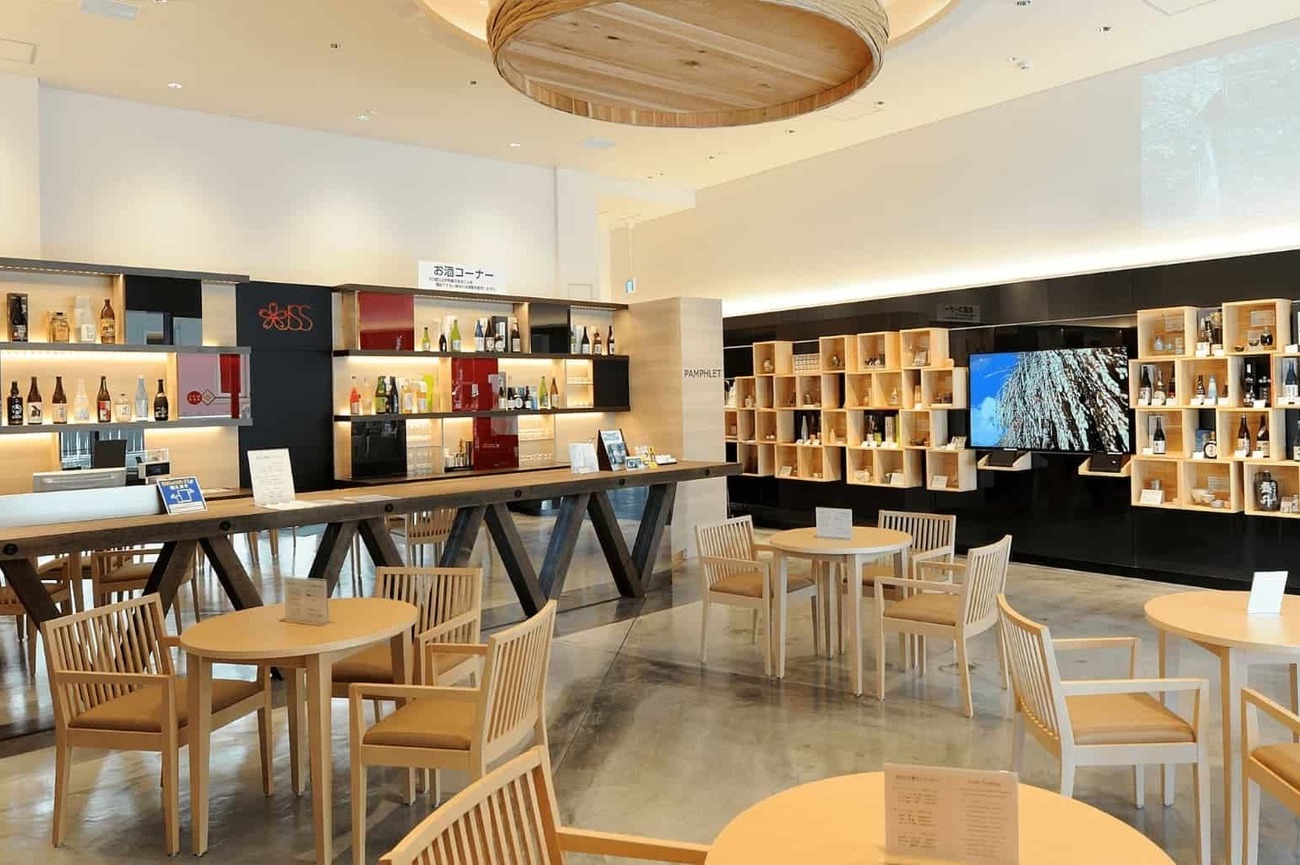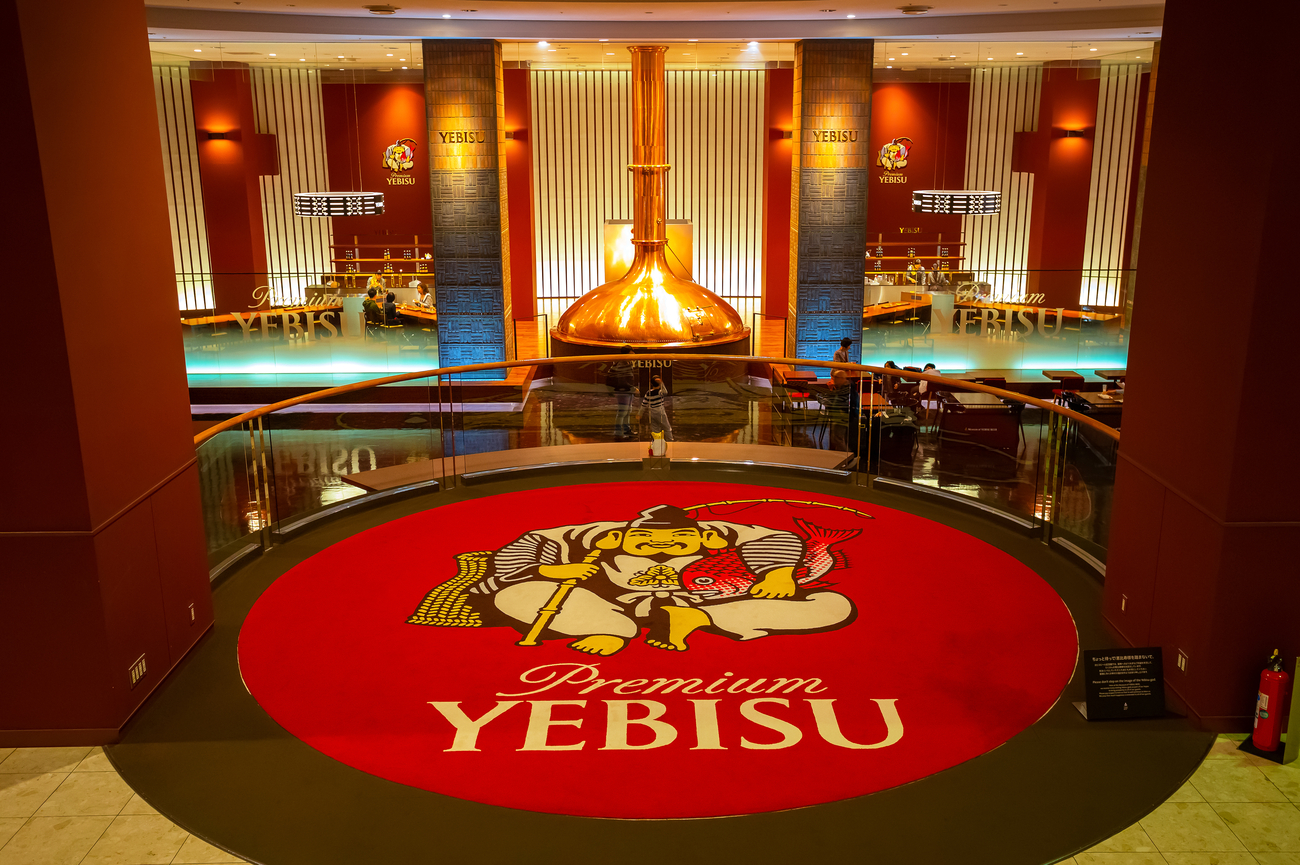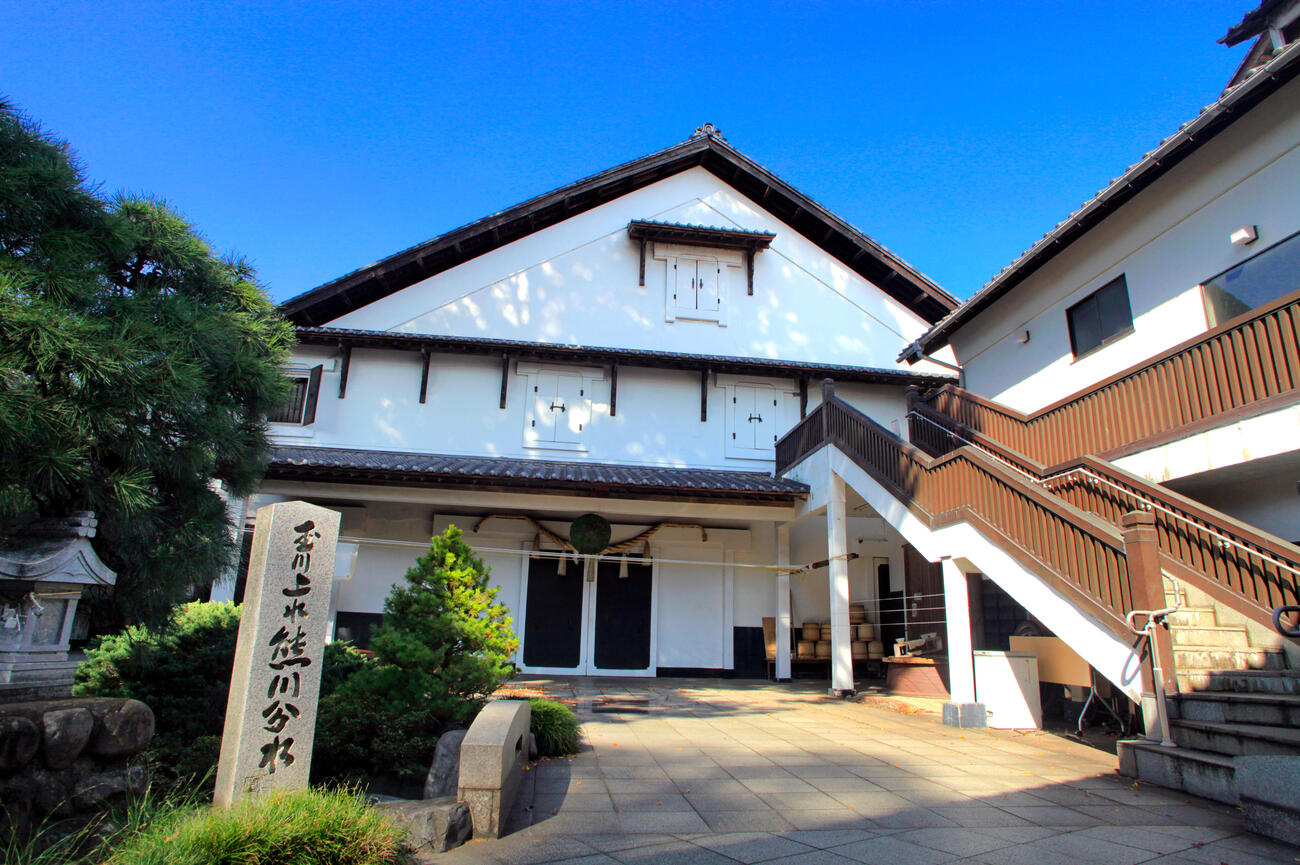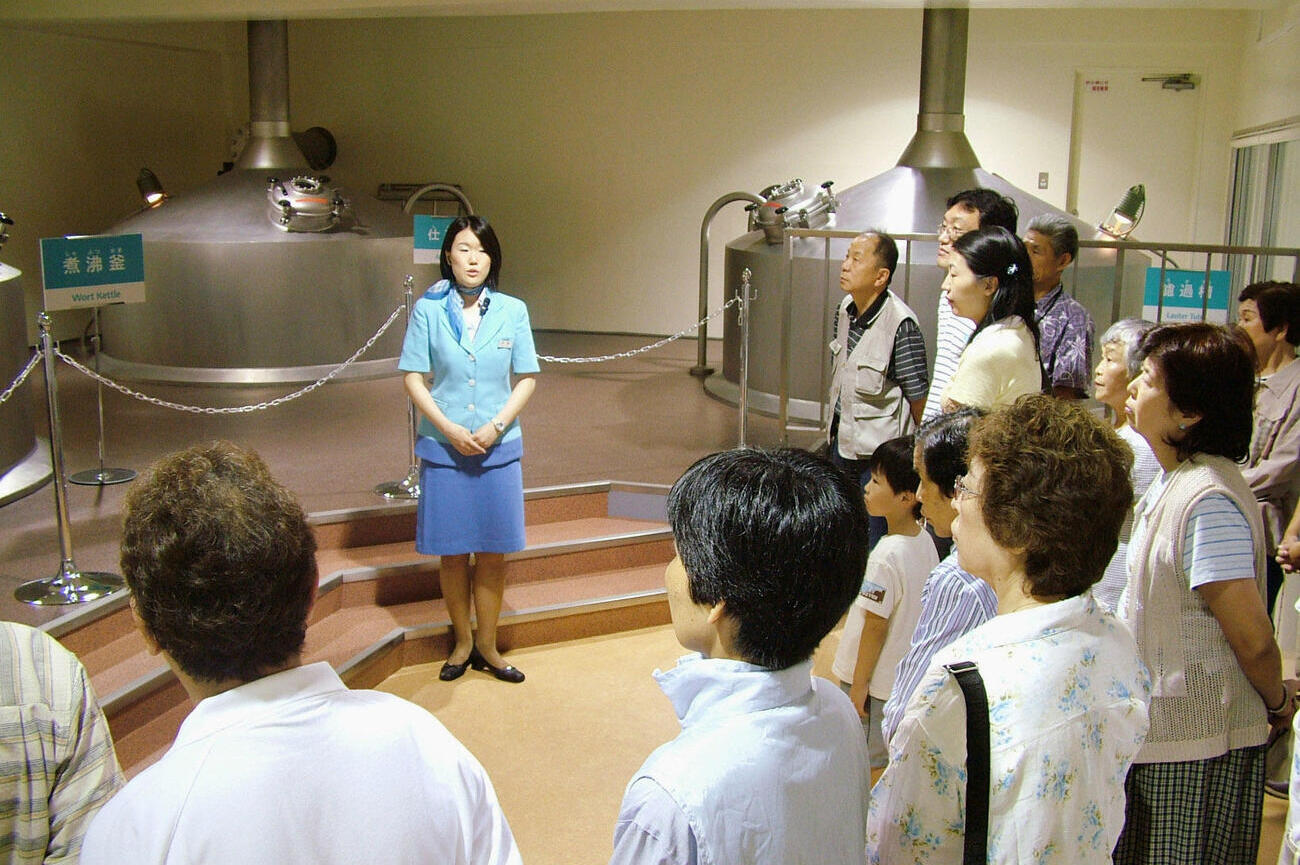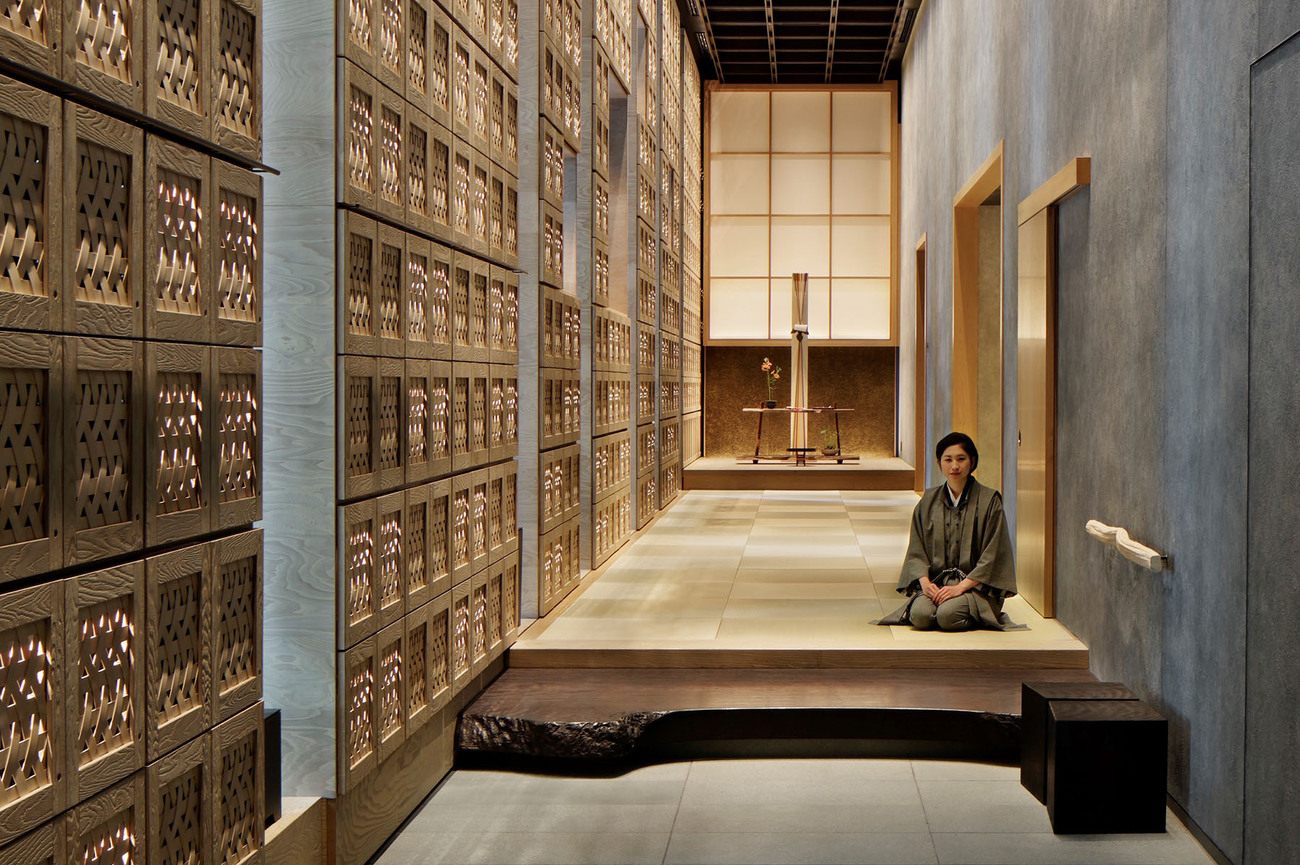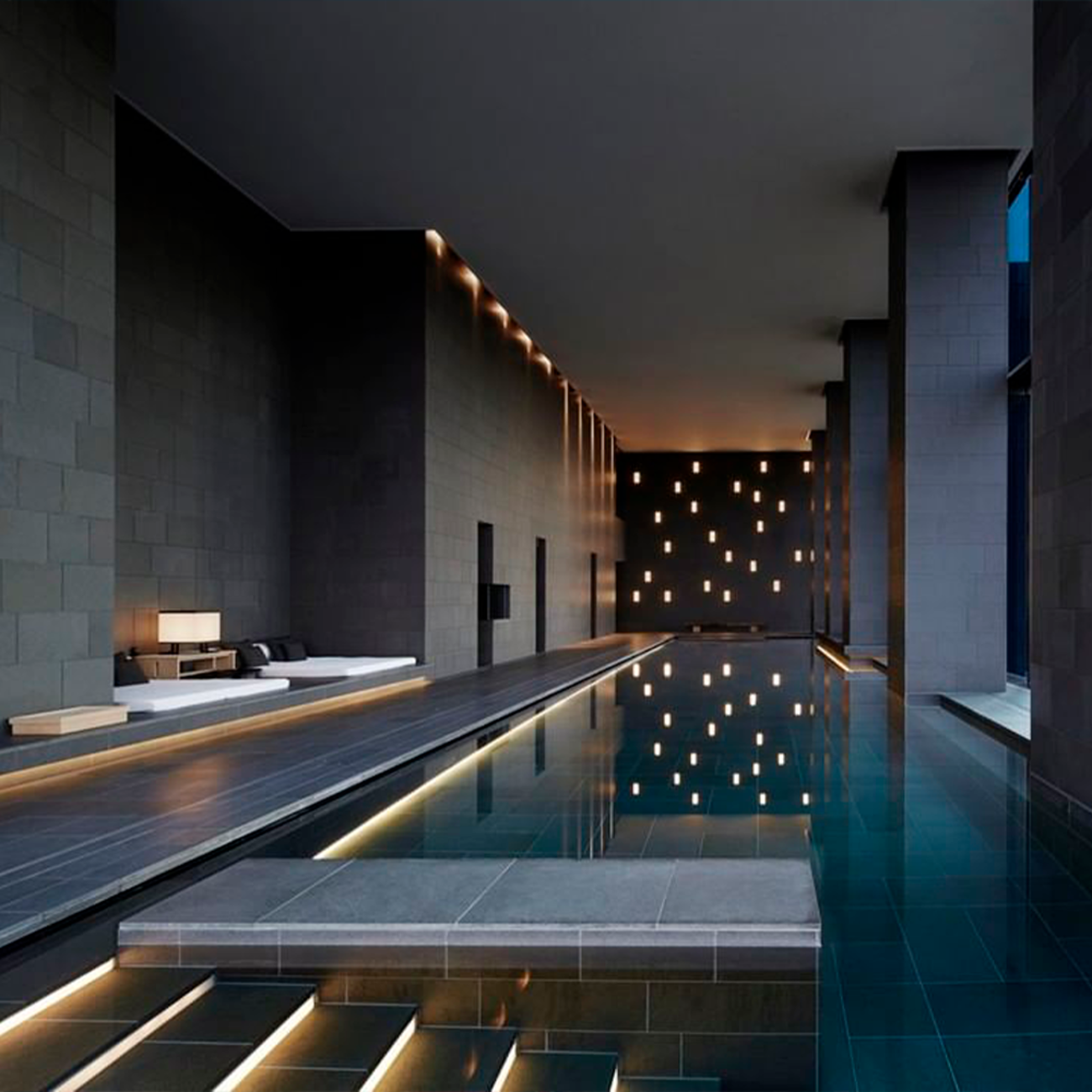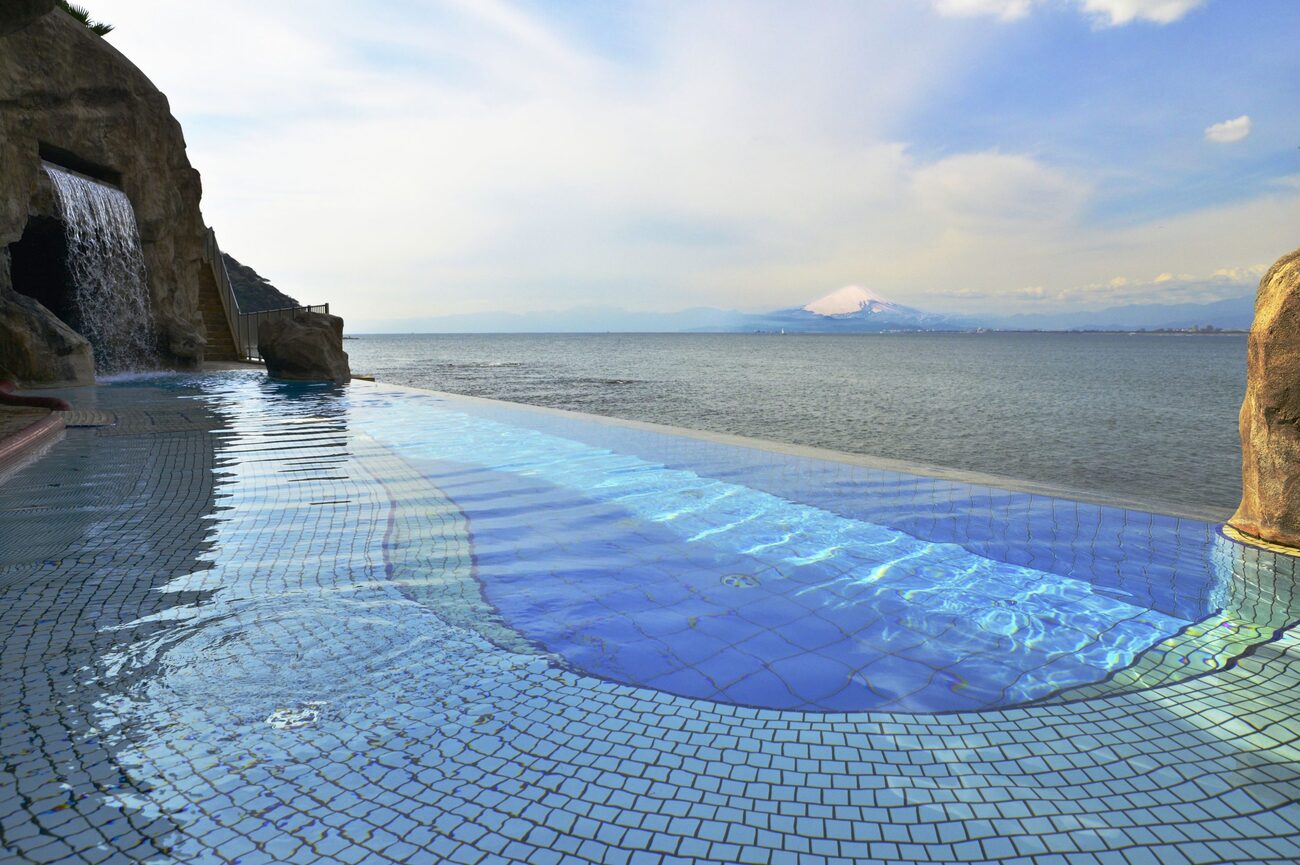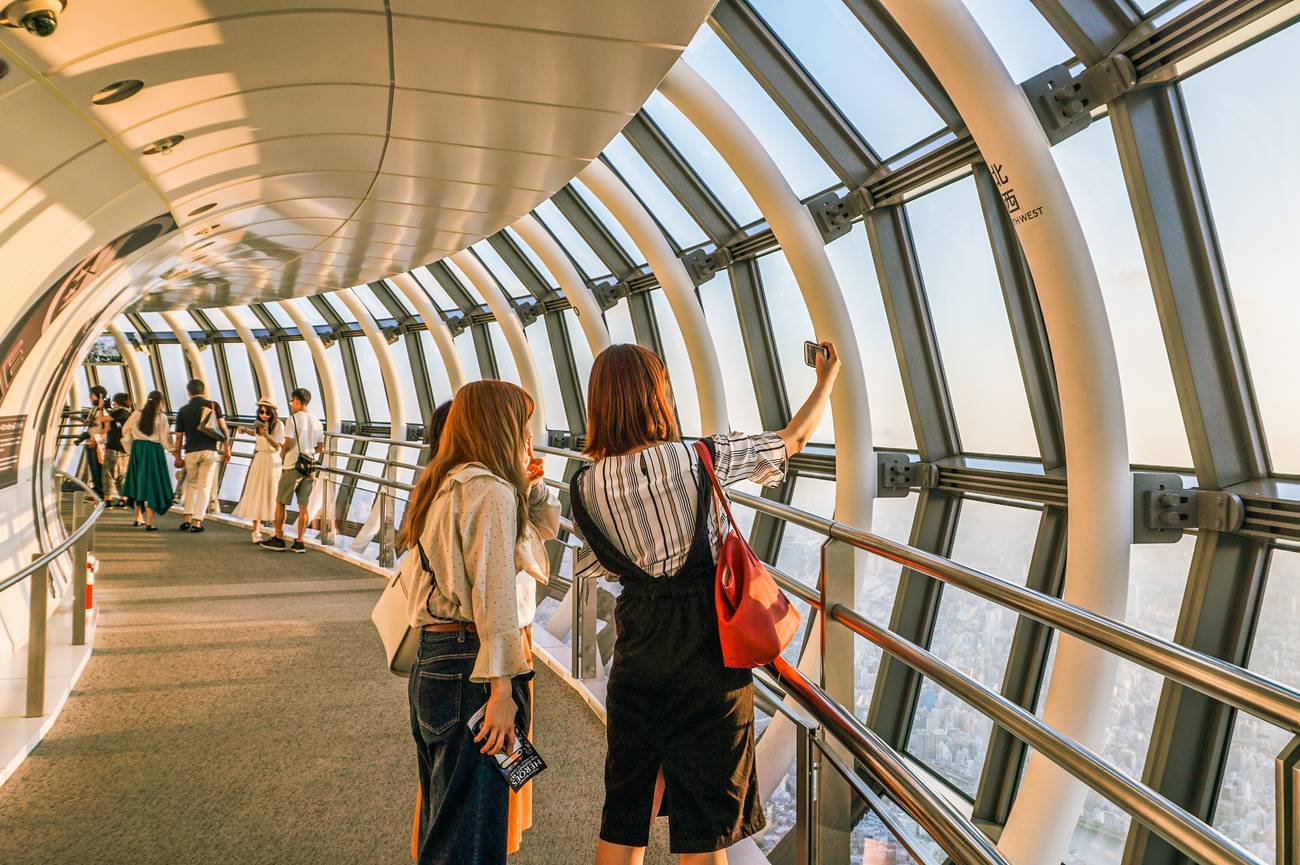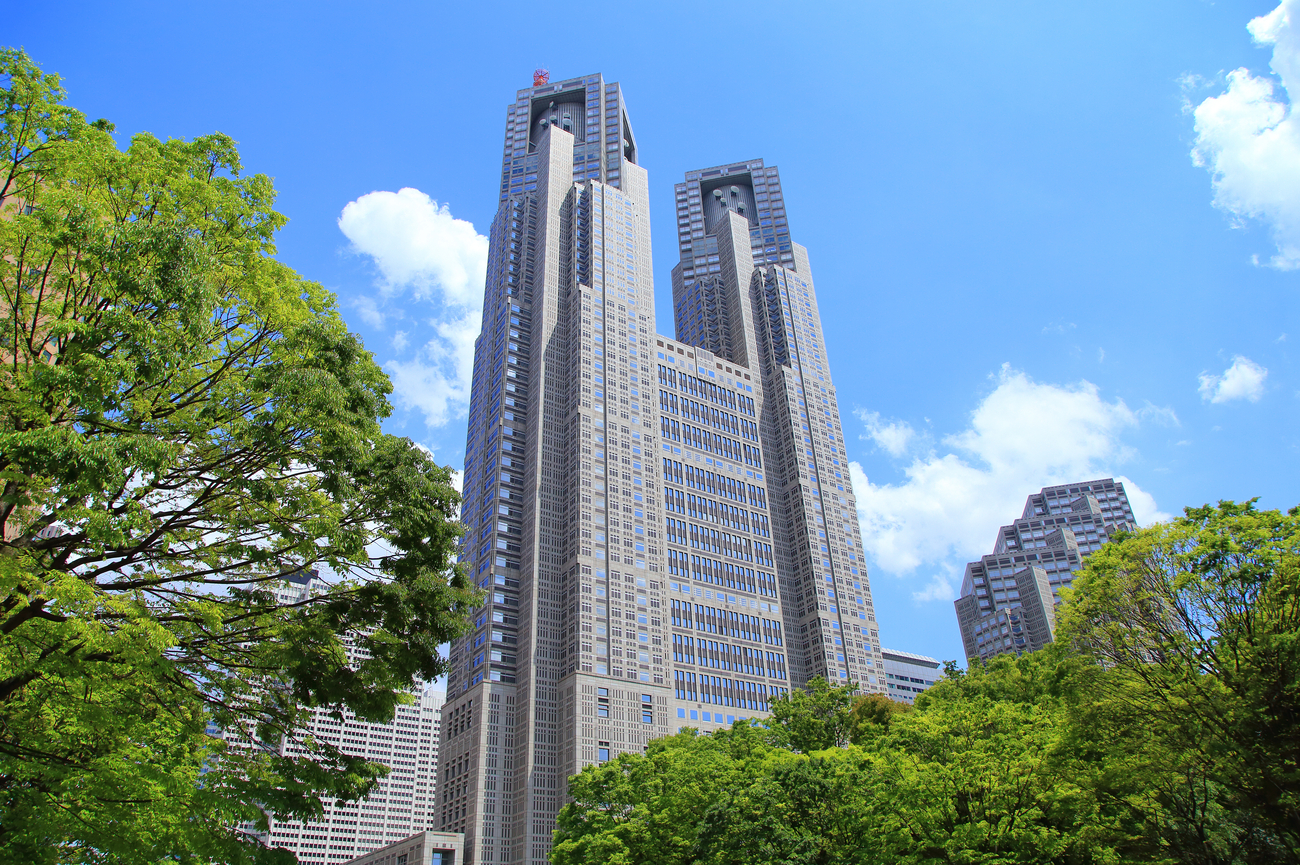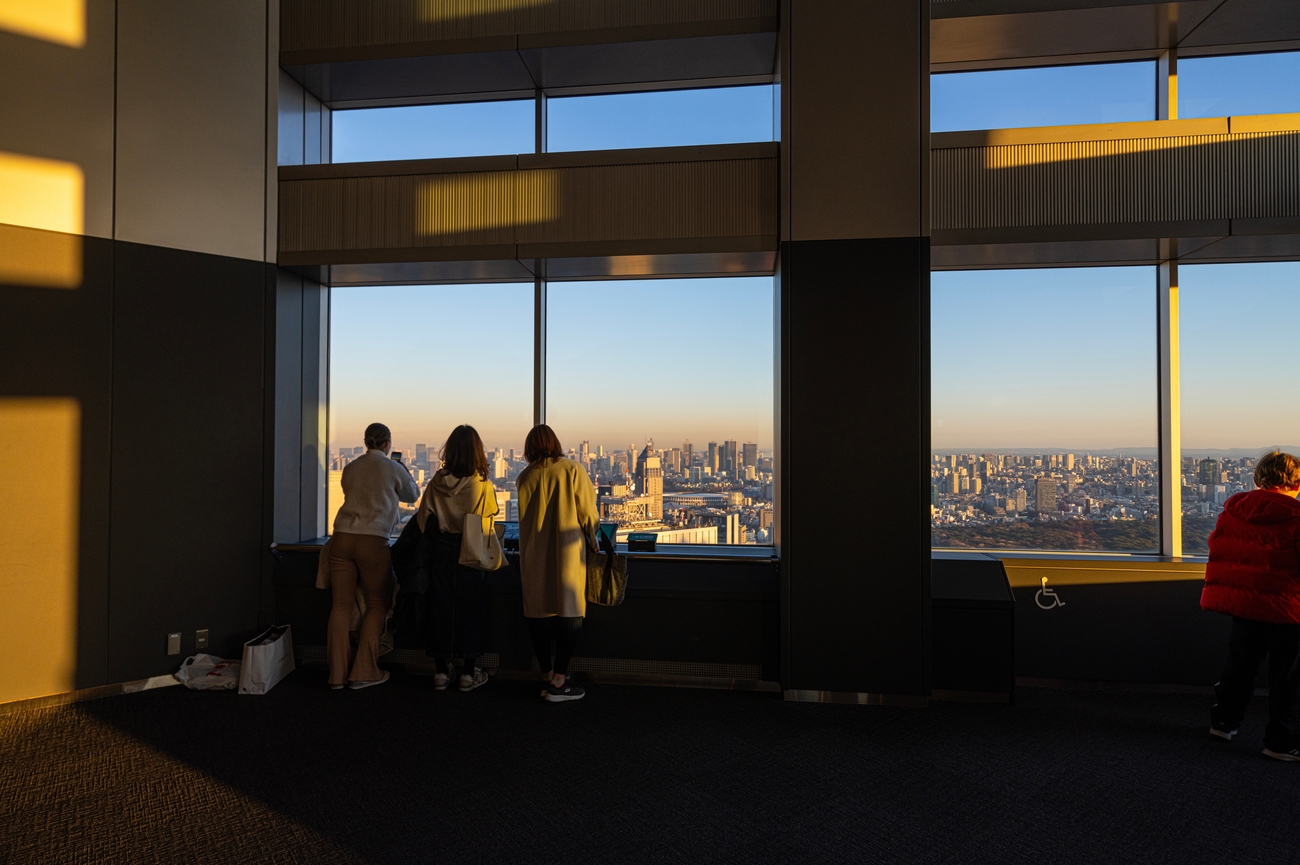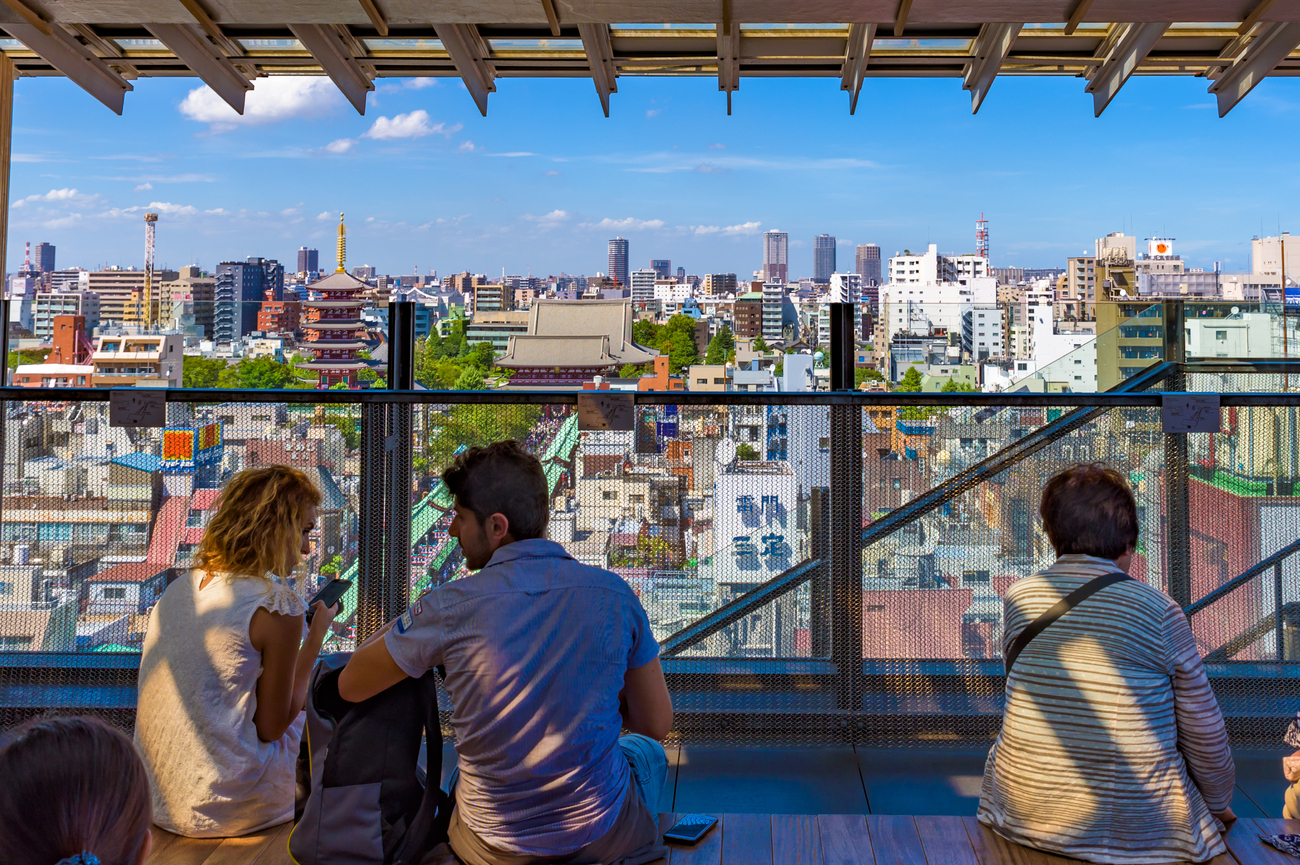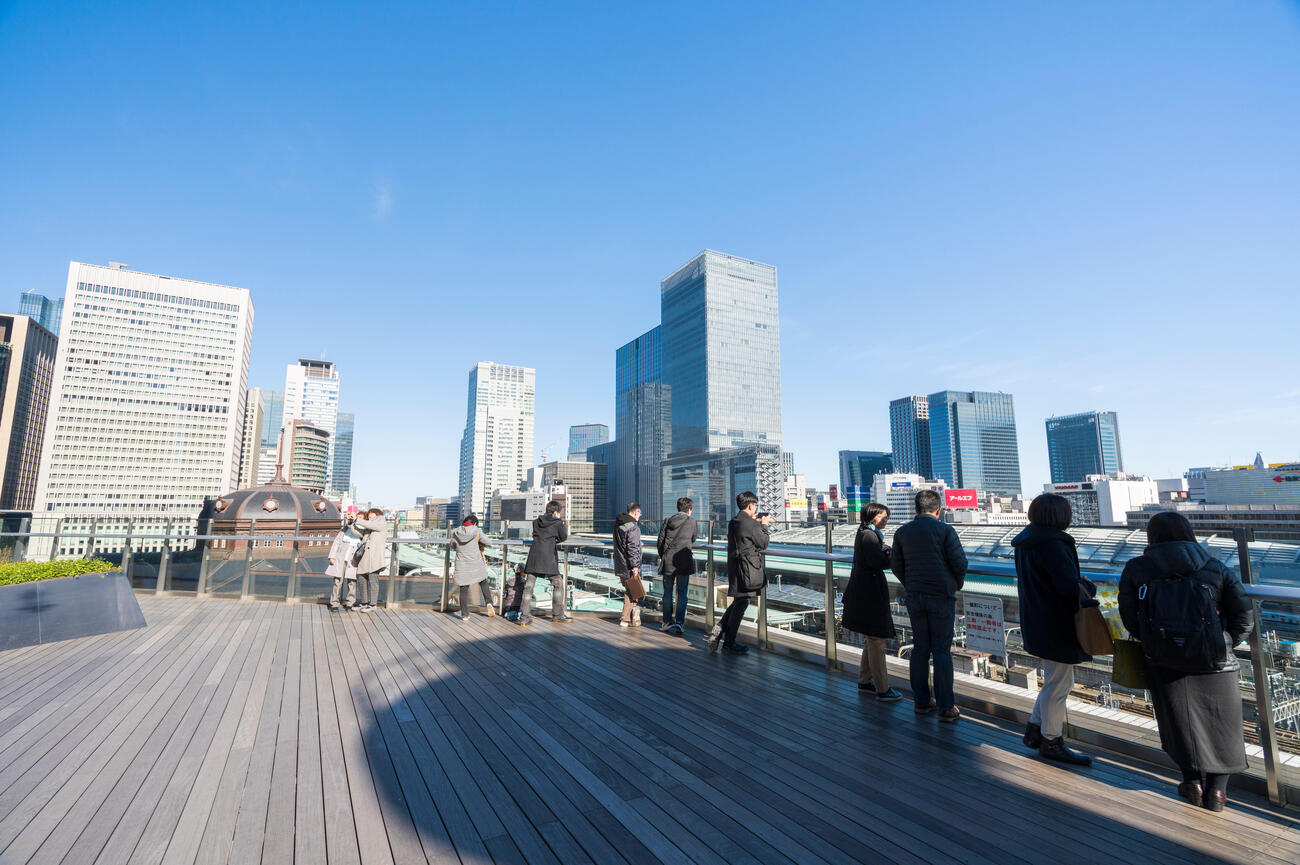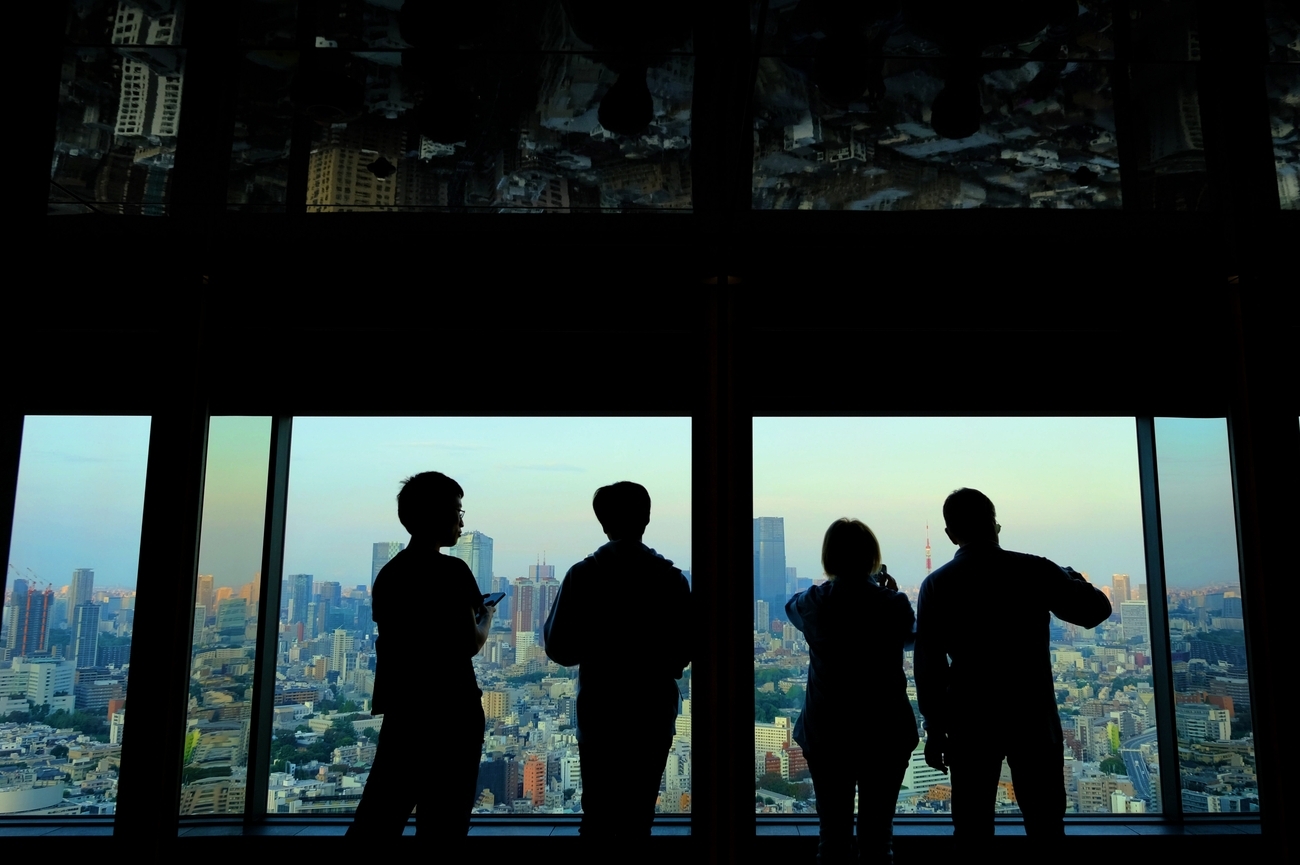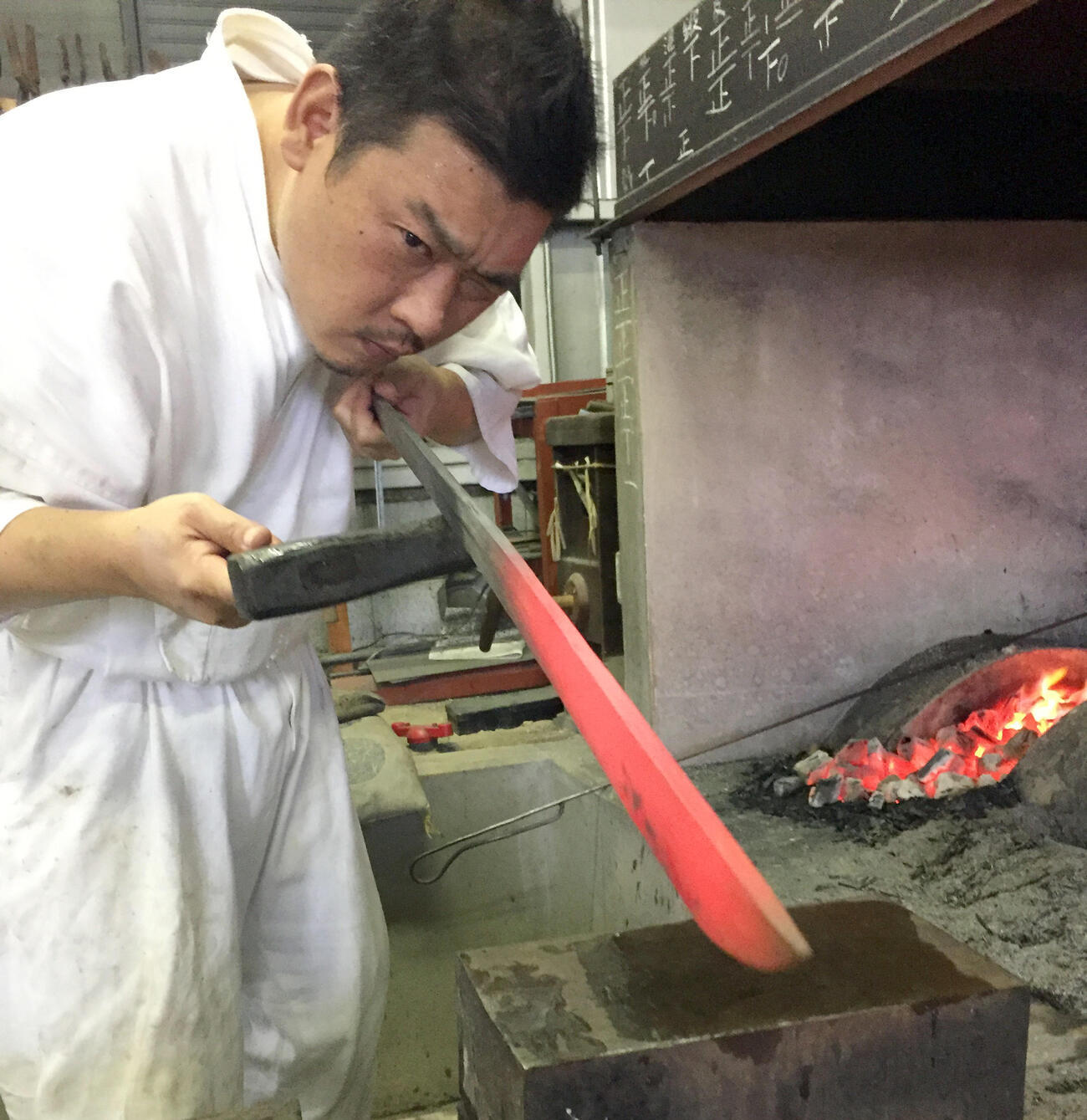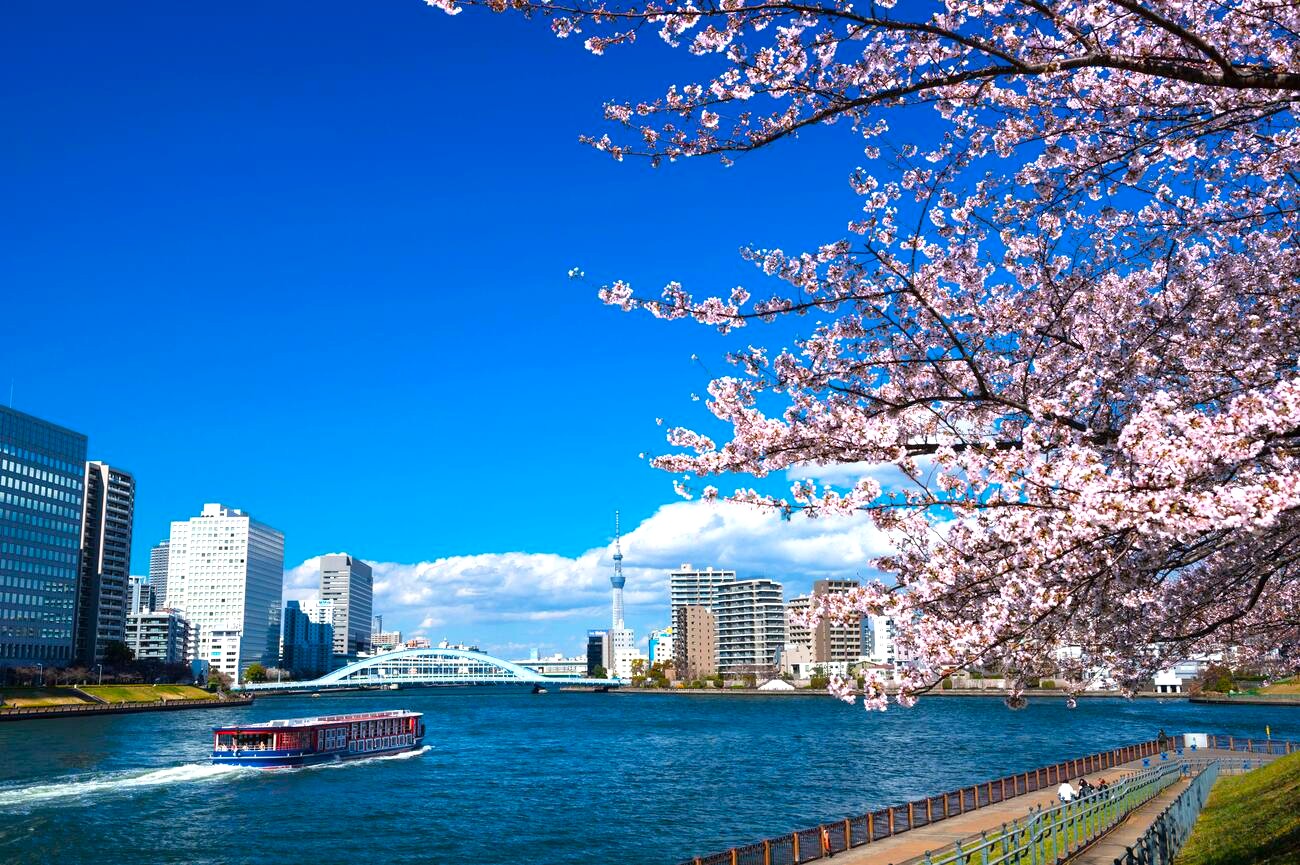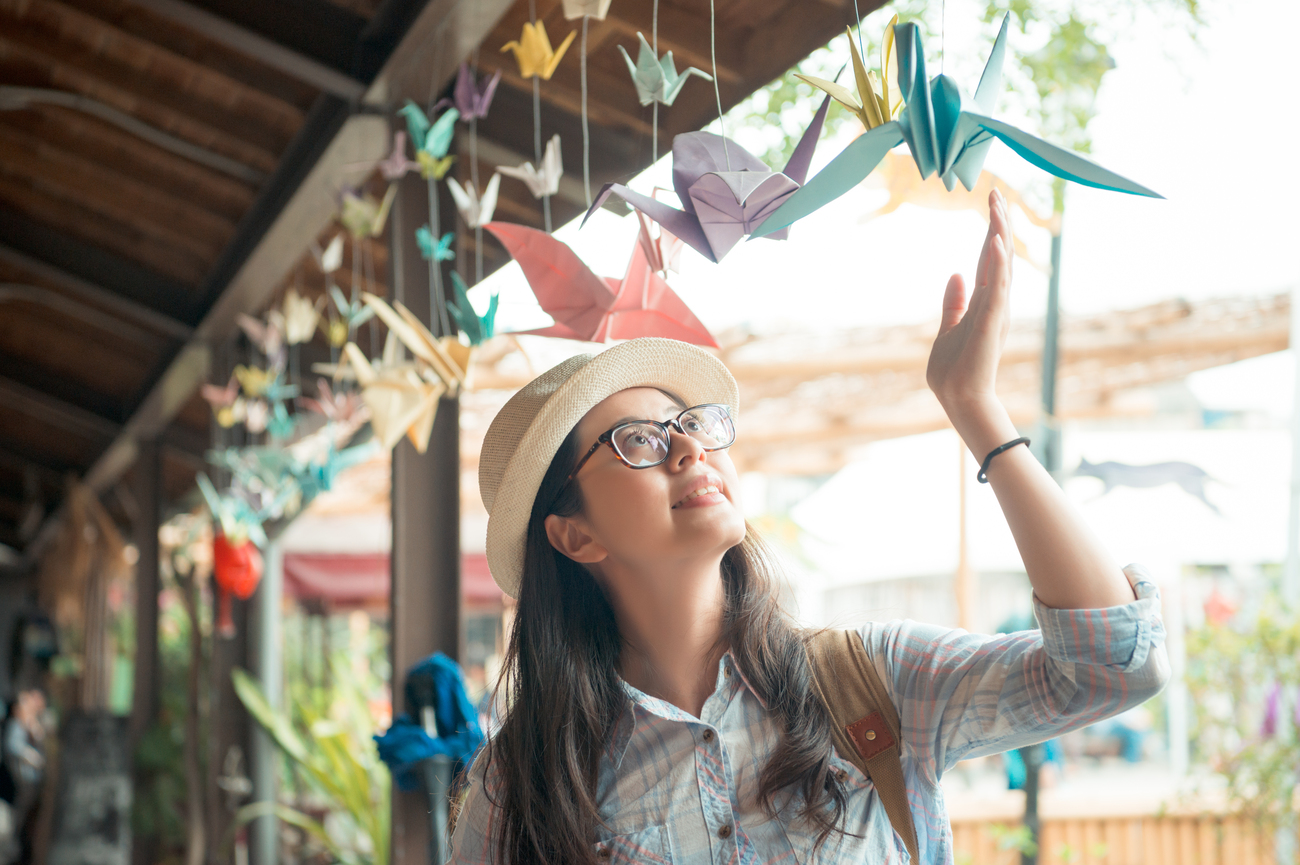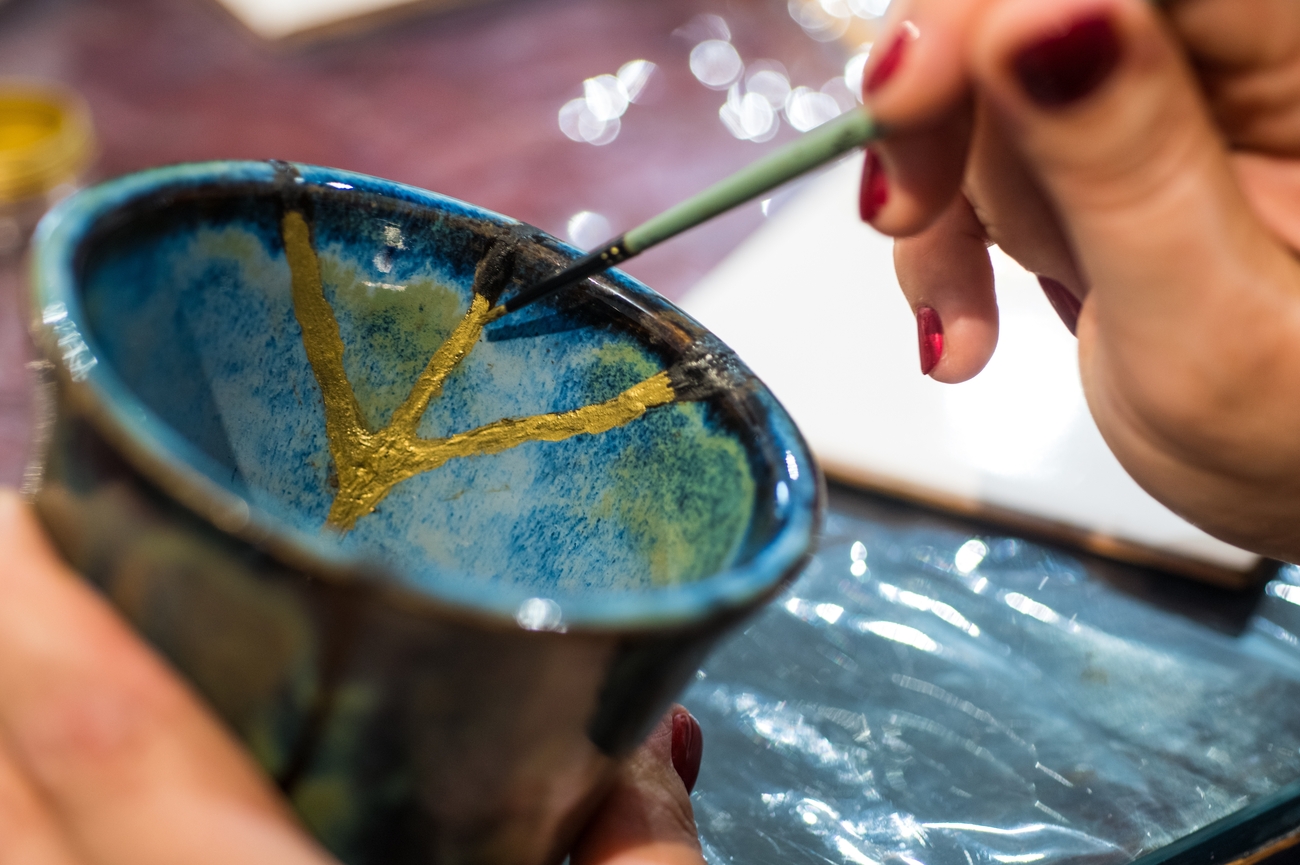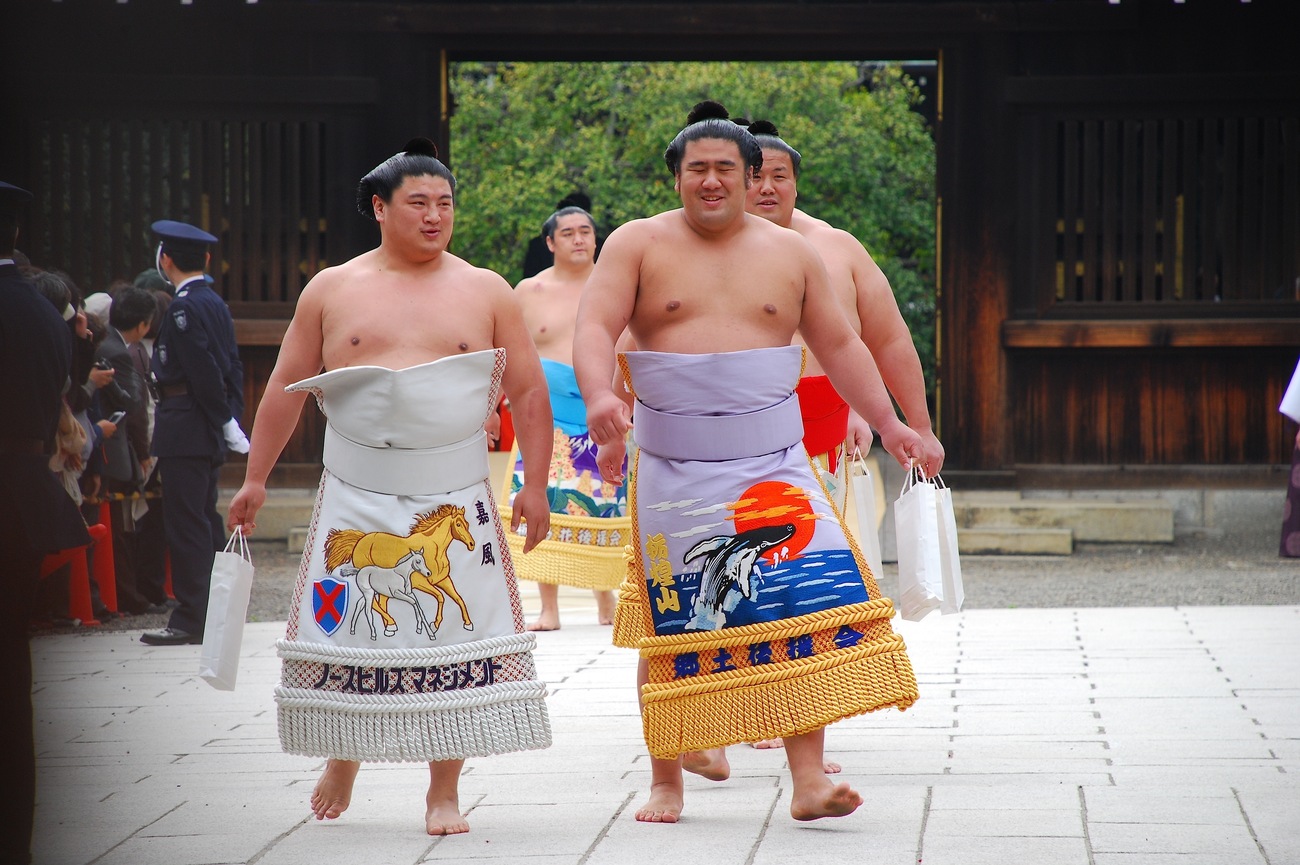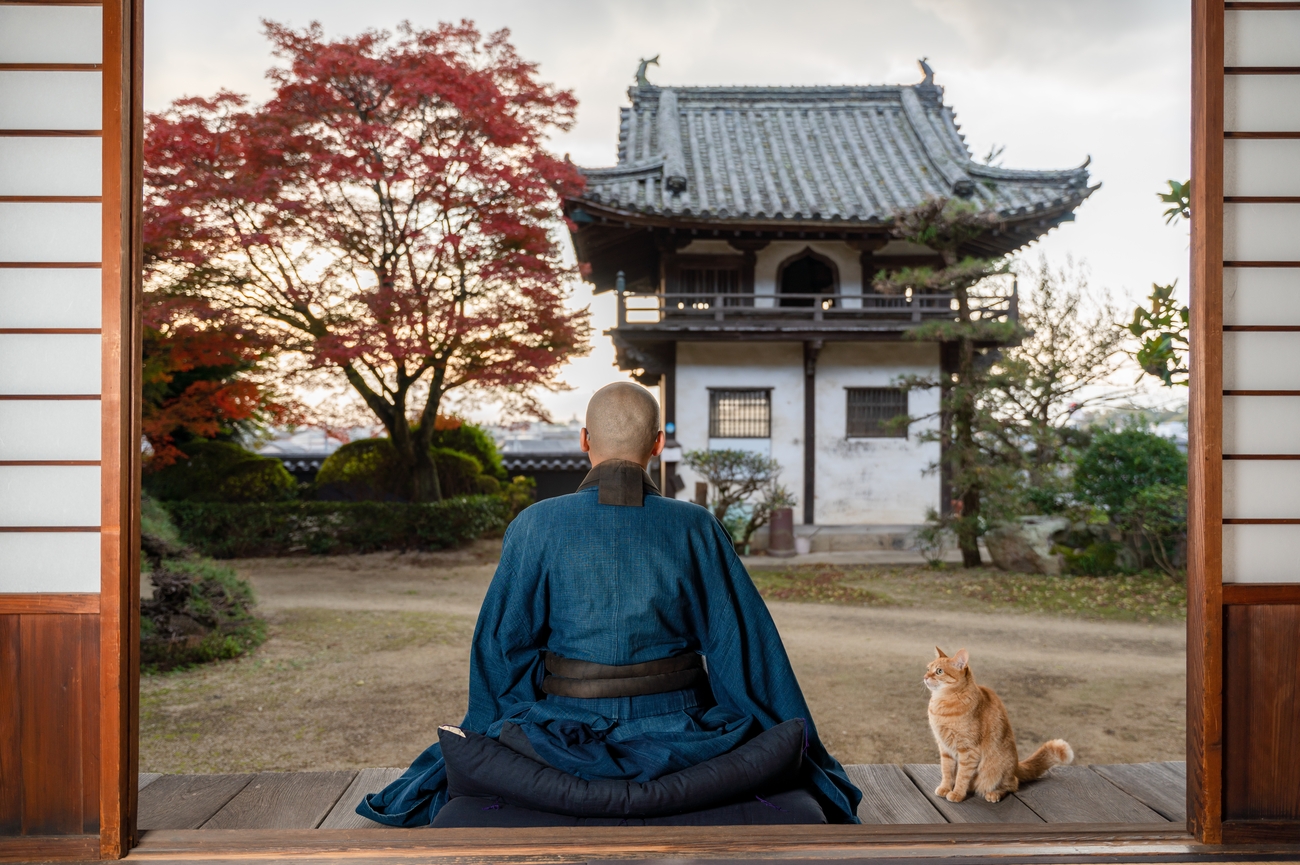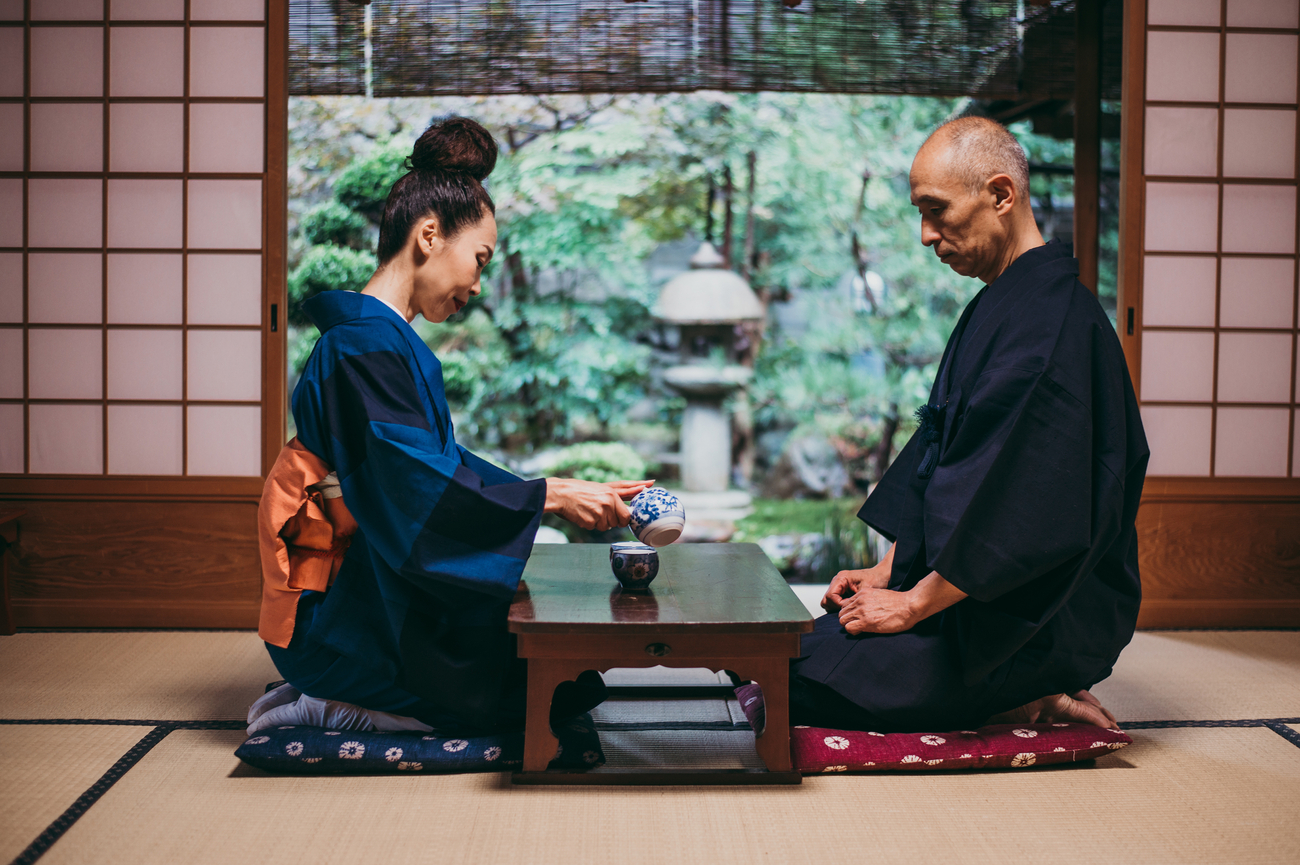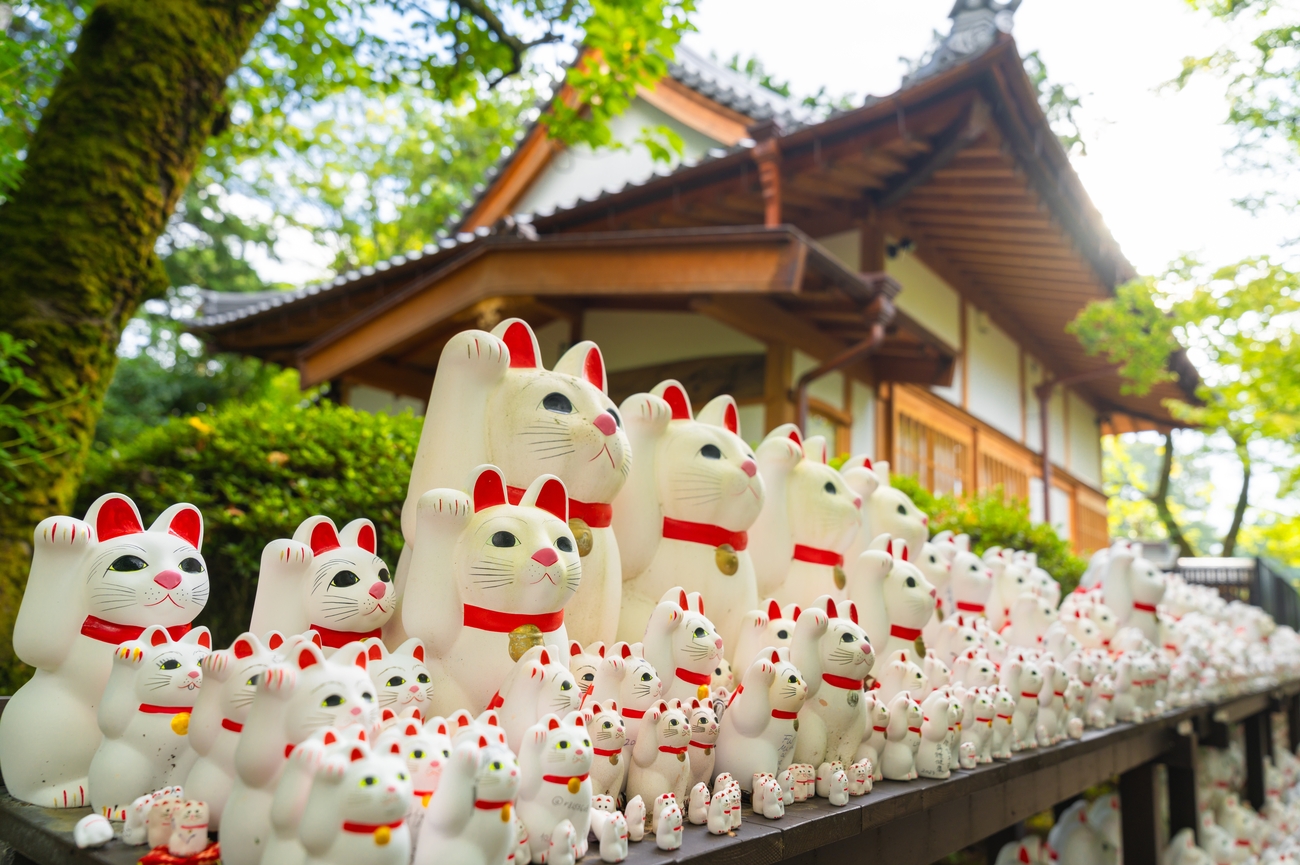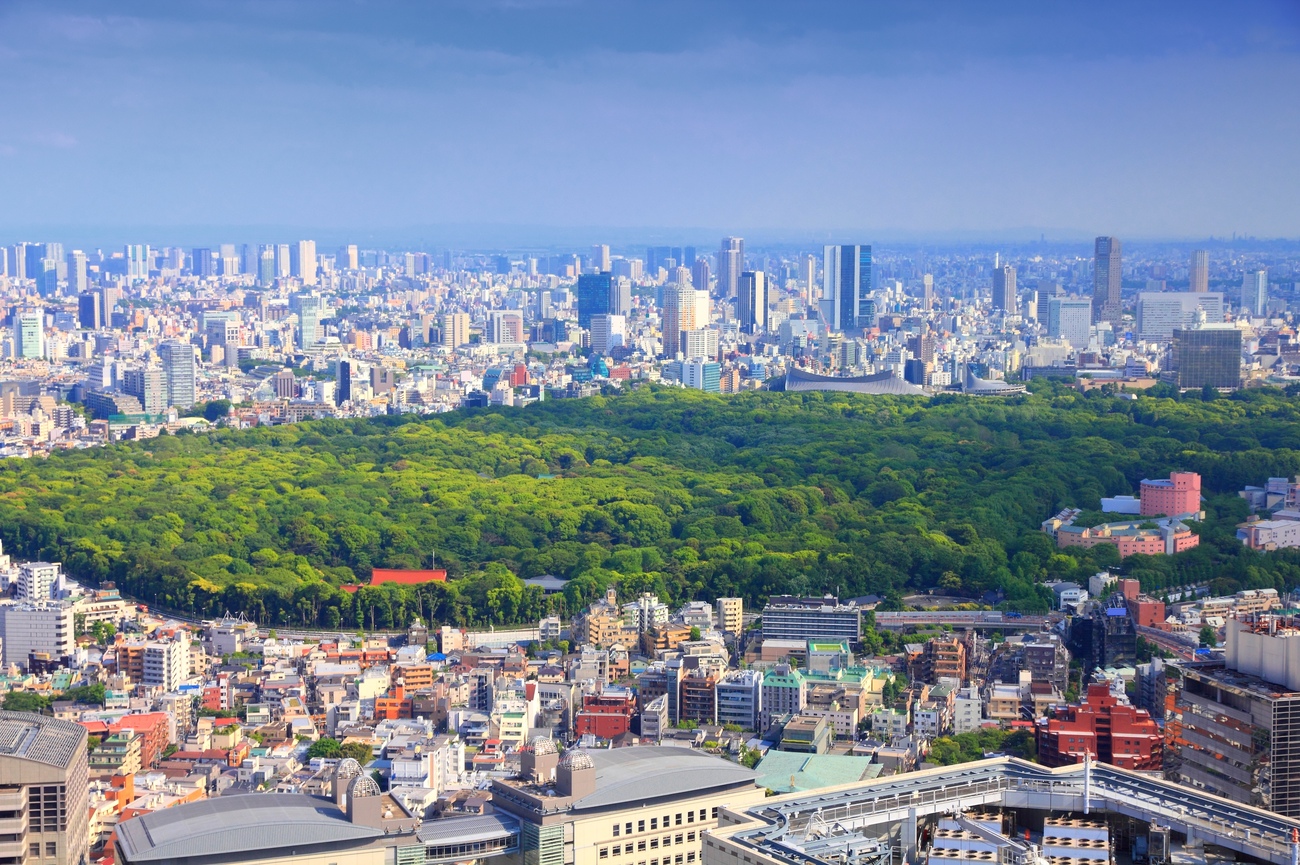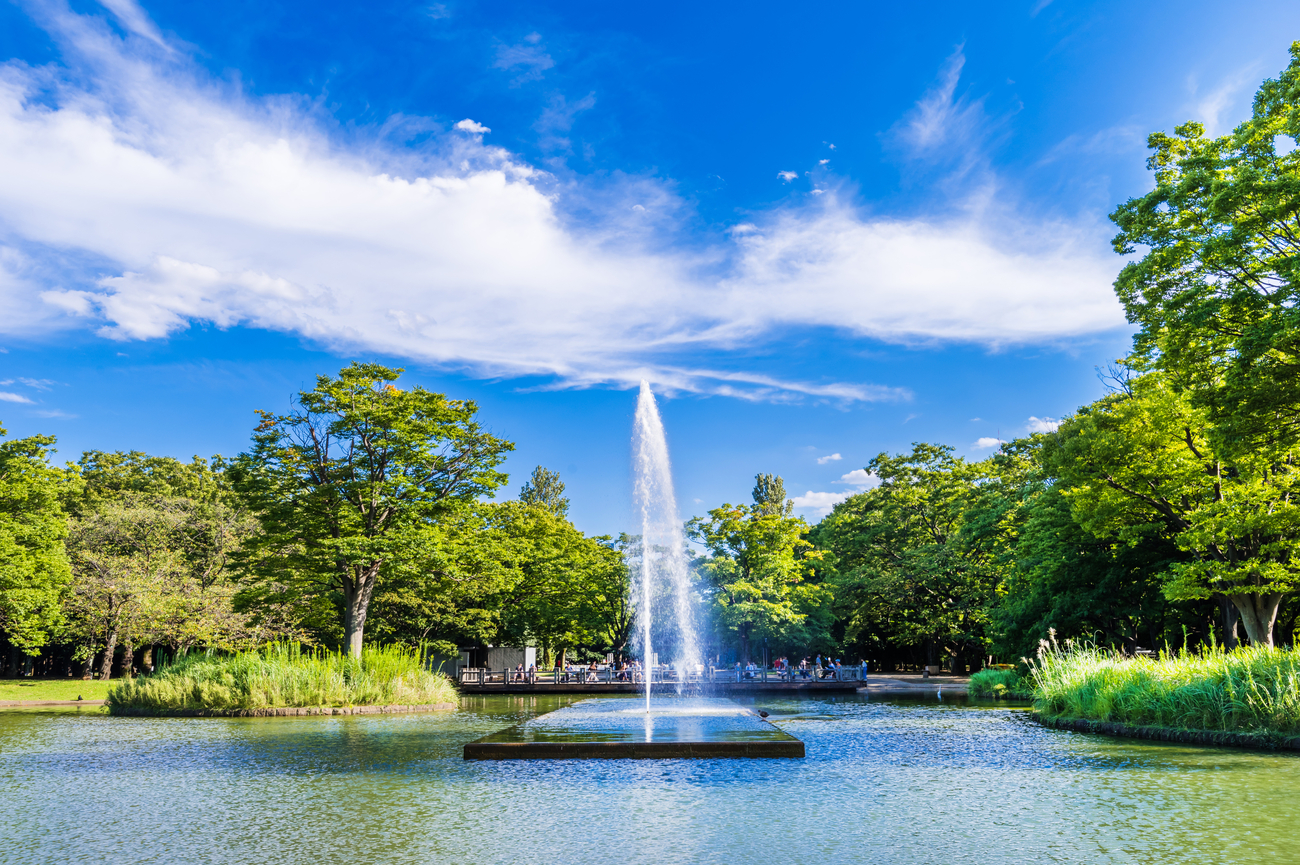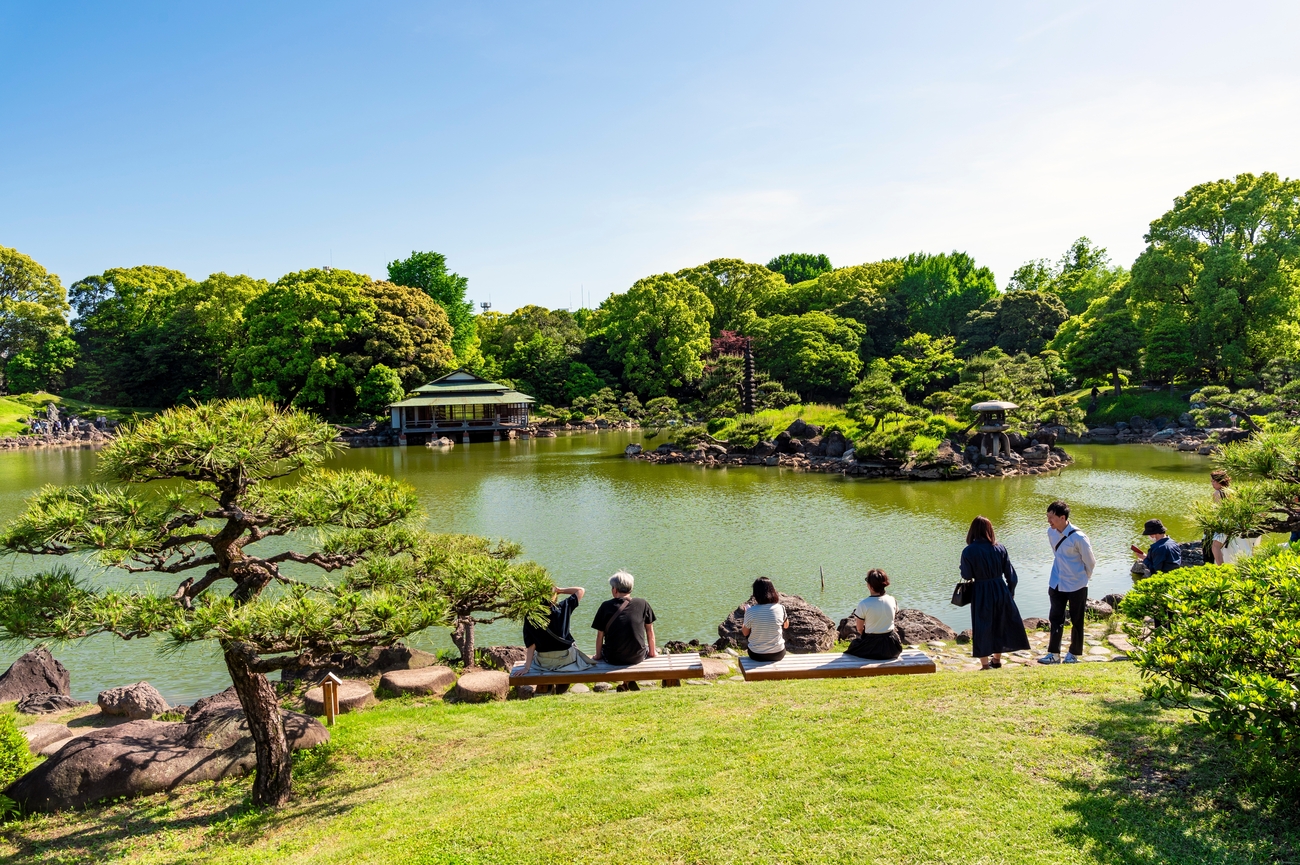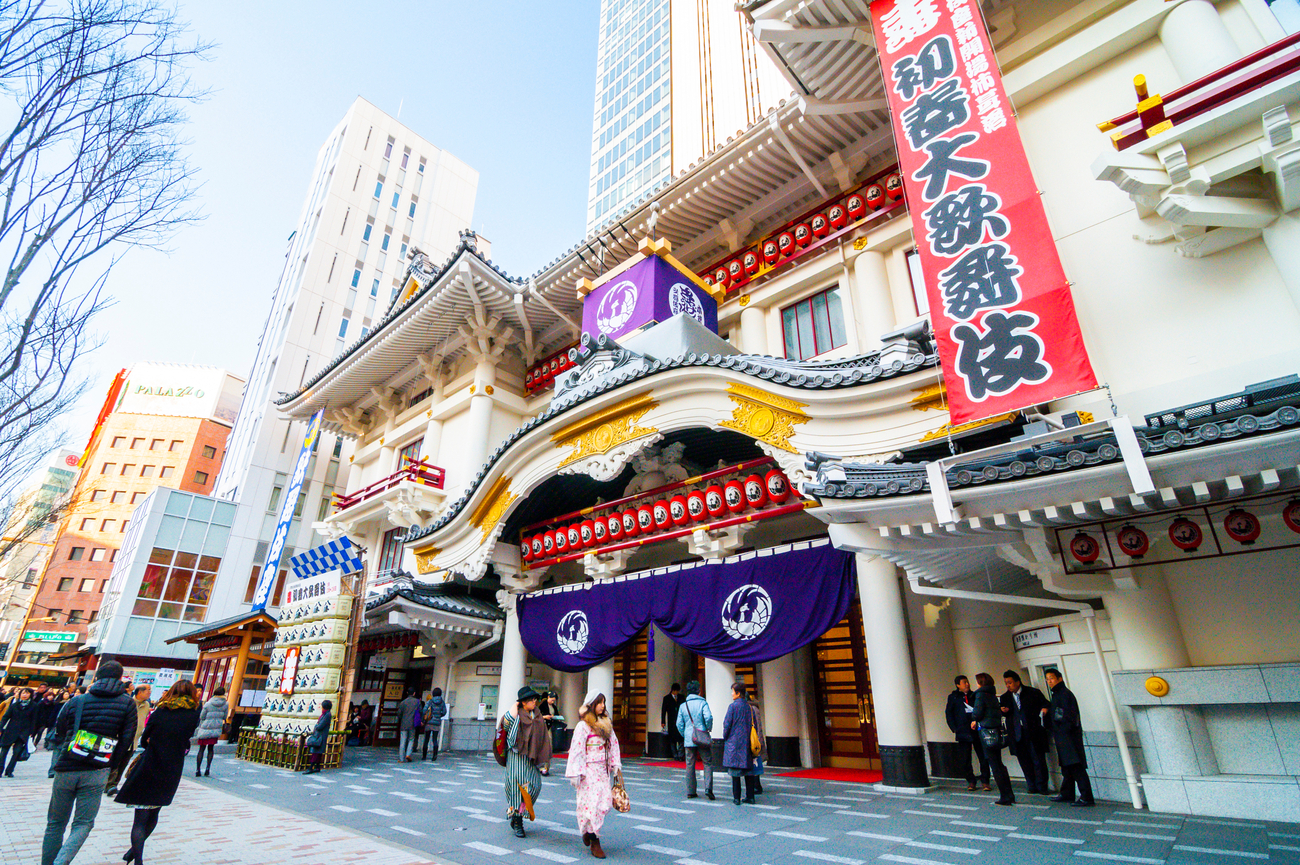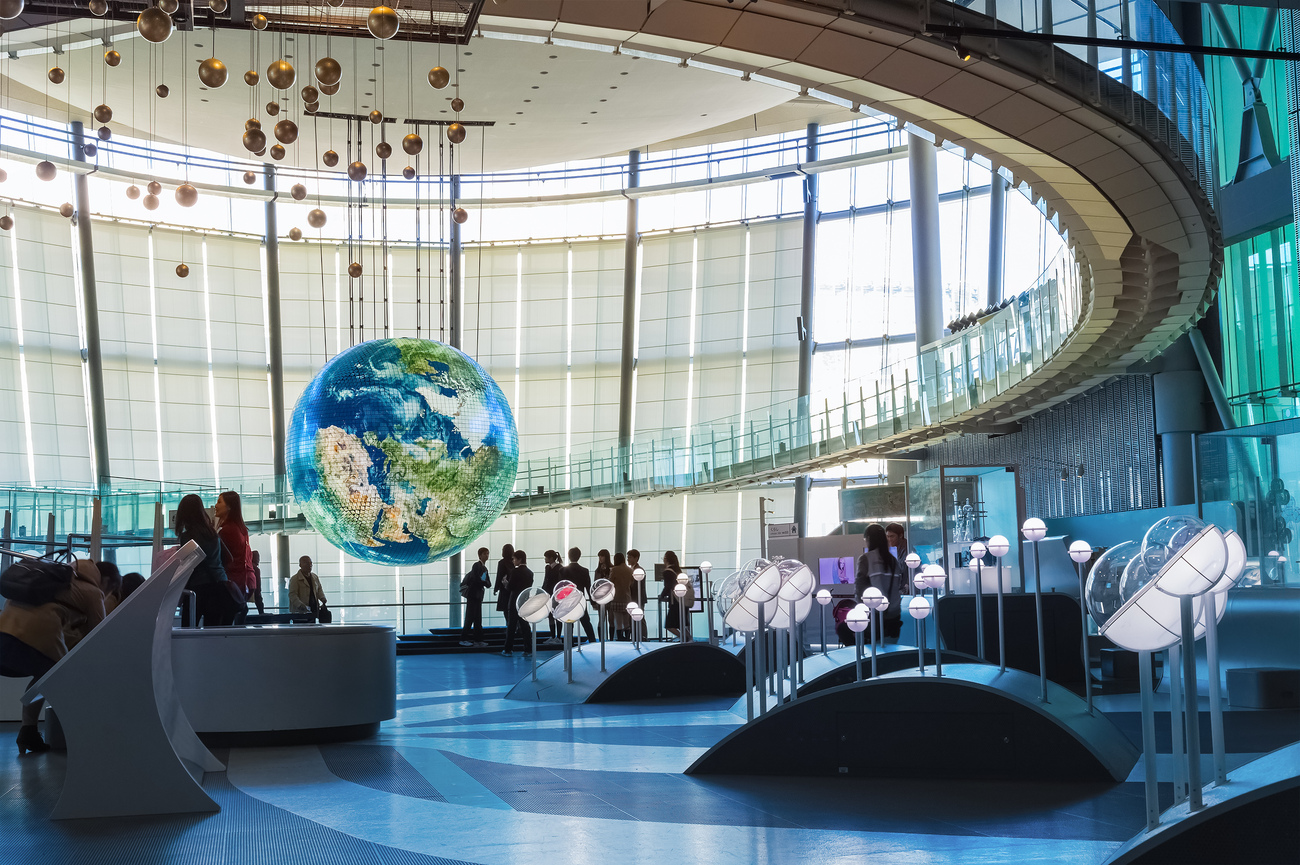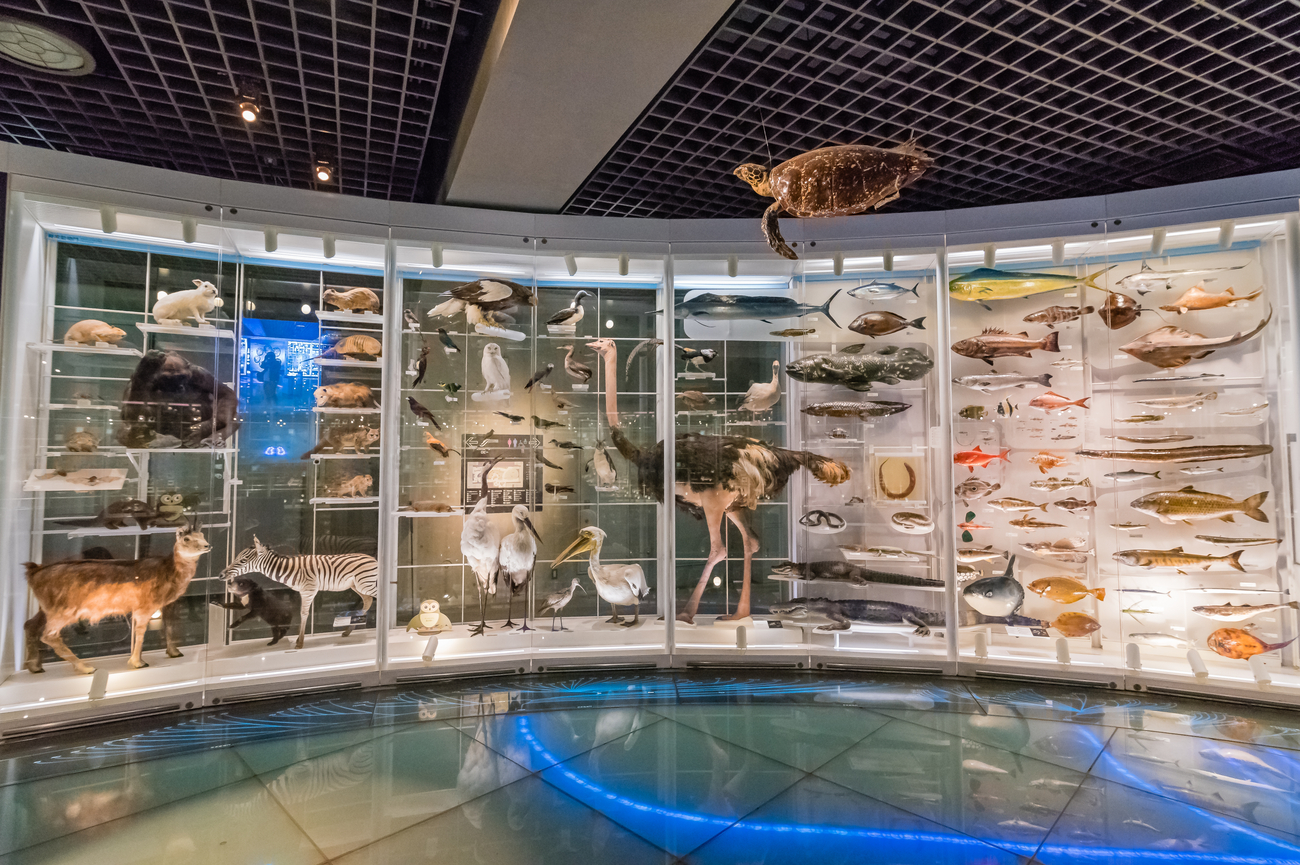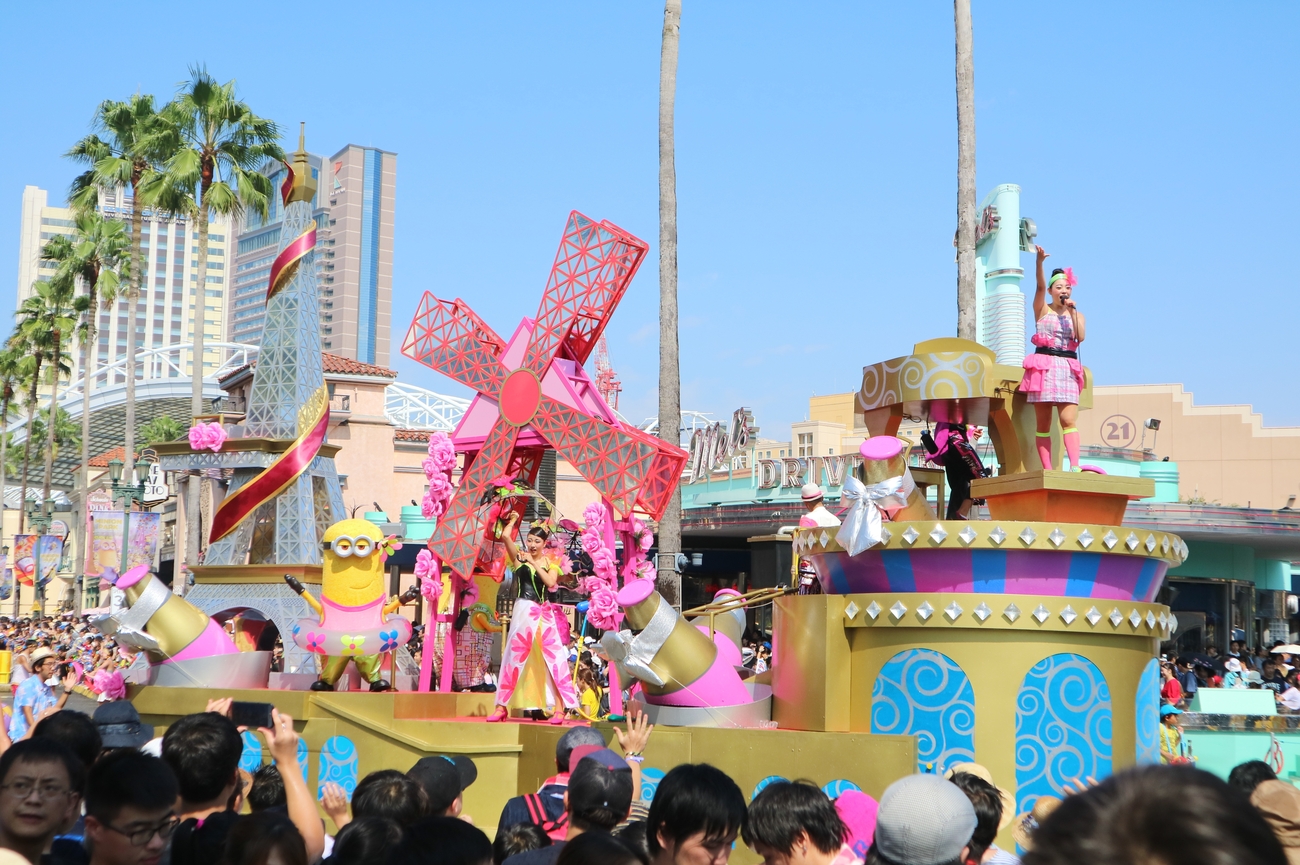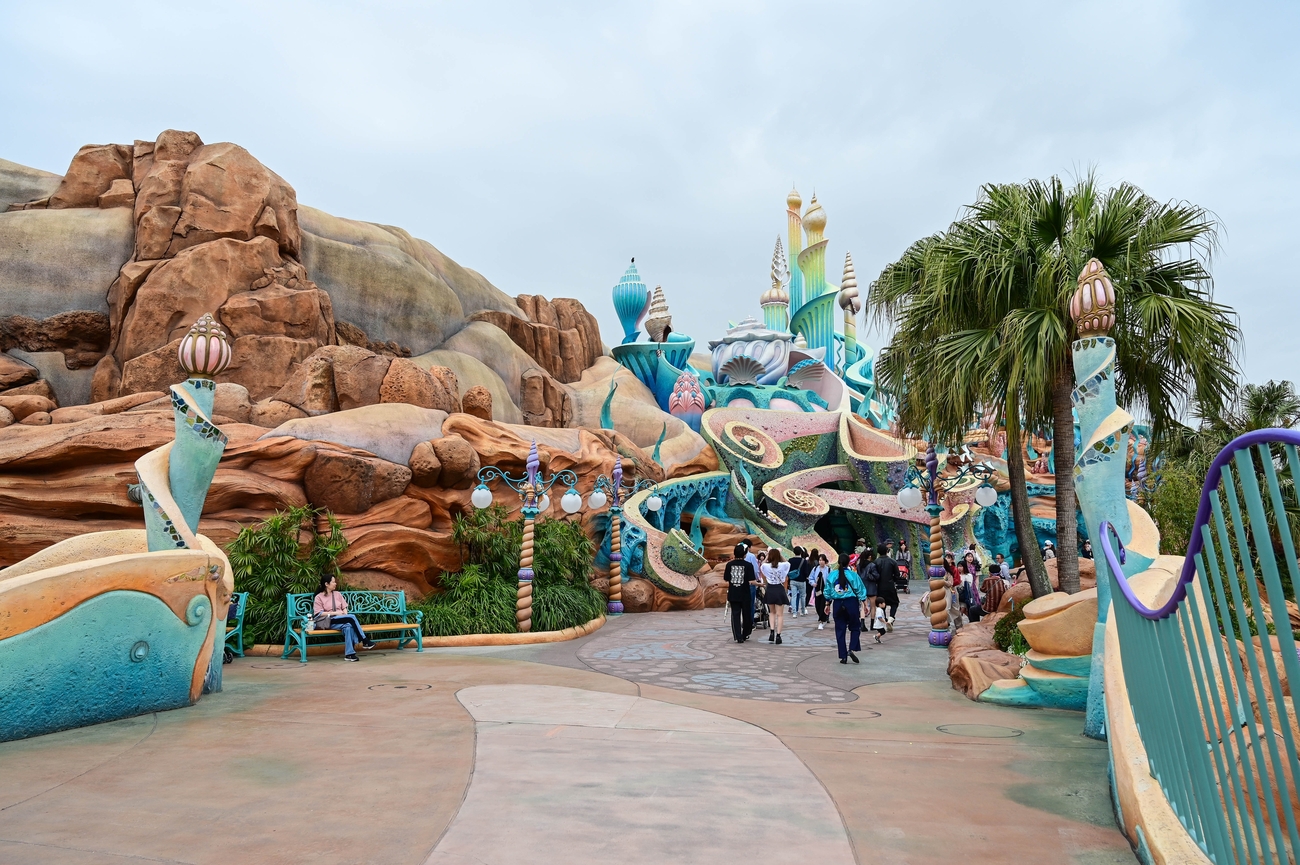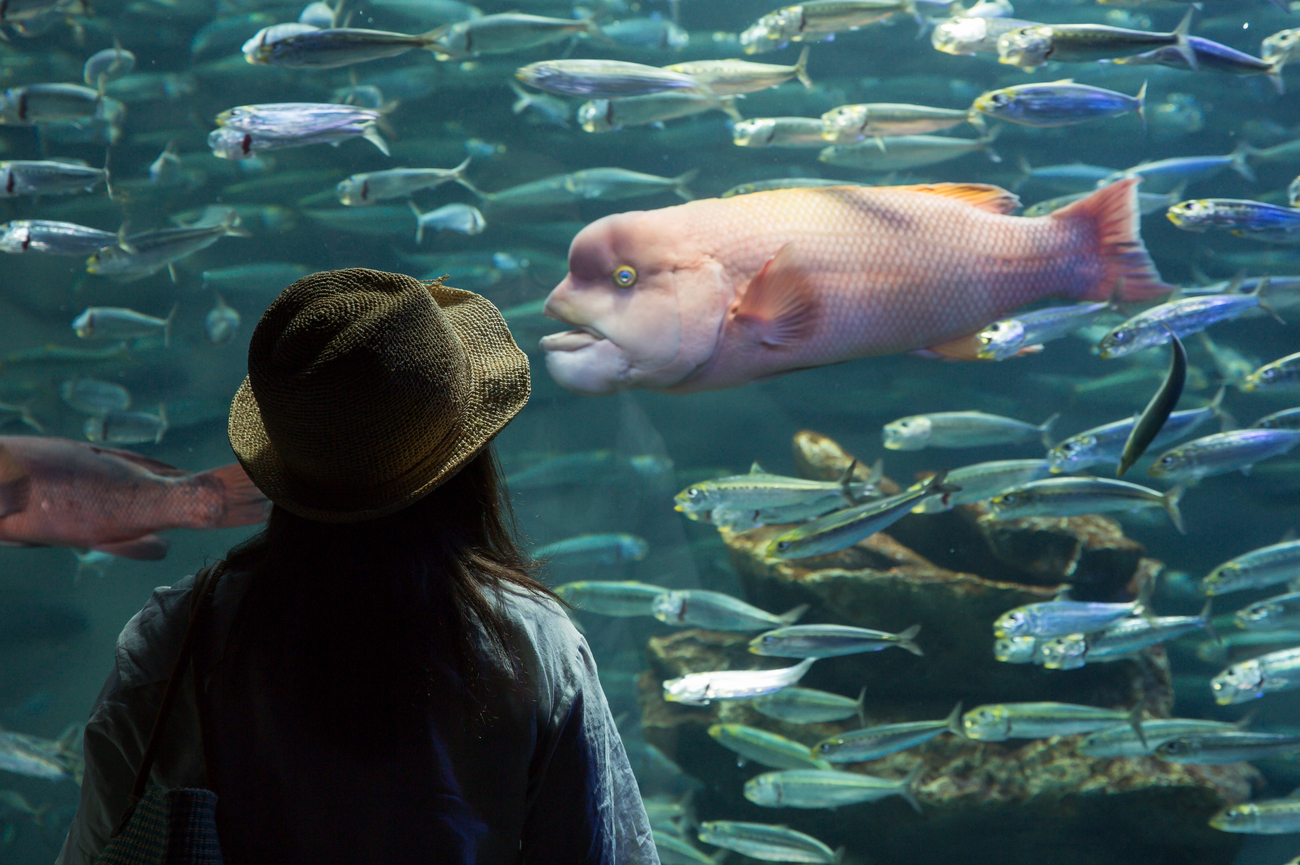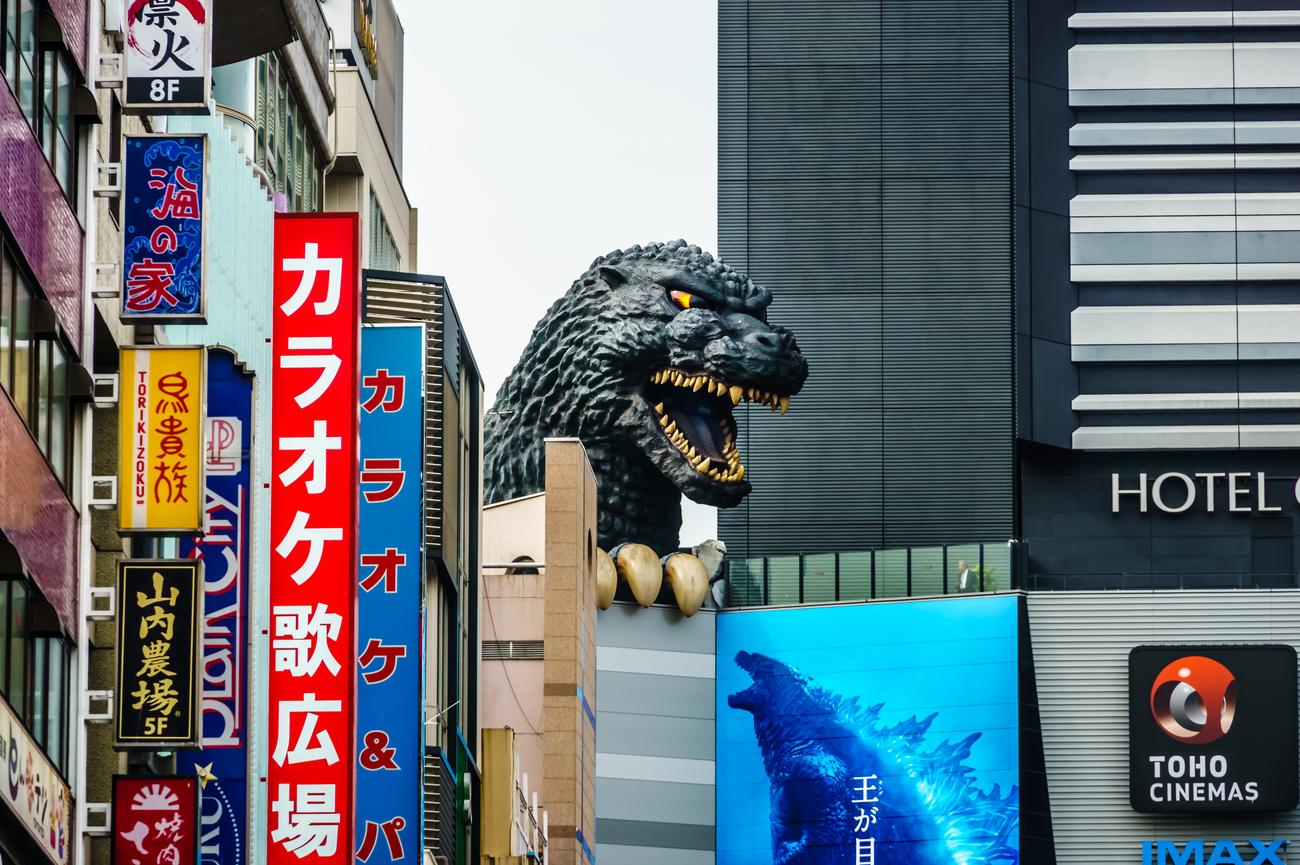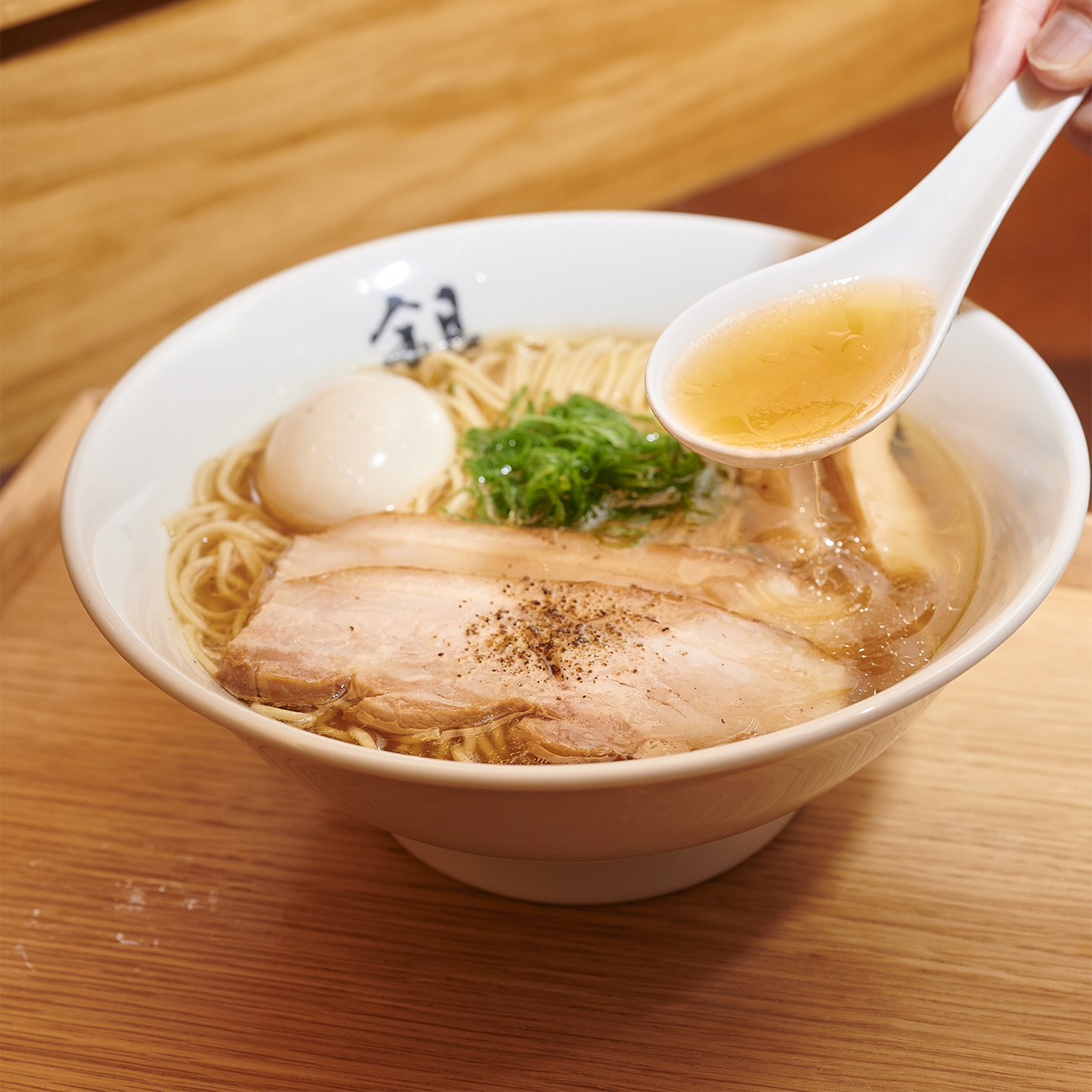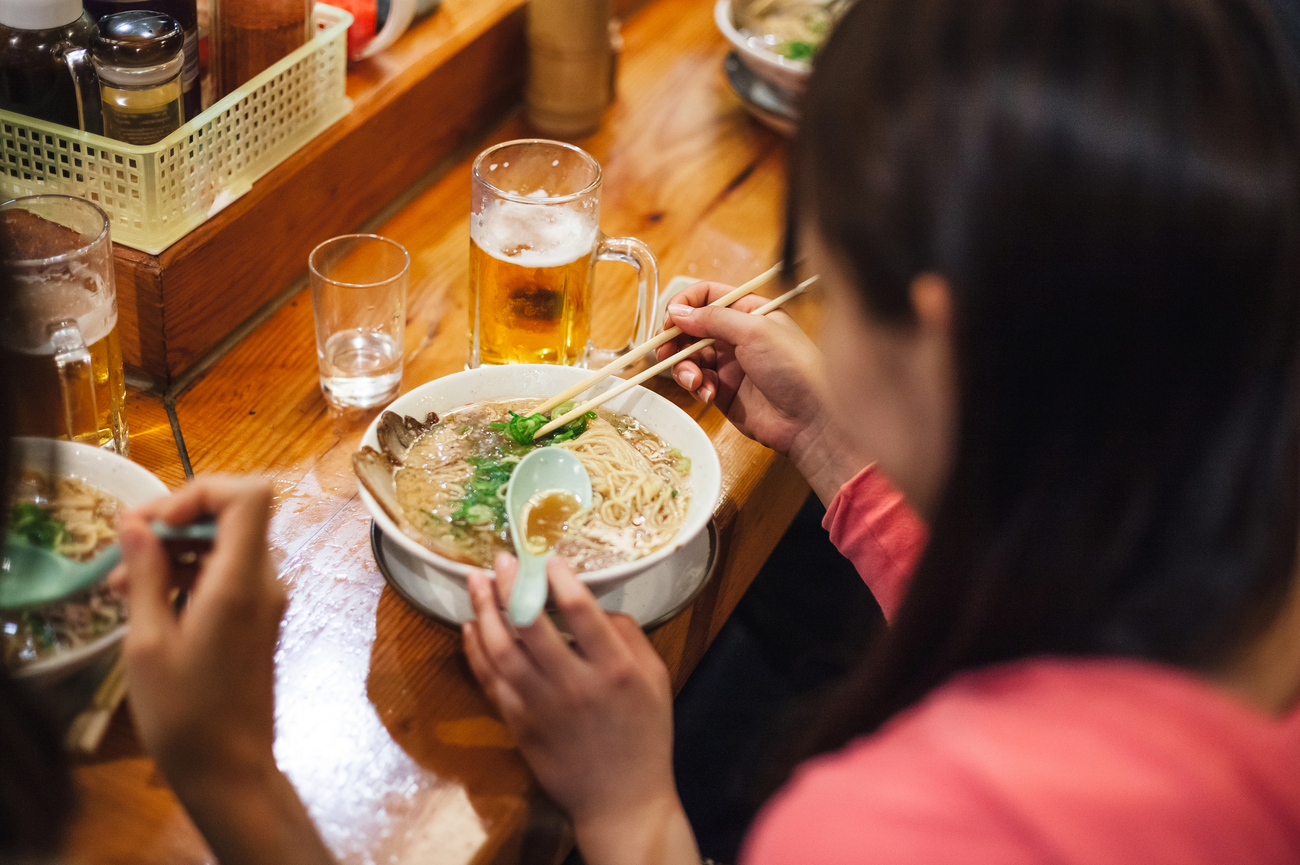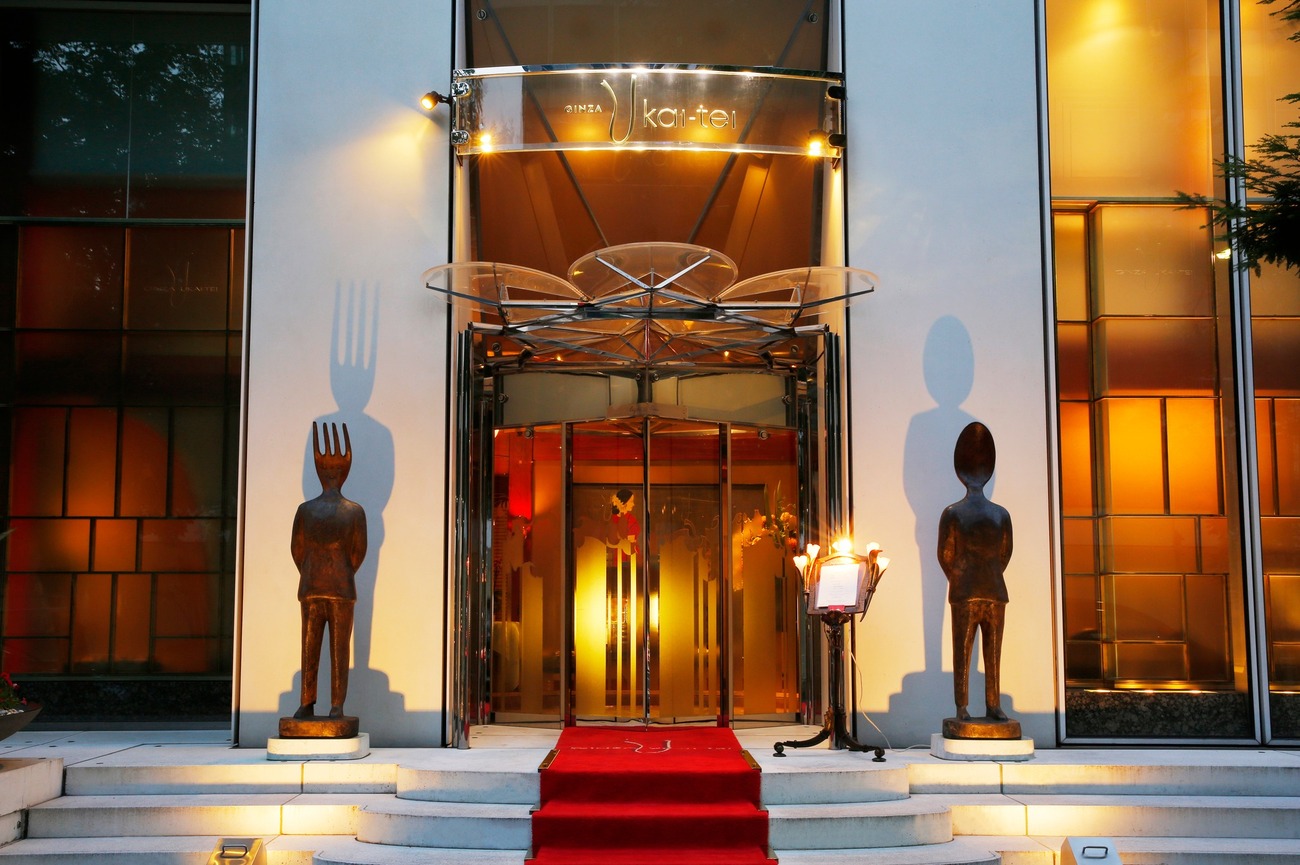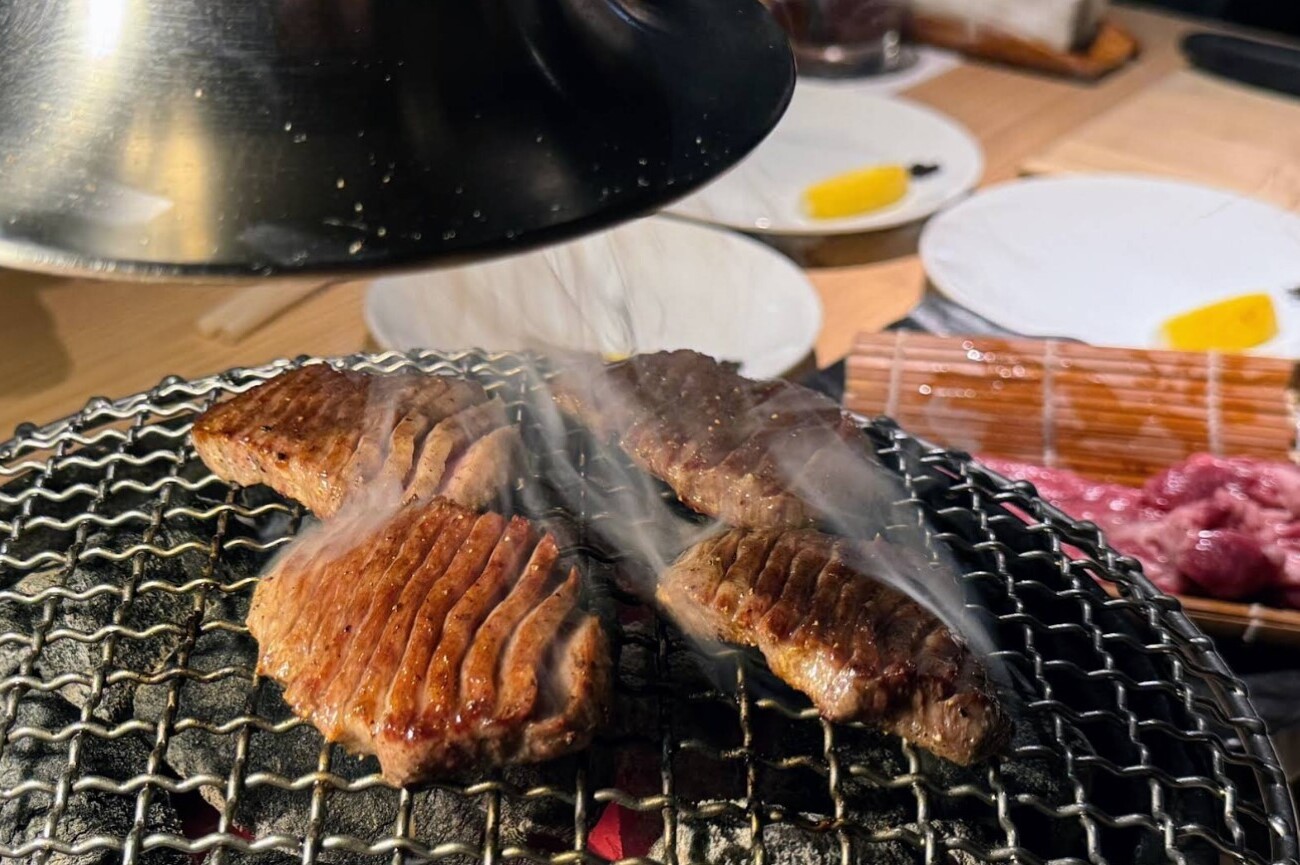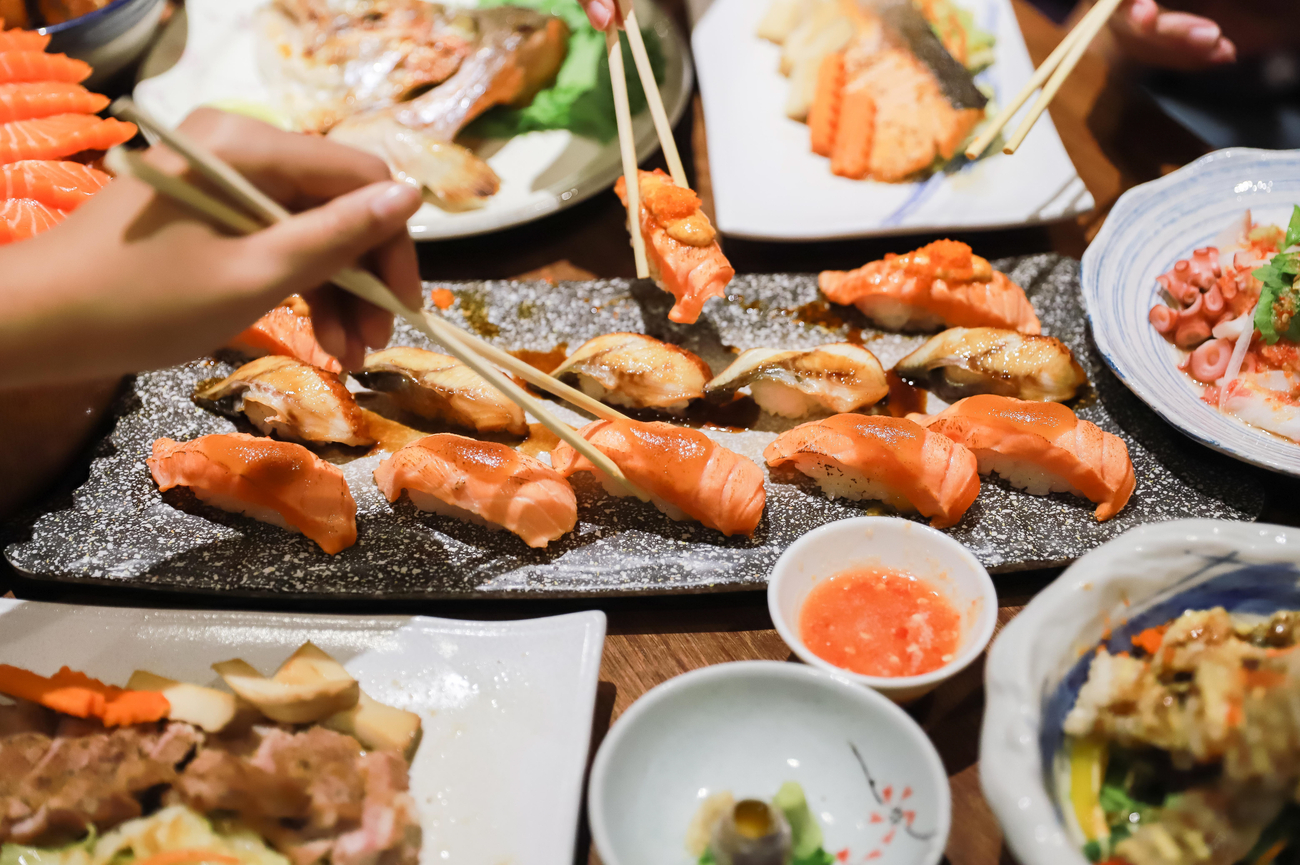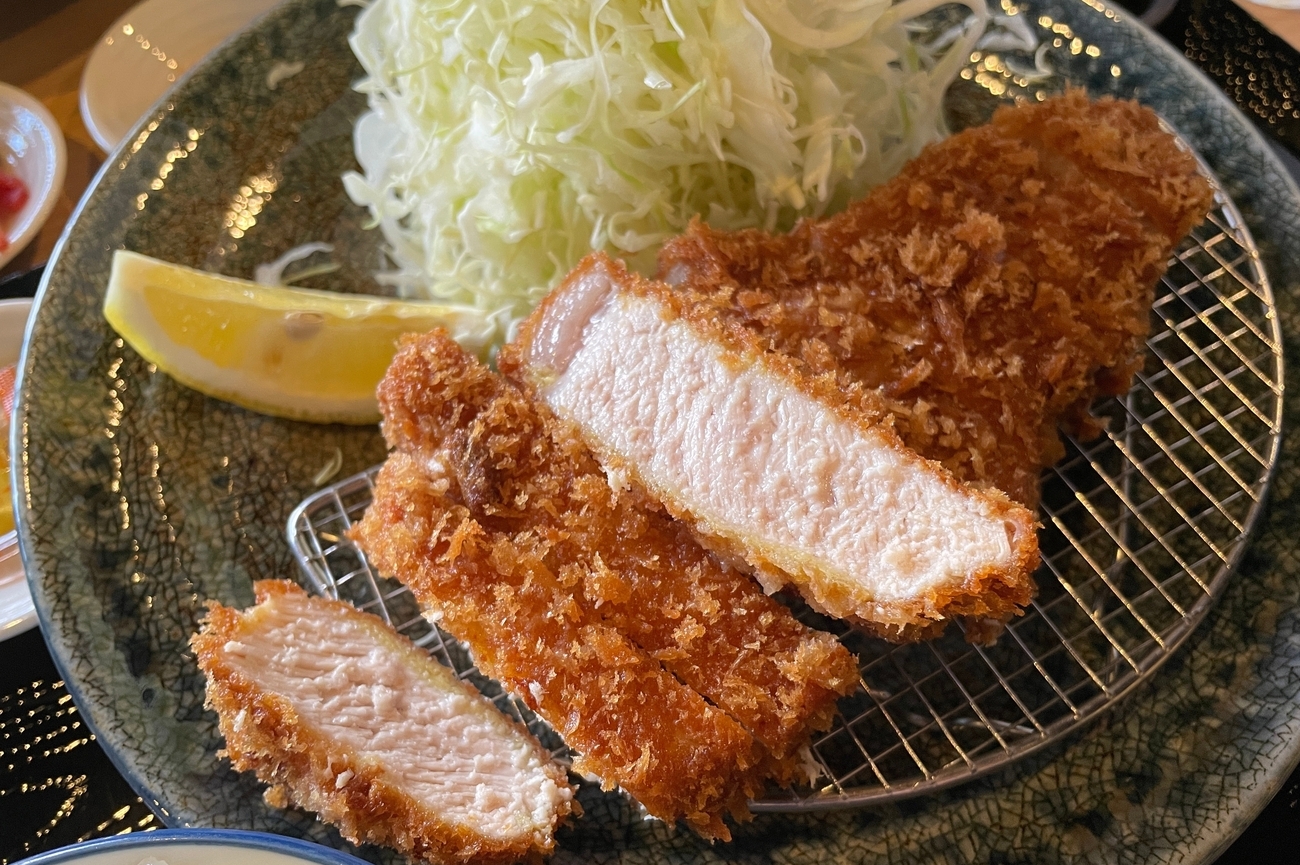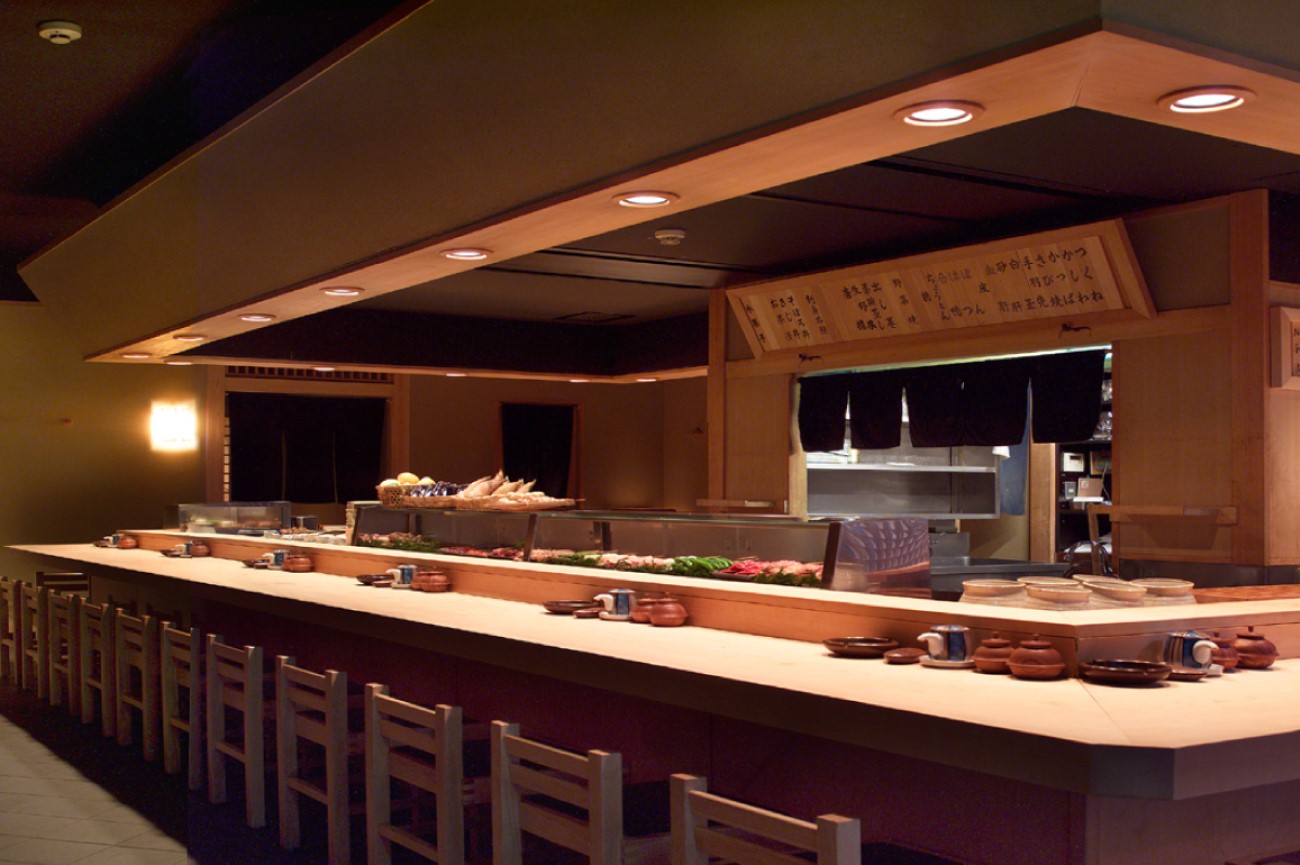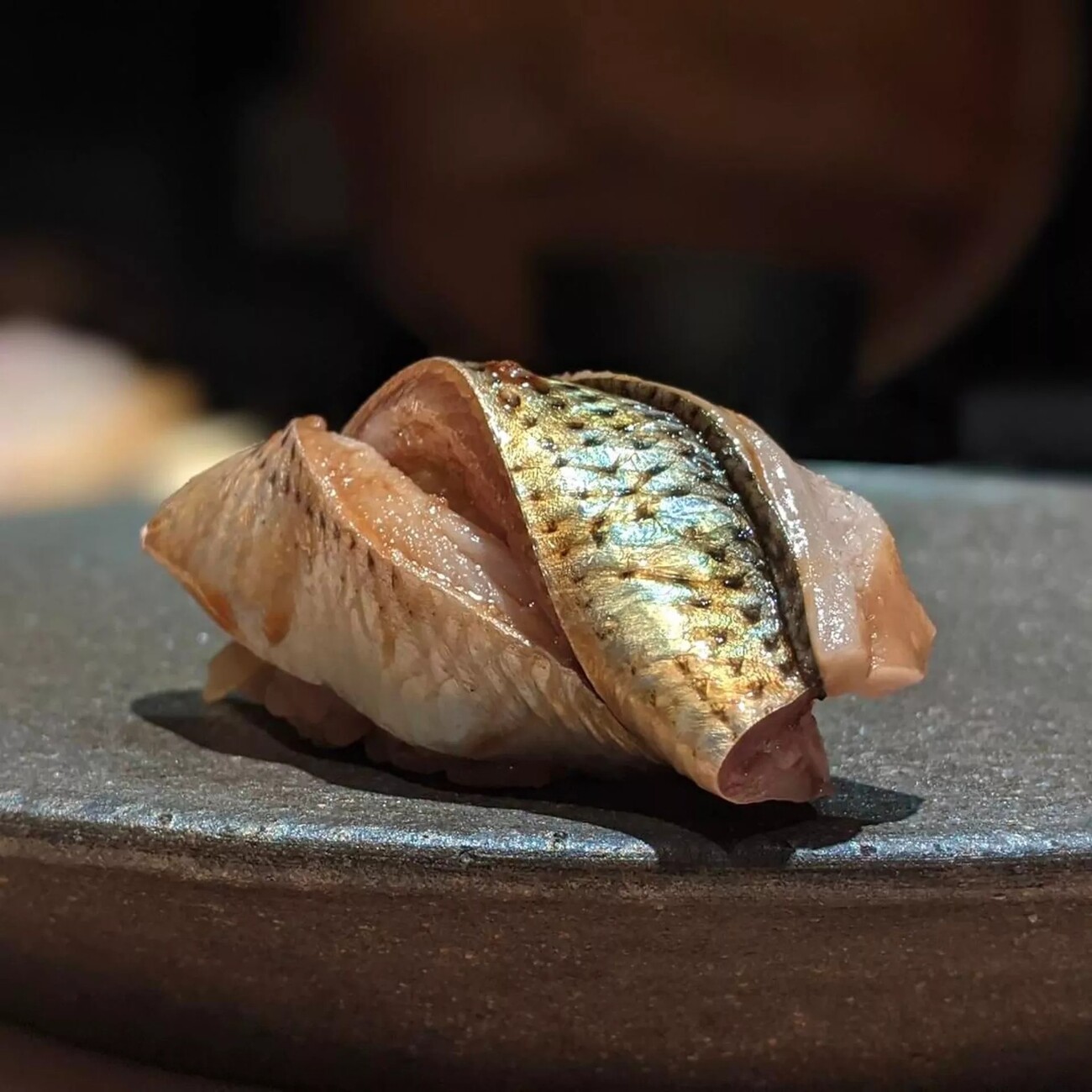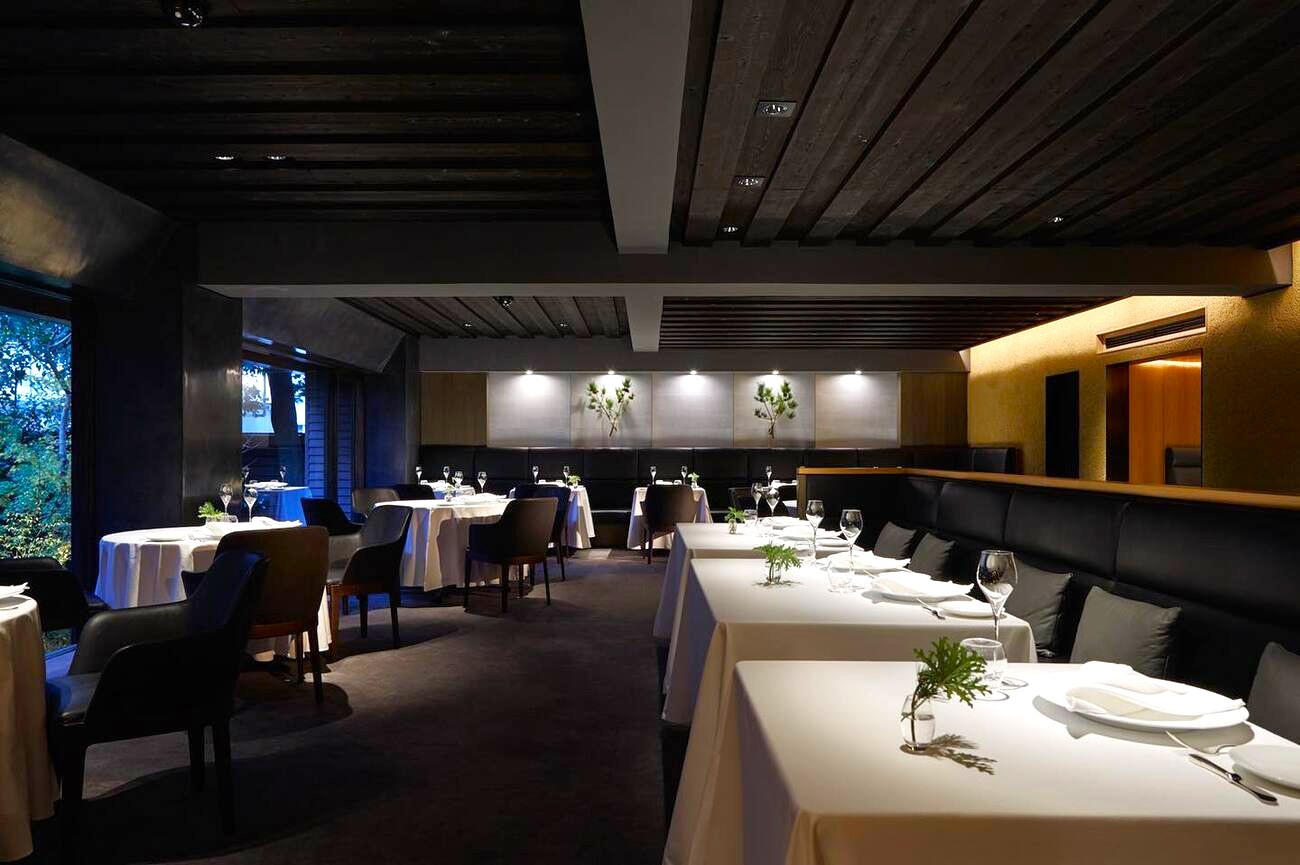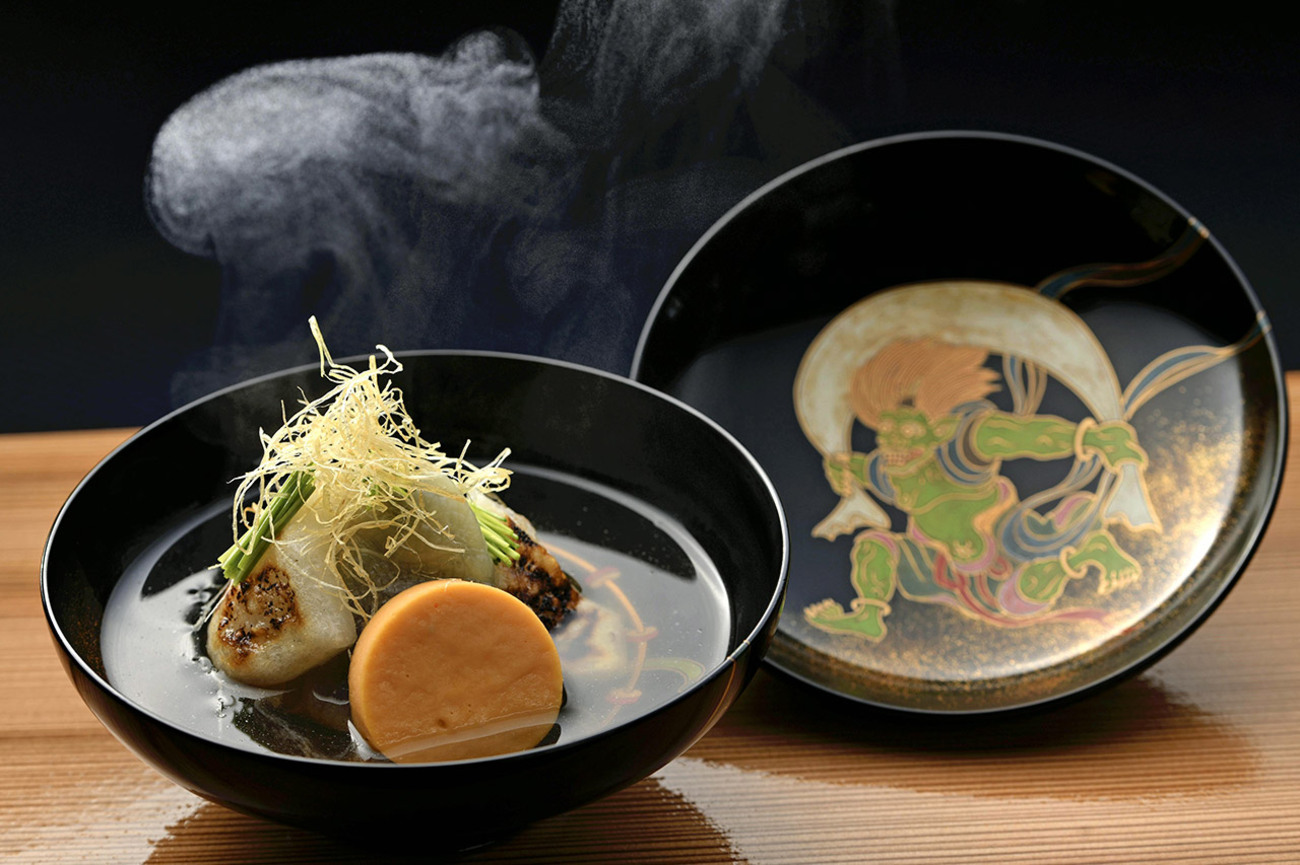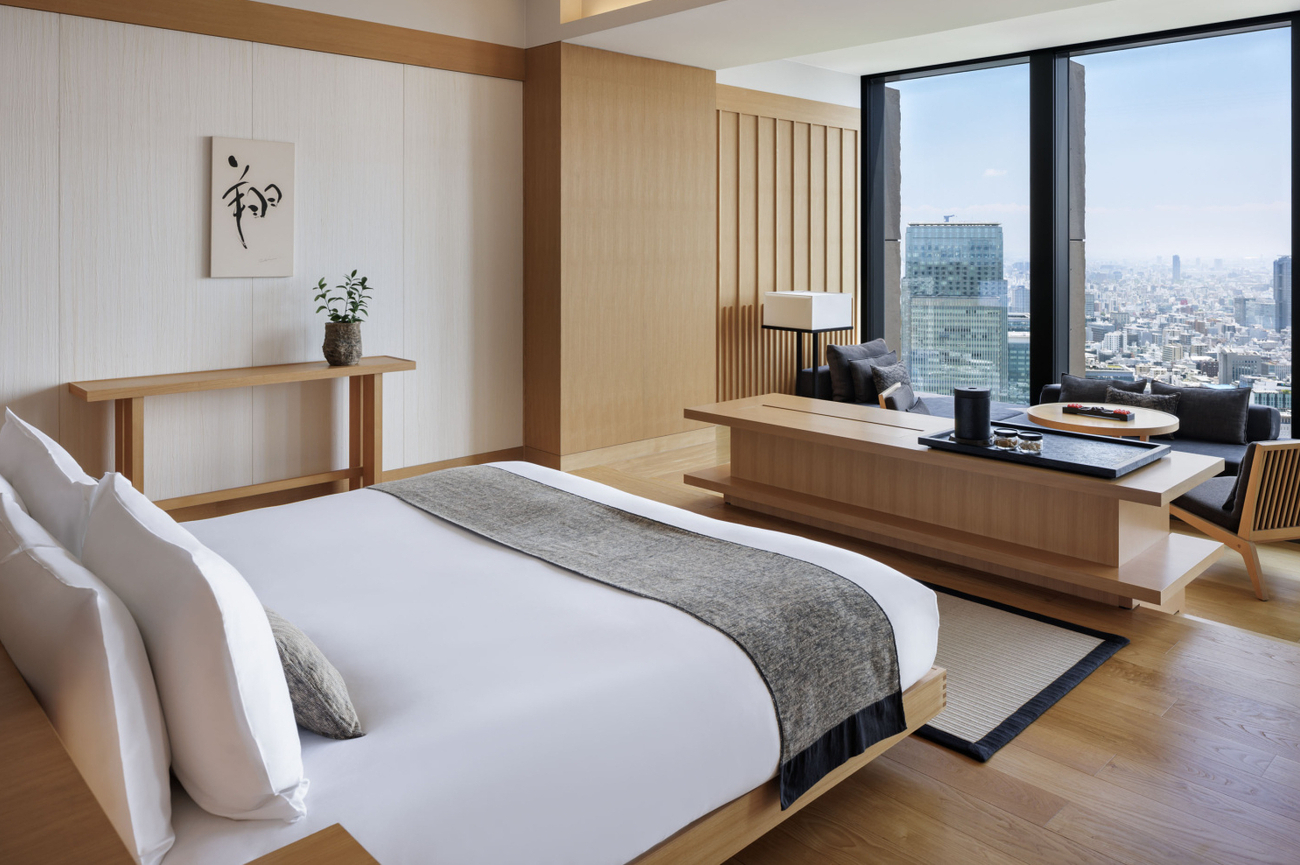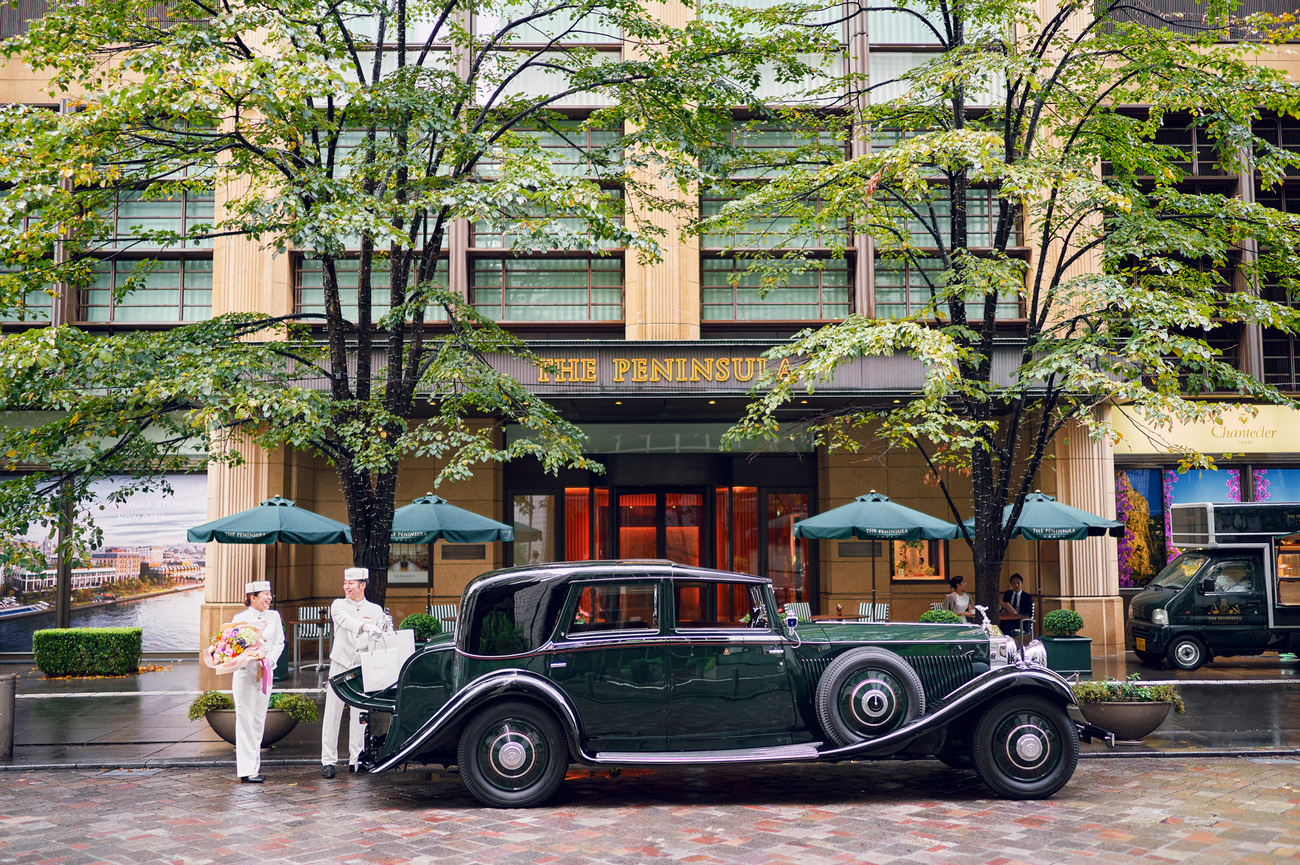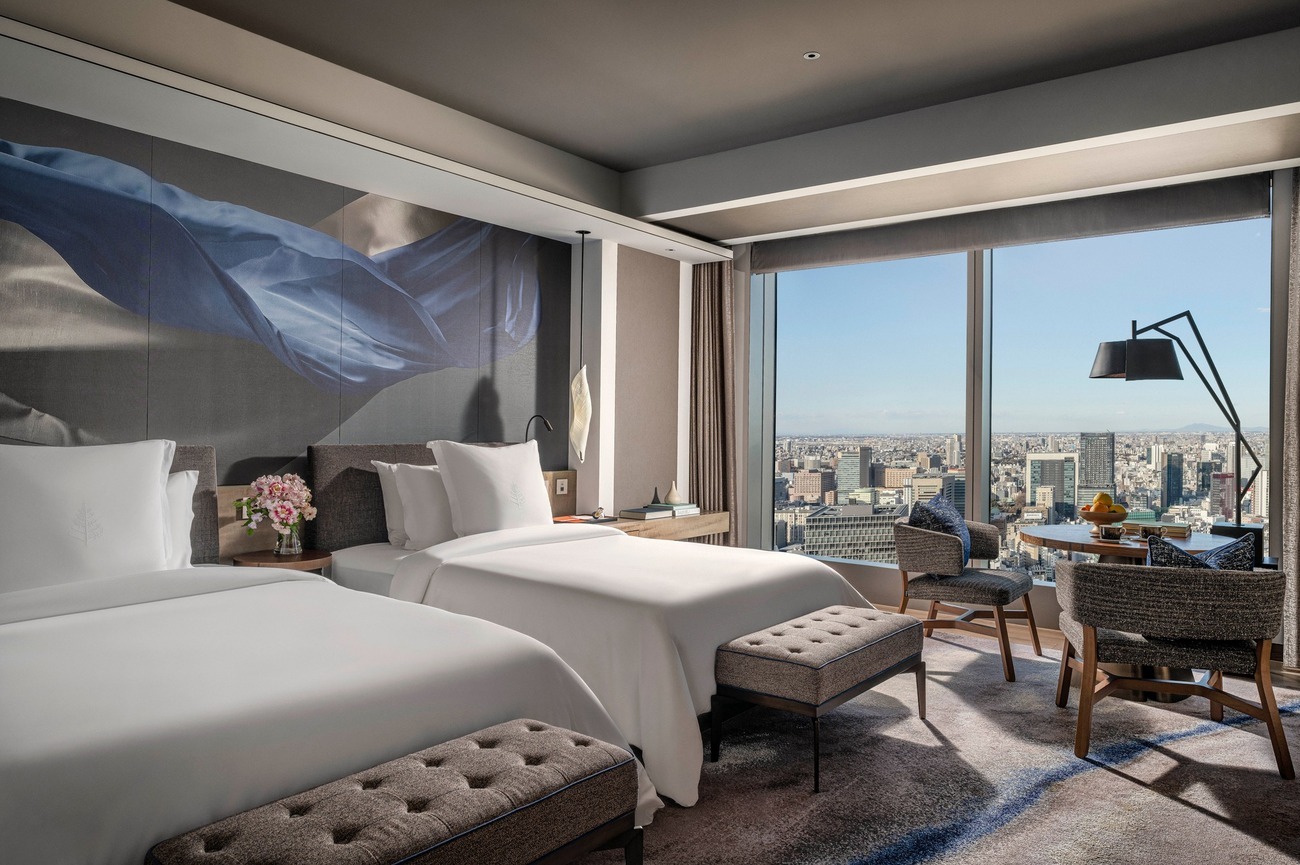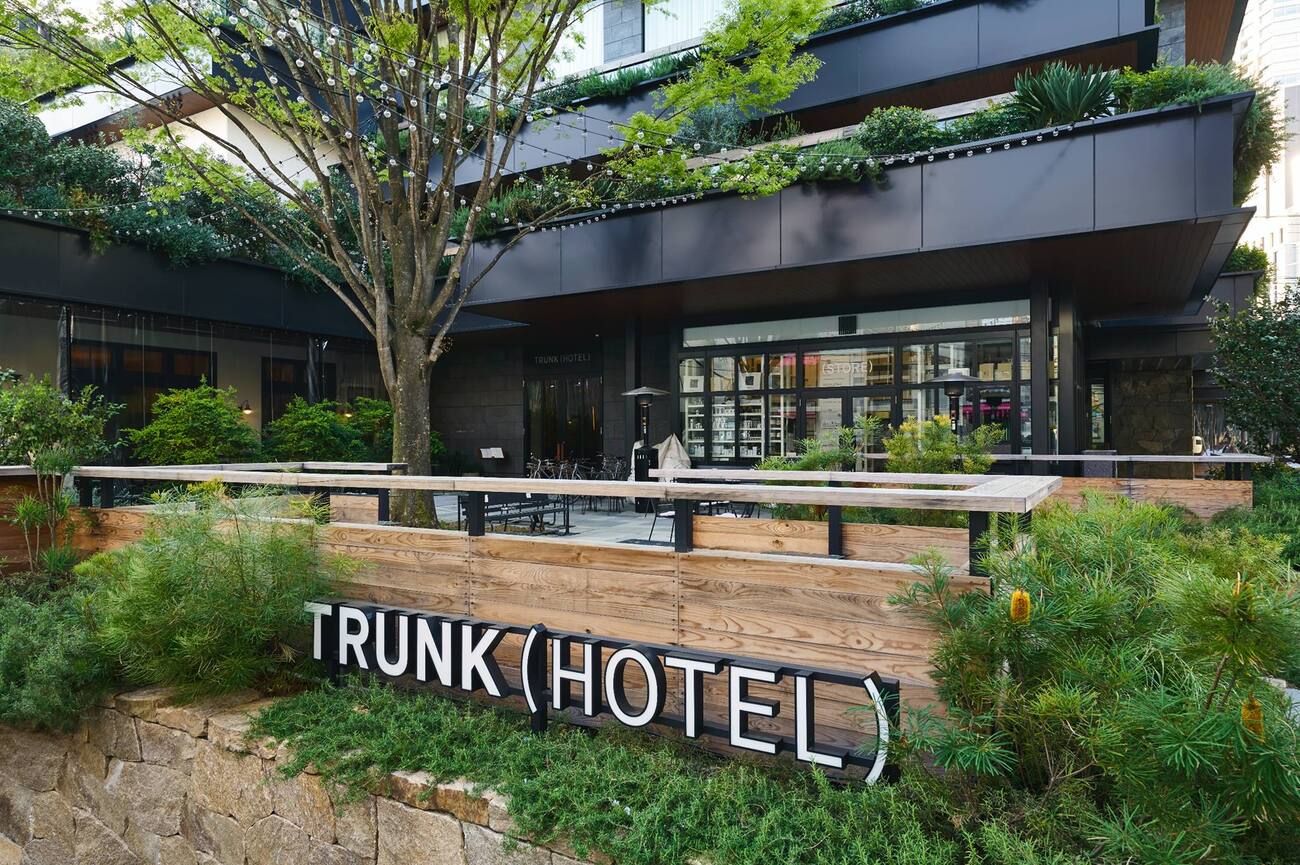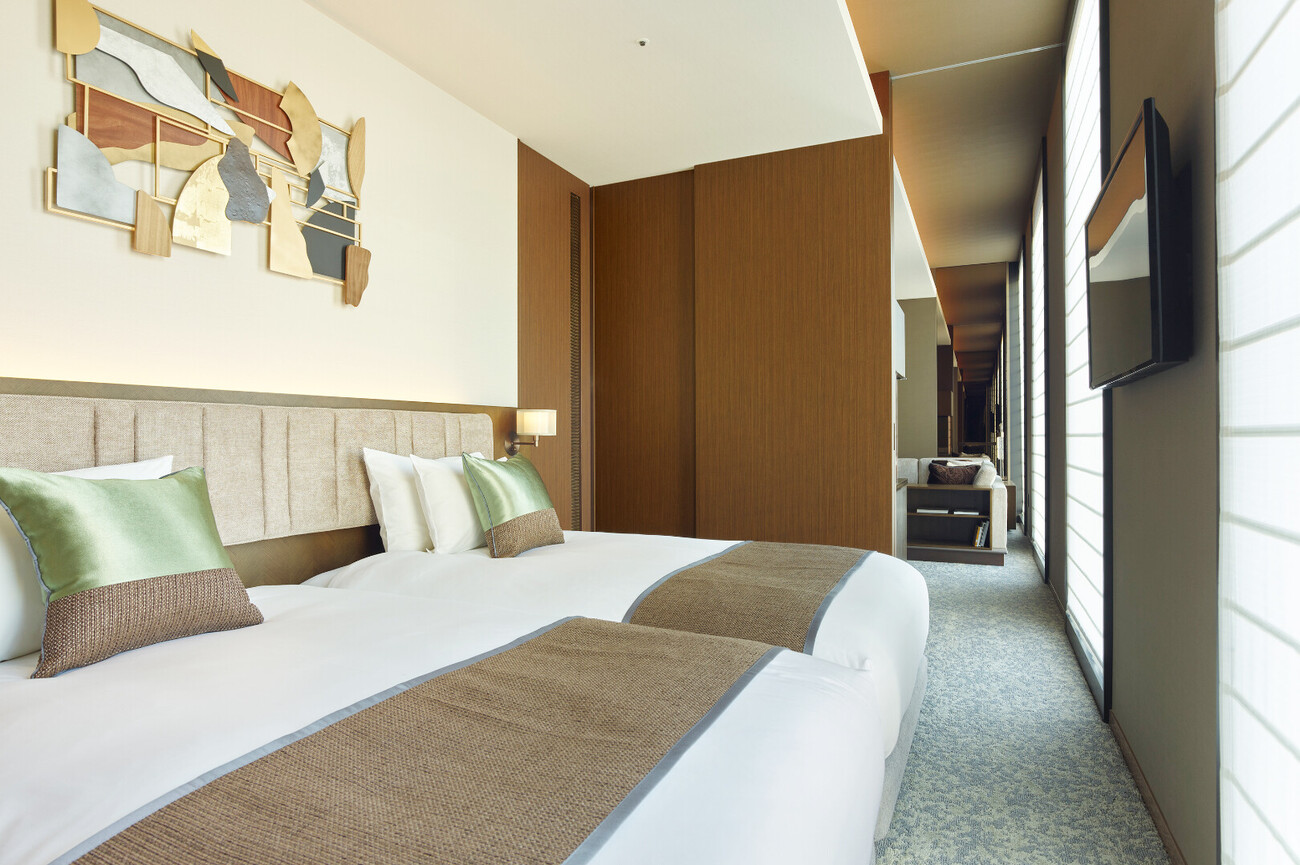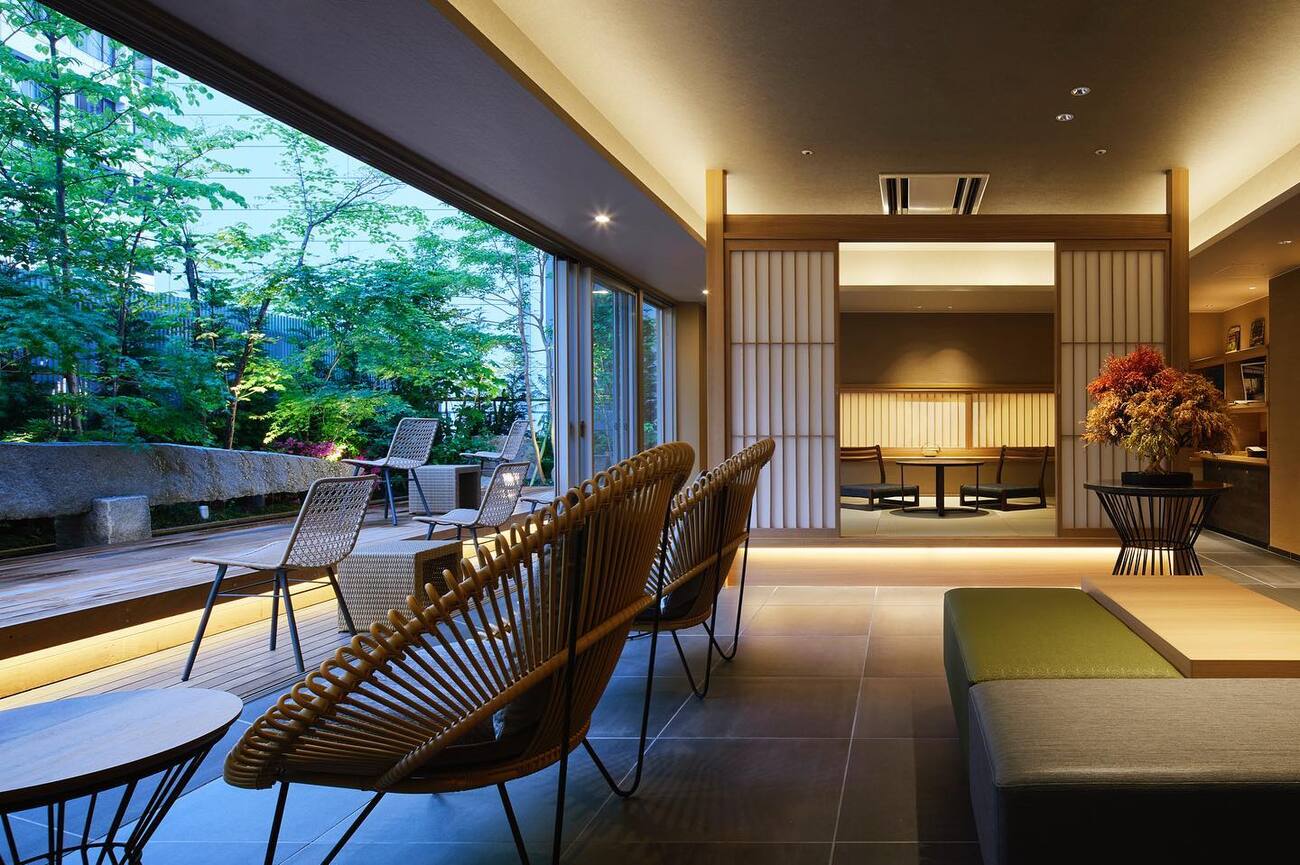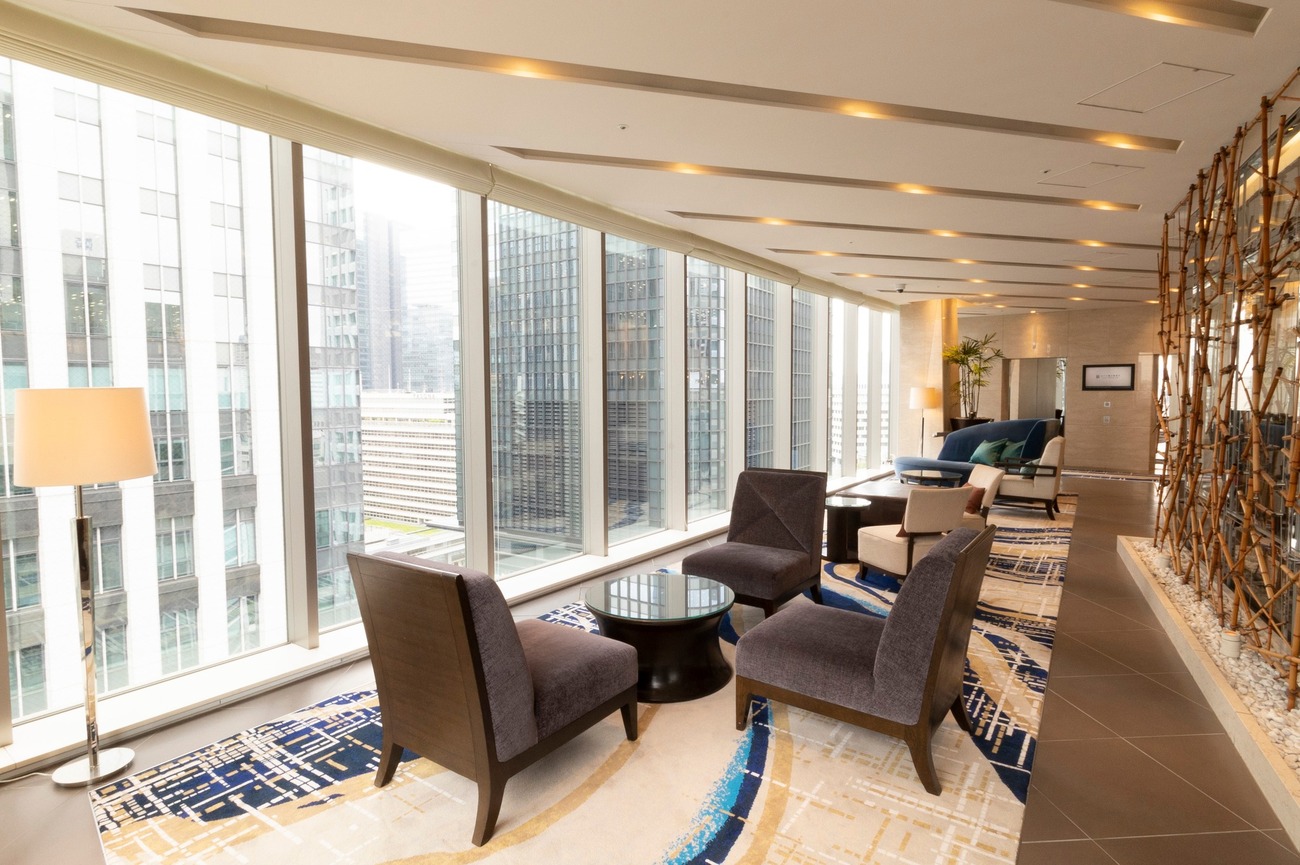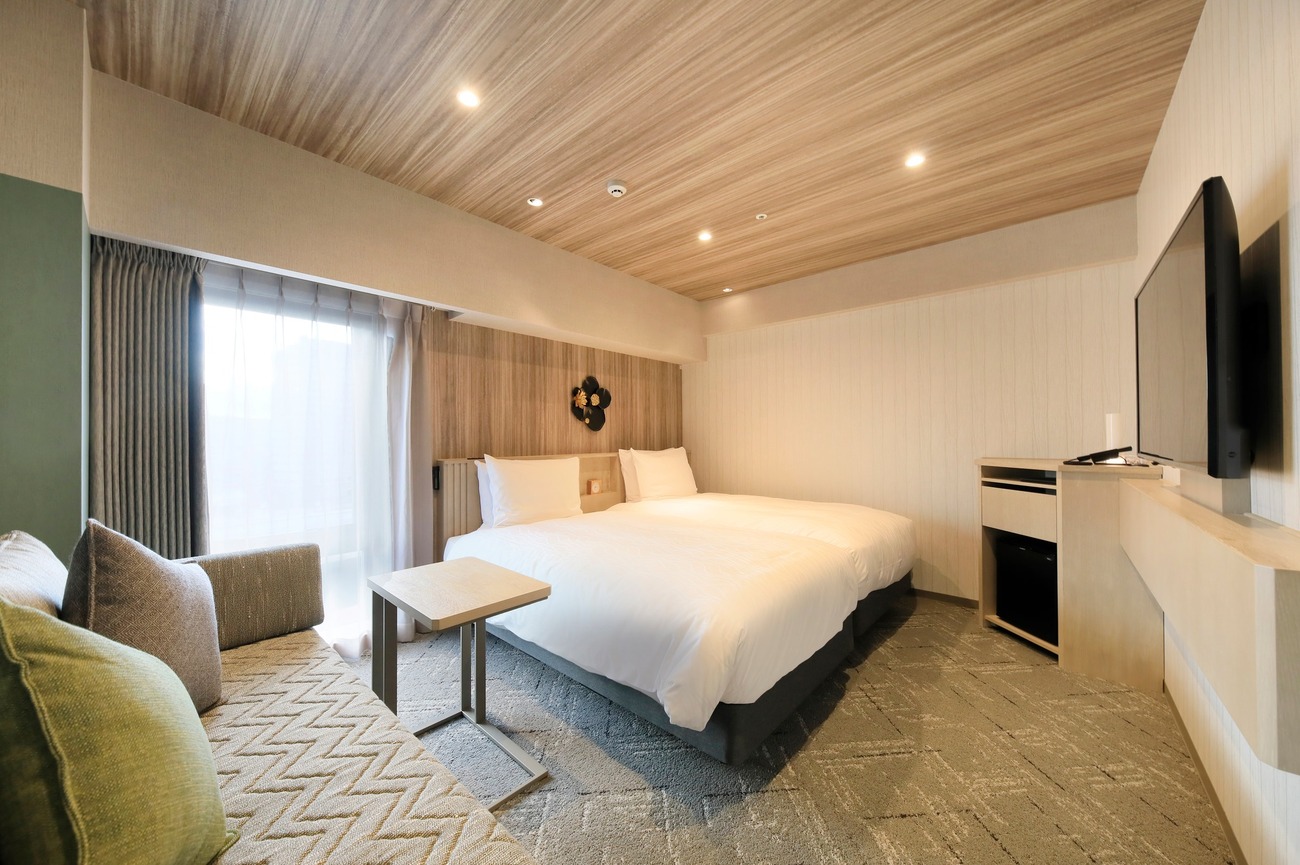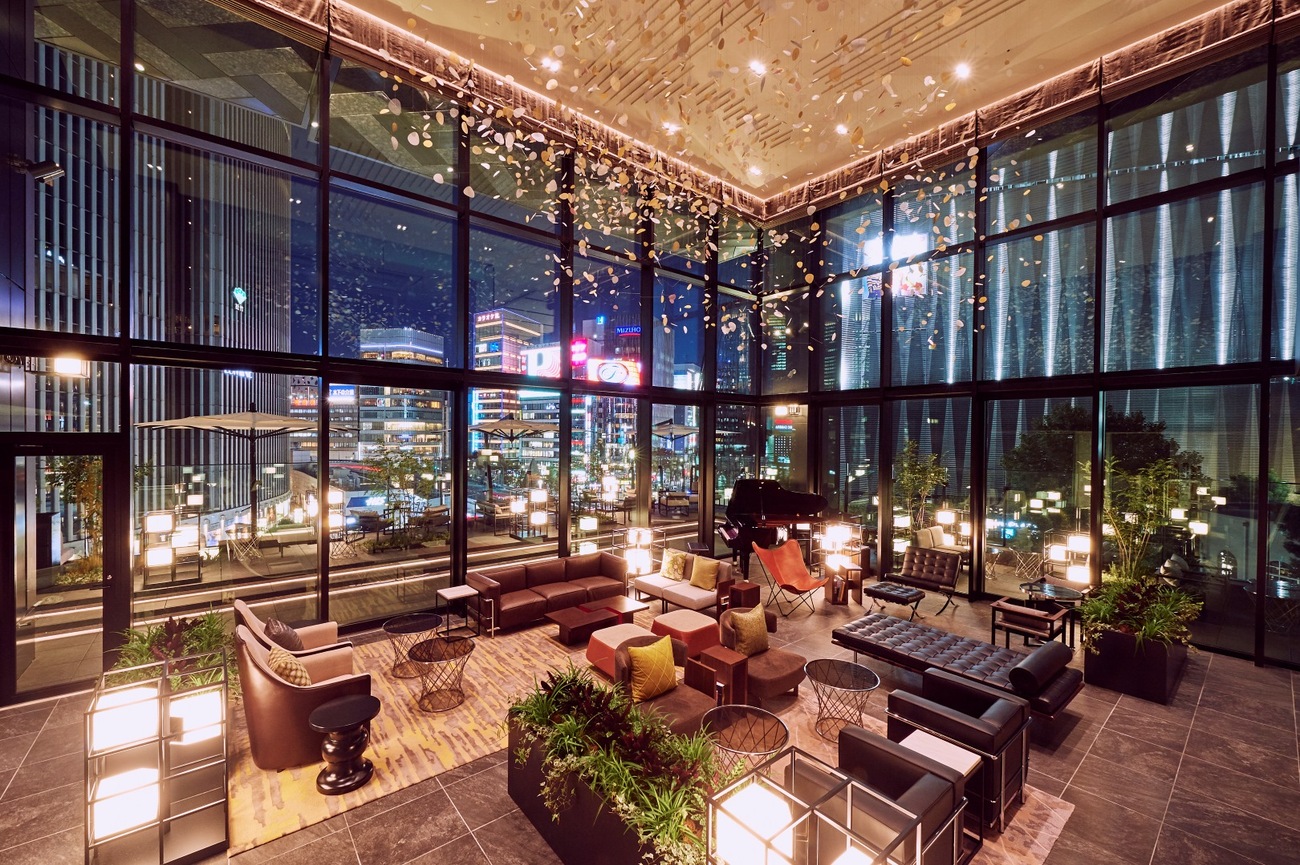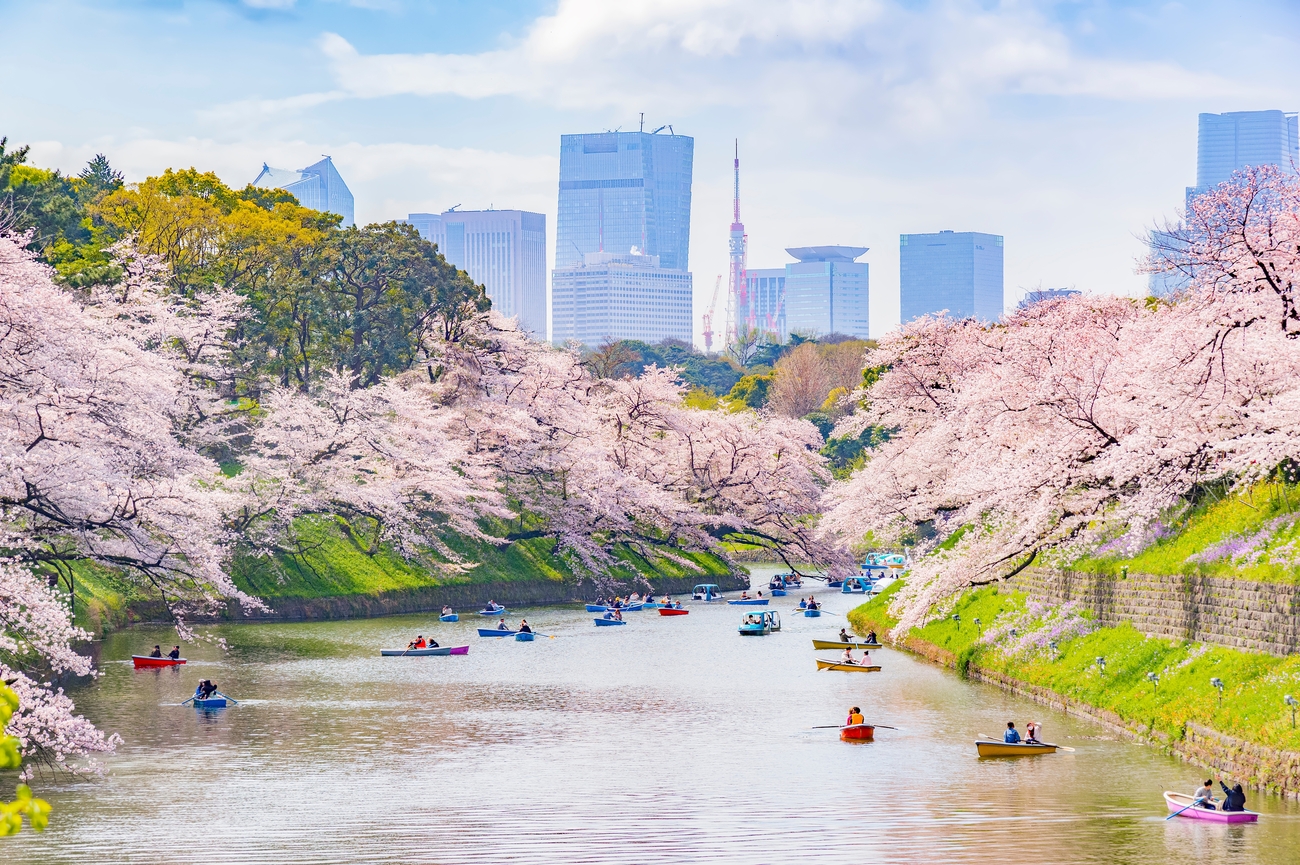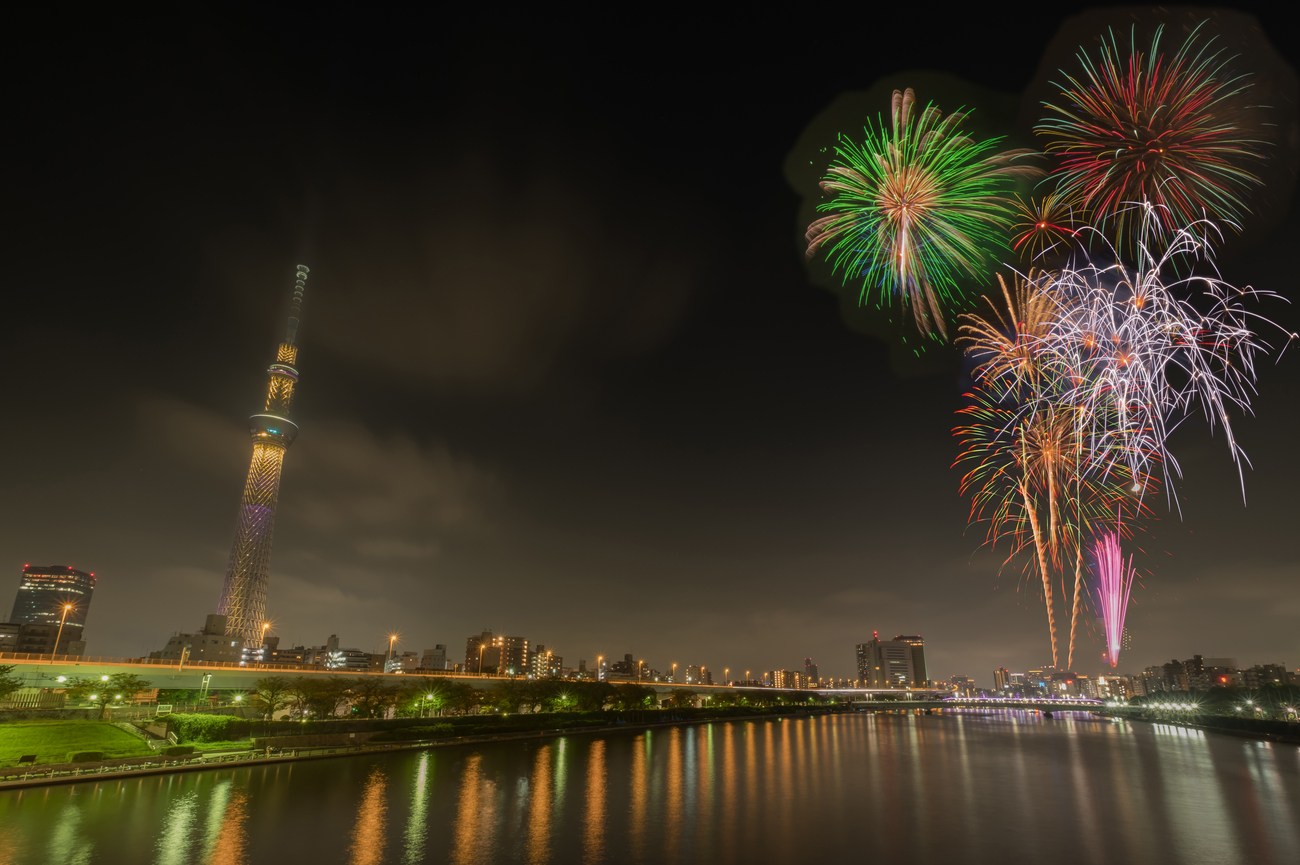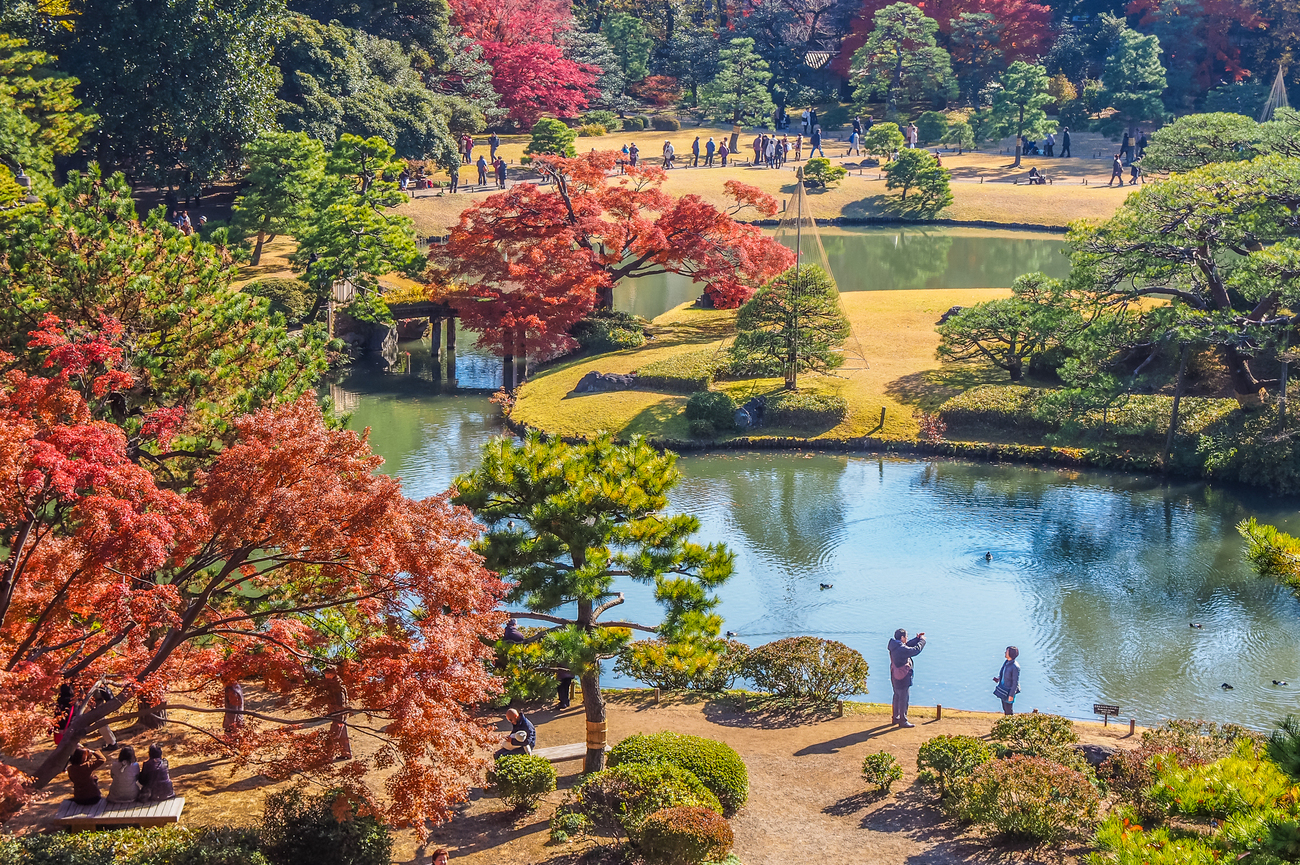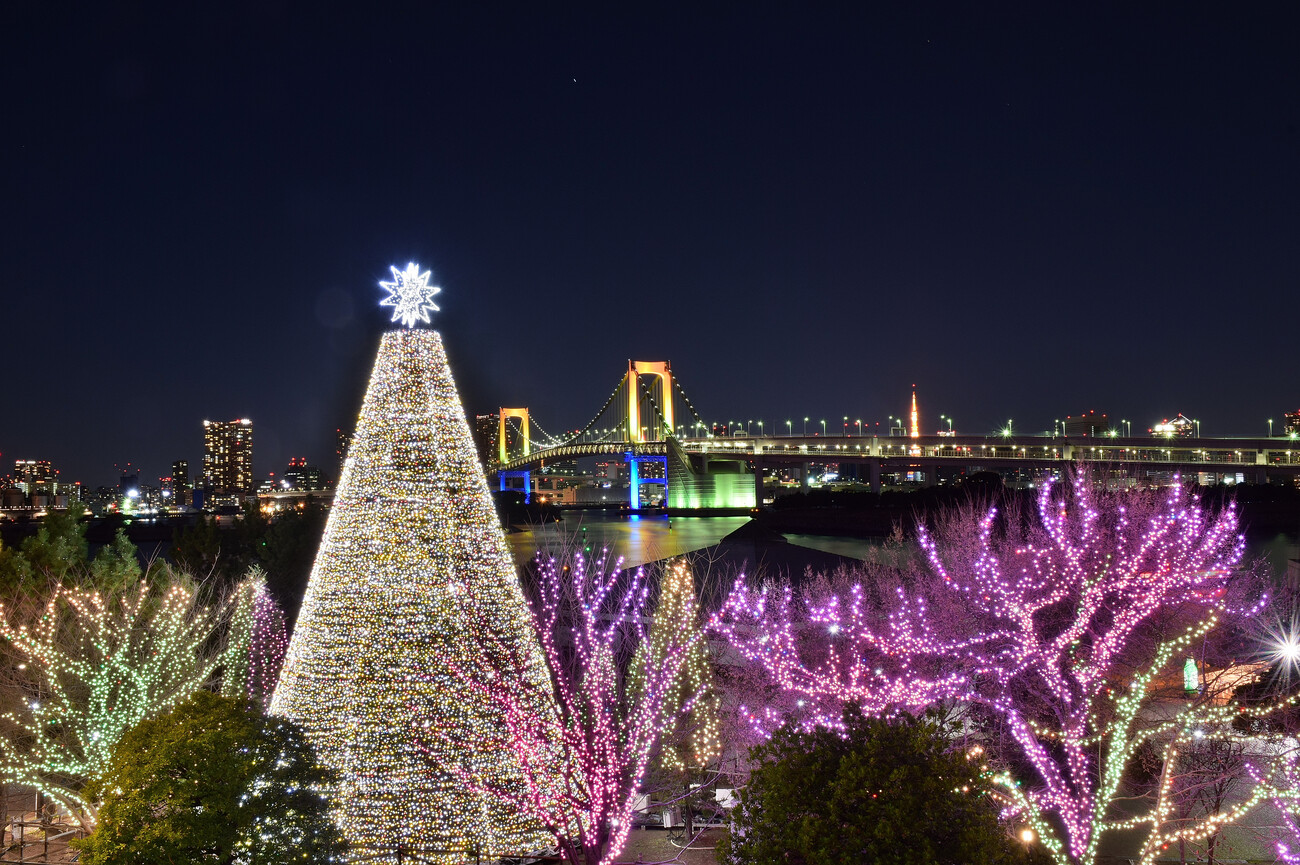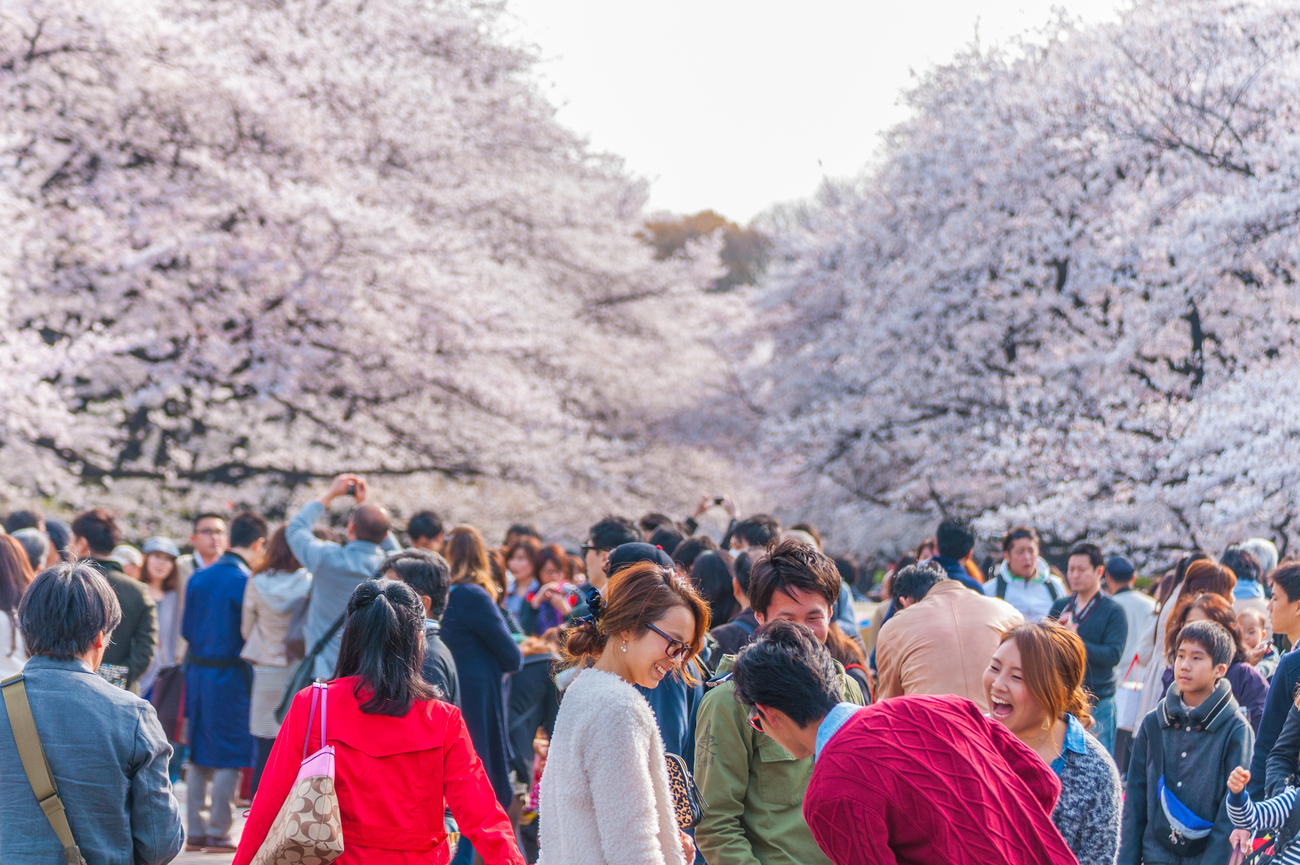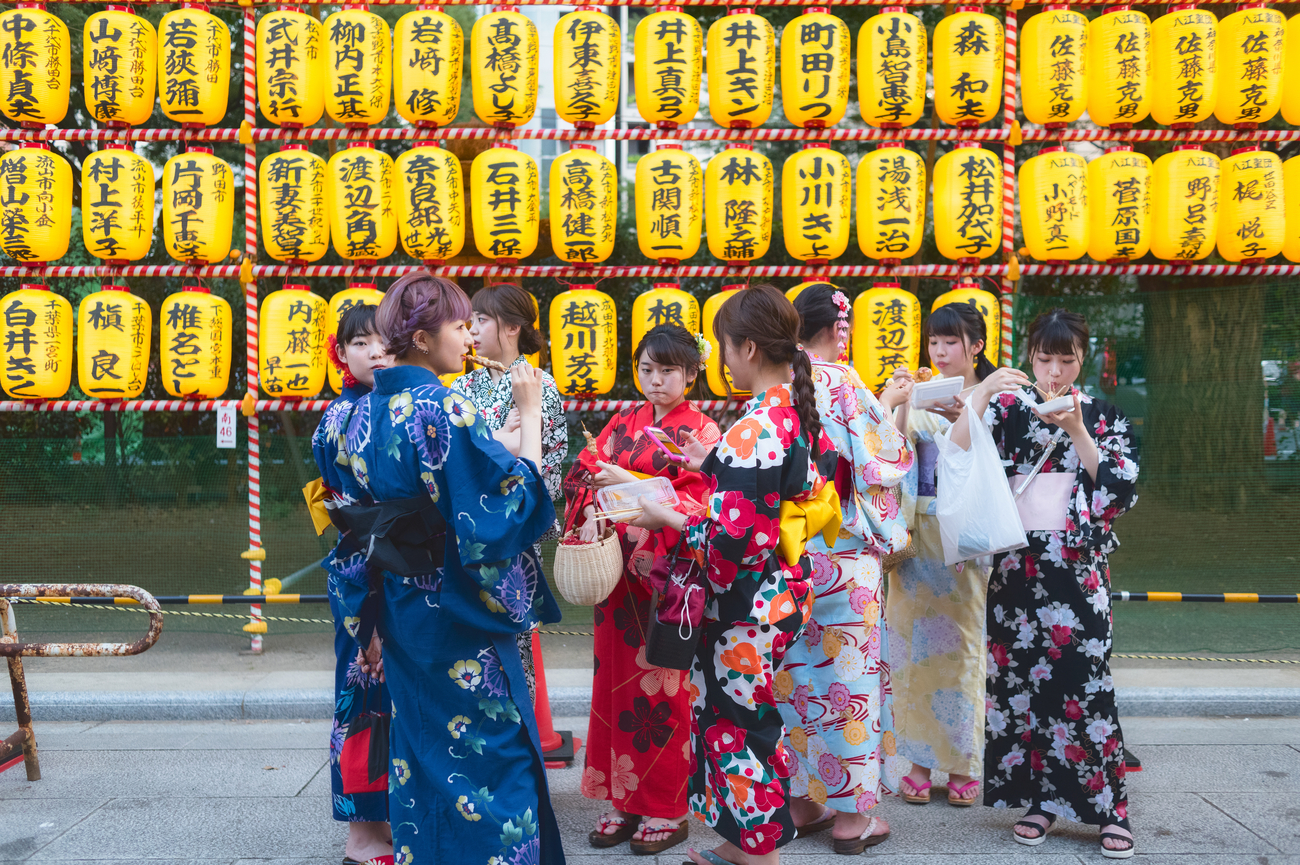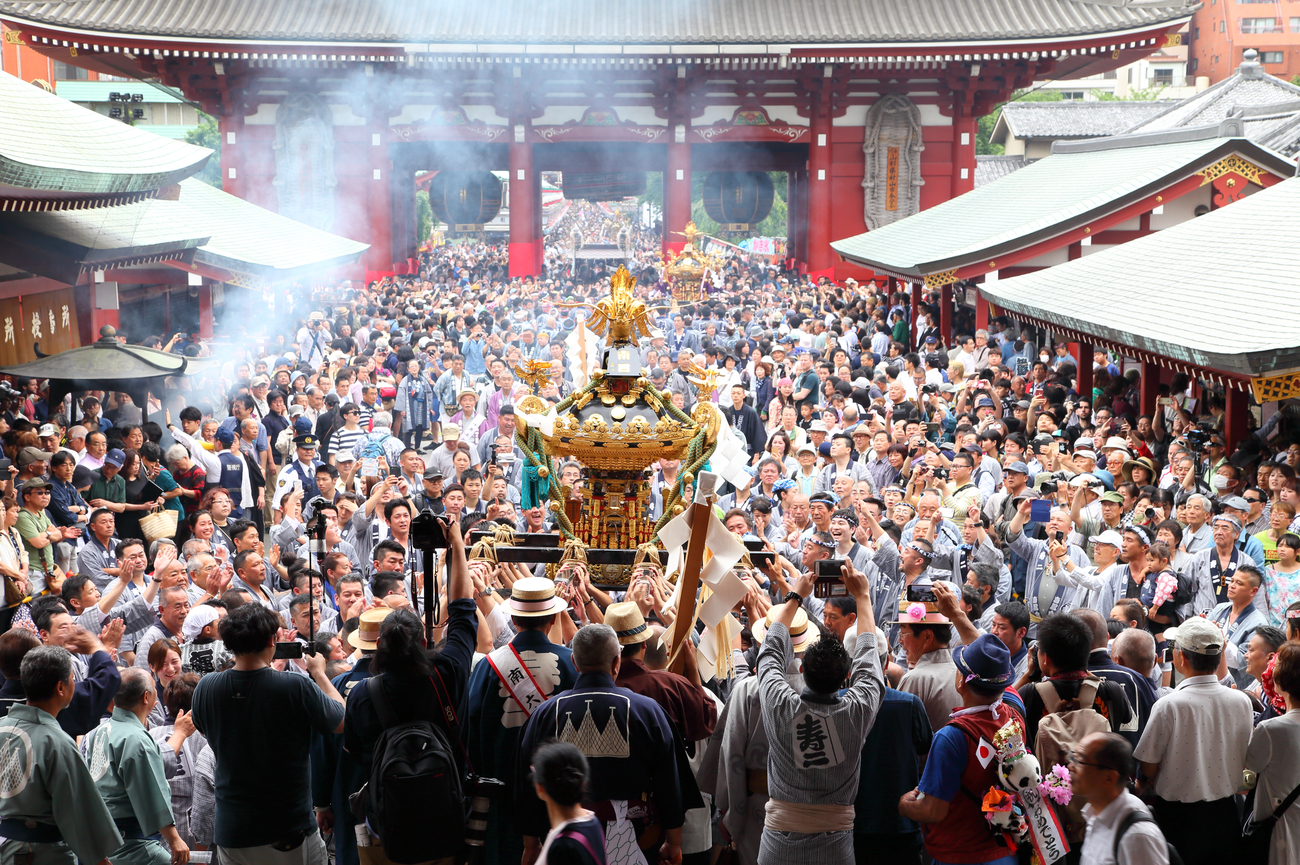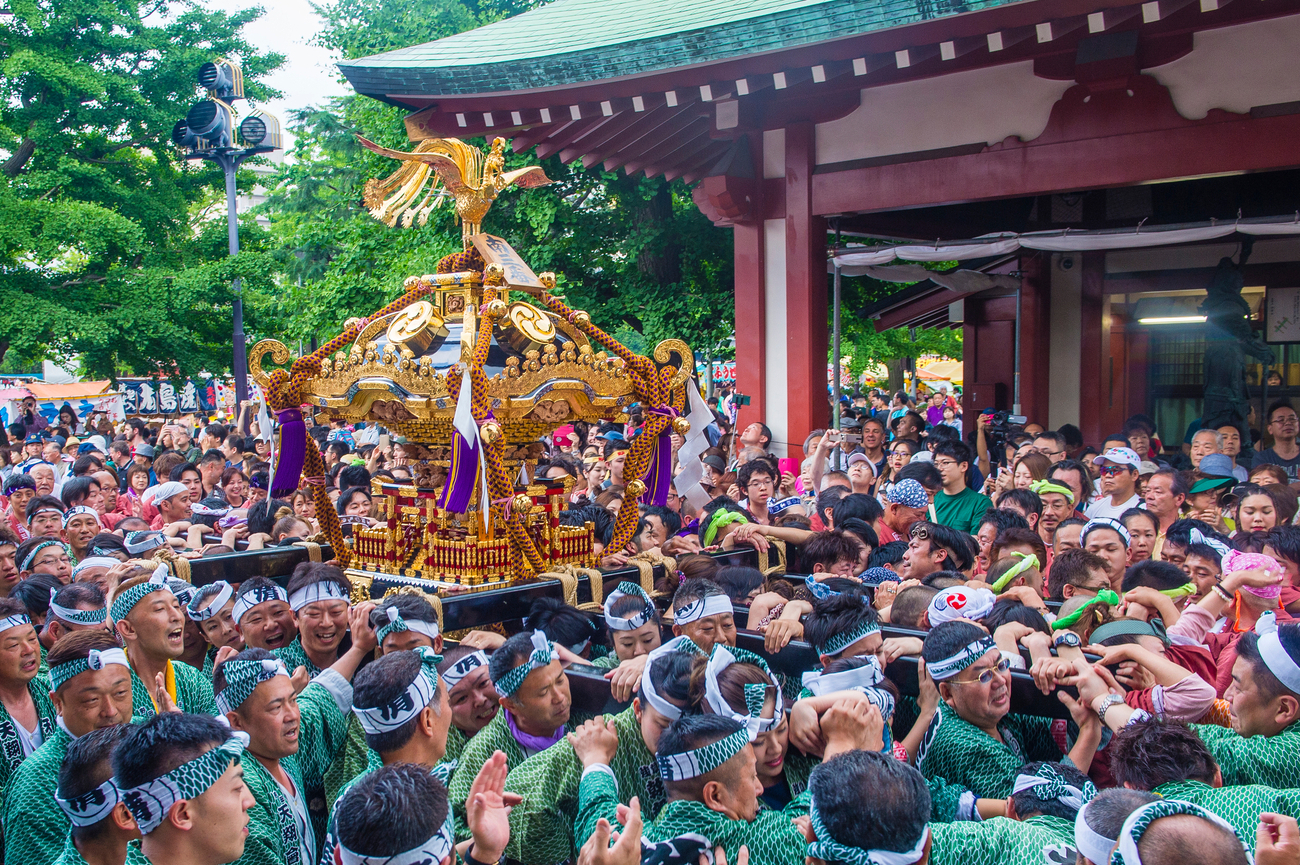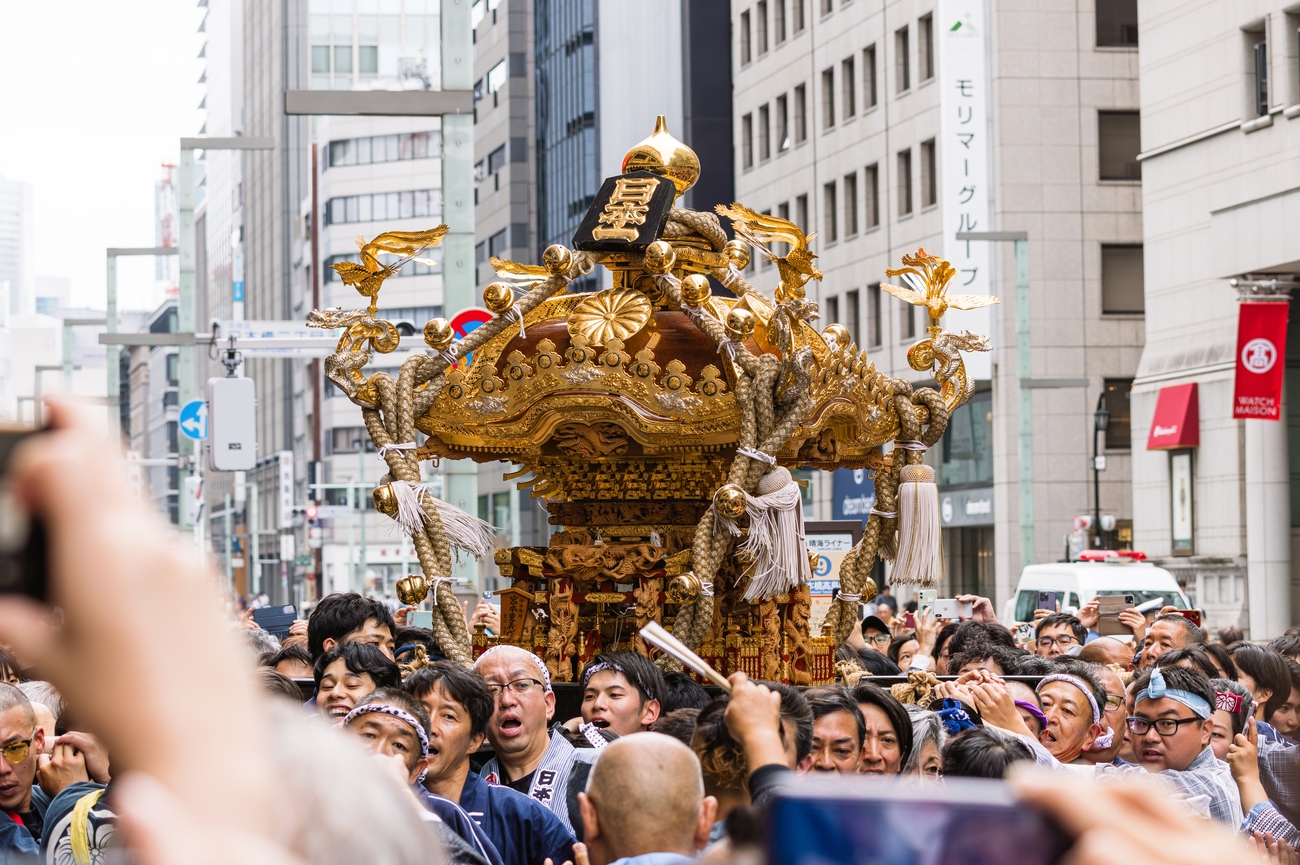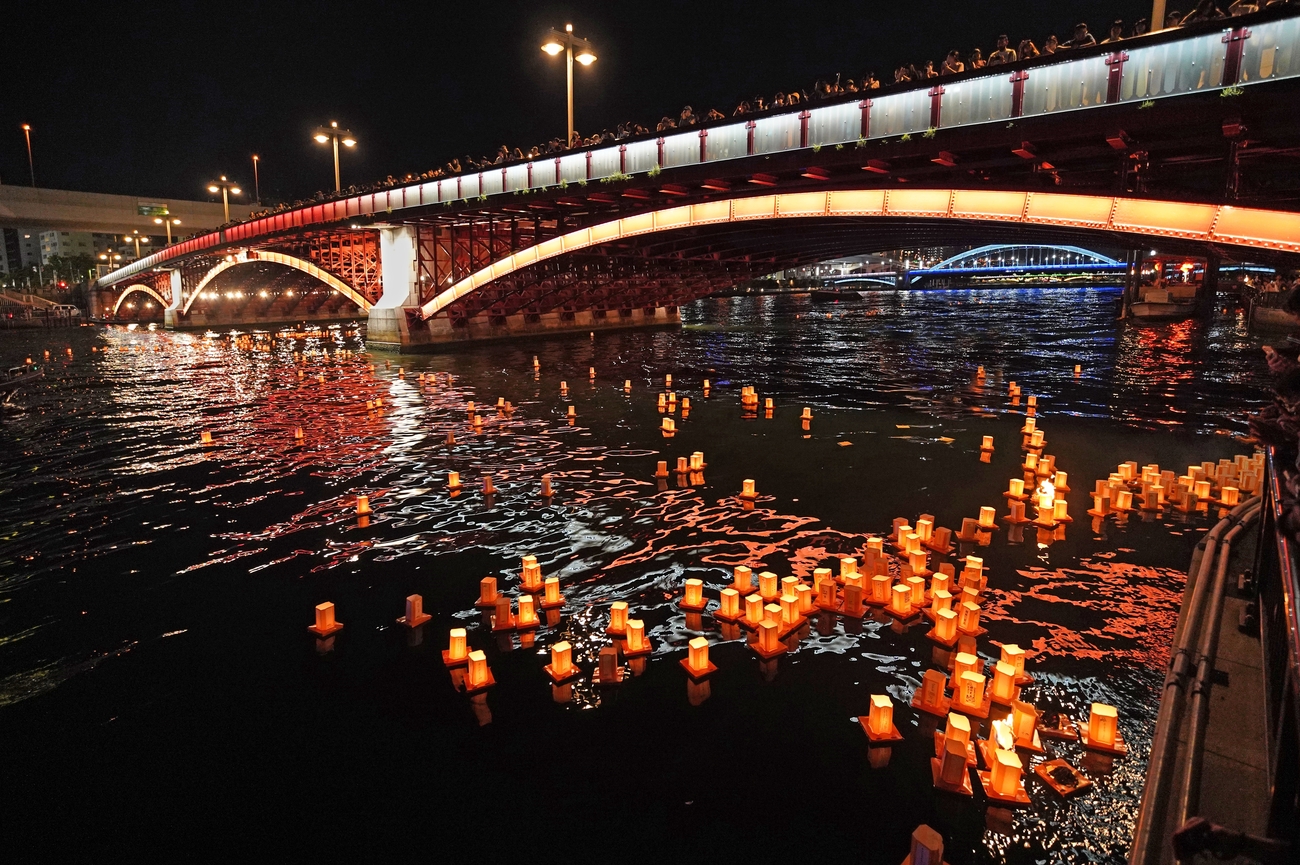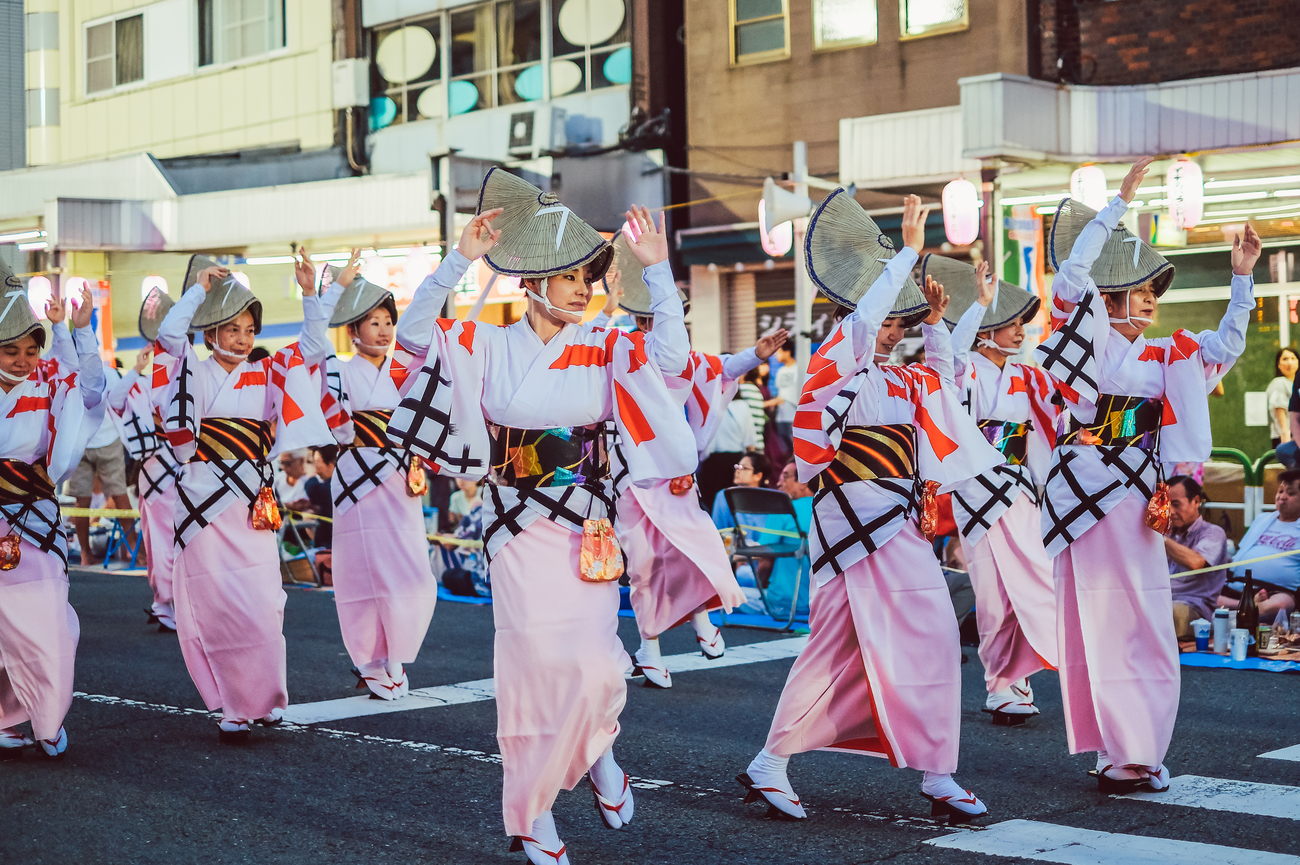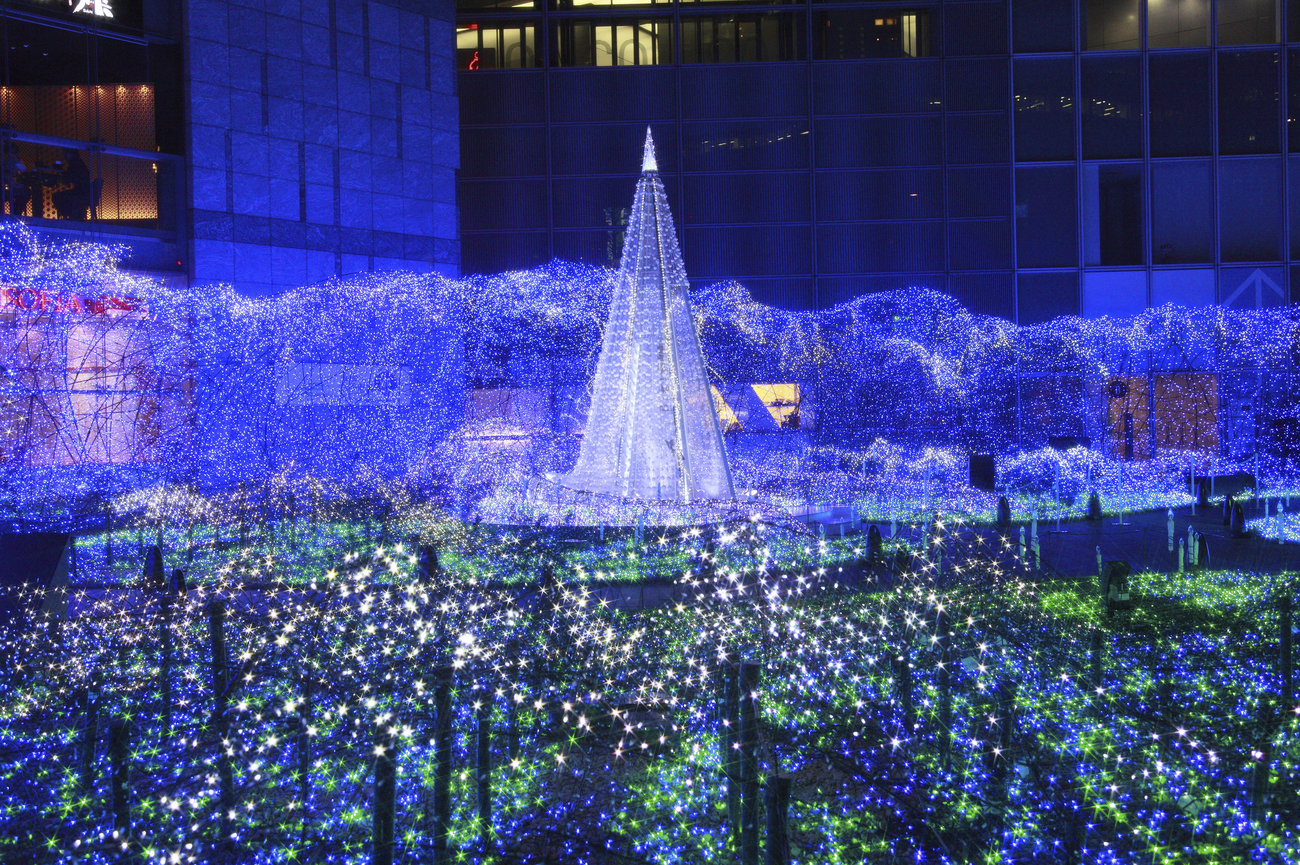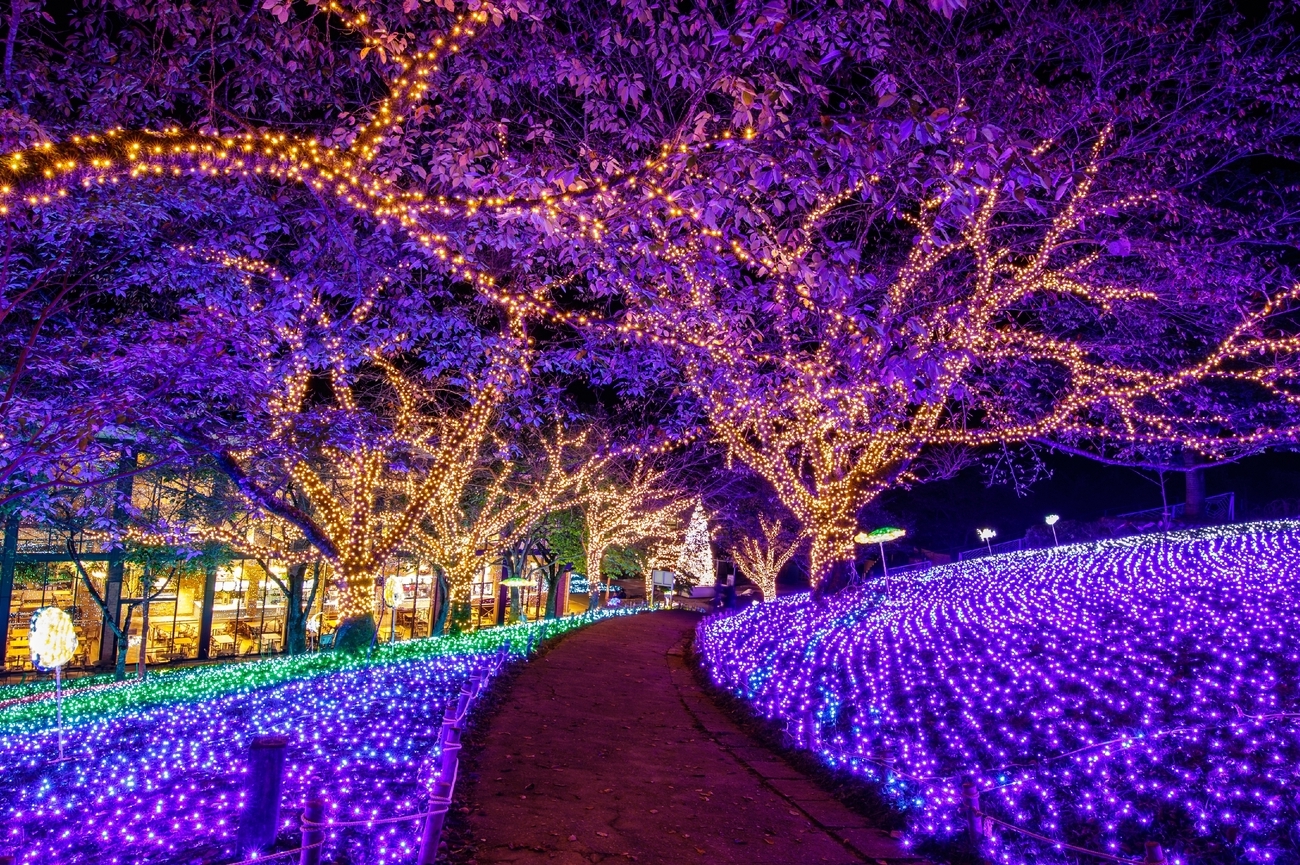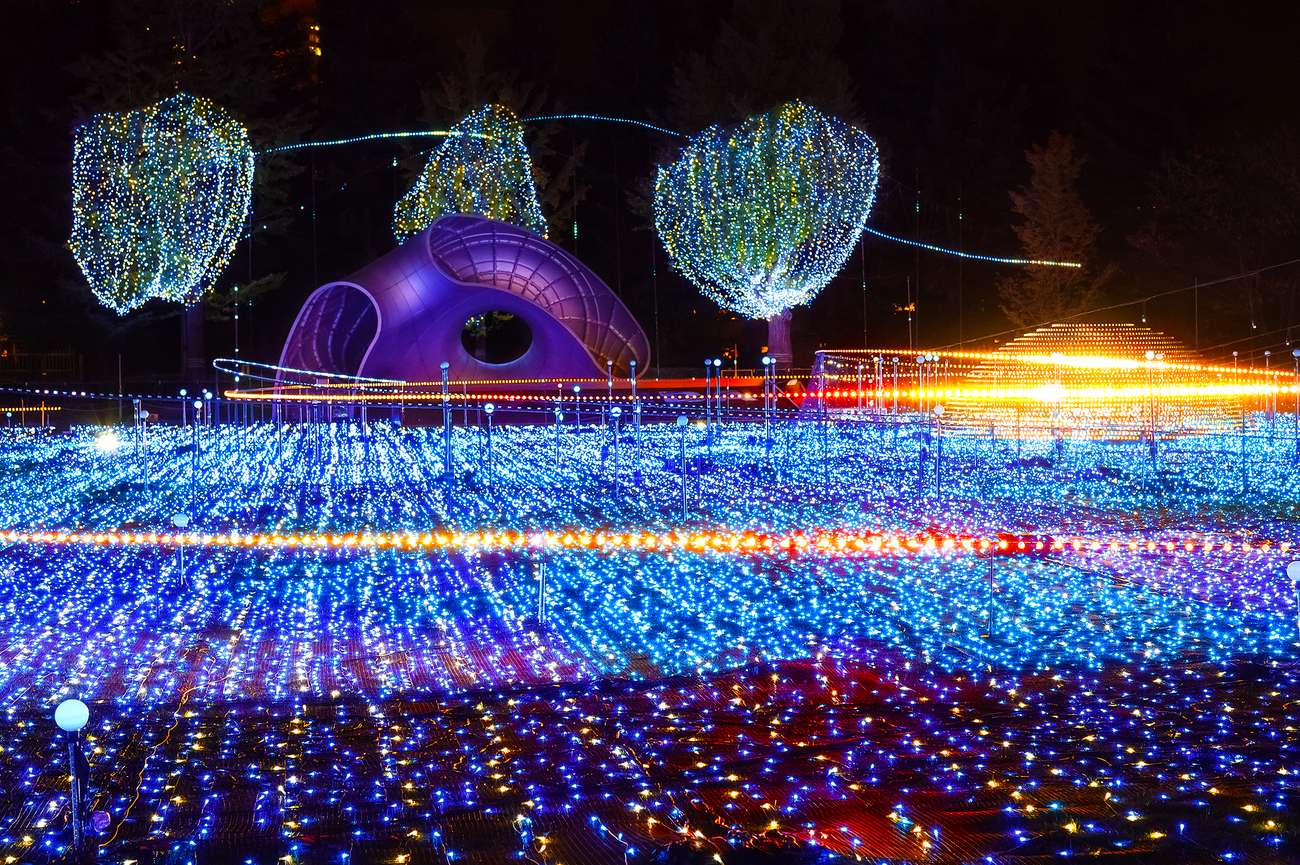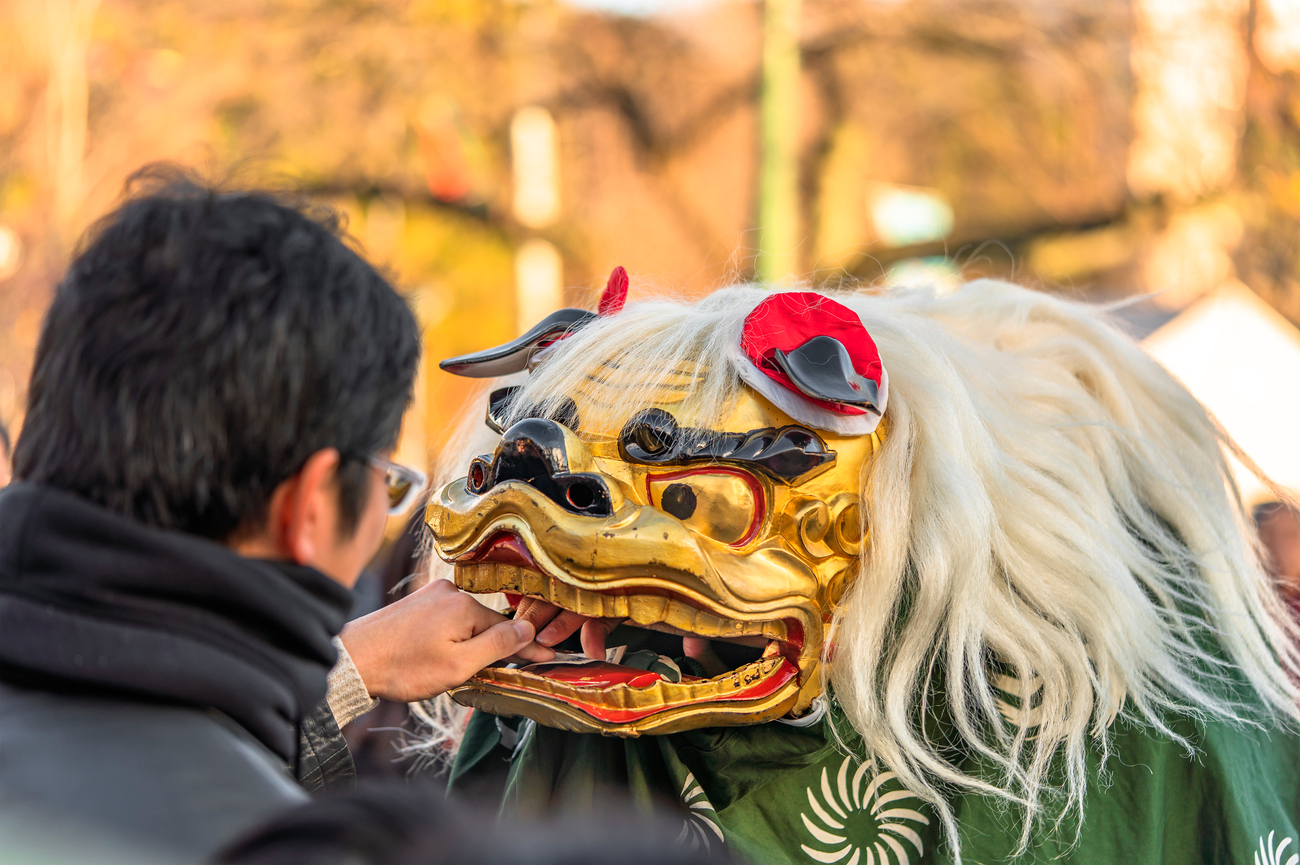Things to Do in
Tokyo: 5-Day Itinerary
Tokyo isn’t a city you simply visit, it’s a city you experience in layers, each unfolding with every street you turn. It is a place where centuries-old shrines sit quietly beneath the shadows of glass skyscrapers, where the ritual of a tea ceremony and the hum of a neon-lit arcade seamlessly coexist.
Over the next five days, we’ll take you through the dynamic heartbeats and hidden gardens of this ever-evolving metropolis. From the neon-lit crossings of Shibuya to the hushed rituals of Meiji Shrine, from artful omakase tucked into narrow alleys to rooftop views only locals know about.
Day 1 - Shibuya

Morning: Shibuya Sky
Start your Tokyo immersion at Shibuya Sky, a 229-metre-high observatory that offers a breathtaking 360° view of the metropolis. As you step onto the open-air rooftop, feel the wind in your hair and the city sprawling infinitely below. Time your visit for early morning when the air is crisp and the skyline gleams in soft light, it’s the perfect moment for reflection (and photography).
On clear days, you might catch a glimpse of Mt. Fuji in the distance. Position yourself near the southern glass panels for the best chance of catching the silhouette of Mt. Fuji hovering like a secret.
Hachikō Statue
Descending back to street level. Take a 3-minute walk to the Hachikō Statue, Tokyo’s most famous dog and a beloved symbol of loyalty and perseverance. The place is often crowded as locals would often go here as a meeting point or a convenient landmark. That’s why it’s best to visit early in the morning before the commuter crowds swell. Snap a quiet photo and be respectful, although it’s a popular photo spot, locals see Hachikō as much more than a backdrop.
Shibuya Scramble Crossing
Step into the rhythm of the city itself and join the organized chaos and cross in any direction with hundreds of others at the Shibuya Scramble Crossing. It’s like Tokyo in a single scene. The Crossing can be seen from Shibuya Sky or one of the cafe’s lining the nearby buildings.
Miyashita Park
Need a breather? Tuck into Miyashita Park, a rejuvenated rooftop haven above the city’s buzz. Grab a coffee from a third-wave café or take a quiet walk through the landscaped green space dotted with public art and skate culture. It’s a local favourite, surprisingly peaceful in pockets.
Shibuya involves a lot of walking and stair navigation. Wear cushioned sneakers or leather loafers with good support for a comfortable stroll.
Day 1, Morning - Tokyo Tour Map
Afternoon: Shibuya Cat Street
After a nice breather in Miyashita Park, it’s time to get back on the streets and explore Shibuya Cat Street, starting from its quieter Harajuku end. This backstreet promenade is Tokyo’s cool, creative artery. Browse pop-up concept stores, local brands, and vintage gems curated by some of Tokyo’s most stylish curators. It also houses Tokyo’s best hidden cafés, street art, and handcrafted goods, tucked into its side alleys.
Wagyu Sukiyaki Goku Harajuku
As the afternoon drifts towards evening, treat yourself to a well deserved yet unforgettable culinary experience at Wagyu Sukiyaki Goku Harajuku. Here, marbled premium Wagyu beef is delicately simmered tableside in rich, savoury broth, then dipped in silky raw egg, a decadent tradition savoured by those who know Tokyo’s true pleasures.
Want to end your day with a sunset toast? Return to Shibuya Sky around golden hour (book a second slot) and watch the city light up in hues of gold, indigo, and neon.
Day 1, Afternoon - Tokyo Tour Map
Day 2 - Asakusa, Ueno, Nezu

Morning: Sensō-ji Temple
Begin your day in Asakusa, one of Tokyo’s oldest districts. At the grand Kaminarimon Gate, step beneath the towering red lantern and pause, it’s customary to bow slightly in respect before entering sacred spaces. Stroll along Nakamise Street, a lively promenade lined with traditional stalls offering handmade sweets, local crafts, and good-luck charms. But the real destination lies ahead, the Sensō-ji Temple, Tokyo’s most revered Buddhist sanctuary.
As you pass under the temple’s final gate, take a moment to cleanse your hands at the purification fountain, then waft the incense smoke toward yourself for good health. Inside the main hall, the sound of coins dropping into the offering box and the gentle hum of prayers fill the air, it’s spiritual, grounding, and deeply moving.
Denboin Garden
Just behind the temple lies a
hidden garden, the Denboin Garden, open seasonally and often missed by
tourists. If accessible, step inside to discover a traditional strolling garden
once reserved for temple priests, with koi ponds, manicured pines, and stone
lanterns tracing a meditative path.
Wear socks and easily removable
shoes for temple visits, especially if entering prayer halls or tatami areas.
Respectful silence or hushed tones are appreciated and highly encouraged,
especially in Japanese custom.
Asakusa Rickshaw Tour
Ready for something uniquely Tokyo? Just outside the Thunder Gate, you'll find polished rickshaws lined up, waiting to whisk you away on a private tour through Asakusa’s historic backstreets. Settle onto the cushioned seat, and feel yourself slip into a slower, more romantic rhythm of Tokyo life as you glide toward Ueno Park. Pulled by a strong, smiling rickshaw runner often dressed in traditional happi coats.
Kappabashi Knife Gallery
Optional detour, if you’re a lover of culinary craftsmanship, make a stop at Kappabashi Knife Gallery at the Kappabashi Kitchenware Town, nestled near Asakusa on the way to Ueno. Here, you'll find exquisite Japanese knives, endless racks of colorful and well-priced Japanese ceramics, and realistic food samples prized by chefs worldwide. (They even offer engraving services if you want a truly special souvenir.)
Day 2, Morning - Tokyo Tour Map
Afternoon: Ueno Park
Arriving in Ueno Park, take a deep breath. Here, Tokyo slows its pace. Ueno Park houses multiple temples and shrines and museums such as Tokyo National Museum, National Museum of Western Art, Tokyo Metropolitan Art Museum, and the National Science Museum. It is also home to Japan’s oldest zoo, the Ueno Zoo. The park grounds were originally part of Kaneiji Temple, which used to be one of the city’s largest and wealthiest temples. Stroll leisurely through its shaded avenues, or one or more of its museums and zoo.
With over 1,000 cherry trees lining its central pathway, Ueno Park is one of Tokyo’s most popular and spectacular cherry blossom spots. Depending on the season, the park may be painted with blush-pink sakura, fiery autumn hues, or soft, snowy hushes.
Tokyo National Museum
Your cultural immersion continues at the Tokyo National Museum. Housed within elegant Meiji-era buildings, its curated collections reveal Japan’s story through samurai armour, calligraphy, ceramics, and ancient artefacts. Ask about private guide options for deeper context and behind-the-scenes access.
Inshotei
As the afternoon wanes, pause for a tea break at Inshotei, a historic restaurant tucked inside Ueno Park. Relax in a traditional wooden house, gazing out over the seasonal gardens while you sip matcha and sample delicate wagashi sweets.
Wokotote
End your day with a nice dinner at Wokotote, a Michelin Bib Gourmand rated restaurant near Ueno. Wokotote was the only Japanese restaurant to debut in The Michelin Guide Tokyo 2025 with a Bib Gourmand rating for good quality and good value cooking. There’s only one chef so there might be some gaps in the meal but rest assured that the meal will be spectacular and certainly worth the wait.
Day 2, Afternoon - Tokyo Tour Map
Day 3 - Harajuku, Shinjuku

Morning: Aoyama Flower Market Tea
House
Start your morning gently at the Aoyama Flower Market Tea House. Tucked behind a boutique florist shop, this secret garden café is a favourite among locals in-the-know. Order the floral tea of the day and let the scent of fresh blossoms awaken your senses. Early mornings here offer the best lighting for photos, soft, natural, and utterly romantic, the perfect natural backdrop.
Takeshita Street
From there, take a short taxi or train ride to the colourful, youthful buzz of Takeshita Street in Harajuku. Here, youth culture reigns supreme. Expect rainbow crepes, vintage shops stacked with treasures, and street style that could easily walk into a fashion editorial. The fashion here is Tokyo’s creativity at its most unfiltered.
Meiji Jingu Shrine
From Takeshita Street, take a 19-minute walk to Meiji Jingu Shrine. This sacred Shinto shrine sits within a forest of towering cypress trees. Pause at the torii gate, bow gently, and walk the pebbled paths where sunlight filters like gold through the canopy. Offer a prayer at the shrine if you wish. It's a beautiful, contemplative experience whether you’re spiritual or simply seeking a moment of stillness.
Comfortable walking shoes are a must today for you'll traverse both urban streets and serene garden paths. Neutral-coloured clothing and a respectful tone are appreciated at shrines.
Day 3, Morning - Tokyo Tour Map
Afternoon: Shinjuku Gyoen
National Garden
After lunch, journey to Shinjuku Gyoen National Garden. One of Tokyo’s most beautiful and expansive green spaces. Originally a feudal lord’s residence, this sprawling garden blends traditional Japanese, English, and French landscape styles. Don’t miss the serene Taiwan Pavilion, a gift from the early 20th century, perched gracefully beside the garden’s central pond.
Samurai Museum
Next, for a taste of Japan’s warrior spirit, visit the Samurai Museum. Just an 8-minute drive or 16-minute walk from Shinjuku Gyoen National Garden. This small yet fascinating museum offers an up-close look at authentic samurai armour, weaponry, and the code of bushidō (the way of the warrior). If you’re a Samurai enthusiast, you will love this place. You can also learn real katana techniques from a 26th-generation Samurai descendant for a truly immersive experience. We can arrange private tours and samurai dress-up experiences.
Kabukicho
Experience Tokyo’s most famous nightlife district, Kabukicho. End the evening with a nice cocktail at one of Kabukicho’s more discreet bars. We can recommend a hidden rooftop spot with skyline views that’s perfect for sipping and reflecting on the day’s contrasts floral tea to neon-lit whiskey.
If nightlife isn’t your usual scene, we recommend seeking out a quieter whisky bar or a hidden cocktail lounge. Tokyo’s hospitality shines brightest in its most intimate spaces.
Day 3, Afternoon - Tokyo Tour Map
Day 4 - Chiyoda, Ginza, Roppongi

Morning: Tokyo Imperial Palace
Begin your morning at the Tokyo Imperial Palace, the serene heart of the city where history, tradition, and beauty converge. The inner grounds are reserved for the Imperial Family, but the East Gardens are open to the public. There, you’ll find an exquisite landscape of manicured lawns, ancient stone foundations, and tranquil moats.
Depending on the time of your visit, in spring, delicate cherry blossoms frame the palace walls; in autumn, the maple trees ignite in brilliant reds and golds. It’s the perfect location for those who want to do landscape photography.
Chuo-dori Avenue
After your garden wander, take a 6-minute drive to Ginza, Tokyo’s historic shopping district where wide boulevards lined with gleaming flagship stores, polished stone sidewalks, and impeccably dressed passersby. Begin along Chuo-dori Avenue, Ginza’s main avenue, where flagship boutiques, art galleries, and artisanal cafés create a polished, European-like atmosphere.
Ginza Itoya
From Chuo-dori Avenue, take a 4-minute walk to Ginza Itoya, a century-old stationery wonderland beloved by designers, writers, and anyone who appreciates fine craftsmanship. Even if you're not shopping, it's worth exploring the elegant displays of paper goods, art supplies, and bespoke journals. It’s hard not to buy any once you see these finely created paper goods.
Ginza Six
Continue to Ginza Six, a modern luxury complex housing over 240 brands, from global powerhouses to exclusive Japanese labels. There are also concept stores and a breathtaking rooftop garden with sweeping views across the Tokyo skyline. It's a perfect place to pause, breathe, and watch the city stretch out in all directions.
Day 4, Morning - Tokyo Tour Map
Afternoon: Mori Art Museum
After a leisurely morning, take an 8-minute drive to the Mori Art Museum, perched high above Roppongi Hills. The museum’s exhibitions feature cutting-edge contemporary art from Japan and around the world, often weaving in thought-provoking themes of society, identity, and innovation. Even the architecture itself embodies the exhibitions.
Tokyo City View
Directly connected to the museum is Tokyo City View, a stunning observatory offering sweeping vistas across the metropolis. Located on the 52nd floor of the Roppongi Hills Mori Tower, this observation deck offers not just a view, but a breathtaking conversation with the Tokyo skyline. On clear days, you can spot Mount Fuji from a distance.
Tsunamachi Mitsui Club
Finally, for a truly exclusive dinner, we invite you to step into the refined world of Tsunamachi Mitsui Club. Built in the 1910s for the illustrious Mitsui family, this Western-style mansion is one of Tokyo’s most exclusive venues, a place where diplomats, dignitaries, and members of high society still gather in quiet discretion. Today, it offers discreet, reservation-only dining in an atmosphere of old-world elegance. Savor a seasonal kaiseki meal crafted with precision and artistry, a fitting finale to a day that has blended Tokyo’s timeless grace with its soaring modern spirit.
Day 4, Afternoon - Tokyo Tour Map
Day 5 - Chuo, Koto, Odaiba,
Minato

Morning: Tsukiji Outer Market
Begin your final morning in Tokyo at the legendary Tsukiji Outer Market, a bustling maze of seafood stalls, produce vendors, and tiny eateries serving some of the freshest bites in the city. Though the inner wholesale market has relocated to Toyosu, Tsukiji’s outer lanes remain vibrantly alive with culinary treasures.
Start with tamagoyaki (Japanese sweet omelette), sample hand-rolled sushi, or warm your hands around a bowl of steaming miso soup. Vendors are friendly and passionate, a smile and a respectful “itadakimasu” (thank you for the food) goes a long way.
Hamarikyu Gardens
Afterwards, enjoy a moment of stillness or stroll around Hamarikyu Gardens to digest all the savory dishes you just ate at the Tsukiji Outer Market. The gardens was once a feudal lord’s residence; these gardens blend perfectly manicured landscapes with tidal ponds fed by Tokyo Bay. Stroll along pebbled paths, and perhaps pause for matcha and traditional sweets at the teahouse floating serenely over the water.
TeamLab Planets Tokyo DMM
Next, take a 16-minute drive east to teamLab Planets TOKYO DMM and experience the futuristic wonderland of this one-of-a-kind museum that invites you to wander barefoot through water, float across mirrored universes, and lose yourself in endless fields of digital flowers. At teamLab Planets Tokyo, you don’t just view art, you step inside it, surrender to it, and for a few dreamlike moments, become a part of something larger, softer, and almost otherworldly.
Wear clothing that’s easy to move in, and be prepared for certain rooms that involve walking through shallow water. Complimentary lockers and towels are available onsite.
Day 5, Morning - Tokyo Tour Map
Afternoon: DiverCity Tokyo Plaza
After your sensory adventure, have some lunch and then take a 10-minute drive to DiverCity Tokyo Plaza, home to the towering life-sized Gundam statue. Whether you're a fan of Japanese pop culture or simply marveling at the gigantic scale, it’s an unforgettable sight, especially when the statue occasionally "transforms" with sound and light shows.
Rainbow Bridge
After your city explorations, it's time for a different kind of journey across the sea. Take a 4-minute drive past the iconic Rainbow Bridge. The bridge has separate walkways for north and south views, both offer spectacular photo opportunities. The full crossing takes about 20–30 minutes to walk at a relaxed pace should you choose to cross it by foot.
Tokyo Tower
And finally, to cap off your Tokyo journey, take a 14-minute drive from the Rainbow Bridge to the city’s beloved beacon: Tokyo Tower. It’s Tokyo’s nod to the Eiffel Tower, and a symbol of post-war rebirth. From its main deck, gaze out over the city you’ve just explored, and if you look closely, you’ll see the Rainbow Bridge illuminated in the distance, now part of your personal Tokyo story. It’s best to visit just before sunset to watch Tokyo shift from daylight into a sea of lights. The tower’s soft orange glow makes for a beautiful farewell photo.
During seasonal events, Tokyo Tower dresses for the occasion with themed light shows, special illuminations, and limited-time exhibitions.
Day 5, Afternoon - Tokyo Tour Map
Day Trips from Tokyo
- Nikko National Park: Located just a couple of hours north of Tokyo, this
expansive park is a living gallery of Japan’s natural and spiritual beauty. Its
crown jewel, the UNESCO World Heritage-listed Tōshōgū Shrine, is a riot of
intricate carvings, gold leaf, and mythic symbolism.
- Mt. Fuji Photography Tour: For a truly bespoke experience, allow us to arrange a private chauffeur-led tour around the best vantage points of Mt. Fuji. Glide comfortably along scenic routes to locations like Lake Kawaguchi or the Chureito Pagoda, where Japan’s most iconic peak is framed by sakura or crimson maples, depending on the season.
- Kamakura: Just a short journey south, Kamakura invites you into Japan’s medieval past. Marvel at the towering Great Buddha (Daibutsu), serenely weathered by centuries of salt air. Stroll through leafy temple trails, explore hidden bamboo groves at Hokokuji Temple, and end with a peaceful walk along Yuigahama Beach, where surfers and sunsets paint a relaxed, bohemian scene.
- Yokohama: Japan’s second-largest city, Yokohama, offers a lively but relaxed counterpoint to Tokyo’s high-speed pulse. Visit the Cup Noodles Museum, where you can create your own personalized instant noodles (a surprisingly delightful experience and edible souvenir). Wander through the vibrant streets of Chinatown, the largest in Japan, sampling dim sum and steaming buns.
- Kawagoe: Step back in time in Kawagoe, a charming town often called "Little Edo" for its beautifully preserved historic streetscapes. Wander Kurazukuri Street, lined with clay-walled merchant houses, and sample nostalgic street snacks like sweet potato soft-serve and grilled rice crackers.
- Gala Yuzawa: When snow graces Japan’s mountains, Gala Yuzawa becomes a powdery paradise and remarkably, it’s just a swift Shinkansen ride away. Glide straight from Tokyo Station to the resort in under 90 minutes, where ski lifts connect directly to the train station. Trying snowboarding for the first time, or simply sipping hot cocoa in a mountainside café, it’s the perfect snowy activity.
Golf Courses Near Tokyo
- Kawaguchiko Country Club: Tucked in the lush foothills near Lake Kawaguchi, this exclusive club offers one of the most picturesque settings in Japan. The course itself flows with the natural lay of the land, its fairways winding through ancient forests and gently rolling hills, with perfectly framed views of Fuji-san appearing like a living painting at every turn.
- Tokyo Classic Club: Situated in Chiba Prefecture, about an hour’s drive from central Tokyo, Tokyo Classic Club is a modern masterpiece designed by renowned architect Jack Nicklaus. The course offers an American-style layout with wide fairways, challenging bunkers, and subtle undulations, all executed with meticulous Japanese attention to detail.
Racecourses Near Tokyo
- Tokyo Racecourse: Located in Fuchu about 30 minutes west of central Tokyo. Known as the “Racecourse of Racecourses” in Japan. Tokyo Racecourse is the most prestigious racecourse in Tokyo and home to the Japan Cup, Japanese Derby, and other major Grade 1 races. But even outside of its prestigious events, the racecourse offers a nice landscape of its manicured paddocks, vast grandstand views, and exclusive lounges and private dining options.
- Nakayama Racecourse: Located in Funabashi City in Chiba Prefecture, about 30-40 minutes east from central Tokyo. Known among enthusiasts for its steep uphill finish and dramatic turns. Nakayama Racecourse hosts some of Japan’s most important races, including the Satsuki Sho, Sprinters Stakes, and Arima Kinen, a fan-voted Grand Prix held every December. While smaller than Tokyo Racecourse, Nakayama offers excellent sightlines of the track and a more compact layout that gives you a front-row feel no matter where you stand. The VIP lounges offer curated bento meals and unobstructed views of the final stretch.
Brewery & Sake Experiences in
Tokyo
- Japan Sake and Shōchū Information Center: The Japan Sake and Shōchū Information Center is a beautifully curated introduction to two of Japan’s most iconic spirits. Knowledgeable sommeliers are on hand to guide you through tastings, explain brewing traditions, and recommend bottles based on your preferences. Many bottles showcased here are not available for export, making this a perfect stop for taking home a truly unique souvenir.
- Yebisu Brewery Tokyo: Learn about the history of one of Japan’s most beloved premium beers. It also features a guided tasting session where you can savour different expressions of Yebisu beer each carefully poured to perfection, with notes on flavour profiles and food pairings. Upgrade your experience with a premium tasting set, which includes seasonal or limited-edition brews rarely found outside of Japan.
- Ishikawa Brewery (Fussa): the Ishikawa Brewery has quietly been perfecting its craft for over 150 years, where traditional sake brewing coexists with modern innovation. Here, you’ll find delicate junmai daiginjo sakes alongside craft beers under their Tama no Megumi label. Guided tours offer a fascinating glimpse into ancient brewing methods, and the on-site restaurant serves seasonal dishes paired thoughtfully with their brews.
- Suntory Brewery Musashino Factory: Famed for its meticulous attention to detail, Suntory’s Musashino Brewery offers an engaging, hands-on brewery tour. Walk through every stage of the beer-making process, from the aroma of freshly milled malt to the gleam of copper brew kettles culminating in a guided tasting of freshly brewed Premium Malts beer.
Luxury Spa & Wellness
Experiences in Tokyo
- Hoshinoya Tokyo Spa: Hidden behind the lattice façade of one of Tokyo’s most exclusive luxury ryokans. Inside you’ll find tatami-matted corridors leading to soothing hot spring baths drawn from deep beneath the city’s surface. Opt for a signature seasonal therapy, a combination of aromatherapy, acupressure, and traditional healing, or soak under the open sky in the rooftop onsen. Guests are encouraged to wear yukata (light cotton kimono) throughout the ryokan.
- Aman Tokyo Spa: Expansive floor-to-ceiling windows flood the minimalist, zen-inspired spaces of the Aman Tokyo Spa, with natural light, offering breathtaking views over the Imperial Palace Gardens and Mt. Fuji on clear days. Reserve the "Journey of Purification" ritual, a signature multi-sensory experience designed to align body, mind, and spirit.
- Enoshima Island Spa: If your soul craves the gentle hush of waves and salt-tinged breezes, make your way to Enoshima Island Spa, located just an hour from central Tokyo. Indulge in rejuvenating body treatments, thalassotherapy sessions, or simply unwind in the outdoor infinity pools where the sunset melts into the ocean.
Observatories in Tokyo
- Tokyo Skytree: Rising 634 metres into the clouds, Tokyo Skytree is the tallest structure in Japan and one of the world’s highest observation decks. The two-tiered observatory offers sweeping views that stretch as far as 70 kilometres on clear days, allowing you to spot landmarks like Mt. Fuji, Tokyo Bay, and the endless grid of the metropolis below.
- Tokyo Metropolitan Government Building: Its twin towers each offer an observatory floor at 202 metres high, with panoramic vistas of Shinjuku’s skyscrapers, the sprawling urban landscape, and on clear days even Mt. Fuji.
- Asakusa Culture Tourist Information Center: Near Kaminarimon Gate houses a small but spectacular free observatory on its 8th floor. From here, you’ll enjoy close-up views of the vibrant Asakusa neighbourhood, Tokyo Skytree towering nearby, and the gentle meander of the Sumida River.
- KITTE Garden: Located atop the KITTE Marunouchi shopping complex. This rooftop isn’t just a garden, it’s a surprisingly cinematic viewpoint to watch Shinkansen (bullet trains) gliding in and out, set against the elegant backdrop of the red-brick Tokyo Station Marunouchi Building.
- Top of Yebisu: The Top of Yebisu observatory offers a quieter, more refined alternative to Tokyo’s more crowded viewpoints. Located on the 38th floor, it’s a favourite among locals for its graceful views of the Tokyo skyline stretching toward Shinjuku and beyond.
Exclusive Workshops &
Immersive Experiences in Tokyo
- Japanese Sword Making in Saitama: Guided by a master swordsmith, witness the centuries-old process of forging tamahagane steel into katana blades. While participants do not forge a full sword, you’ll be invited to try selected techniques under expert supervision and leave with a newfound appreciation for this revered art form.
- Cherry Blossom River Cruising (Seasonal): Drift quietly along the Sumida or Meguro Rivers aboard an elegant yakatabune (traditional boat), sipping sake under bowers of cherry blossoms reflected on the water’s surface. It’s an experience that feels suspended in time. This private river cruise during sakura season only happens at late March to early April. Booking early is encouraged as this is one of Tokyo’s most sought-after seasonal experiences.
- Origami Class: Experience Japan’s art of paper folding, in an intimate workshop led by a local artisan. You’ll learn traditional folds, cranes, flowers, and geometric patterns, as well as the stories and symbolism woven into each design. Workshops often offer beautifully patterned washi papers for you to bring home as a souvenir and a nice memento of your craft.
- The Art of Kintsugi: Learn the ancient practice of repairing ceramics with lacquer and powdered gold, silver, or platinum, a meditative, moving process that celebrates resilience and imperfection. In a world that often values the new, kintsugi offers a radical, soulful philosophy that “brokenness, when tended with care, creates something even more beautiful.”
- Sumo Walking Tour: Visit sumo stables (training halls), discover local eateries favoured by wrestlers, and hear stories that reveal the discipline, rituals, and spirit behind the sport's imposing exterior. If timing allows, we can even arrange an early-morning visit to watch wrestlers train, an awe-inspiring glimpse into their daily dedication.
- Manga Drawing & Illustration Class: Join a manga drawing workshop taught by a professional illustrator. No matter what your skill level is, classes can be tailored to your skill level, ensuring a fun and inspiring experience no matter your background. You’ll learn the essentials of manga storytelling, character design, expressive poses, and dynamic panel composition. Some workshops offer personalized feedback and certificates, a wonderful souvenir of your creative exploration.
- Meditation & Mindfulness Practice: Find your centre with a guided Zen meditation session led by an experienced monk or mindfulness coach. Often held in serene temple spaces or minimalist studios, these practices teach breathing techniques, mindful awareness, and inner quiet. Skills that linger long after your trip ends. No prior meditation experience is necessary.
- Yoga & Tea Ceremony Session: Stretch and centre your body in a serene tatami-mat room, then transition seamlessly into the timeless rituals of tea, each movement deliberate, graceful, and deeply intentional. This is Tokyo at its most quietly luxurious, mind, body, and spirit aligned in elegant harmony.
Other Things to Do in Tokyo
- Gotokuji Temple: Nestled in a quiet Setagaya neighbourhood, the temple grounds are serene, shaded, and surprisingly whimsical. Home to hundreds of small, white cat statues with upraised paws, each symbolizing good fortune and protection. It is said to be the origin of Japan’s beloved maneki-neko (beckoning cat) figurine.
- Yoyogi Park: Is a breath of fresh air in a city known for its relentless pace. On weekends, you’ll find an eclectic parade of Tokyo life, dog walkers, cosplayers, drum circles, impromptu dance troupes, and families picnicking under broad canopies of ginkgo and cherry trees. Rent a bicycle from one of the nearby shops and leisurely circle the park.
- Kiyosumi Gardens: A masterpiece of Japanese strolling garden design. Originally built for a wealthy merchant in the Edo period, the gardens feel like a living painting, where every stone, tree, and bridge is placed with deliberate artistry. Kiyosumi Gardens is especially beautiful in the morning light, when the water mirrors the sky and the grounds feel nearly private.
- Kabukiza Theatre: Immerse yourself in the rich tradition of Japanese theatre at the iconic Kabukiza Theatre in Ginza. Even if you don’t speak Japanese, the spectacle of kabuki, with its elaborate costumes, exaggerated makeup, and stylized storytelling, transcends language. Shorter, single-act tickets are available for visitors who wish to experience a taste without committing to a full performance. There’s also rental english headsets available to guide you through the plot.
Things to Do with Kids in Tokyo
- Ghibli Museum: Japan’s most beloved animation studio. The Ghibli Museum in Mitaka brings to life the whimsical realms of Hayao Miyazaki, creator of Spirited Away, My Neighbor Totoro, and other timeless classics. Explore hand-drawn storyboards, life-sized movie sets, and a rooftop garden where a towering Robot Soldier from Laputa: Castle in the Sky stands watch.
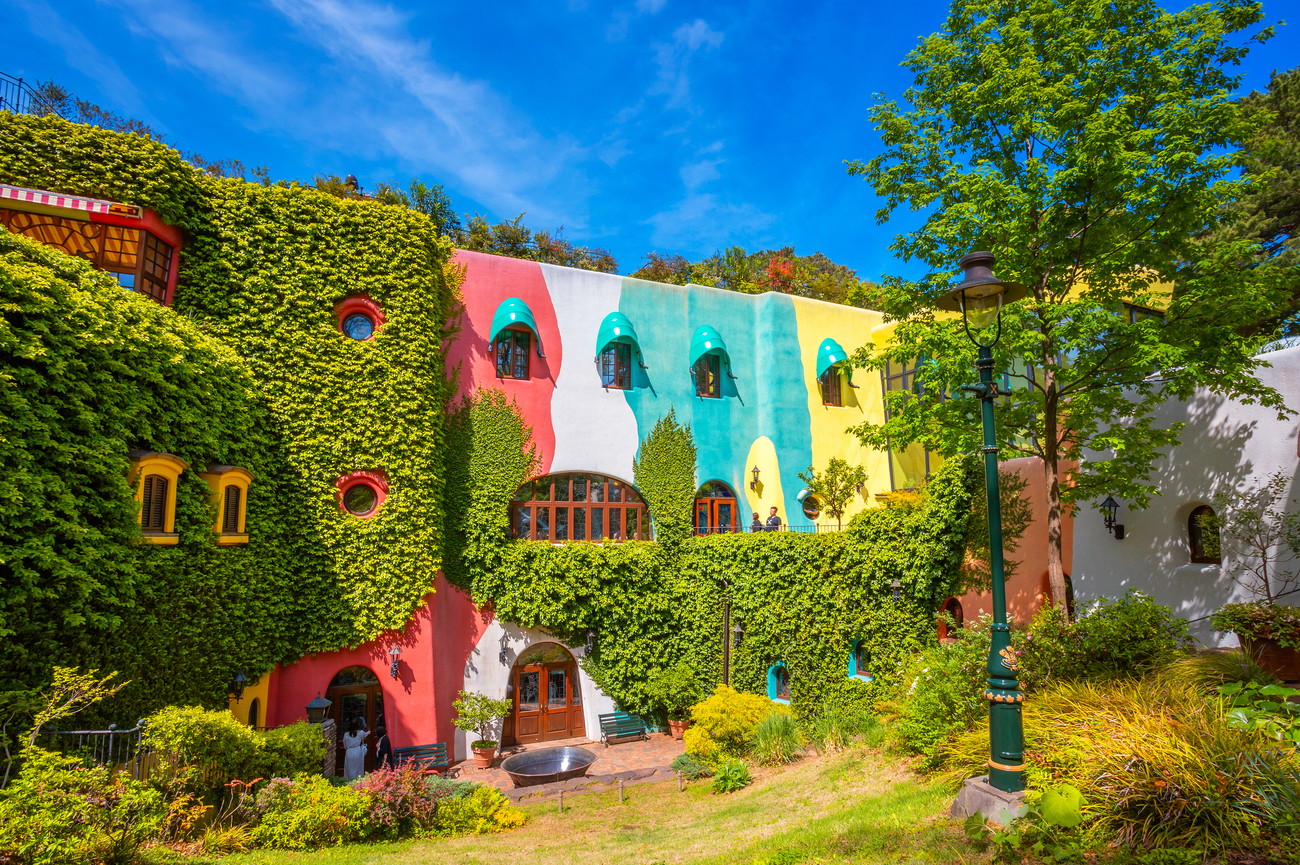
- The National Museum of Emerging Science and Innovation: Spark your child’s curiosity at the Miraikan, Tokyo’s premier science museum. Here, you’ll find interactive exhibits inviting hands-on exploration of robotics, space travel, artificial intelligence, and environmental science. You’ll also get a chance to meet ASIMO, Honda’s advanced humanoid robot, and step inside a realistic replica of the International Space Station.
- National Museum of Nature and Science: Let curiosity run wild at the National Museum of Nature and Science, tucked within the leafy grounds of Ueno Park. Inside, kids can journey through time beneath towering dinosaur skeletons, step into space exploration zones, and discover the marvels of Earth’s biodiversity through vivid, hands-on exhibits. With interactive displays, immersive science experiments, and even a realistic theatre experience that simulates natural phenomena, the museum turns complex ideas into playful adventures.
- Tokyo Disneyland: Explore seven themed lands filled with beloved attractions, colourful parades, and joyful performances. Don’t miss the uniquely Japanese touches like matcha-flavoured popcorn and original character costumes exclusive to Tokyo.
- Tokyo DisneySea: Adjacent to Disneyland but offering a completely different experience is Tokyo DisneySea, an aquatic-themed park that feels more immersive and sophisticated. Perfect for slightly older kids and adults alike. Enjoy attractions such Mediterranean harbours, Arabian coasts, and lost river deltas, all crafted with jaw-dropping detail.
- Sunshine Aquarium: Sunshine Aquarium brings the ocean to the city’s skyline. Kids will love the “Sky Penguins” exhibit, where penguins appear to swim through the sky thanks to a clever suspended glass tank design. There are also beautifully themed zones such as coral reefs, deep-sea mysteries, and interactive touch pools. It's a perfect half-day adventure when you need a break from the bustling streets.
- Godzilla Head: Hidden among the skyscrapers of Shinjuku, the Godzilla Head emerges from the Hotel Gracery’s terrace, depicting a real, life sized Godzilla head peeking through the city. Kids (and grown-ups) can get up close to the giant monster’s snarling face and even hear it roar at scheduled times.
Where to Eat in Tokyo
- Chukasoba Ginza Hachigou: Tucked discreetly in Ginza, Chukasoba Ginza Hachigou is one of the rare ramen shops to earn a Michelin star. Here, the broth dances in a delicate symphony of chicken, seafood, and umami, resulting in a light, clear soup that not only taste good but makes you feel good deep within your soul. Every element, from the hand-crafted noodles to the marinated chashu pork, is refined yet soulful.
- Sobahouse Konjiki-Hototogisu: At Sobahouse Konjiki Hototogisu, ramen is reimagined as haute cuisine. The signature clam and truffle broth is both luxurious and comforting, creating a complex, multi-layered experience that lingers beautifully on the palate. Despite its Michelin acclaim, the atmosphere remains welcoming and relaxed.
- Ukai-Tei: Offers an exquisite teppanyaki experience where every movement of the chef feels like a performance. Request a seat at the teppan counter for an up-close view of the culinary artistry as you watch premium wagyu beef sizzle alongside seasonal vegetables, all grilled to perfection in front of you. The service is warm, the wine pairings are thoughtful, and the atmosphere is romantic.
- Sumibi Yakiniku Nakahara: Is the ultimate destination for discerning meat lovers. Specializing in perfectly aged wagyu beef, Nakahara's meticulous selection and preparation transform yakiniku into an upscaled, celebratory ritual. Savor different cuts grilled at your table over charcoal. The sirloin "niku sushi" , a seared wagyu slice over vinegared rice, is legendary and a must-try.
- Umegaoka Sushi No Midori Sohonten: If you’re looking for outstanding sushi without the Michelin prices, Umegaoka Sushi No Midori is a beloved institution among locals. Known for its generous cuts, fresh seafood, and lively atmosphere, it's the perfect place to experience Tokyo’s casual sushi culture at its best. Be prepared for queues, especially at peak hours but the turnover is fast, and the experience is well worth the wait.
- Tonkatsu Hasegawa: Serves what many consider Tokyo’s finest tonkatsu — golden, ultra-crispy pork cutlets with a perfectly tender interior. Each plate arrives with fragrant rice, crisp cabbage, and a selection of artisanal sauces, elevating this comfort dish to something truly memorable. Opt for the premium pork cuts for an even more succulent and richly flavoured experience.
- Toriyoshi Naka-Meguro: Toriyoshi serves up some of Tokyo’s best yakitori (grilled chicken skewers). Each piece is meticulously seasoned and grilled over binchotan charcoal, capturing the essence of simple, perfect flavours. The menu also includes seasonal small plates and a refined selection of sake.
- Jukuseizushi Yorozu: offers a rare and refined twist on traditional sushi: aged sushi. Here, the fish is carefully matured to deepen its umami character before being paired with perfectly seasoned rice. It’s a subtle, extraordinary experience that redefines what sushi can be.
- L’Effervescence: Is a three-Michelin-star temple to modern French-Japanese cuisine. Chef Shinobu Namae crafts playful, deeply thoughtful dishes that respect both nature and tradition. Expect a dining experience that is philosophical yet joyful, intimate yet grand.
- RyuGin: A towering
name in the Tokyo fine-dining scene, RyuGin reimagines kaiseki (traditional
multi-course dining) with breathtaking creativity. Every course feels like a
haiku. Chef Seiji Yamamoto blends deep respect for ancient techniques with
avant-garde touches, resulting in a symphony of textures, temperatures, and
flavours that dazzle and soothe in equal measure.
Where to Stay in Tokyo
- Aman Tokyo: This 5-star hotel perched atop the Otemachi Tower is a sanctuary in the sky. With soaring ceilings, minimalist design inspired by traditional Japanese aesthetics, and views that stretch from the Imperial Palace Gardens to distant Mt. Fuji, Aman offers a sense of calm amid the city’s relentless pace.
- The Peninsula Tokyo: This 5-star hotel located opposite the Imperial Palace and Hibiya Park seamlessly blends international luxury with Japanese touches and hospitality. Expect oversized rooms with artful touches, a fleet of signature green Rolls-Royces, and impeccable service.
- Four Seasons Hotel Tokyo at Otemachi: This 5-star hotel presents a luminous, contemporary luxury experience, with floor-to-ceiling windows framing sweeping panoramas of the Imperial Palace and beyond. The design is sleek and artful, the service intuitive, and the rooftop terrace bar with its glittering Tokyo nightscape is simply unforgettable.
- Trunk Hotel: This 4-star hotel is for travellers who love their stays with a dash of edge and creativity. The architecture itself speaks of its creativity. This boutique hotel is a stylish playground of contemporary art, sustainable design, and youthful Tokyo energy. With a vibrant lounge scene, artisanal cocktails, and curated experiences like local neighbourhood tours, Trunk offers an authentic and artistic Tokyo immersion.
- Hotel The Celestine Ginza: This 4-star hotel tucked into the heart of Ginza, is perfect for travellers who appreciate elegance without ostentation or luxury that doesn’t scream. The hush muted tones, plush textures, and quietly luxurious details perfectly describes this lovely boutique hotel.
- Hotel Niwa Tokyo: This 4-star hotel offers a charming, peaceful retreat infused with Japanese tradition. Expect Zen-inspired gardens, natural wood accents, and an inviting library lounge for quiet moments of reflection. The ambiance here feels almost ryokan-like.
- Hotel Ryumeikan Tokyo: This 3-star hotel located near Tokyo Station offers a more intimate hotel experience with a strong emphasis on omotenashi (Japanese hospitality). Rooms blend modern convenience with subtle traditional touches, and the prime location makes it an ideal base for day trips or city exploration.
- Richmond Hotel Premier Tokyo Schole: This 3-star hotel is ideal for families or casual travellers visiting Odaiba’s attractions, the Richmond Hotel Premier Tokyo Schole offers thoughtful amenities, spacious rooms, and friendly service. Family rooms here come equipped with extra amenities for kids.
- The Gate Hotel Tokyo by Hulic: This 4-star hotel located in the heart of Yurakucho and Ginza, offers sleek, contemporary rooms and a lively rooftop bar, a perfect base for urban explorers. Tokyo Station and shopping streets are just steps away. The rooftop terrace is a wonderful spot to relax with a glass of wine after a day of city adventures.
Best Time to Visit Tokyo
Spring (March to May) in Tokyo is pure poetry. The city bursts into a spectacle of soft pinks and whites, with cherry blossoms (sakura) unfurling along riverbanks, temple grounds, and parks. It’s scenic and almost dream-like.
Major spots like Ueno Park, Shinjuku Gyoen, and Meguro River become dreamscapes perfect for hanami (flower viewing) picnics. But for a more upscale hanami experience, consider visiting quieter spots like Chidorigafuchi at dusk, or strolling through the Imperial Palace’s East Gardens on a weekday morning. Private guided walks and seasonal tea ceremonies are often available.
Pack light layers as mornings can still be crisp, but afternoons are often comfortably mild and ideal for outdoor walks.
Summer (June to August) in Tokyo vibrates with life and colour. While June brings the rainy season (tsuyu), by July and August, the city embraces its most energetic time: fireworks festivals like Sumida River Fireworks, it’s a beloved summer ritual where the city gathers along the water’s edge, sharing food, laughter, and the brief, dazzling beauty of thousands of lights blooming against the night.
Pack light, breathable clothing and stay hydrated, wear breathable fabrics. Carry a folding fan (sensu) or a small towel like the locals do, and don't miss visiting rooftop beer gardens that pop up across the city.
In Autumn (September to November), Tokyo transforms once more, this time into a city brushed with rich, painterly hues. Tokyo’s gardens, parks, and temple grounds ignite in a spectacular display of crimson maples, amber oaks, and fiery Japanese sumac. Strolling through places like Rikugien Garden or Mount Takao feels like stepping into a living scroll painting. Beyond the foliage, autumn is also a season of culinary abundance. Tokyo’s kitchens celebrate the harvest with seasonal menus.
Visit in late November to catch kōyō, the peak of the autumn colours. Early morning walks through Meiji Jingu Gaien or twilight visits to Hamarikyu Gardens offer a more intimate, less crowded encounter with the season's full beauty.
Pack layers, daytime remains pleasantly warm, but evenings call for cozy jackets and scarves.
Winter (December to February) in Tokyo reveals a quieter, more intimate beauty. Skies are often clear and bright, perfect for viewing Mt. Fuji from city observatories. The gardens, bare yet beautiful, revealing the pure structure of centuries-old trees. Temples and shrines seem quieter, more contemplative. Streets and plazas sparkle under winter illuminations, turning the city into a romantic wonderland.
Tokyo winters are relatively mild compared to other parts of Japan, but pack a warm coat — especially if you plan evening strolls.
Tokyo Festivals
- Sakura Season (Late March – Early April): Few experiences are as magical as Tokyo during sakura season. In just a few short weeks, parks, temples, and riverbanks are transformed into dreamscapes of pale pink and white blossoms. Picnicking under the blossoms (called hanami) becomes a citywide celebration of renewal, beauty, and connection. Top spots to hangout during Sakura Season are Ueno Park, Shinjuku Gyoen, Meguro River, and the moat surrounding the Imperial Palace.
- Mitama Matsuri at Yasukuni Shrine (Mid July): During the height of summer, Yasukuni Shrine is transformed into a glowing wonderland with over 30,000 golden lanterns lining the pathways for the Mitama Matsuri. Originally held to honour the spirits of the departed, the festival now blends solemn remembrance with lively celebrations such as parades, traditional dances, and food stalls.
- Sanja Matsuri at Asakusa Shrine (Mid-May): Every May, the streets of Asakusa burst into life as Sanja Matsuri takes over with its lively parades and traditional flair. Honouring the founders of Senso-ji Temple, the festival sees over 100 mikoshi (portable shrines) carried through the crowds, accompanied by chants, drumming, and festive energy. It’s one of Tokyo’s most dynamic celebrations, blending spiritual devotion with the spirited charm of old Edo.
- Kanda Matsuri at Kanda Myojin Shrine (Mid-May, Odd Years): Every other May, Kanda Myojin Shrine bursts into colour as Kanda Matsuri takes to the streets with vibrant parades, traditional music, and richly decorated mikoshi. Originally held to celebrate the prosperity of Edo under the Tokugawa shogunate, the festival now blends centuries-old ritual with modern Tokyo’s energy, as processions wind through neighbourhoods like Nihonbashi and Akihabara in a joyful celebration of fortune, tradition, and community spirit.
- Sanno Matsuri at Hie Shrine (Mid-June, Even Years): Every other June, the quiet elegance of Hie Shrine unfolds into one of Tokyo’s most regal celebrations—Sanno Matsuri. With deep ties to the Tokugawa shogunate, this historic festival features a stately procession of mikoshi, courtly costumes, and traditional music weaving through central Tokyo, including the heart of the government district. More subdued than its counterparts, Sanno Matsuri blends refined pageantry with spiritual reverence, offering a graceful glimpse into Japan’s imperial and Shinto heritage.
- Asakusa Toro Nagashi (Late August): As summer winds down, the banks of the Sumida River glow softly with hundreds of floating lanterns during Asakusa Toro Nagashi. This quiet, reflective ceremony honours the spirits of the departed with handwritten paper lanterns drifting downstream, carrying light and prayers into the night. The gentle spectacle offers a peaceful close to Tokyo’s high summer energy.
- Koenji Awa Odori (Late August): In late August, the usually quiet streets of Koenji erupt in rhythm and motion as thousands of dancers take part in Awa Odori. With shamisen music and taiko drums echoing through the district, the festival pulses with the joyful chaos of Edo-era folk dance. It’s a jubilant farewell to summer—and one of Tokyo’s most vibrant street spectacles.
- Winter Illuminations (Late November – January): Midtown Christmas, Omotesando Hills, Marunouchi Naka-dori, and Roppongi Hills all host breathtaking illumination displays that turn evening strolls into magical, fairytale-like experiences. Bundle up with a warm scarf and gloves as winter evenings in Tokyo can be brisk.
- New Year Celebrations in Tokyo (Early January): Tokyo welcomes the new year with centuries-old traditions. At shrines like Zojoji and Meiji Jingu, visitors line up for hatsumode—first prayers of the year—while lion dancers (shishimai), festive food stalls, and lucky charms bring fortune and energy for the months ahead. Put your hand in the Shishimai lion’s mouth, offering a coin for luck and happiness in the new year.
Your Tokyo Journey Starts Here
Tokyo is more than a destination, it’s an experience, a living masterpiece of contrasts and quiet moments, grand traditions and bold innovations.
At Revigorate, we believe that true luxury lies in connection, to place, to culture, and to the stories that stay with you long after your journey ends.
If you’re ready to experience Tokyo in a way that’s tailor-made just for you, contact us today or give us a call at (+1 800 672 0517 | +351 289 009 580 | +44 808 189 0647). Let’s start planning a journey where you’ll discover Tokyo as few ever do, deeply, personally, and with a sense of wonder.
Our offices:
